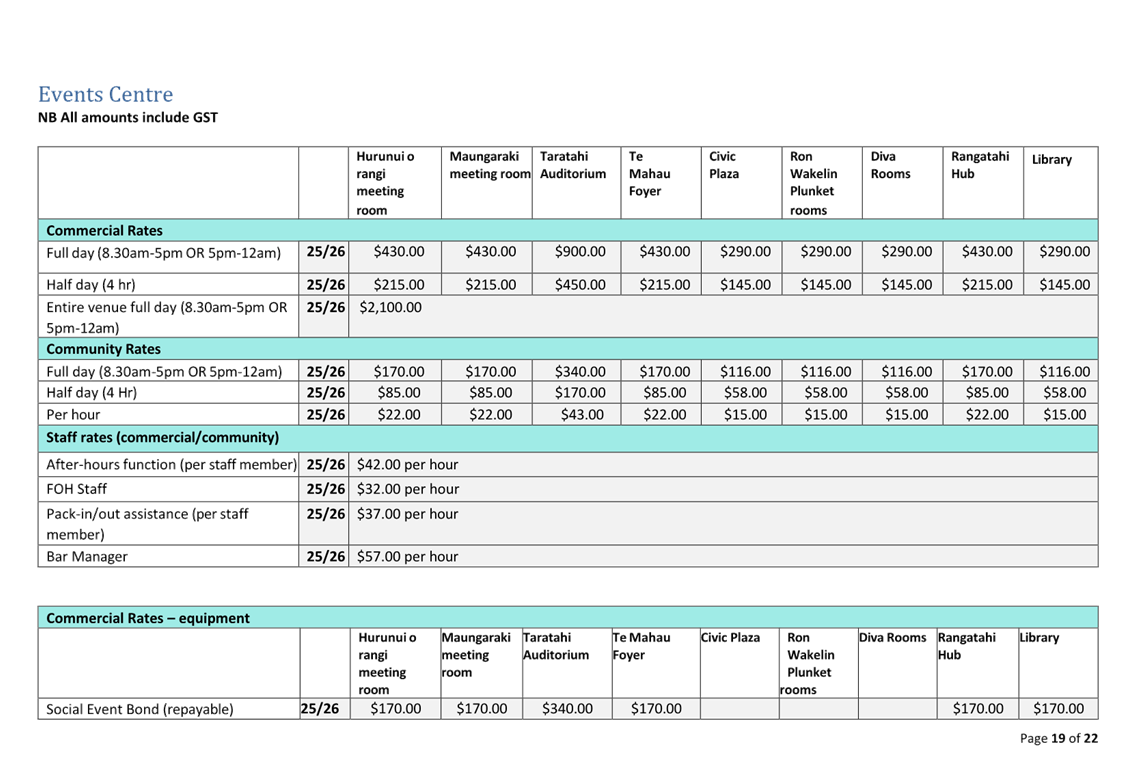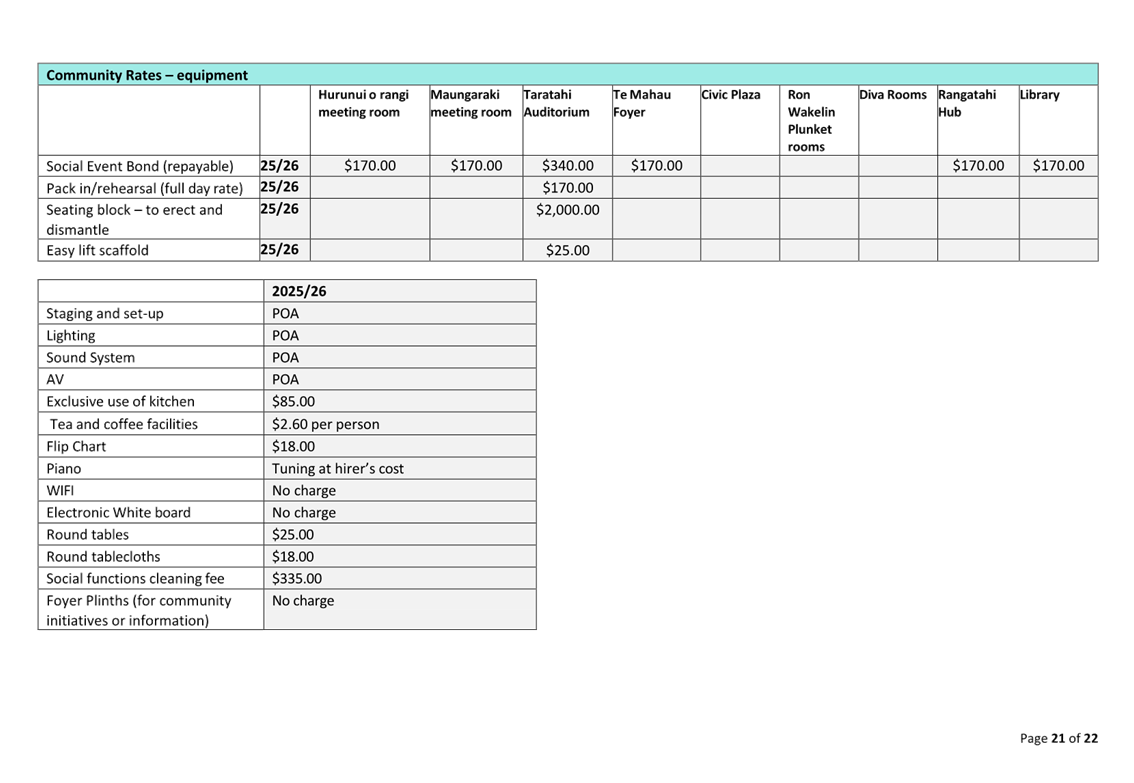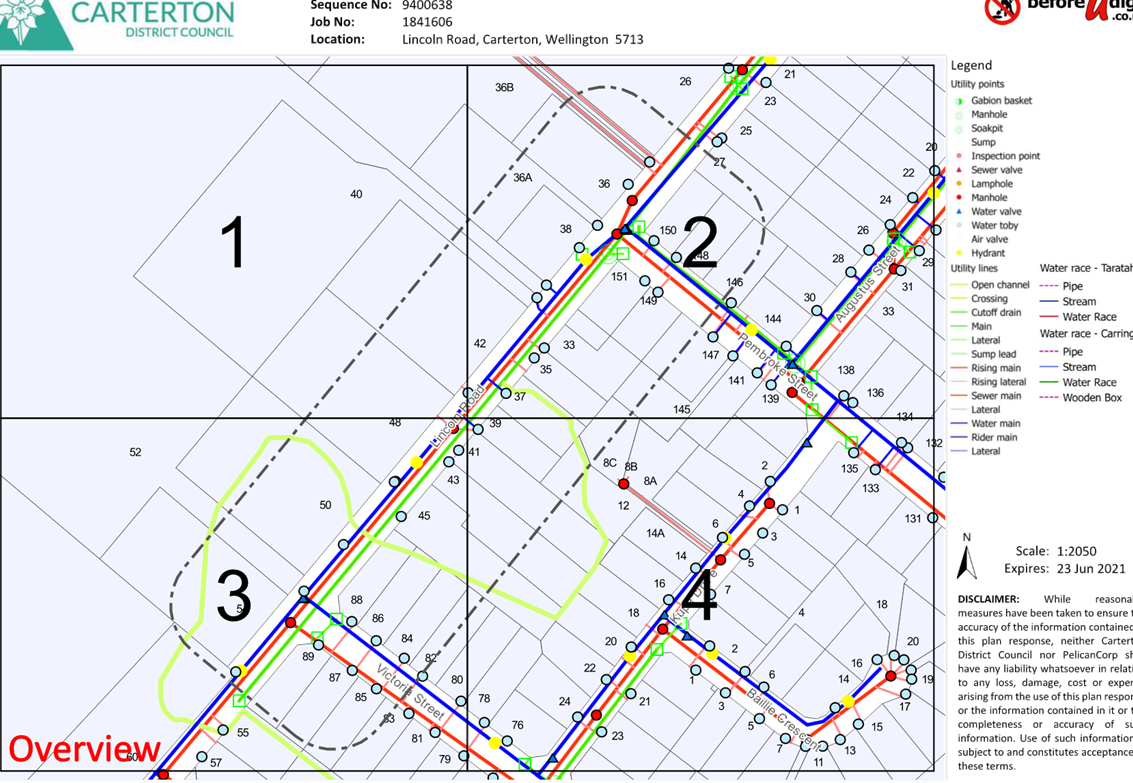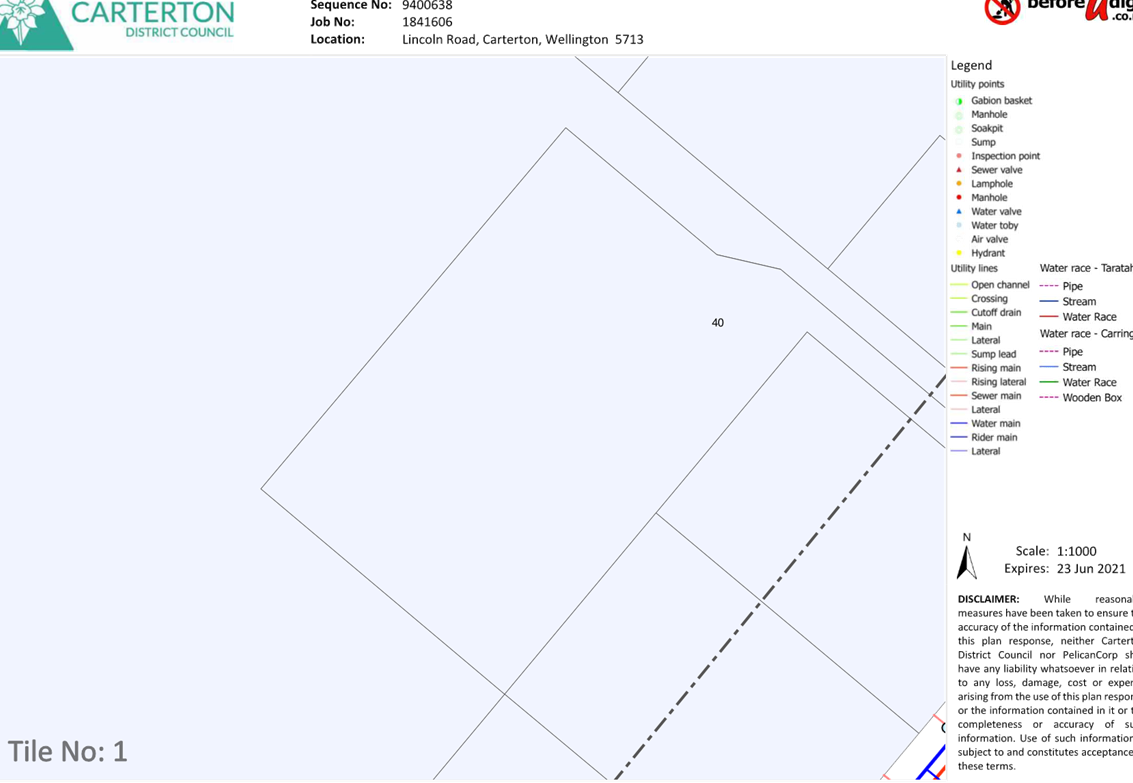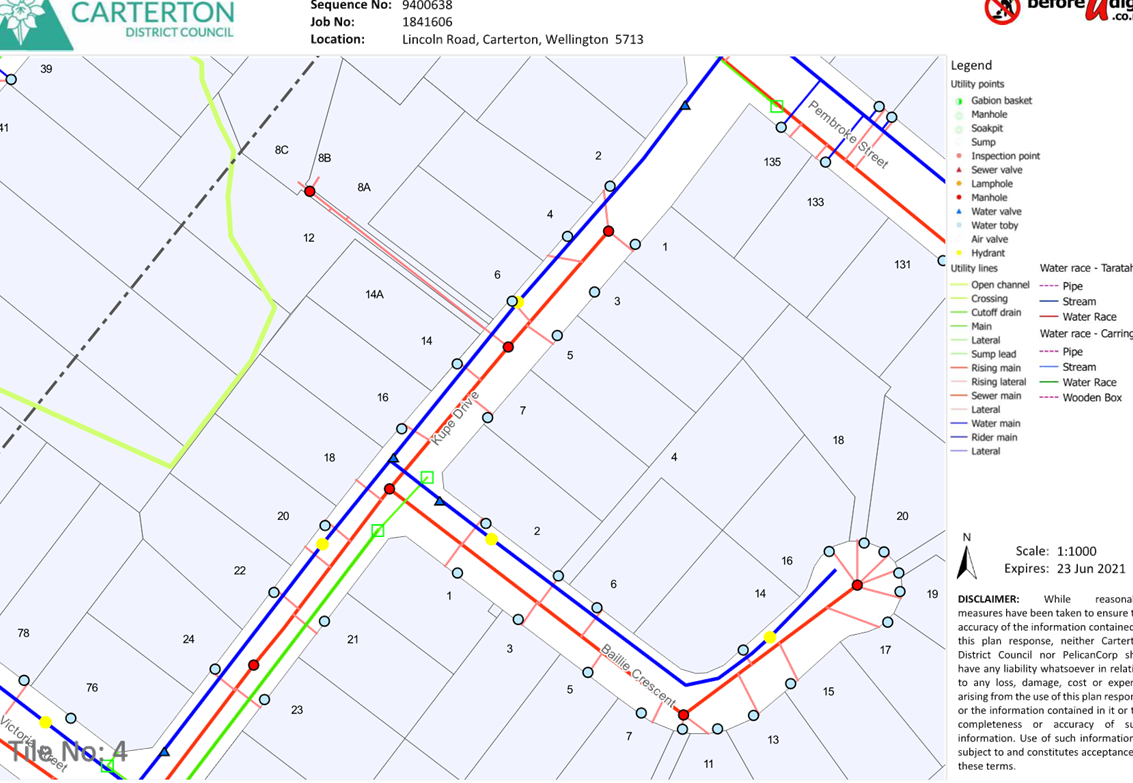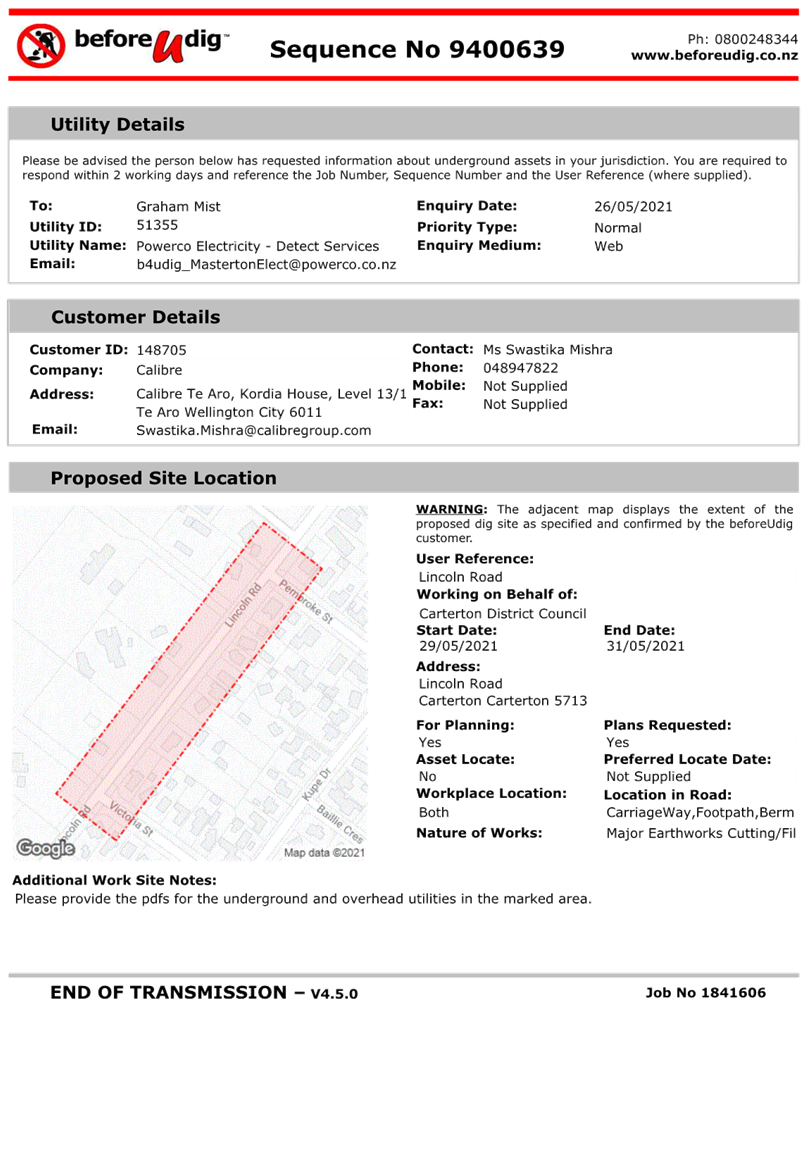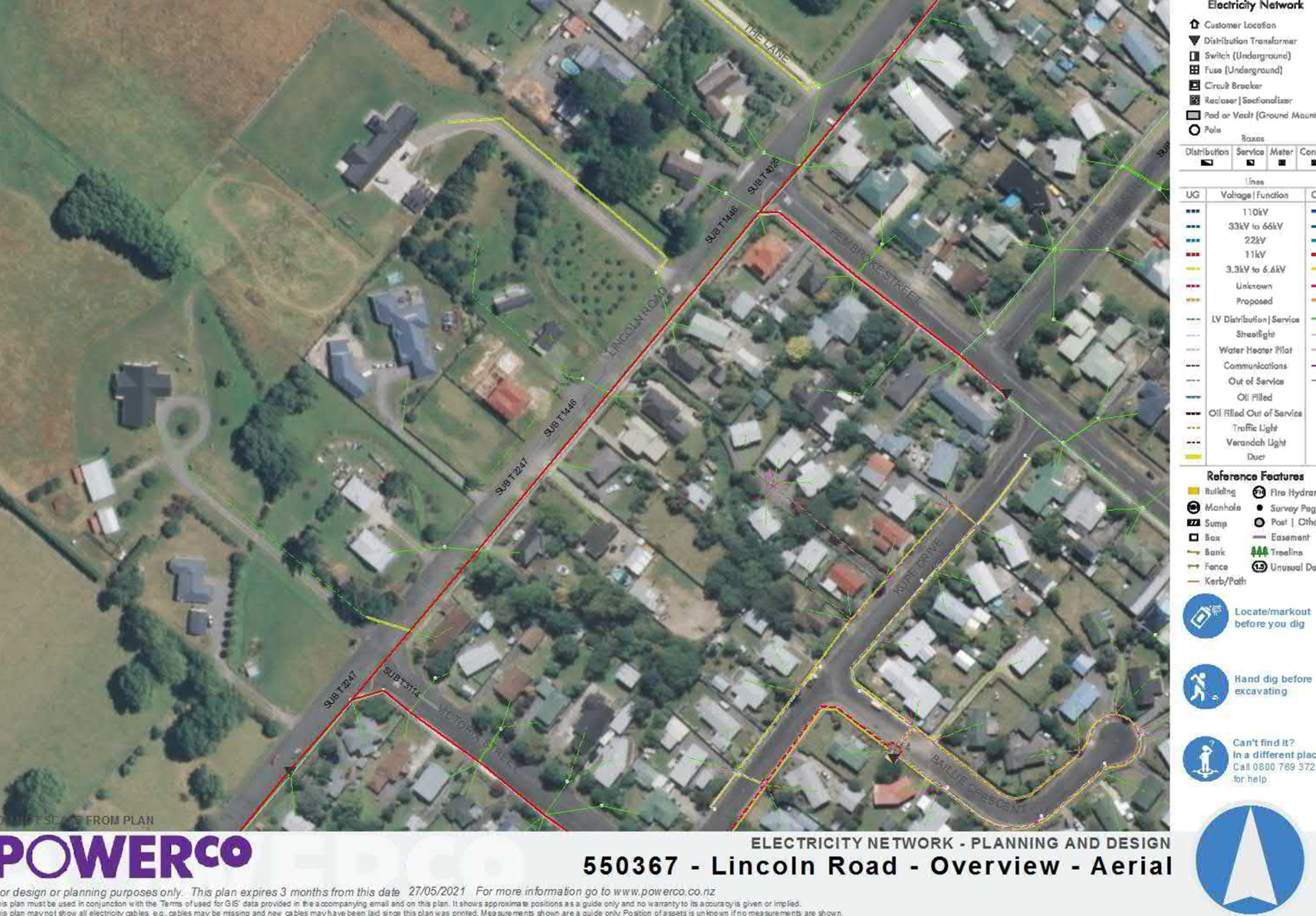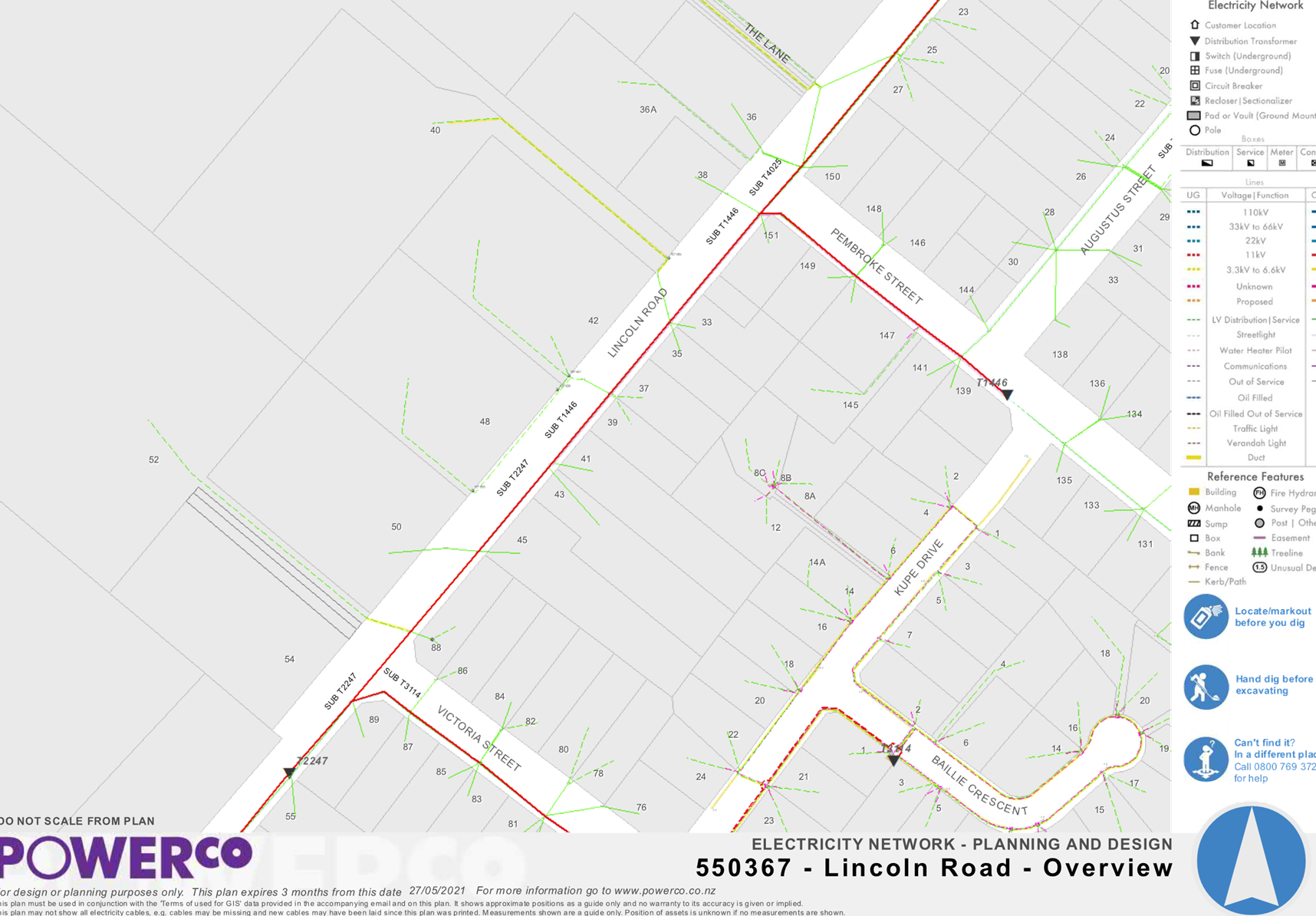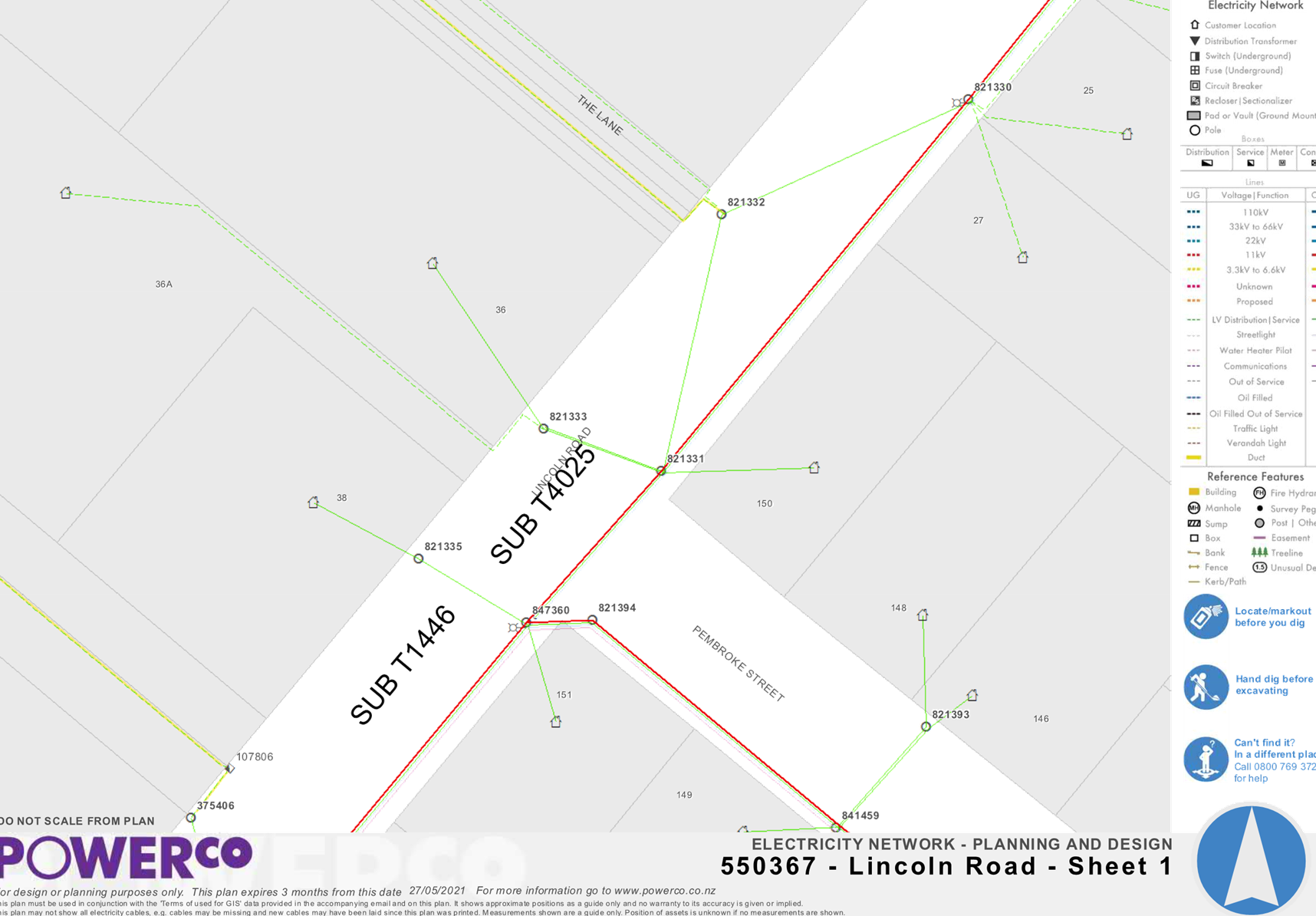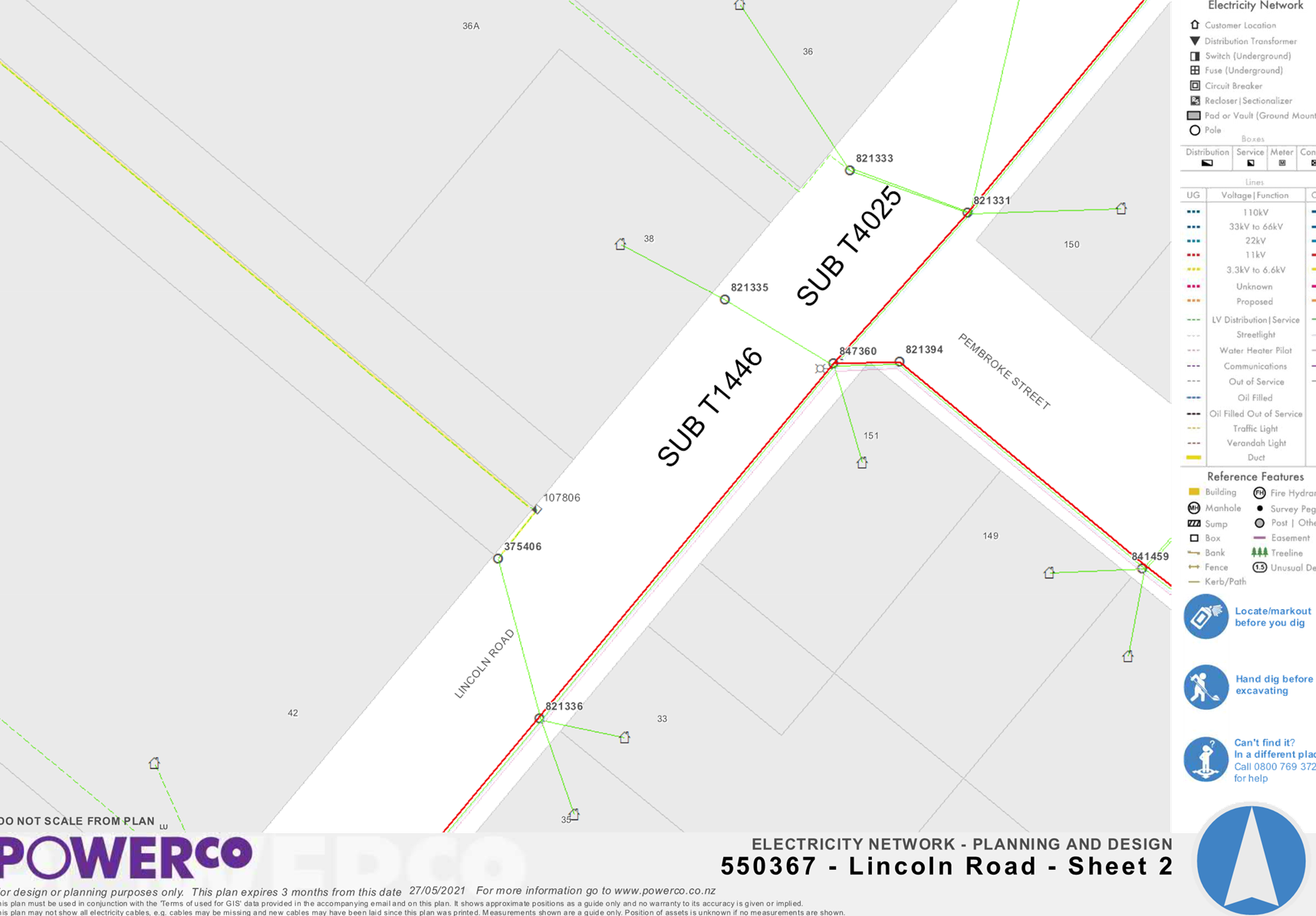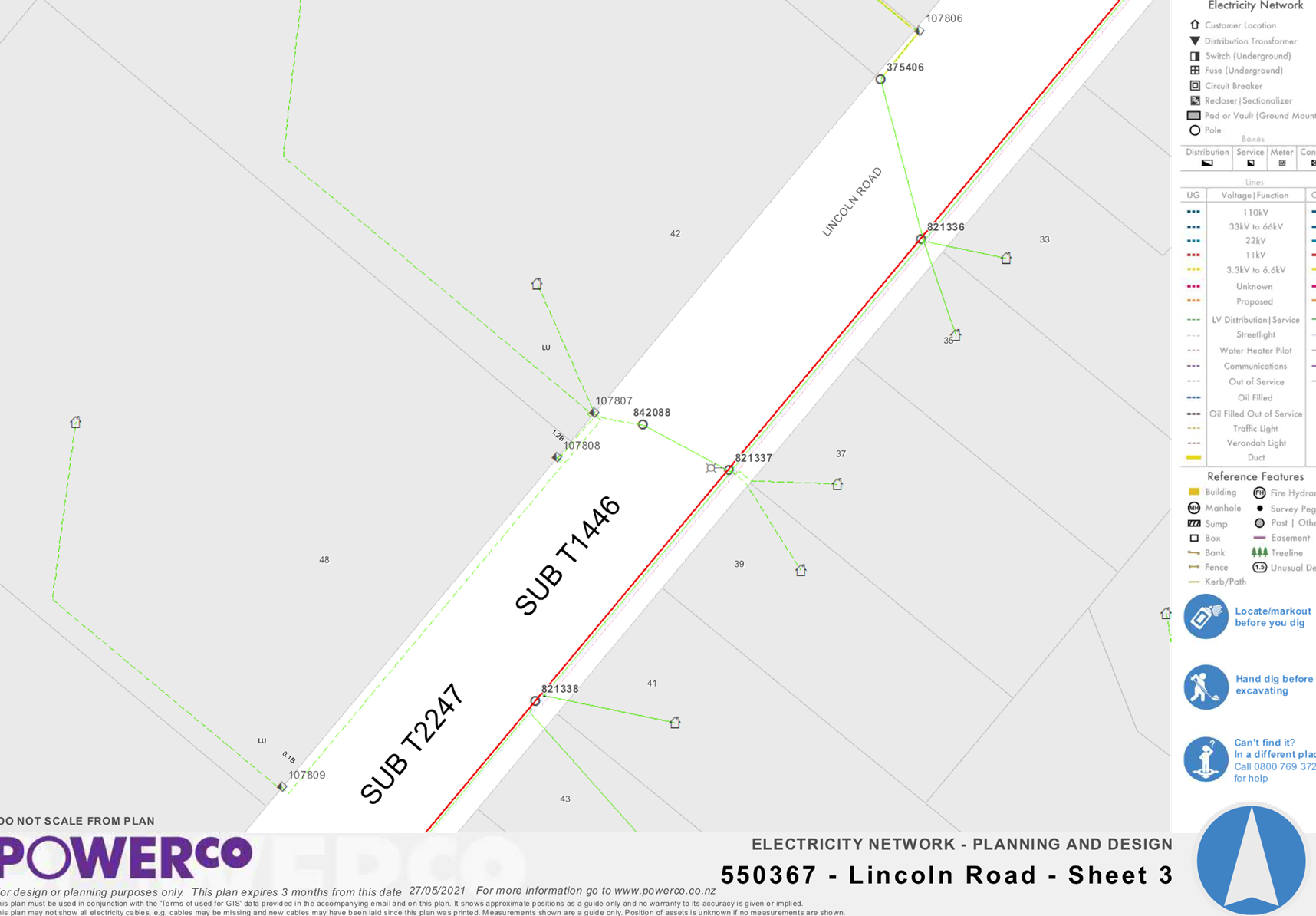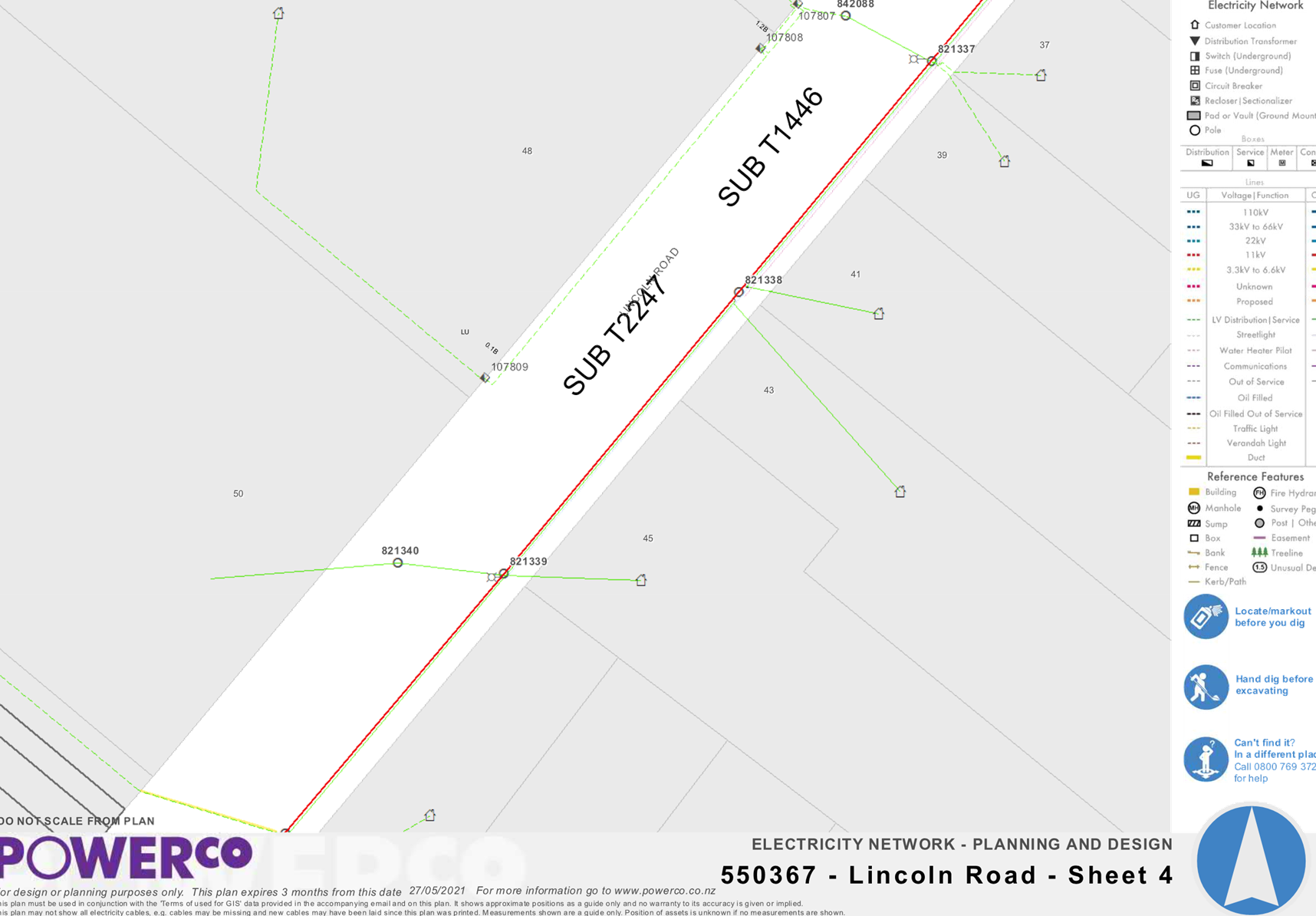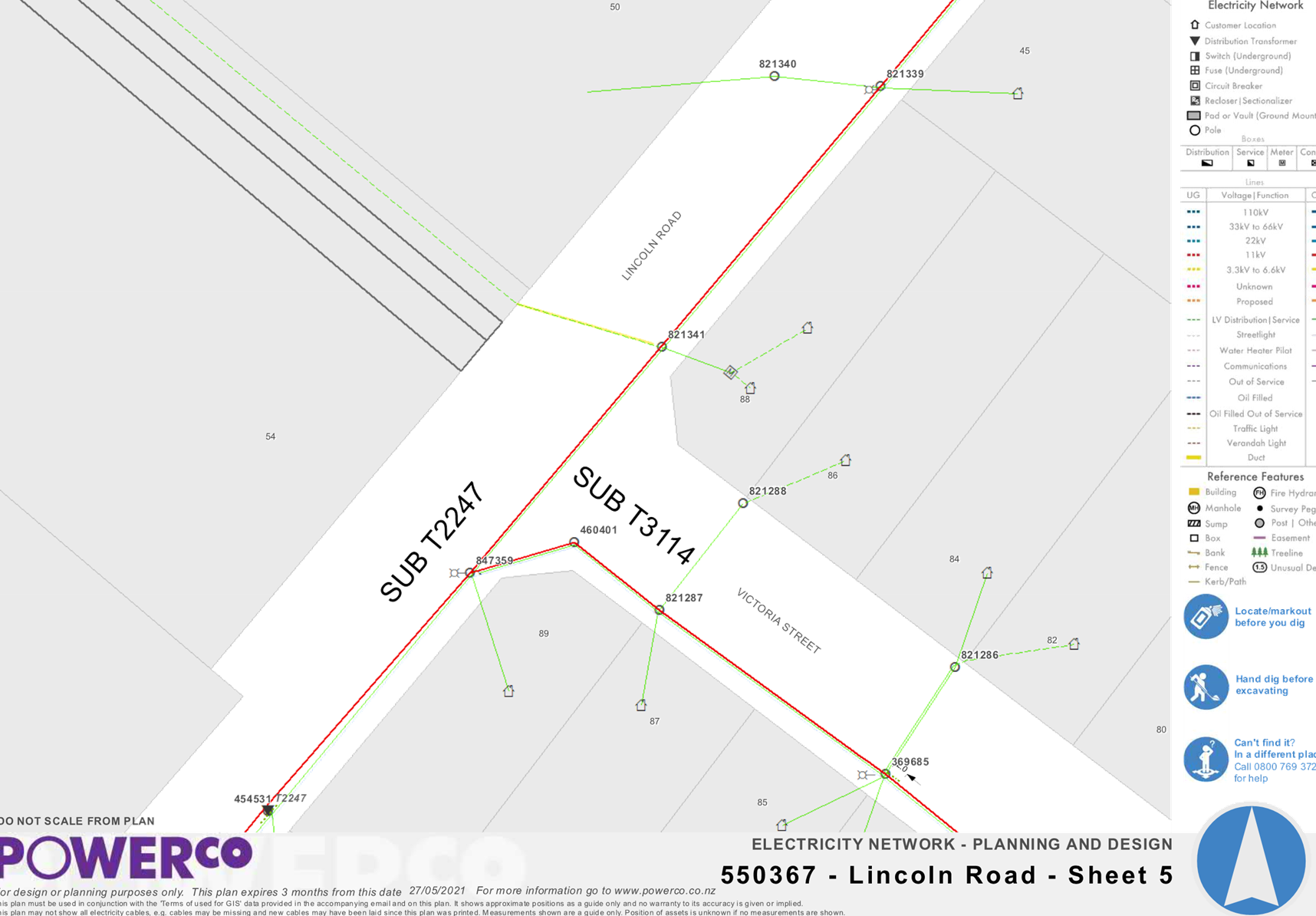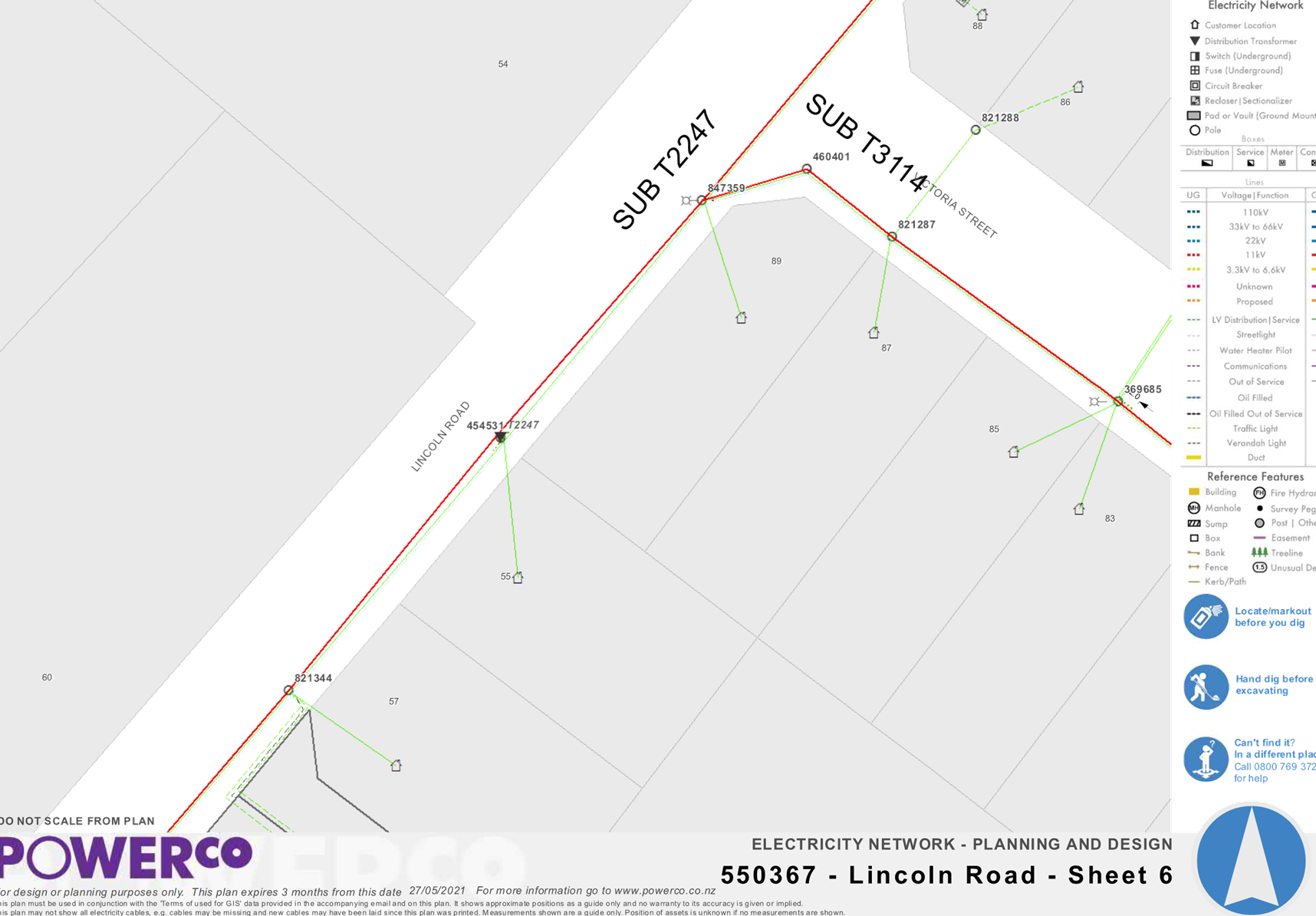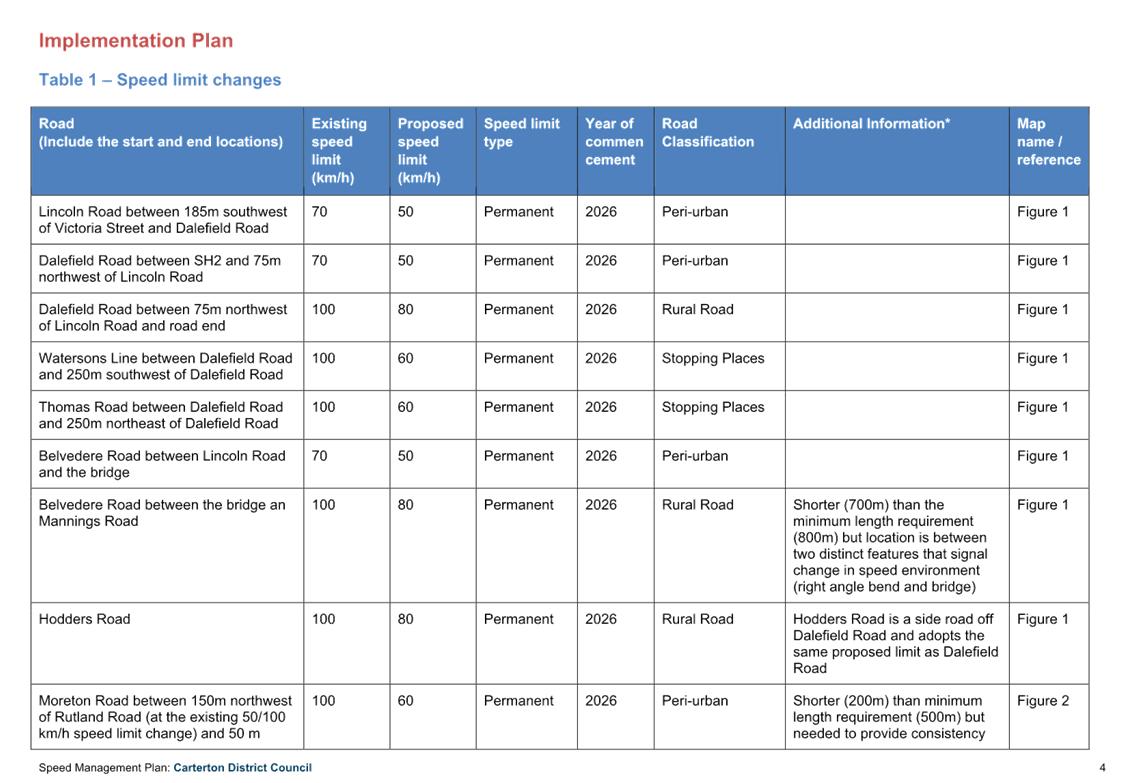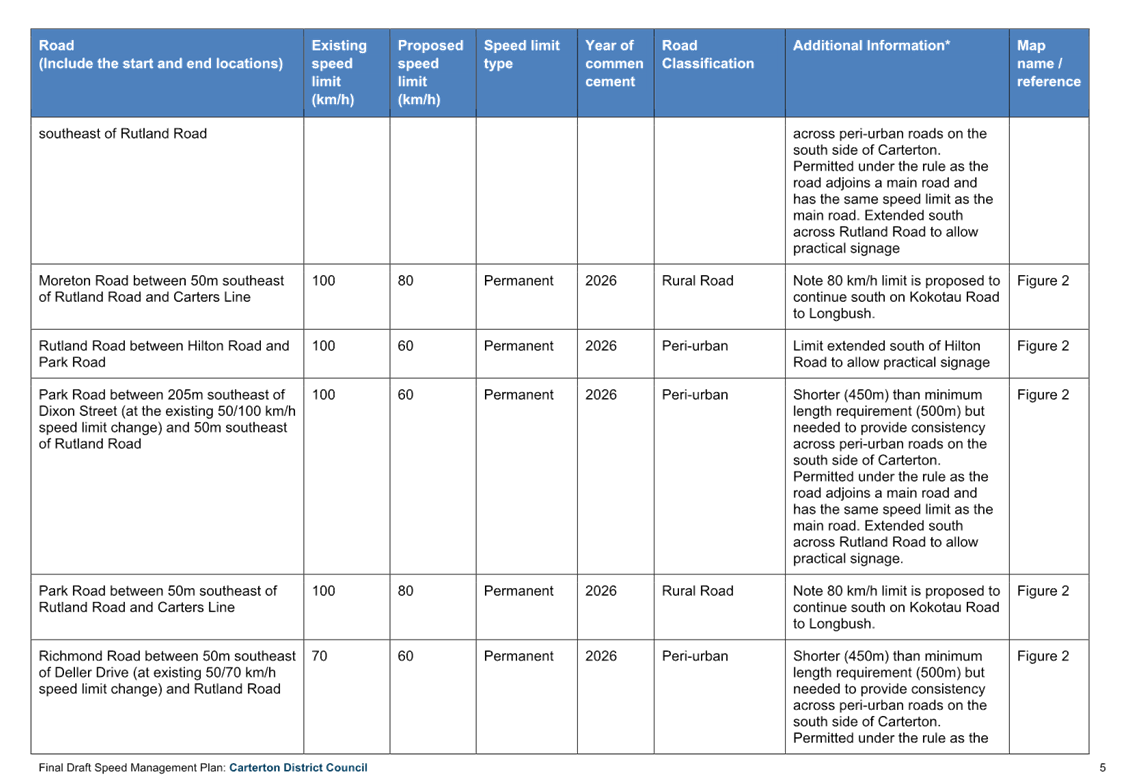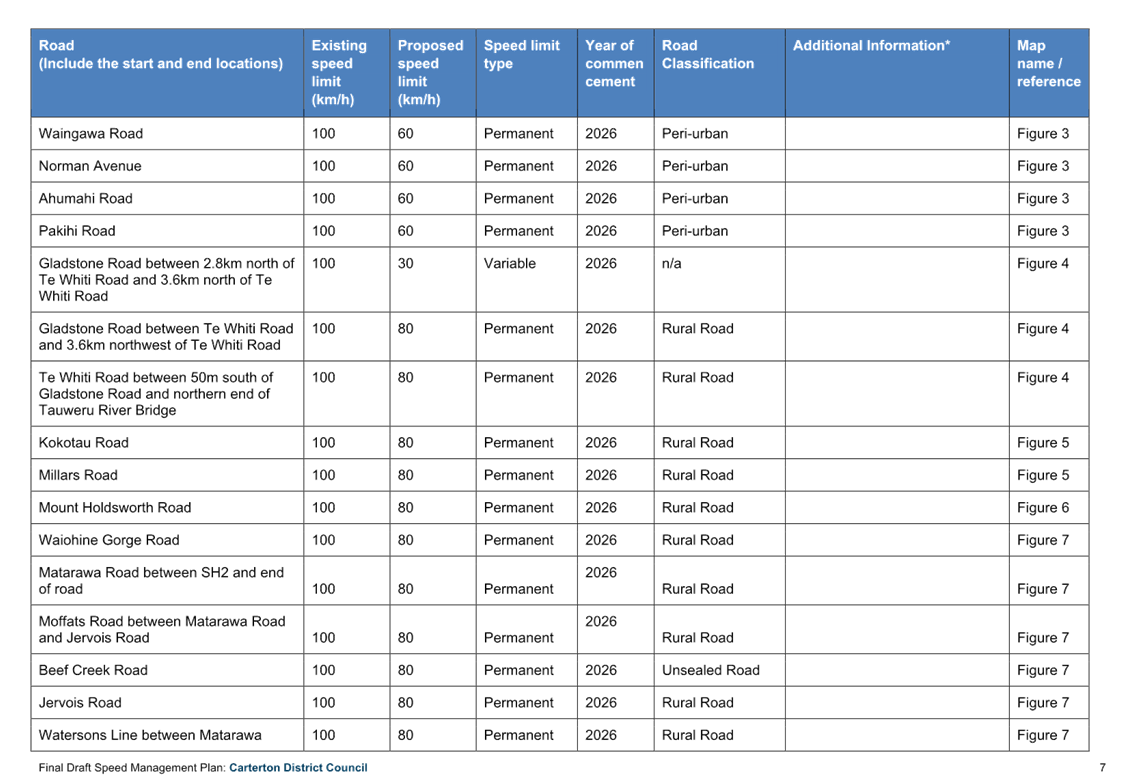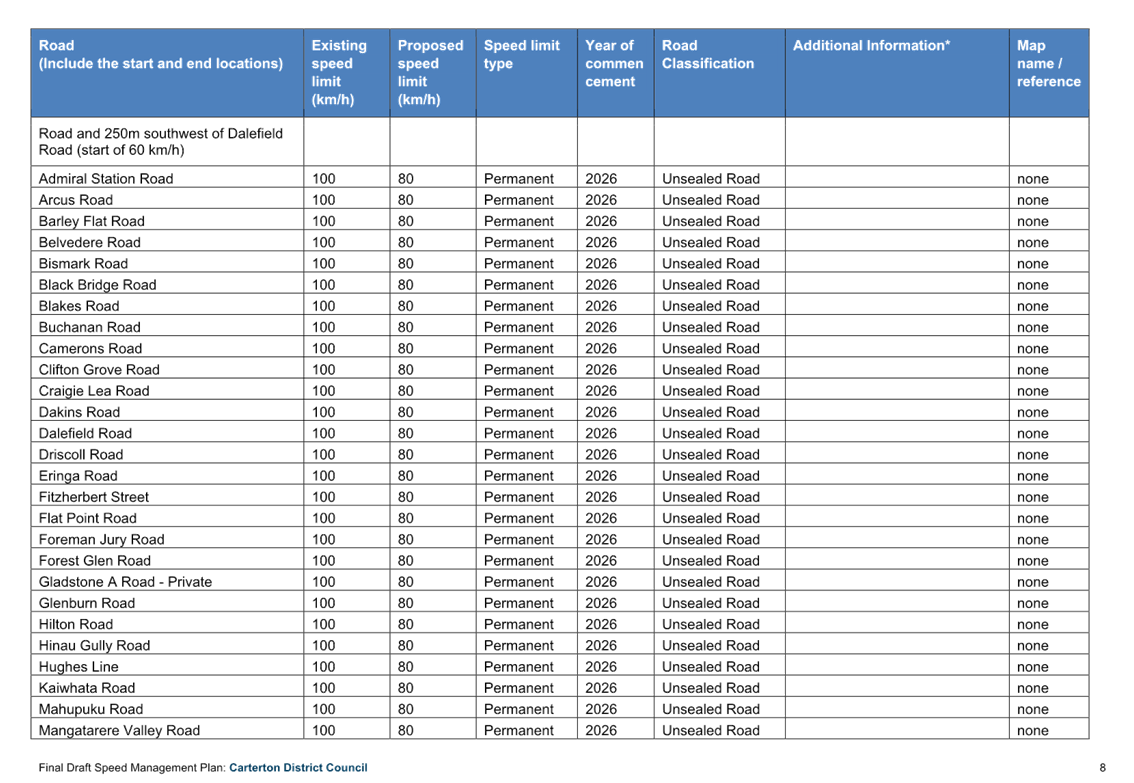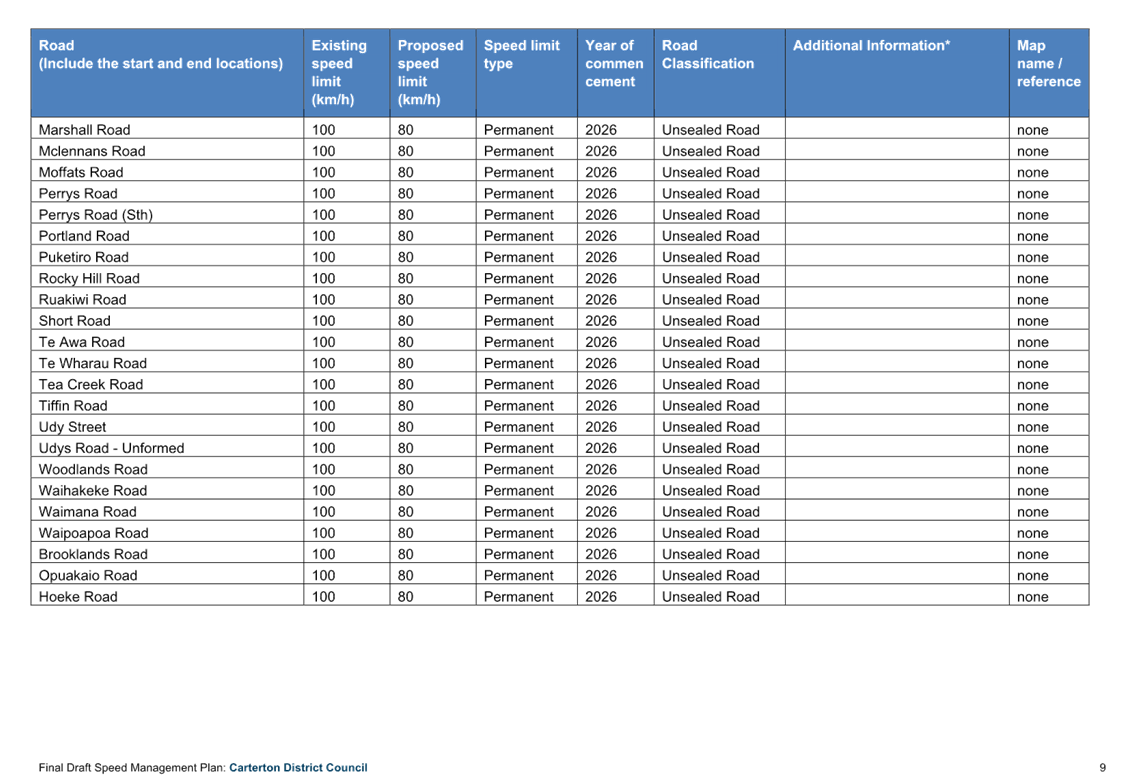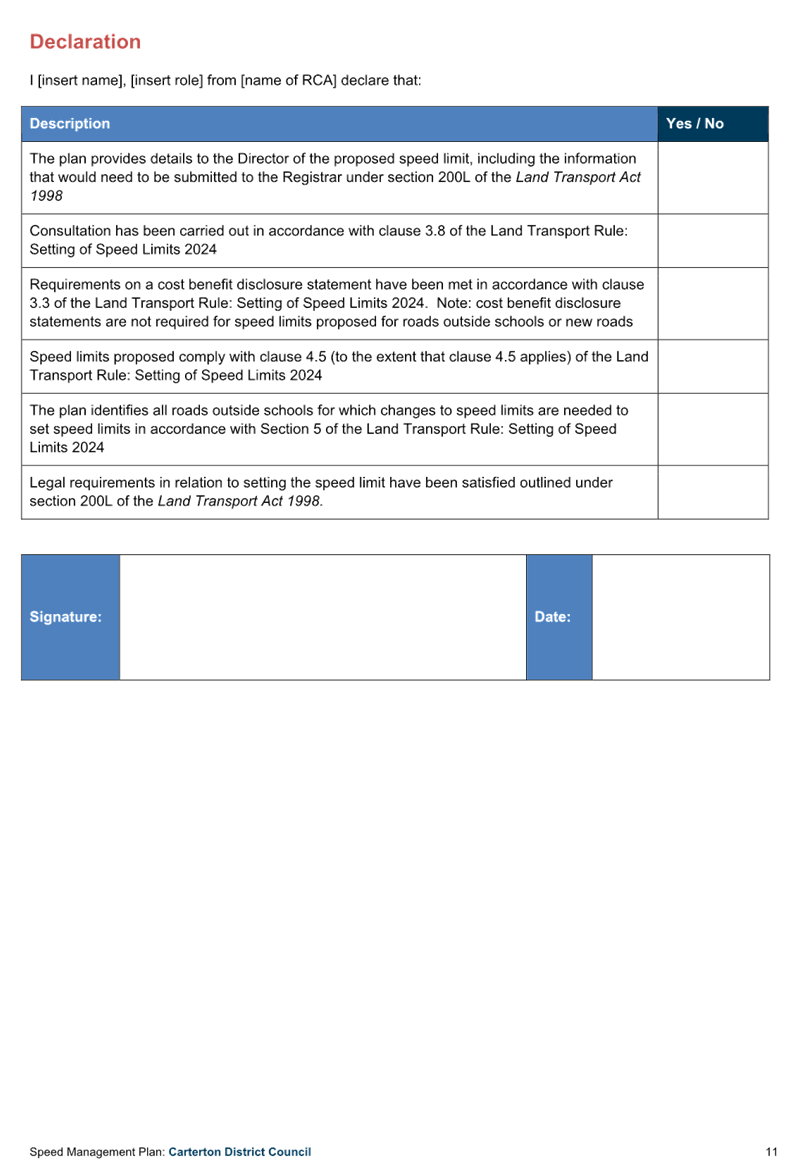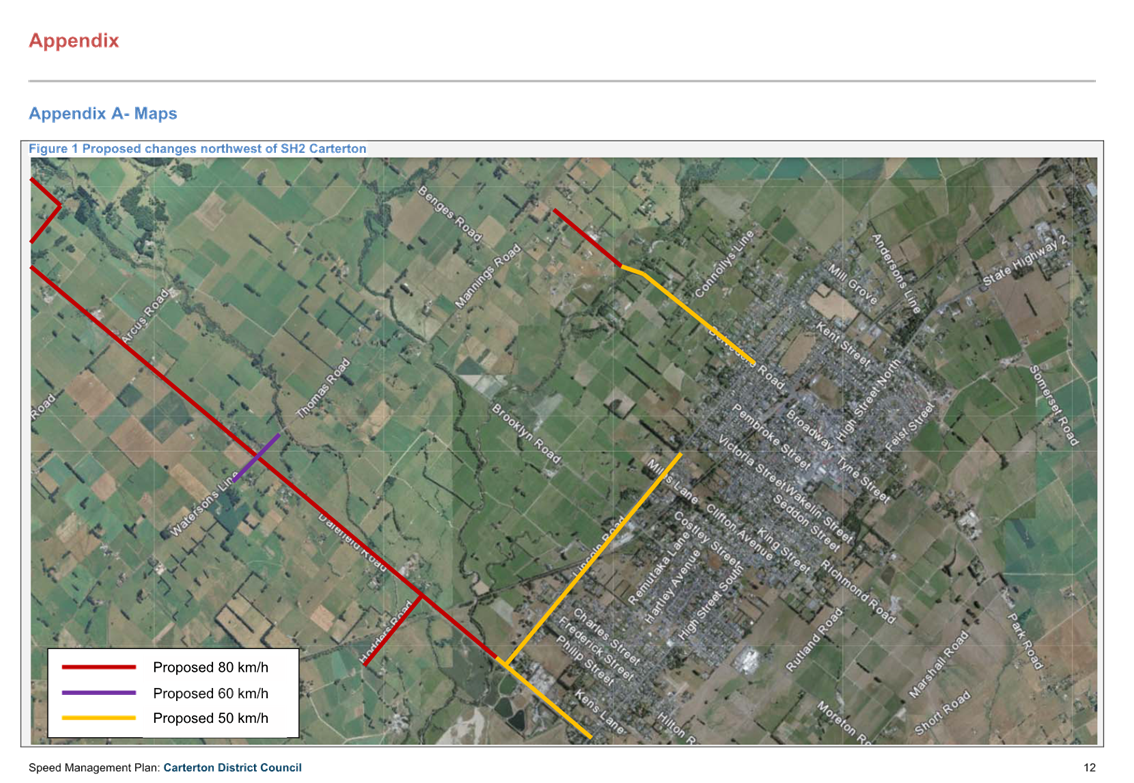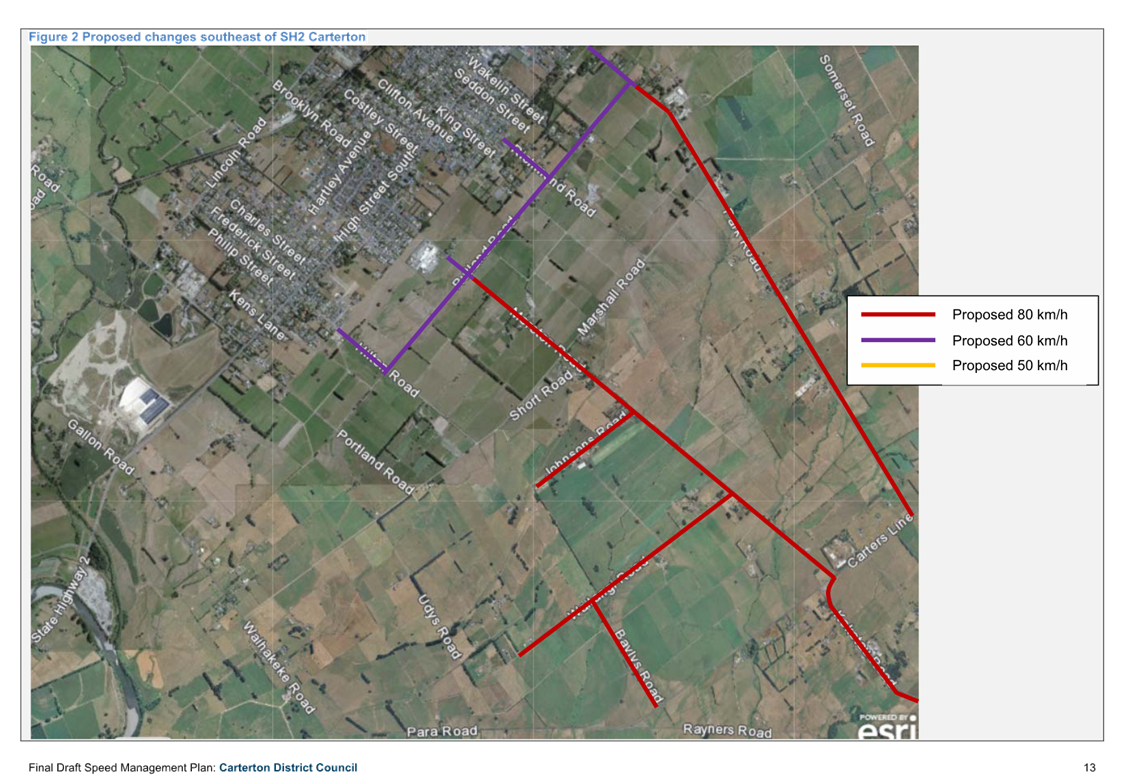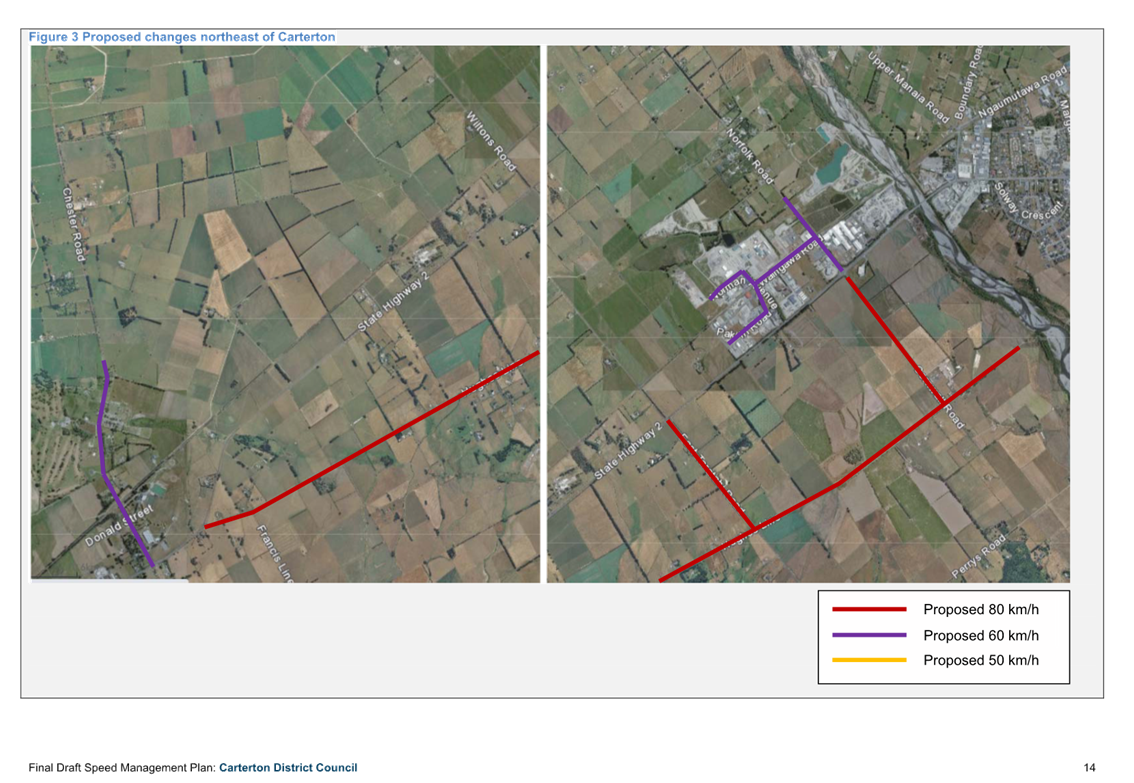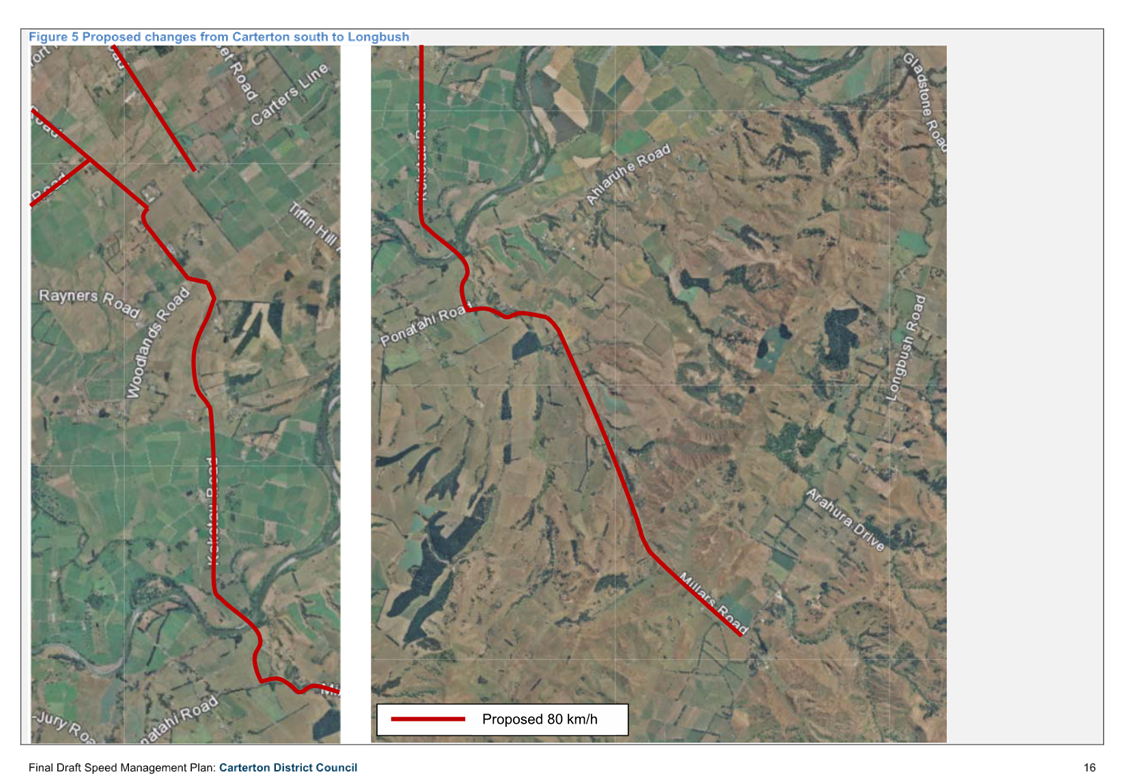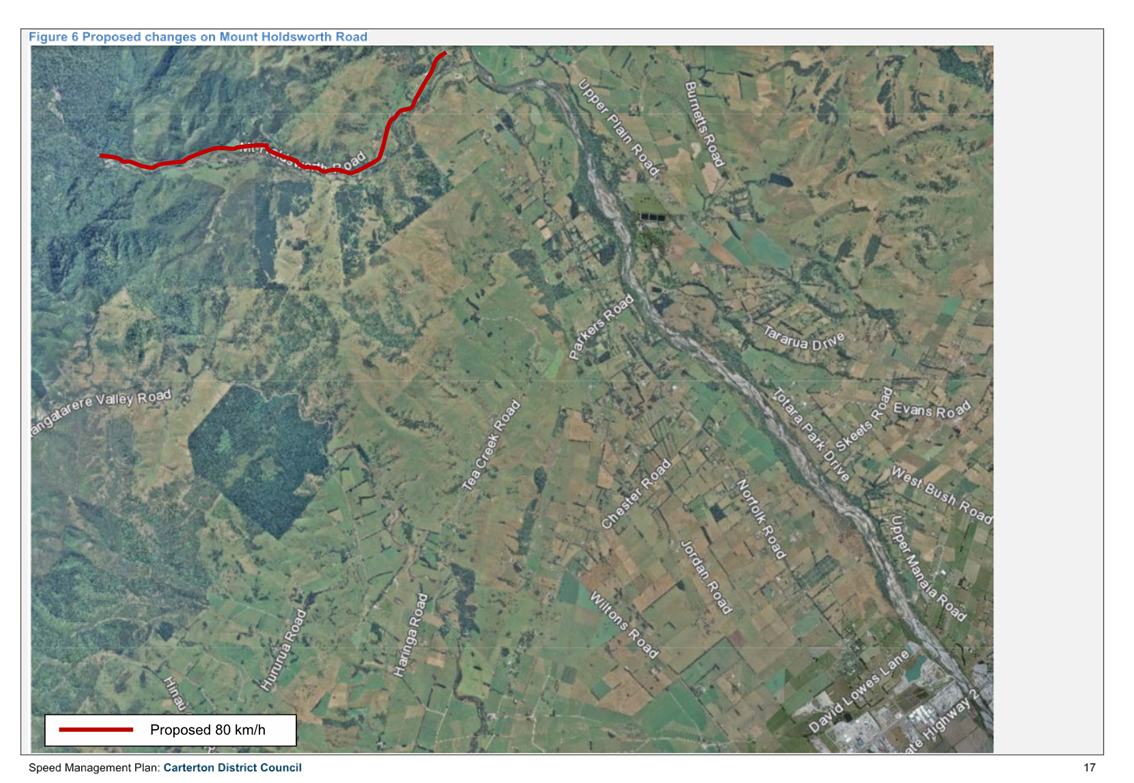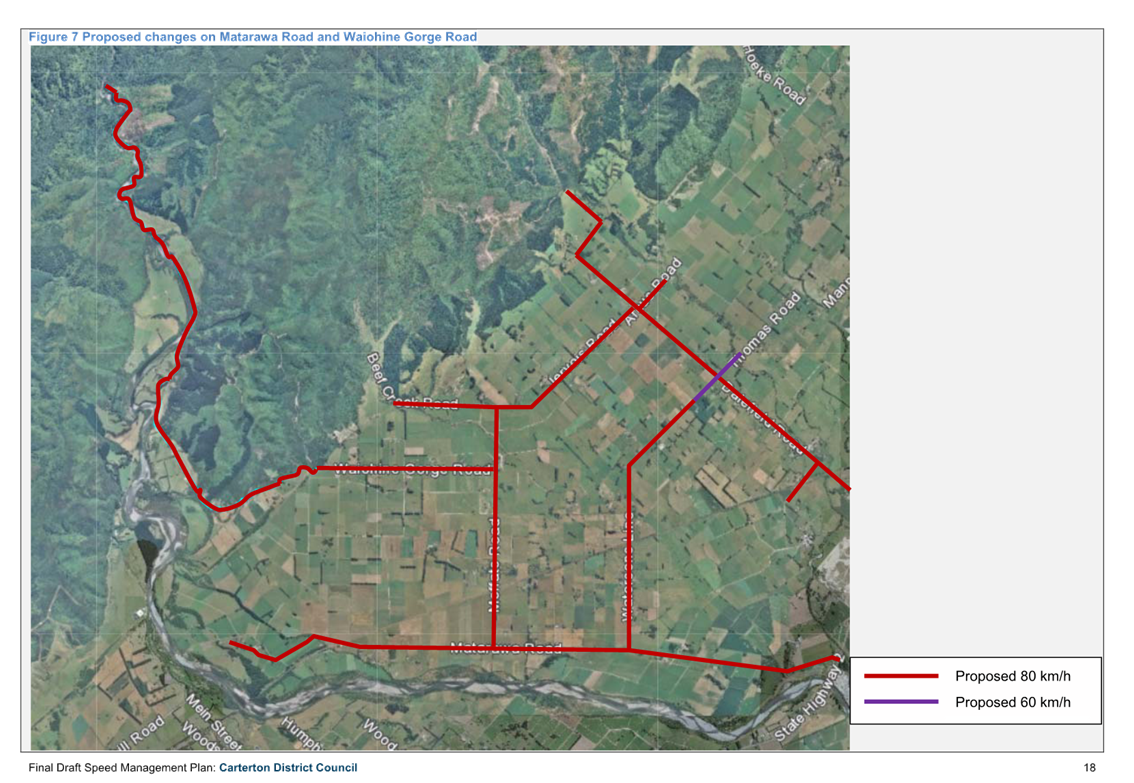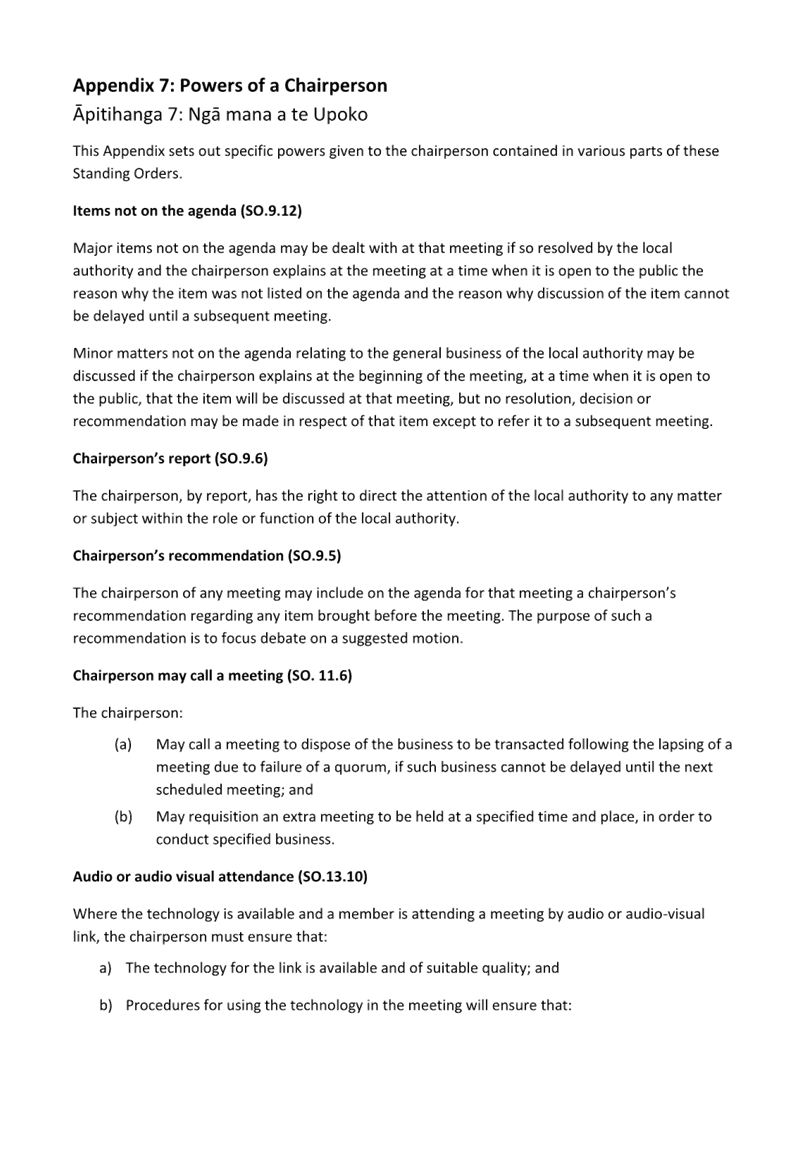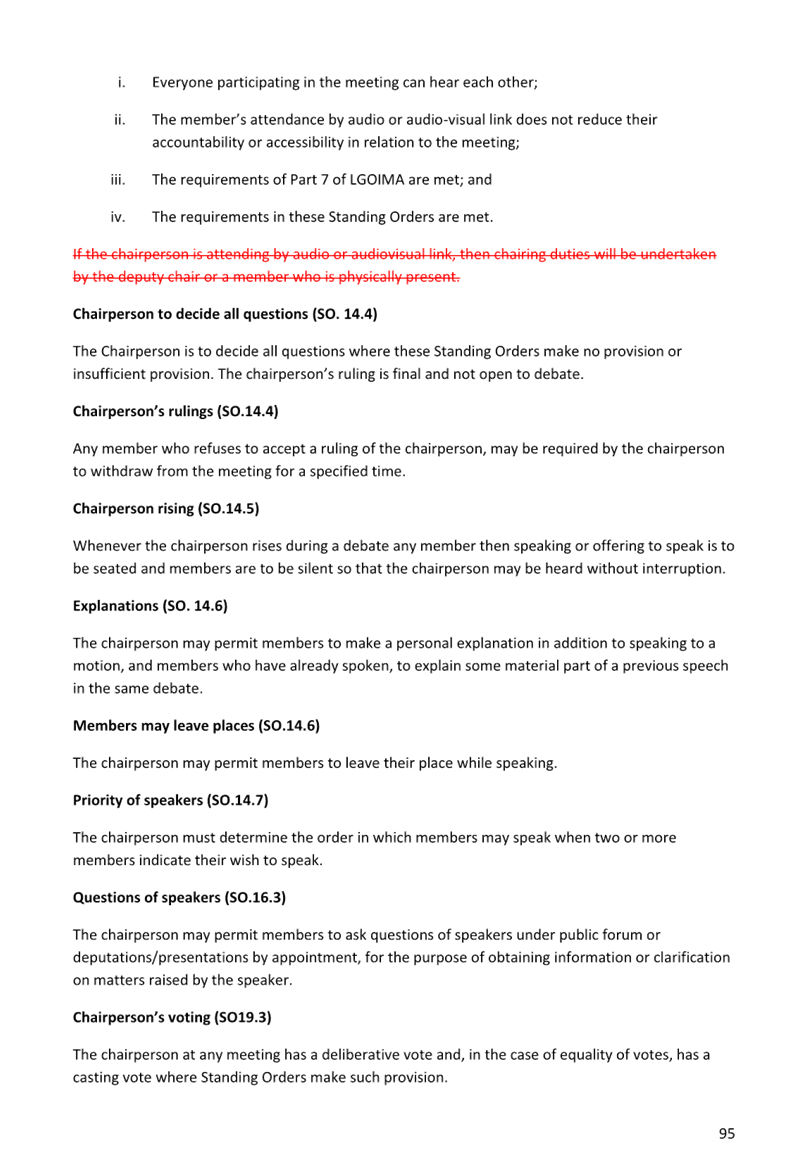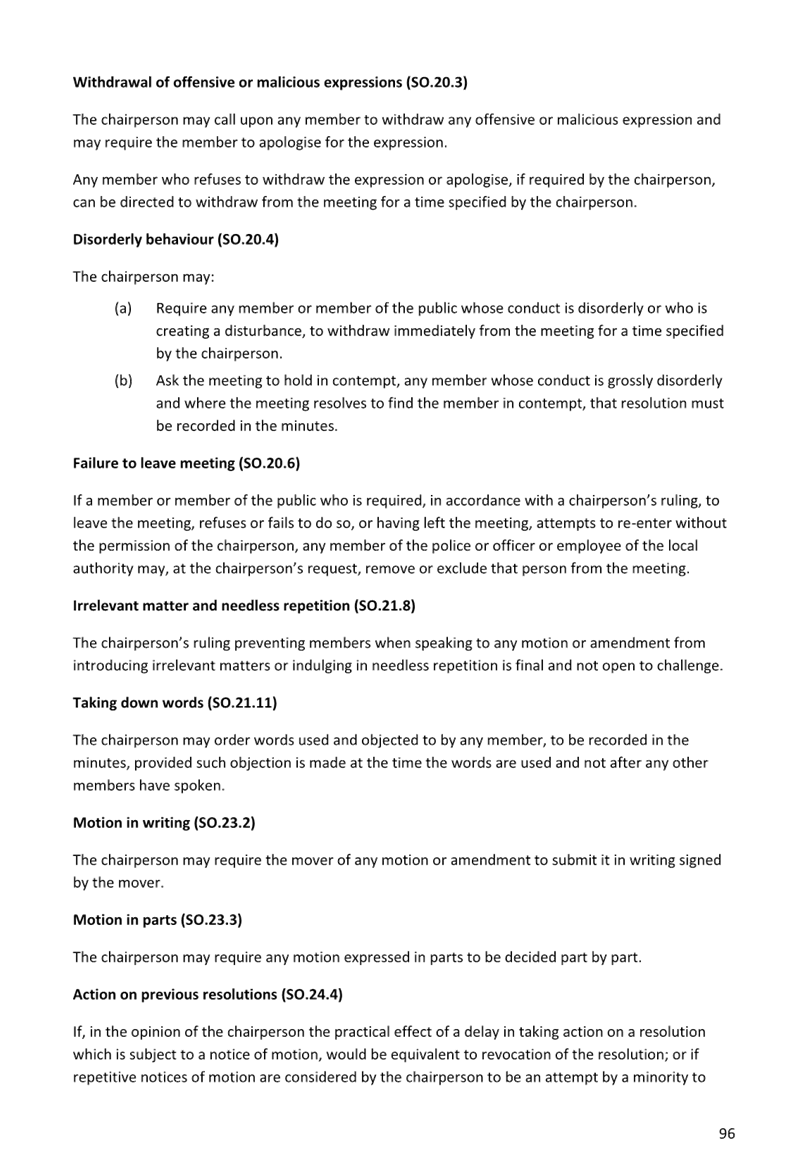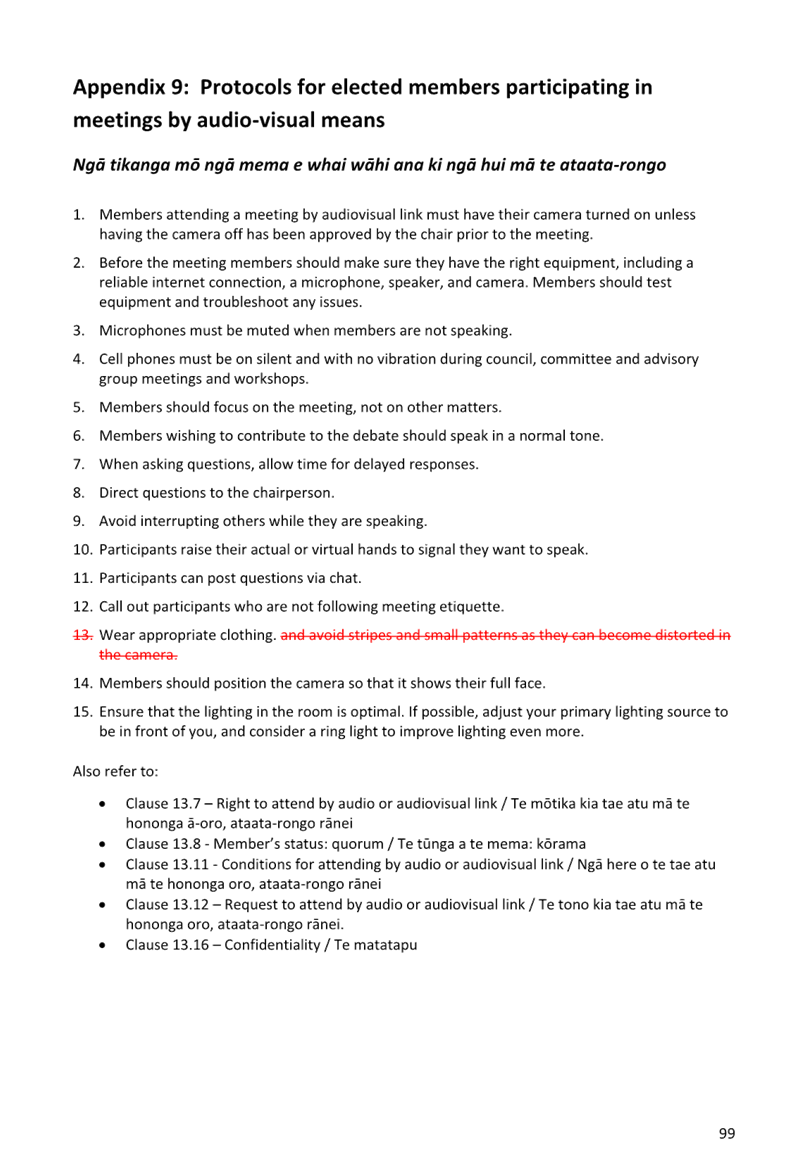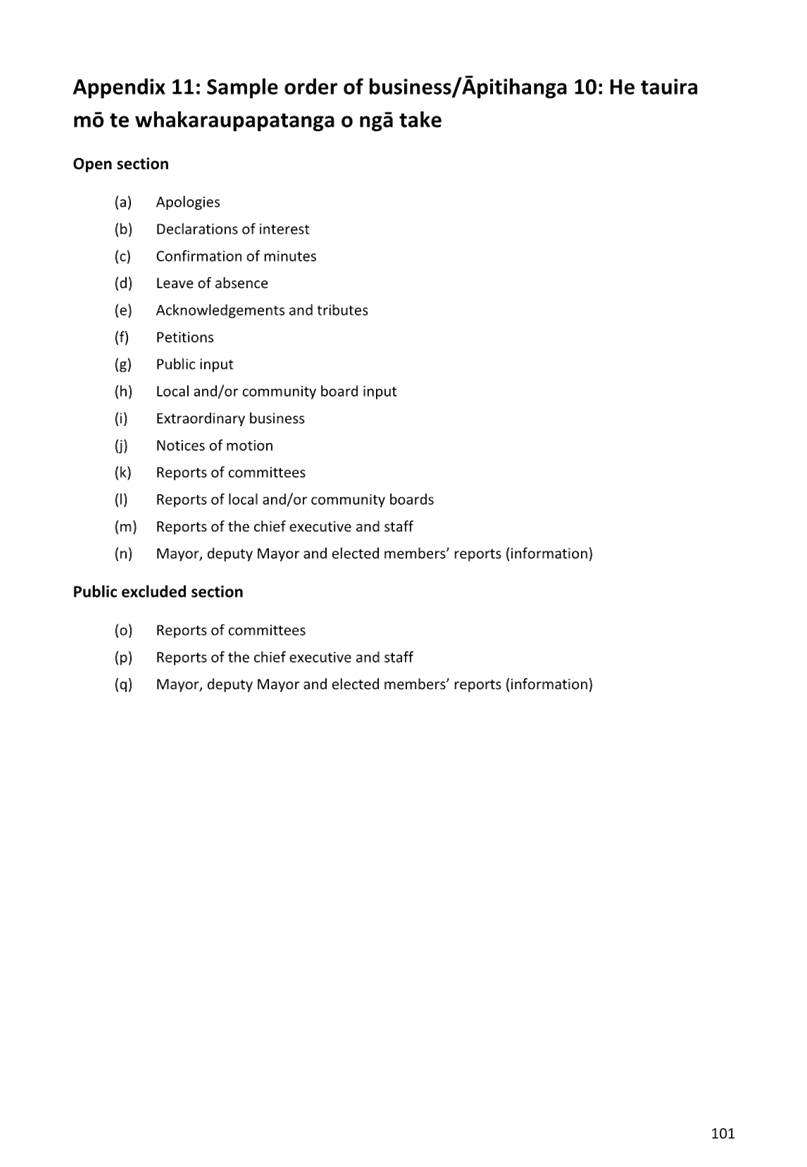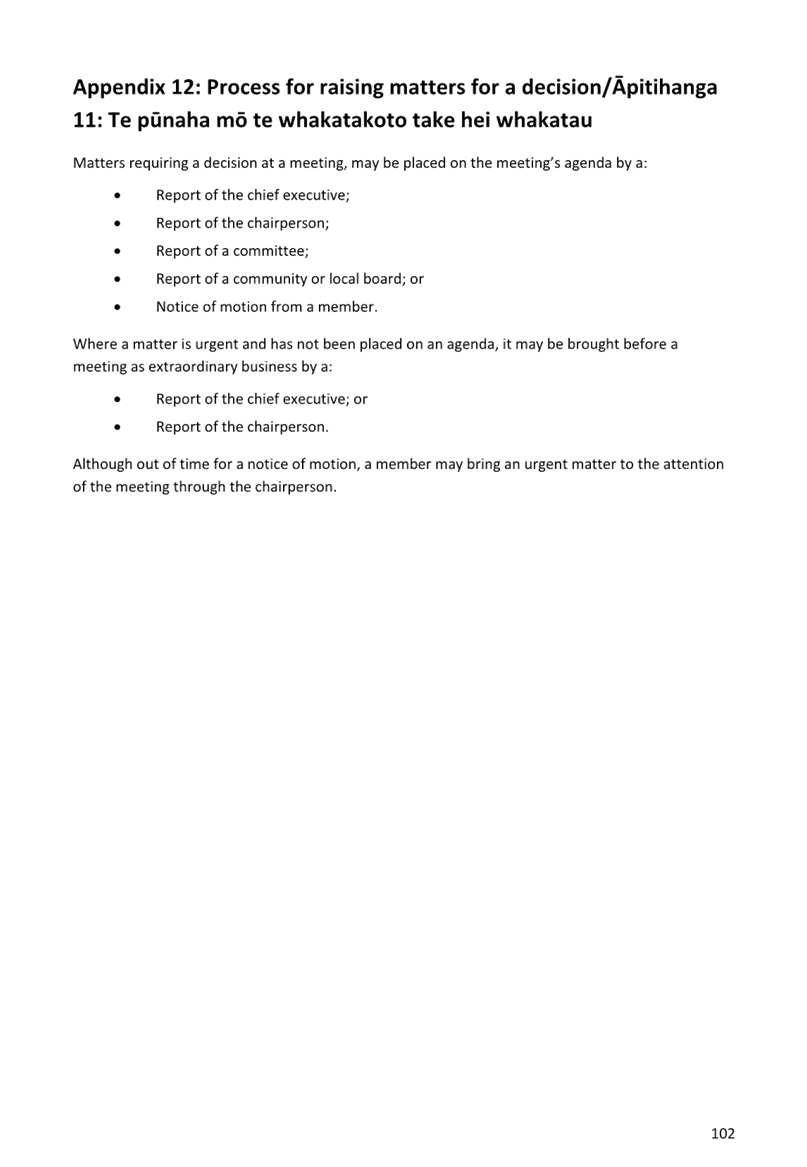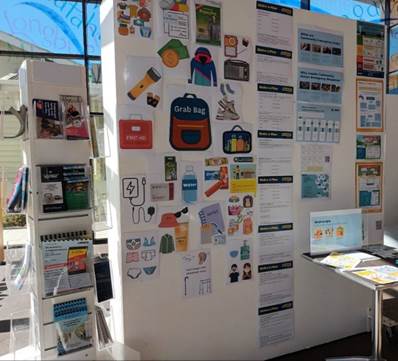|

|
|
AGENDA
Ordinary Council Meeting
|
|
Date:
|
Wednesday, 14 May 2025
|
|
Time:
|
1:00 pm
|
|
Location:
|
Carterton Events Centre
50 Holloway St
Carterton
|
|
Mayor R Mark
Deputy Mayor S
Cretney
Cr B Deller
Cr R Cherry-Campbell
Cr D Williams
|
Cr S Laurence
Cr G Ayling
Cr L Newman
Cr S Gallon
|
|
Ordinary
Council Meeting Agenda
|
14
May 2025
|
7 Confirmation
of the Minutes

7.1 Minutes
of the Ordinary Council Meeting held on 2 April 2025
1. Recommendation
1. That
the Minutes of the Ordinary Council Meeting held on 2 April 2025 are true and
correct.
File
Number: 451726
Author: Robyn
Blue, Democratic Services Officer
Attachments: 1. Minutes
of the Ordinary Council Meeting held on 2 April 2025
|
Ordinary Council Meeting Minutes
|
2 April 2025
|

MINUTES OF Carterton District Council
Ordinary Council Meeting
HELD AT THE Carterton Events Centre, 50
Holloway St, Carterton
ON Wednesday, 2 April 2025 AT 4:45 pm
PRESENT: Mayor Ron Mark, Deputy Mayor Steve Cretney, Cr Brian
Deller, Cr Robyn Cherry-Campbell, Cr Steve Laurence, Cr Grace Ayling, Cr Lou
Newman, Cr Steve Gallon
IN ATTENDANCE: Staff
Geoff Hamilton (Chief Executive), Karon Ashforth (Corporate
Services Manager), Geri Brooking (People and Wellbeing Manager), Solitaire
Robertson (Planning and Regulatory Services Manager), Glenda Seville (Community
Services and Facilities Manager), Johannes Ferreira (Infrastructure Services
Manager), Marcus Anselm (Communications and Engagement Manager), Robyn Blue
(Democratic Services Officer), Katrina King (Democratic Services Officer)
Youth Council
(Observers)
Josephine Kumeroa (Chair),
Brook Ah Wong, Duncan Geoffrey Peter
Allen-Alloway, Asifa Hanif, Thanvipregya Thirumarban, Anahera Whittaker
1 Karakia
Timatanga
The meeting opened with a karakia
by all members.
2 Apologies
MOVED
That an apology be received from Cr Dale Williams.
Cr R
Cherry-Campbell / Cr S Gallon
CARRIED
3 Conflicts
of Interests Declaration
There were no conflicts of
interest declared.
4 Public
Forum
Roger Boulter spoke to his submission he to the Geater
Wellington Regional Public Transport Plan 2025-26. In his submission he
identified that the capacity of the Hutt Valley rail services needs to be
reviewed now, otherwise there will be impacts on the planned increase in
Wairarapa rail services. He asked for confirmation from CDC that the Council
supports the submission in principle before the Hearing in early May.
5 Youth
Council views on agenda items
Youth Council members were in
attendance as observers at the Council meeting.
On behalf of the Youth Council,
the Chairperson, Josephine Kumeroa, spoke to activities of the Youth Council,
and review of the CDC Council agenda.
·
The Youth Council has developed a new
logo, and is developing an annual plan of activities.
·
They will shortly be attending Election
/ Civics Training undertaken by the Electoral Commission.
·
The Youth Council supported a te reo
Māori name for the Carterton Events Centre.
6 Confirmation
of the Minutes
|
7.1 Minutes
of the Ordinary Council Meeting held on 26 February 2025
|
|
MOVED
1.
That the Minutes of the Ordinary
Council Meeting held on 26 February 2025 are true and correct subject to
the following corrections:
·
Cr Dale Williams was an apology.
·
An amendment to the following motion:
That the Committee:
2. Agrees to
fund the employment of an apprentice Water Race Overseer at no cost to the
Water Race users for three years.
Cr S Gallon / Cr B Deller
(ADDED) Cr L Newman
/ Cr S Laurence - against
4.
Agrees to a 50% reduction in Corporate overhead charges to the
Water Race activity for three years.
(REMOVED) Cr L
Newman / Cr S Laurence - against
Deputy Mayor S Cretney / Cr S Gallon
|
|
7.2 Minutes
of the Extraordinary Ordinary Council Meeting held on 12 March 2025
|
|
MOVED
1. That the
Minutes of the Extraordinary Ordinary Council Meeting held on 12 March 2025
are true and correct.
Cr S Laurence / Cr G Ayling
CARRIED
|
7 Reports
|
8.1 Proposal
to amend the name of the Events Centre
|
|
1. Purpose
For the Council to consider and approve amending the name
of the Carterton Events Centre.
|
|
MOVED
That the Council:
1.
Receives the report.
Cr L Newman / Cr R Cherry-Campbell
2.
(b) Agrees to change the name from “Carterton Events Centre”
to the “Wairarapa Events Centre” and also incorporate Te Reo
Māori in the name.
Cr L Newman / Cr R Cherry-Campbell
AMENDED
MOTION
1.
(b) Agrees to change the name from
“Carterton Events Centre” to “Wairarapa Events
Centre” and also incorporate Te Reo
Māori in the name and that Council
staff are instructed to engage with iwi to ascertain if they wish to provide
an additional Māori name.
Mayor R Mark / Deputy Mayor S Cretney
Against – Cr S Gallon, Cr G Ayling, Cr B Deller
CARRIED
(a) Agrees to change the name from
“Carterton Events Centre” to the “Wairarapa Events
Centre”.
MOTION NOT
REQUIRED
(c) Agrees to retain the name Carterton Events Centre.
MOTION NOT
REQUIRED
|
The
meeting went into recess at 17.45 pm and reconvened at 6.05 pm.
|
8.2 Waingawa
Water Storage Concept Project
|
|
1. Purpose
For the council to be updated on the Waingawa Water
Storage Concept Project and consider an operational budget request for the
next stages.
|
|
MOVED
That the Council:
1.
Receives the report.
Cr S Gallon / Deputy Mayor S Cretney
CARRIED
2. Approves project
budget of $145,000.00 as unplanned expenditure funded through potential operational savings at the end
of the financial year or reserve balances.
Deputy Mayor S Cretney / Cr B
Deller
CARRIED
|
|
8.3 Review
of Council representation on external groups
|
|
1. Purpose
For the Council to consider if the current CDC
appointments on Destination Wairarapa, Cobblestones and Carter Court need to
be amended.
|
|
MOVED
That the Council:
1.
Receives the report.
Cr L Newman / Cr S Gallon
2.
(a) Reconfirms the CDC
appointment on Destination Wairarapa.
Cr L Newman / Cr R Cherry-Campbell
Abstain – Mayor R Mark / Deputy Mayor S Cretney
CARRIED
(b) Revokes the
CDC appointment on Cobblestones.
Cr L Newman / Cr S Cretney
Against – Cr B Deller
Abstain – Deputy Mayor S Cretney
CARRIED
(c ) Revokes the
CDC appointment on the Carter Society.
Cr R Cherry-Campbell / Cr L Newman
Abstain – Deputy Mayor S Cretney
CARRIED
NOTED by Deputy
Mayor S Cretney that CDC could consider appointing an observer on the Carter
Society.
|
|
8.4 Review
of CDC actions from the Chief Ombudsman's Report on Council meetings and
workshops
|
|
1. Purpose
For Council to review CDC actions from the ‘Open
for Business’ report from the Chief Ombudsman’s investigation
into local council meetings and workshops.
|
|
MOVED
That the Council:
1.
Receives the report.
Cr L Newman / Cr S Gallon
CARRIED
2. Confirms
any changes to planned actions in
response to the Chief Ombudsman’s Report in 2023 on workshops and his
recommendations to Councils.
Deputy Mayor S Cretney / Cr S Laurence
CARRIED
3. Approves the
following addition to Council’s Standing Orders Clause 13.7:
“Members of the public, for the purpose of a
deputation or public forum, approved by the chairperson or delegate, have the
right to attend meetings workshops and advisory groups by electronic
link, unless they have been lawfully excluded.”
Cr R Cherry-Campbell / Cr S
Gallon
CARRIED
|
|
8.5 Chief
Executive Report
|
|
1. Purpose
For the Council to be informed on planned Council
operational activities, major projects, and other matters of importance and
interest.
|
|
NOTED
·
The elected members congratulated
Council for the ‘Holloway Hoopla Day’ as part of the Wairarapa
Arts Festival.
MOVED
That the Council:
1. Receives
the report.
Mayor R Mark / Cr B Deller
CARRIED
|
|
8.6 Local
Government Official Information and Meetings Act Requests
|
|
1. Purpose
To inform the Council of the number of requests under the
Local Government Official Information and Meetings Act (LGOIMA) 1987 (the
Act) 13 February 2025 to 18 March 2025.
|
|
MOVED
That the Council:
1. Receives
the report.
Cr R Cherry-Campbell / Cr S
Gallon
CARRIED
|
|
8.7 Service
Requests and Complaints
|
|
1. Purpose
For the Council to be informed on Service Requests
received in February 2025 to 24 March 2025 and Complaints received from 10
February 2025 18 March 2025.
|
|
MOVED
That the Council:
Receives the report.
Cr S Cretney / Cr B Deller
CARRIED
|
8 Exclusion
of the Public
RESOLUTION TO EXCLUDE THE PUBLIC
|
MOVED
That the public be excluded from
the following parts of the proceedings of this meeting.
The general subject matter of
each matter to be considered while the public is excluded, the reason for
passing this resolution in relation to each matter, and the specific grounds
under section 48 of the Local Government Official Information and Meetings
Act 1987 for the passing of this resolution are as follows:
|
General subject of each matter to be considered
|
Reason for passing this resolution in relation to each
matter
|
Ground(s) under section 48 for the passing of this
resolution
|
|
9.1 - Confirmation of the Public-excluded minutes of
the Council meeting held on 26 February 2025
|
s7(2)(a) - the withholding of the information is
necessary to protect the privacy of natural persons, including that of
deceased natural persons
s7(2)(b)(ii) - the withholding of the information is
necessary to protect information where the making available of the
information would be likely unreasonably to prejudice the commercial
position of the person who supplied or who is the subject of the information
s7(2)(f)(i) - free and frank expression of opinions by
or between or to members or officers or employees of any local authority
s7(2)(g) - the withholding of the information is
necessary to maintain legal professional privilege
s7(2)(h) - the withholding of the information is
necessary to enable Council to carry out, without prejudice or
disadvantage, commercial activities
|
s48(1)(a)(i) - the public conduct of the relevant part
of the proceedings of the meeting would be likely to result in the
disclosure of information for which good reason for withholding would exist
under section 6 or section 7
|
Cr L Newman / Cr G Ayling
CARRIED
|
|
MOVED
That Council moves out of Closed Council into Open Council.
Cr G Ayling / Cr R
Cherry-Campbell
CARRIED
|
9 Karakia
Whakamutunga
The meeting closed with a karakia
by all members.
The meeting closed at 7.10 pm
Minutes confirmed:
…………………………………………………
Date:
...................................................
|
Ordinary
Council Meeting Agenda
|
14
May 2025
|
8 Reports

8.1 Destination
Wairarapa Quarterly Report
1. Purpose
For the Council to
receive a report of activities for the quarter ending March 2025.
2. Significance
The
matters for decision in this report are not considered to be of significance
under the Significance and Engagement Policy.
3. Background
The
three Wairarapa Territorial Authorities collectively invest in Destination
Wairarapa as the Regional Tourism Organisation.
4. Activities
of Destination Wairarapa
Attached
to this report are the following:
· The General Manager’s and marketing activities for the period
of October 2024 – December 2024 are included as Attachment 1.
· The Financial Report for DW is in Attachment 2.
· The Budget Variance report for DW is in Attachment 3.
5. Recommendation
That the Council:
1. Receives
the report.
File
Number: 451779
Author: Glenda
Seville, Community Services Manager
Attachments: 1. DW
Operational report Q3 ⇩
2. DW
Financial Report Q3 ⇩
3. DW
Budget Vairance Q3 ⇩
|
Ordinary
Council Meeting Agenda
|
14
May 2025
|











|
Ordinary
Council Meeting Agenda
|
14
May 2025
|

|
Ordinary
Council Meeting Agenda
|
14
May 2025
|



|
Ordinary
Council Meeting Agenda
|
14
May 2025
|

8.2 Proposal
to Disestablish Wairarapa Library Service
1. Purpose
To
seek the approval of Councillors to disestablish the Wairarapa Library Service
(WLS) between Carterton District Council (CDC) and South Wairarapa District
Council (SWDC) and return management of the libraries to the respective
councils effective 1 July 2025.
2. Significance
The
matters for decision in this report are not considered to be of significance
under the Significance and Engagement Policy.
3. Background
The
Wairarapa Library Service (WLS) was established as a shared service between the
South Wairarapa and Carterton District Councils in 2000.
Prior
to 2020 the four WLS branch libraries operated as silos, even though they
shared a joint catalogue and despite modern public libraries typically
functioning as integrated networks with staff organised by specialised
skills. In 2019 a review was undertaken which resulted in the appointment
of a shared Library Manager, whose role was to consolidate and modernise the
shared service. Since 2020, WLS has started shifting towards an
integrated network operating model for collections, technology, programming and
communications.
Despite
continuous efforts to improve operations over the past few years, significant
issues continue to hinder WLS from functioning as a modern library service.
These issues impact productivity and staff morale and ultimately compromise the
quality of service to our communities.
The
current operational arrangements also place an excessive burden on the WLS
Manager, demanding seamless coordination of two different councils with
different budgets, invoicing processes, staff, staff management systems, and
ICT environments. This requires extensive cooperation and goodwill from staff
at both councils, and across management and administration. However, this
approach not only consumes time but also impedes the development of strategy
and policy at a management level, as the WLS Manager is frequently caught up in
double-handling issues and facilitating cross-council and library operational
matters.
Drivers for Change
· The current WLS staffing structure uses a
traditional site-by-site approach rather than a functional skill-based
approach. This promotes silos and inefficient service delivery rather than an
up-to-date coherent network service. It also fails to capitalise on staff
professional development and/or career opportunities.
· Modern
libraries need various specialist skills to operate effectively, including
technical skills for online services. Ensuring staff expertise is crucial for
delivering modern library services to our communities. The current WLS staff
structure does not reflect this.
· Staff are employed and paid by two different
councils through different software and at different times meaning sign-off
and viewing of leave is not
clear-cut across the entire operation. It also means double the work for library management to set rosters, and process
timesheets and leave.
· There are
different remuneration packages at each council, including disparities in
salaries, pay raise decision-making, performance review process, and
leave/allowance provisions.
· The current
contracts (e.g. varying part-time hours, days worked, and sites) fail to
provide the best options for coverage of the libraries' current operation,
future direction, opening hours, staff entitlements, and professional
development needs.
· All 19 WLS staff,
including 6 full-time, 10 part-time, and 3 casual employees, report directly to
the WLS manager. As a result, the manager is responsible for completing 16
performance plans per year, including quarterly one-on-one meetings with each
staff member. The different staff development systems across the councils
further complicate the manager's ability to engage in meaningful staff
development.
· Two
of the three SWDC libraries are also service centres. Performing service centre
functions requires a SWDC login to Magiq. CDC staff are unable to access SWDC
Magiq which means they cannot perform service centre tasks. This restricts
staff movement between the branches and hinders functioning as a network.
Similarly, casual staff do not have access to Magiq. This means that there must
always be a SWDC library staff member at Featherston or Greytown Libraries and
if they are with a CDC employee, or a casual, it puts undue pressure on the
SWDC staffer and can cause long queues at the desk. This particularly affects
operations during peak times such as quarterly rates and dog registration
periods.
· WLS
absorbs the costs of printing related to SWDC service centre functions,
particularly for dog registrations. The funding for SWDC service centre
functions raises questions as it affects the provision of core library
services.
· Logins and passwords to respective council
environments mean most staff have multiple logins and passwords to council-specific
applications (e.g. Magiq, MyStaffInfo) as well as the library management system
and other software. This is confusing, time-consuming, and cumbersome.
· Staff ICT is provided
separately by each council, with some staff using SWDC IT equipment, and some using CDC equipment.
This fragmented approach is inefficient and can lead to inconsistencies in
operations.
· To streamline the
different ICT environments, WLS uses a CDC-platformed domain to provide a
unified WLS email address and a shared MS Teams environment. This not only
doubles (or triples for the manager) the IT environments for staff, but also
means SWDC ICT staff cannot support or access this environment and places the
burden on CDC ICT staff.
· Budget is held separately in each council,
with different arrangements for activity codes,
reporting, access, and management. This leads to inconsistencies and
inefficiencies. WLS must also align with two Long Term Plans (LTP), requiring
both councils to agree on fees, charges, and long-term projects. Differing LTP
timetables can make it difficult to coordinate WLS requirements efficiently.
· Invoices are
generated and paid by each council, with reconciliation required to ensure
equity of operational costs and expenditures across the two councils. However,
there are no memorandums of understanding regarding how invoices and costs are
split, which leads to inconsistencies, confusion, frustration, and potential
inequities in payments. Sitting within two councils also means WLS is often
invoiced as two separate entities instead of one library system. As a result,
WLS ends up paying more than other libraries serving similar populations.
4. Discussion
CDC
and SWDC management have considered options to address the challenges faced by
the shared service but have been unable to find one that was both achievable
and affordable. We have considered different operating structures,
including a shared service led by one council, forming a Council Controlled
Organisation (CCO), and a separate business unit/company. Neither Council
is attracted to the option of ceding operational control and its staffing
contingent to the other. The formation of a CCO was considered overly
expensive and complex proportionate to the relatively small size and budget of
the WLS. We could not find a workable example of a company or separate
business unit within a council libraries environment. However, retaining
the status quo is untenable as we must address the downside impacts on staff
and customers of the two councils maintaining different budgets, invoicing
processes, staff, staff management systems, and ICT environments.
Reluctantly,
both Councils are asking for approval to discontinue the WLS shared
service. This would mean that managing the libraries for each Council
would become simpler and allow a more customer-focused undertaking. Where
it is of benefit to customers CDC and SWDC are committed to exploring
collaboration through the formation of an MOU, and we will be actively engaging
on possible areas of cooperation. It is the intention of both Councils
that the dissolution of the WLS does not change the level of service delivered
to our customers.
We
will be planning and implementing a transition plan over the next 8 weeks,
which will ensure the process of dissolving the WLS is well managed. Our
aim is to have the staffing separation and future rostering done by 30 June
2025, and a start made on other service elements, recognizing that some may
need to be staged.
Transition
Plan
A
stock take of joint activity is currently being completed. Following the
decision by the councils a workshop with effected departments of both councils
will be held. This will include but not limited to Comms, IT, Finance and
Library management. This workshop will identify areas of action for both
councils (Contracts, Invoicing, Subscriptions, Projects, Technology and
cataloguing) and enable us to finalise a timeline to undertake this body of
work. With the majority of the work expected to be completed by 1 July
there will be some areas such as cataloguing which will need more time invested
to achieve the outcome that is beneficial to both organisations. As noted
above, this workshop will help us identify if and where there are areas of
benefit to explore collaboration opportunities.
Communication
A
priority for the Councils is communications with the public. We
acknowledge that the libraries hold a special place in our communities, and we
want to reassure our communities that this decision will have minimal to no
impact on how each council will deliver on the service. There will be no
changes to opening hours, or to the other services we provide in our community
including our online services and programmes.
Being
a member of the SMART Libraries collaboration (alongside Masterton, Kapiti
Coast, Porirua City, Hutt City, WelTec and Whitireia Polytechnic Libraries)
enables us to have access to over 600,000 items. Patrons can reserve
items from any of the libraries, pick them up and return them at any of the
libraries, free of charge.
This
service was not in place when the WLS shared service was established. SMART
ensures Carterton and South Wairarapa Libraries can remain connected, ensuring
our community has improved accessibility to existing resources across
libraries. It also ensures the library service is able to provide new resources
which ensures that public libraries remain a conduit to larger collections from
across the Greater Wellington Region.
5. CONSIDERATIONS
5.1 Climate change
There
is nothing in this report that will affect Climate Change mitigation or
adaptation issues.
5.2 Tāngata whenua
There
are no tāngata whenua considerations related to the decisions in this
paper.
5.3 Financial impact
It
has been identified that through the separation we should see a reduction of
costs specifically in the courier costs.
SWDC
currently supplies weekly staff to CDC, regular hours are Mondays 7.5 hours,
Tuesdays 4.5 hours, Wednesdays 4 hours, Friday 7.5 hours, Total hours:
23.5. Carterton Library requires an additional 0.5 Full-Time Equivalent
(FTE) position to ensure that the service desk is adequately covered. This
extra staffing will also allow for the continuation and development of
essential services during regular off-desk time for all staff members.
Furthermore, having an additional 0.5 FTE will provide more flexibility in
staffing, particularly for covering leave, training and professional
development opportunities, ensuring that our staff remain current and maintain
a professional standard. Carterton is in the process of introducing RFID
technology, which will include the future installation of a self-issue machine
at the library. However, this should not be seen as a replacement for staffing
and/or personal interactions at the service desk and in the library. Libraries
play a vital role in strengthening communities by fostering relationships with
patrons. Taking the time to assist patrons with issuing items and addressing
their enquiries is an essential part of the library staff's role. For many
individuals, the only interpersonal interaction they might have during the day
or week could be with library staff. This is supported by a recent
research project commissioned by LGNZ, titled "Libraries as a Vehicle for
Service Delivery" (January 2023). The research found that libraries make a
significant and evolving contribution to community well-being. It also
highlighted that libraries play a crucial role in addressing gaps in digital
inequity and civic participation. Libraries are seen as a "digital safety
net," a "forum for both formal and informal support," and serve
as "trusted providers of government services." This role has not been
included into the budget for Annual Plan 25/26.
A
change from funding the shared SWDC WLS Manager through operating costs, to
funding a CDC Library Manager, will see an increase of 0.8 FTE. However,
the change will only require a minor increase in personnel costs moving from a
shared 20hrs/week to a CDC only position of 30hrs a week. This has been
included into the Annual Plan 25/26.
Other
areas for consideration are where we have combined contracts with external
providers. Some of these contracts are a direct 50/50 split between both
councils, while some are split 70%/30%. These contracts will need to be
renegotiated as individual councils and will reflect the size of the council
operation. At the time of writing this report, officers do not envisage
this work will have an impact on the current budgets and can be actioned
through existing budgets.
Where
further funding is required, business cases will be developed to be considered
as part of Annual Planning, Long-Term Planning cycles or to seek unbudgeted
expenditure through council process.
5.4 Community Engagement requirements
Community
engagement on this decision has not been sought. As discussed above, the
current operation of the shared WLS is not sustainable. The areas that effect
this are all back-office functions that the public do not see.
It is
the intention of both Councils that the dissolution of the WLS does not change
the level of service delivered to our customers.
5.5 Risks
A
risk of separation is that the 4 libraries revert to a siloed operating
model. While the likelihood of this increases with the separation, we
believe that while we continue to operate within the SMART cohort this will
alleviate some of this risk and keep not only the Wairarapa Libraries connected
but also the wider network of SMART libraries across the Wellington
Region.
5.6 Wellbeings
Social
· A caring community that is safe, healthy, happy and connected
· Fit-for-purpose public facilities, spaces, parks and rural reserves.
Cultural
· A community that fosters and promotes our character and creativity.
Economic
· Quality, fit-for-purpose infrastructure, and services that are cost
effective and meet future needs.
6. Recommendation
That the Council:
1. Receives
the report
2. Note
that since its inception the Wairarapa Library Service has been struggling
with significant operational challenges, stemming from different financial, IT,
staffing, budgeting, planning, and service delivery systems/business processes
between the two Councils. These challenges have generated inefficiencies
that have affected productivity and customer focus.
3. Note
that attempts have been made to improve our operational efficiency and
streamline our systems, however we have not been able to improve the model to
the point that both Councils can achieve their strategic objectives through the
shared service model.
4. Approve
disestablishing the WLS and return the management of our libraries to
respective Councils effective from 1 July 2025.
5. Approve
the unbudgeted increase of a 0.5FTE library assistant.
6. Note
there is expected to be no impact to customers and levels of service will
remain the same. Both Councils have agreed and will implement a detailed
transition plan with minimal disruption.
7. Note
that SWDC and CDC will continue to cooperate closely on shared activity to the
benefit of customers. We will actively explore that future cooperation
via an MOU.
File
Number: 452851
Author: Glenda
Seville, Community Services and Facilities Manager
Attachments: Nil
|
Ordinary
Council Meeting Agenda
|
14
May 2025
|

8.3 Economic
Development Providers
1. Purpose
For the council to
approve renewal of agreements with Economic Development providers; Destination
Wairarapa, Business Wairarapa and Wairarapa Dark Skies Association.
2. Significance
The
matters for decision in this report are not considered to be of significance
under the Significance and Engagement Policy.
3. Background
Destination
Wairarapa
The
three Wairarapa Territorial Authorities collectively invest in Destination
Wairarapa as the Regional Tourism Organisation.
As
part of the 2024 – 27 Long Term Plan, CDC continued to support
Destination Wairarapa at the existing level of funding for one year.
Business
Wairarapa
Carterton
District Council invests in Business Wairarapa as the Chamber of Commerce for
the Wairarapa region alongside Masterton District Council and South Wairarapa
District Council.
As
part of the 2024 – 27 Long Term Plan, CDC continued to support Business
Wairarapa at the existing level of funding for one year.
Wairarapa
Dark Skies Association
Carterton
District Council has supported the Wairarapa Dark Skies Association under a
multiyear memorandum of understanding for the last 5 years. This MOU is
now up for renewal.
4. Discussion
Destination
Wairarapa
As
part of the 2024 – 27 Long Term Plan, CDC continued to support
Destination Wairarapa (DW) at the existing level of funding, $55,968 plus GST
(plus an adjustment for inflation based on the annual CPI) for a period of one
year ending 30 September 2025. This decision was to bring CDC into
alignment with South Wairarapa District Council and Masterton District Council
within the existing MOU. It was noted that CDC would work with
Destination Wairarapa and the other two councils to agree to ongoing funding commitments
for the remainer of the Long-Term Plan timeframes post the 30 September 2025
end date of the existing MOU.
Destination
Wairarapa and Business Wairarapa recently presented a proposal on the future of
economic development to the combined Councils in April. This proposal has not
come back to Councillors for further consideration at this point and further
work is needed to build a shared position on the progression of this
proposal.
Therefore,
Officers are recommending that we renew the existing MOU with Destination
Wairarapa for a one-year term only.
SWDC
will be considering the DW MOU as part of their Long-Term Plan.
MDC
is yet to make a recommendation to their council on the continuation of the DW
MOU.
Business
Wairarapa
As
part of the 2024 - 2034 Long Term Plan it was agreed by Council to continue to
support Business Wairarapa (BW) with the existing level of funding, $15,000
plus GST, for the period of one year ending 30 June 2025. This is with an
understanding that CDC will work with BW and the other two Councils to agree to
ongoing funding commitment for the remainer of the Long-Term Plan timeframes
post 30 June 2025 end date of the existing MOU.
As
noted above, with the recent proposal from BW and DW, Officers are recommending
the same proposal as above, that is, renewing the existing MOU with BW for a
one-year term only.
SWDC
has approved funding for one year (FY25/26) noting work to be undertaken with
BW and the other two councils to agree to ongoing funding commitment for the
remainder of the Long-Term Plan timeframes.
MDC
committed to funding BW for a 3-year period to align with their LTP.
Wairarapa
Dark Skies Association
The
WDSA MOU with CDC is due to end at the end of the financial year. They proposed
a long-term partnership with all three councils to continue to grow and develop
the Dark Skies Reserve in the Wairarapa. They are currently working in
collaboration with the three councils, Destination Wairarapa, Business
Wairarapa, Iwi and WellingtonNZ. Collectively this group
makes up the Dark Skies Steering group with WDSA being the conduit to bring it
all together. Their intention over the two years is to continue to
deliver, with the areas of focus being:
· Accreditation and expansion of the Dark Skies Reserve
· Community Education and public engagement
· Tourism and economic development
· Infrastructure and lighting compliance
· Research and monitoring
WDSA
proposed a formal partnership established between the WDSA and the three
Wairarapa Councils (Masterton District Council, Carterton District Council, and
South Wairarapa District Council) based on the following elements:
1. Commitment to Partnership: Confirmation in
the MOU of the council’s role in supporting the Reserve’s
development and accreditation.
2. Financial Support: Beginning 1 July 1 2025
to allocate funding in the annual plans to support a paid coordinator role to
drive the activities of the Dark Skies Association and the Dark Sky Steering
group. WDSA requested a combined total of $30,000 per annum for 2025-2026 split
equally between the three councils, (SWDC, CDC, MDC). The funding is to
drive the activities in both functions. At the end of two years, WDSA
expect to have reached the point where all council planning aligns and supports
the WDSA development program.
3. Policy Alignment: Monitor and encourage
implementation of the current district plan outdoor lighting standards, to
ensure compliance with dark sky-friendly lighting regulations.
4. Community Engagement: Encourage and support
community engagement in the Dark Sky Reserve through local projects and
initiatives.
5. Infrastructure Development: Support the
installation of compliant lighting and dark sky-friendly infrastructure and
information in public spaces and tourism locations.
As per
our MOU framework and financial delegations, officers will enter into a new MOU
agreement with WDSA for the next two years, which will continue our support for
Dark Skies economic development in Carterton. The commitment for the MOU
is within existing budgets.
5. Options
Destination
Wairarapa and Business Wairarapa
1. Renew the existing MOU
for one year, allowing an opportunity for the organisations and the three
council to further develop a new MOU. Noting this will allow time for the
organisations to further explore future developments for their services (Officers
Recommendation).
2. Refresh the existing
MOU and agree to a two-year extension. This will bring the MOU back into
alignment with the next Long-Term Plan.
3. Cease funding.
6. NEXT
STEPS
Next
steps will be determined by the recommendations from Council. Officers
will advise all parties of the outcomes and action agreements.
7. CONSIDERATIONS
7.1 Climate change
There
are no climate change considerations related to the decisions in this paper.
7.2 Tāngata whenua
There
are no tāngata whenua considerations related to
the decisions in this paper.
7.3 Financial impact
All
considerations within this report are covered within existing budgets.
As
noted above, Officer recommendation for FY 25/26 is to continue to fund both
Destination Wairarapa and Business Wairarapa at their existing levels of
funding;
· Destination Wairarapa $55,968 plus GST (plus an adjustment for
inflation based on the annual CPI).
· Business Wairarapa $15,000 plus GST.
· Entering a new MOU with WDSA for a two-year period at $10,000 per
annum.
7.4 Community Engagement requirements
Not
required.
7.5 Risks
There
are no risks related to the decisions in this paper.
7.6 Wellbeings
Social
A caring community
that is safe, healthy, happy and connected.
Cultural
A community that
embraces and encourages our cultural diversity and heritage.
A community that
fosters and promotes our character and creativity.
Economic
A vibrant and
prosperous business and primary sector investing in and supported by the
community.
A community that is
productively engaged in employment, education and community service.
8. Recommendation
That the Council:
1. Receives
the report.
2. Agrees
to renew the existing MOU with Destination Wairarapa for a
one-year term at $55,968 plus GST (plus an adjustment for inflation based on
the annual CPI).
3. Agrees
to renew the existing MOU with Business Wairarapa for a
one-year term at $15,000 plus GST.
4. Notes
the one-year extension allows more time to further develop a new MOU with both
organisations and the other two councils.
5. Notes
CDC will enter a new MOU with Wairarapa Dark Skies Association for a two-year
term at $10,000 plus GST per annum.
File
Number: 452103
Author: Glenda
Seville, Community Services and Facilities Manager
Attachments: Nil
|
Ordinary
Council Meeting Agenda
|
14
May 2025
|

8.4 Community
Satisfaction Survey 2025
1. Purpose
For Council to receive
the results of the 2025 Community Satisfaction Survey and seek Council approval
to prepare and complete an annual community satisfaction survey to ensure
compliance with audit requirements and maintain continuity of feedback data.
2. Significance
The
matters for decision in this report are not considered to be of significance
under the Significance and Engagement Policy. However, the outcomes of the
Community Satisfaction Survey are critical to informing Council’s
strategic and operational decisions.
3. Background
Council has undertaken
a residents’ survey since 2008. Originally, the survey was completed
three-yearly, before becoming an annual project in 2020. In 2020, 2021 and 2022
the survey was completed by external company, Muirton. At this point, the survey
was paused.
Council did not
conduct a resident satisfaction survey in the 2023/24 year, resulting in an
audit qualification on Council's 2024 Annual Report and 2023/24 Long-Term Plan.
In response to this, as well as building on past results, the 2025 survey
includes new questions specifically aligned to the 2024–2034 Long-Term
Plan (LTP) key performance indicators (KPIs).
In order to improve
user-experience, the total number of questions in the survey were reduced, and
questions relating to data that could be captured via other Council channels
were removed.
Key changes in 2025
included AI-assisted analysis, natural language processing of open-text
comments, and a real-time dashboard to support timely reporting.
These survey results
will now be used to inform reporting on satisfaction performance measures set
as part of the Long-Term Plan and included in our annual report. Results also
provide valuable insights into what the Carterton community values and where it
feels Council can improve.
4. survey
methodology
The
survey methodology and key components were as follows:
· Delivered
online and in paper format.
· Open
to the community – anyone over the age of 18 was welcome to have their
say.
· The
survey period ran from 24 February to 16 March 2025.
· 726
unique replies were received. 13 of these on paper.
· The
results data has an expected margin of error of +/- 3.6% at a 95% confidence
interval.
· The
survey results have not been weighted against demographic information. This is
because:
o The
survey was open to all respondents, rather than a targeted sample.
o Respondent
numbers were small, and weighting small data sets can run the risk of creating
bias, rather than avoiding it.
o This
method allows for straight-forward and transparent data interpretation.
If survey response numbers continue to grow in years to come, data-weighting
could be considered.
· The
raw data was provided to AI company, AIFactory, to assess, compile and
summarise before a report was prepared for Council.
5. Survey
results
Some of the key results
from the survey include:
· Overall
average satisfaction analysis of 68%
· Satisfaction
with facilities and amenities remains high - this includes our Wairarapa Events
Centre, Carterton Library, parks and reserves, and the outdoor swimming
pool.
· Kerbside
recycling collection and the friendly and helpful team at the Carterton Waste
Transfer Station were also highlighted.
· The
community spirit and friendly people of Carterton are frequently mentioned as a
source of pride.
· Public
toilets were highlighted as a key area of dissatisfaction, with commentary
regarding cleanliness, opening hours, darkness and safety.
· There
continues to be concern around the appearance of the town centre with
commentary suggesting a desire for revitalisation.
· Four
new measures were included in the 2025 survey with results as follows:
o How safe do you feel in
Carterton's public spaces?
79% of respondents provided a score between 7 and 10 (High Satisfaction)
o As a resident, how satisfied
are you with the way Elected Members are representing you on Council?
41% of respondents provided a score between 7 and 10 (High Satisfaction), 70%
of respondents provided a score of 5 or more.
o As a resident, I feel
connected to family and community
69% of respondents provided a score between 7 and 10 (High Satisfaction).
o Overall, how would you
score Carterton as a place to live?
77% of respondents provided a score between 7 and 10 (High Satisfaction).
· Carterton
Crier is where most residents expect to hear about news, projects
updates.
A
report on the survey results is included at Attachment 1. The
Community Survey 2025 Action and Engagement Plan is in Attachment 2.
6. Discussion
The
Residents Survey 2025 provides valuable insights into community satisfaction
with Council services and identifies areas for improvement and further
engagement.
Resuming
an annual survey is critical to maintain continuity of performance data,
satisfy audit requirements, and monitor trends over time. The absence of a
survey in 2023/24 was a contributing factor to CDC’s audit qualification,
and annual surveys will ensure that key non-financial performance measures can
be reported reliably.
In
addition to recommending an annual survey, Council proposes to introduce 'Pulse
Surveys' from late 2025. Pulse surveys are short, targeted surveys that track
community sentiment on specific topics or services throughout the year. These
surveys enable Council to gather timely feedback and adjust services
responsively.
South
Wairarapa District Council (SWDC) has used pulse surveys to track public
satisfaction with roading maintenance and customer service. Pulse surveys will
be available at all times, and analysed quarterly.
The
engagement plan accompanying the survey analysis includes closing the loop with
the community. This involves clearly communicating survey results, Council's
response to issues raised, and progress on improvement initiatives.
7. NExt
STEPS
There
are a number of areas staff plan to focus on to address feedback received
through the survey. Some of these areas include:
· Distribute
findings and summaries to service teams.
· Publish
the results on the Council website and notify residents.
· Implement
service specific action and engagement plan, with an early focus on
high-visibility improvements and clear communication.
· Finalise
the Pulse Survey design and schedule rollout.
· Commence
planning for the 2026 Community Survey to ensure annual continuity.
· Provide
quarterly updates to Council on progress as well as Pulse Survey results.
8. coNSIDERATIONS
8.1 Climate
change
The 2025 Community
Survey and subsequent Action and Engagement Plan do not directly address
climate change initiatives. However, feedback regarding environmental services
(e.g. waste management, parks, and open spaces) indirectly supports
Council’s broader climate change strategies. Future surveys may include
specific questions regarding climate resilience and sustainability if desired.
8.2 Tāngata whenua
Consideration of
tāngata whenua perspectives has been included in the survey design via
collection of demographic data, in line with Statistics NZ ethnicity
categories. Further targeted engagement with tāngata whenua will be
incorporated into the Pulse Survey framework and other Council engagement
processes.
8.3 Financial impact
The cost of the
Community Survey 2025 and the proposed Pulse Surveys are accommodated within
existing operational budgets. Any future expansion of survey scope or methods
will be costed through normal budgetary processes. Implementation of some
actions arising from survey feedback may have financial implications, which
will be considered separately through appropriate business cases and approvals.
The use of the Survey Monkey
and Dashlet software platforms which Council already holds licences for, in
partnership with internal staff resource, has significantly reduced the cost of
undertaking the annual community satisfaction survey. Now the Dashlet
Artificial Intelligence software has been implemented it is able to be recycled
easily for additional surveys.
Management will
consider the cost of undertaking annual community surveys on a similar basis to
the 2025 survey, and this will be limited to internal staff time. We do
not anticipate additional budget will be required to complete an annual
community survey in 2026, should Council decide to do so.
8.4 Community Engagement requirements
The survey forms part
of Council’s ongoing community engagement efforts and satisfies statutory
and Long-Term Plan performance reporting requirements. The Action and
Engagement Plan prioritises transparent communication and closing the loop with
residents through multiple channels, promoting trust and continued engagement.
8.5 Risks
Risks associated with
the Community Satisfaction Survey 2025 relate to low community engagement,
misinterpretation of feedback, or delays in implementing actions.
Mitigation measures include improved communication tactics, regular monitoring,
validation of data insights, and dedicated project management for action
delivery. Maintaining annual surveying will also mitigate the risk of future
audit qualifications.
Survey Monkey provided
the software platform for the 2025 survey. Using Survey Monkey
significantly reduced the cost of the project and allowed the survey to be open
to all members of the community, rather than the previous method of only being
open to those randomly selected from the Electoral Roll. Using Survey
Monkey also enabled the use of multiple channels for engagement (QR code,
social media, website, café coasters, paper forms etc). The result
is a sizable increase in participation in this years’ annual survey.
The use of Survey
Monkey software does contain some inherent risks, including a lack of audit
trails / audit logs, which are not available even with the most expensive
Enterprise version of the software. Council does not hold an Enterprise
subscription of this software, partially for this reason.
Audit NZ staff have
been provided with access to all Survey Monkey submissions and data to assist
with verifying the accuracy of the submissions presented to Council.
Their concern is the ability of customer data being altered after being
submitted. Management confirms none of the customer survey data has been
altered. Additionally, none of survey questions related to the roles or
functions of staff involved in undertaking the community survey i.e. the IT and
Communications & Engagement team functions were not a survey satisfaction
measure. Furthermore, no staff have salary or discretionary remuneration
components dependent on the survey results.
Customer survey data
and results are presented through an Artificial Intelligence software called
Dashlet. The AI software assisted staff with interpreting the large
quantity of ‘free text’ responses to survey questions, as well as
providing useful summary results from survey questions. Dashlet is also
being used for the Local Water Done Well consultation. The Dashlet AI
platform is used to present and interpret survey results – it does not
alter the underlying submissions data, which in the case of the Community
Satisfaction Survey 2025 remain in the Survey Monkey platform.
9. Recommendation
That the Council:
1. Receives
the report.
2. Agrees
to Council preparing and completing an annual community satisfaction survey.
3. Adopts
the 2025 Community Satisfaction results and associated Action and Engagement
Plan.
File
Number: 451129
Author: Marcus
Anselm, Communcations and Engagement Manager
Attachments: 1. Community
Survey 2025 Results Report ⇩
2. Community
Survey Action and Engagement Plan ⇩
|
Ordinary
Council Meeting Agenda
|
14
May 2025
|






|
Ordinary
Council Meeting Agenda
|
14
May 2025
|

|
Ordinary
Council Meeting Agenda
|
14
May 2025
|

8.5 Adoption
of Draft Annual Plan 2025/26
1. Purpose
For the Council to
consider the adoption of the draft Annual Plan 2025/26 and resolution to set
rates for the year ending 30 June 2026.
2. Significance
The
matters for decision in this report are not considered to be of significance
under the Significance and Engagement Policy.
3. Background
Council
produces a Long-Term Plan (LTP) every three years. The LTP is subject to the
Special Consultative Procedure as set out in the Local Government Act 2002
(LGA). Annual Plans are produced for Years 2 and 3 of an LTP, confirming
forecasts and considering any changes that have occurred since the LTP was
adopted. Following Year 3 a new LTP is prepared and adopted.
Council
adopted its most recent LTP in 2024, covering the period 2024-2034. The Draft
2025/26 Annual Plan (Attachment 1) is year 2 of the LTP.
4. Discussion
4.1 Changes from LTP
While
preparing forecast budgets for 2025/26, potential changes or variations to the
LTP were identified and discussed informally with Council.
Changes
in the AP from the LTP in summary:
· Reset opening balances from the Annual Report 2024
· Recalculate opening balances on loans, reserves and capital
programmes
· Re-align NZTA budgets to the National Roading programme
· Review operating costs for savings and inflation assumptions
· Review insurance and interest rate assumptions
· Improve financial reporting structure and automate financial
statements and Funding Impact Statements (FIS)
These
variations have been assessed against Council’s Significance and
Engagement Policy. None of these variations have been assessed as significant,
and there are no changes to levels of service being provided by the Council
from year 2 of the LTP. As a result, Council resolved not to formally consult
on the draft annual plan.
Average
rates increase
The
average increase in rates in year 2 of the LTP was 13%. This has changed to
8.6% in the draft 2025/26 Annual Plan as a result of the changes discussed
above.
The
average rates increase is across all rateable properties, and the actual
increase individual property owners receive will vary depending on their
property. The annual plan shows some example properties across different rating
categories and values, and indicates the relevant rates increase
expected. The most notable difference across property groups is the
increase in the average urban rates when compared to average rural rates.
This difference due to an increase in funding for depreciation on waters assets
from 50% to 75% in the 2025/26 fiscal year, which was agreed to as part of the
2024-34 Long-Term Plan.
The
increase also does not include any increase in Greater Wellington Regional
Council (GWRC) rates. GWRC set their rates independently, however CDC collects
rates on their behalf. GWRC’s average rates increase at time of writing
has yet to be confirmed.
Carry
forwards
Some
capital projects included in the current financial year 2024/25 may be carried
forward into the 2025/26 year as the projects are in-flight and nearing
completion.
After
the 2024/25 financial year audit is complete, a review of capital projects will
be undertaken to determine if any project funding needs to be carried
forward. These projects will be brought to Council for approval.
5. CONSIDERATIONS
5.1 Climate change
No
specific considerations.
5.2 Tāngata whenua
No
specific considerations.
5.3 Financial impact
The
rates resolution enables Council to set its rates for the 2025/26 year.
5.4 Community Engagement requirements
Due
to the annual plan not being significantly different to year 2 of the Long-Term
Plan, formal consultation was not undertaken.
The
adopted Annual Plan will be published on the Council’s website within 30
days.
5.5 Risks
No
specific risks identified.
6. RecommendationS
That the Council:
1. Receives
the report.
2. Adopts, pursuant to Section 95 of the Local Government
Act 2002, draft Annual Plan 2025/26,
including the schedule of fees and charges as attached in Attachment 2.
3. Delegates
authority to the Mayor and Chief Executive to make minor editorial changes to
the draft Annual Plan 2025/26 prior to publication.
File
Number: 445565
Author: Karon
Ashforth, Corporate Services Manager
Attachments: 1. Draft
Annual Plan 2025/26 ⇩
2. Fees
and Charges 2025/26 ⇩
|
Ordinary
Council Meeting Agenda
|
14
May 2025
|







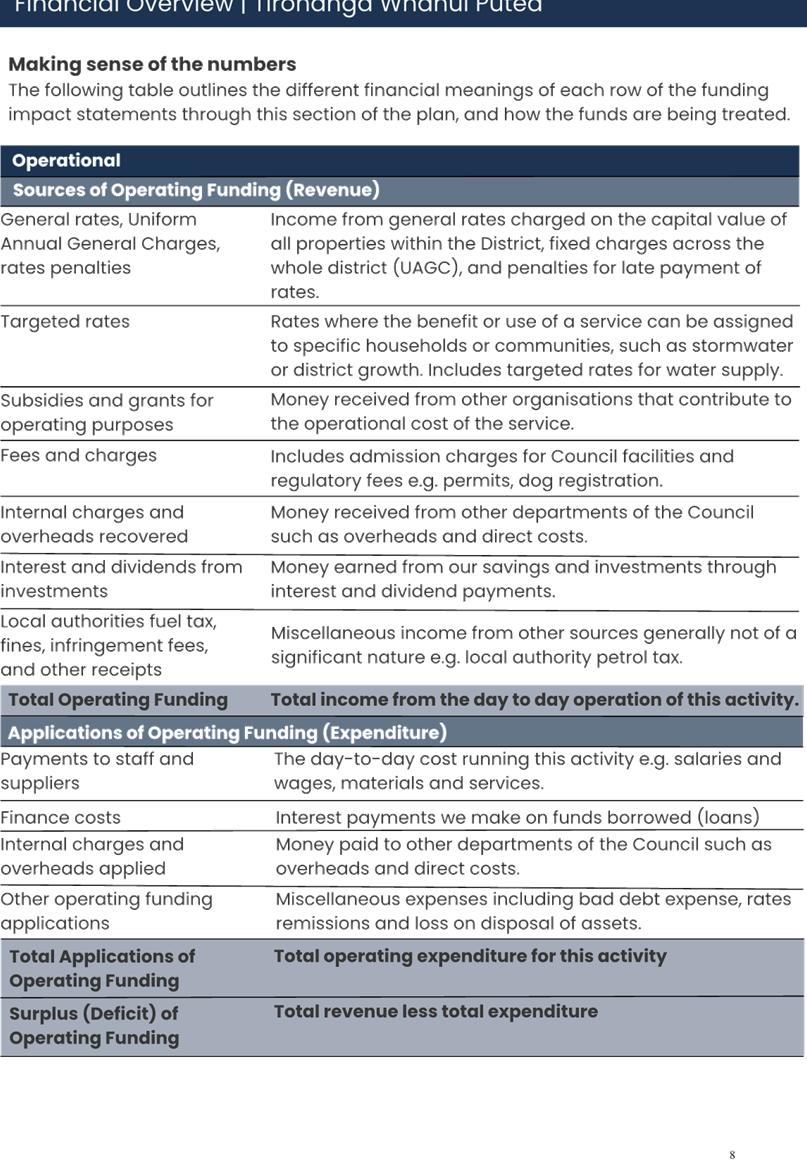


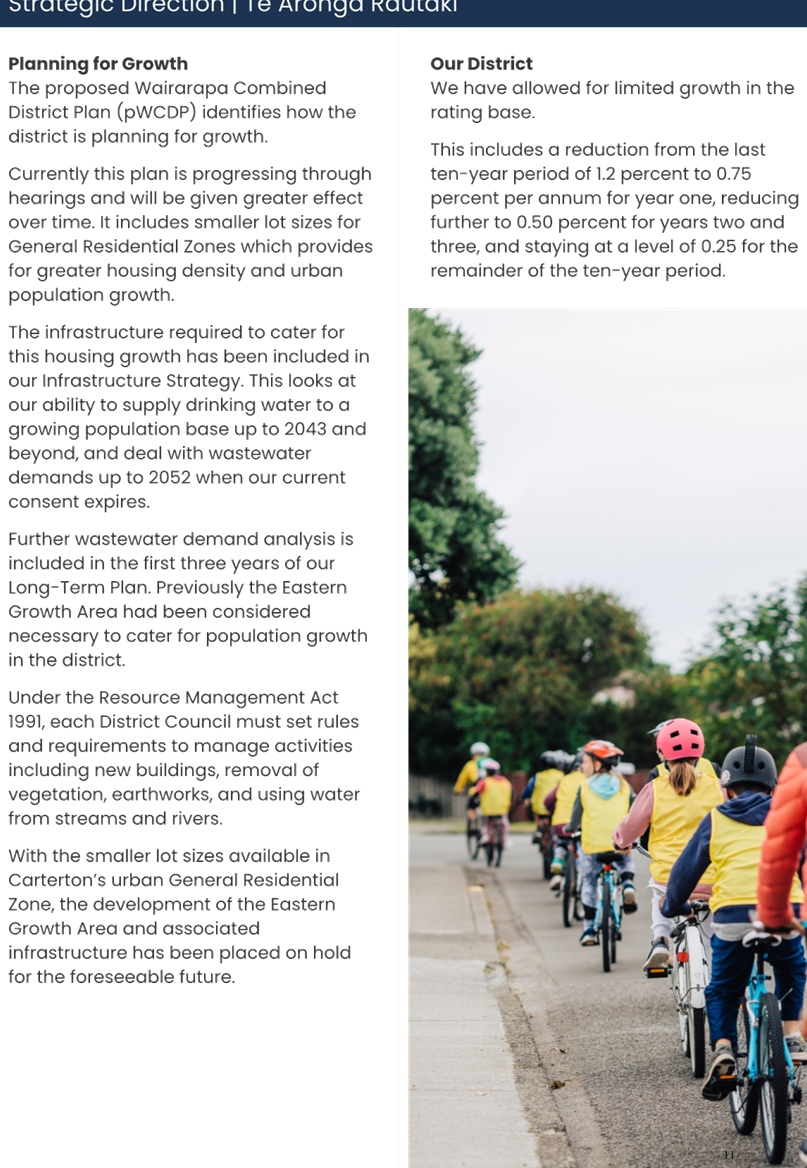




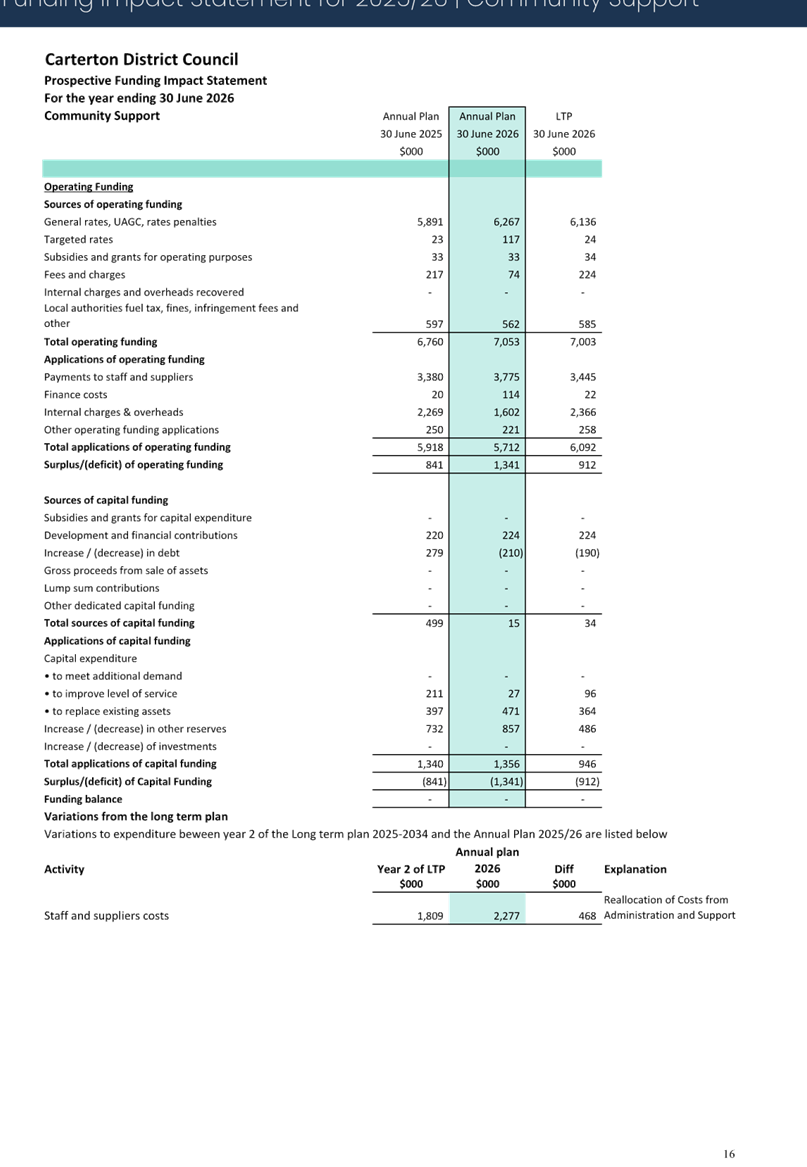


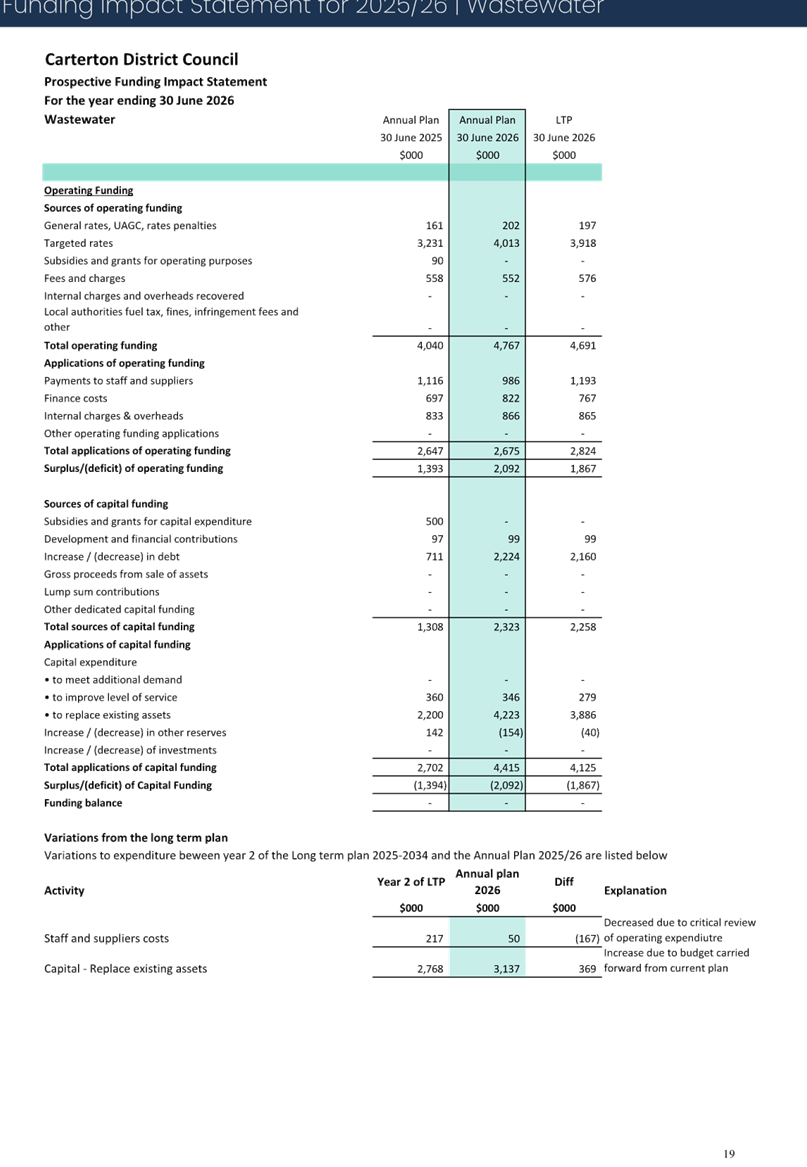

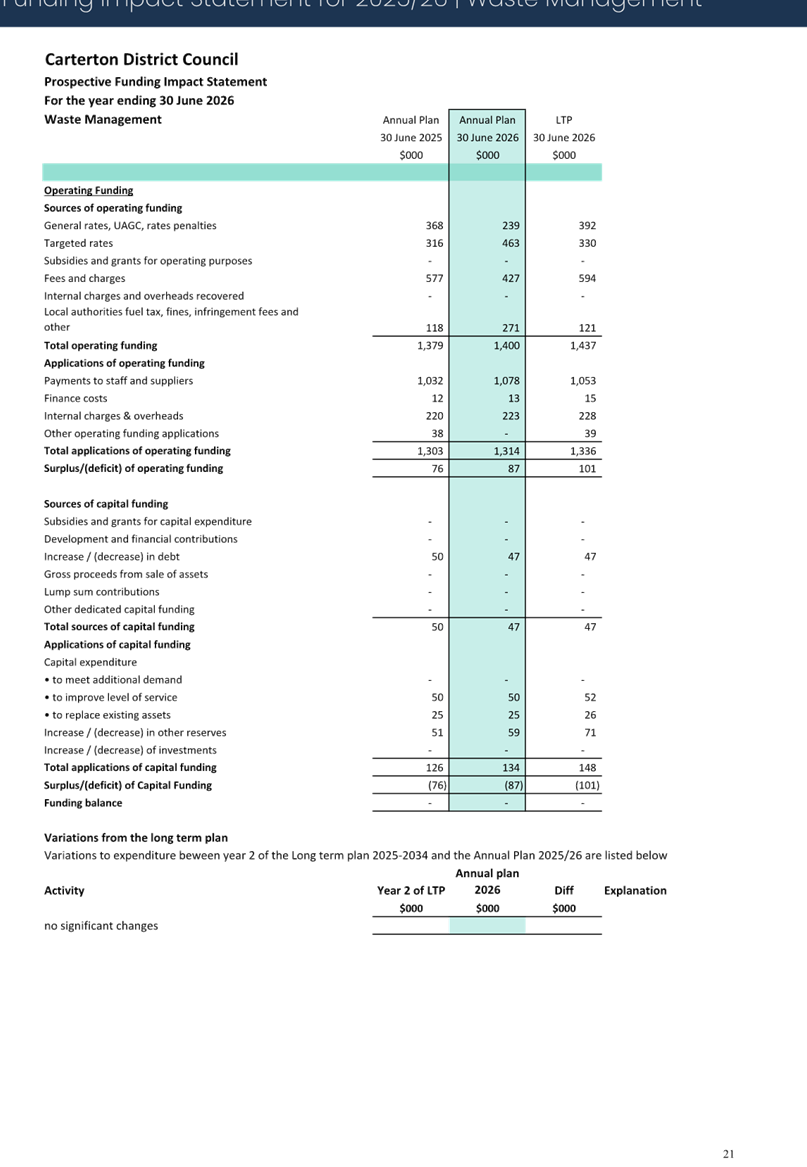

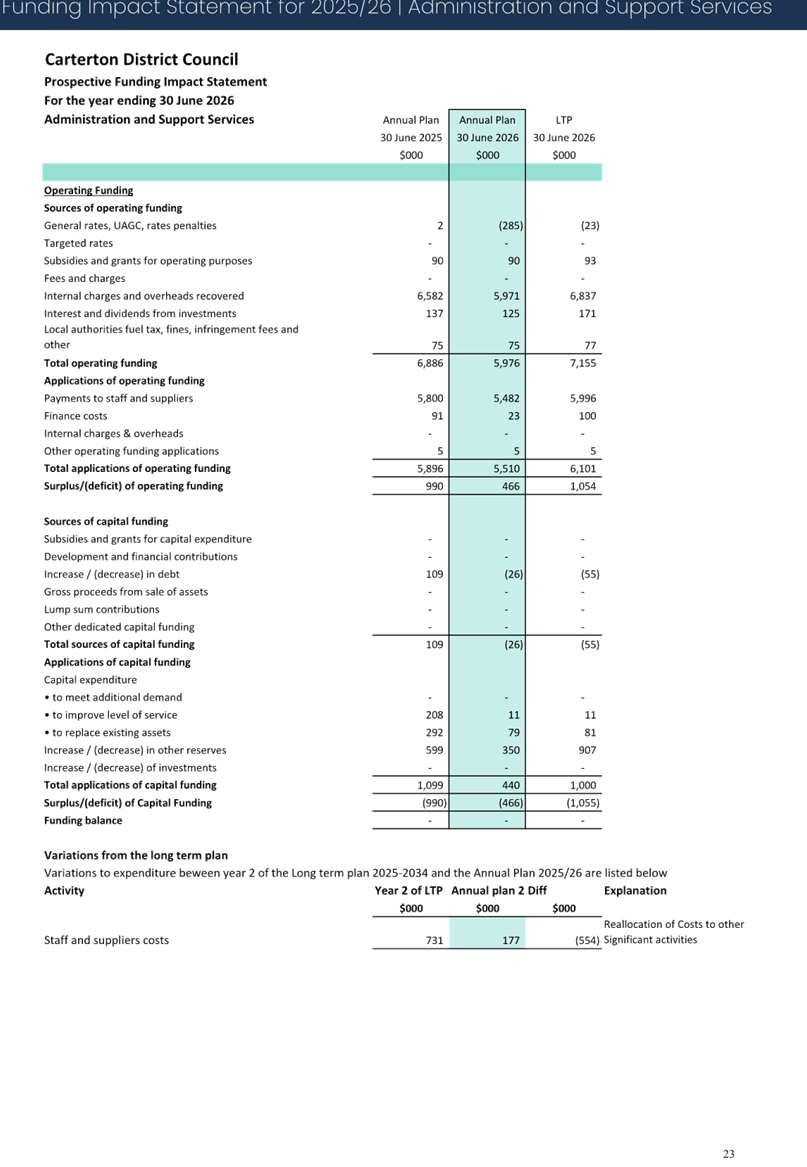
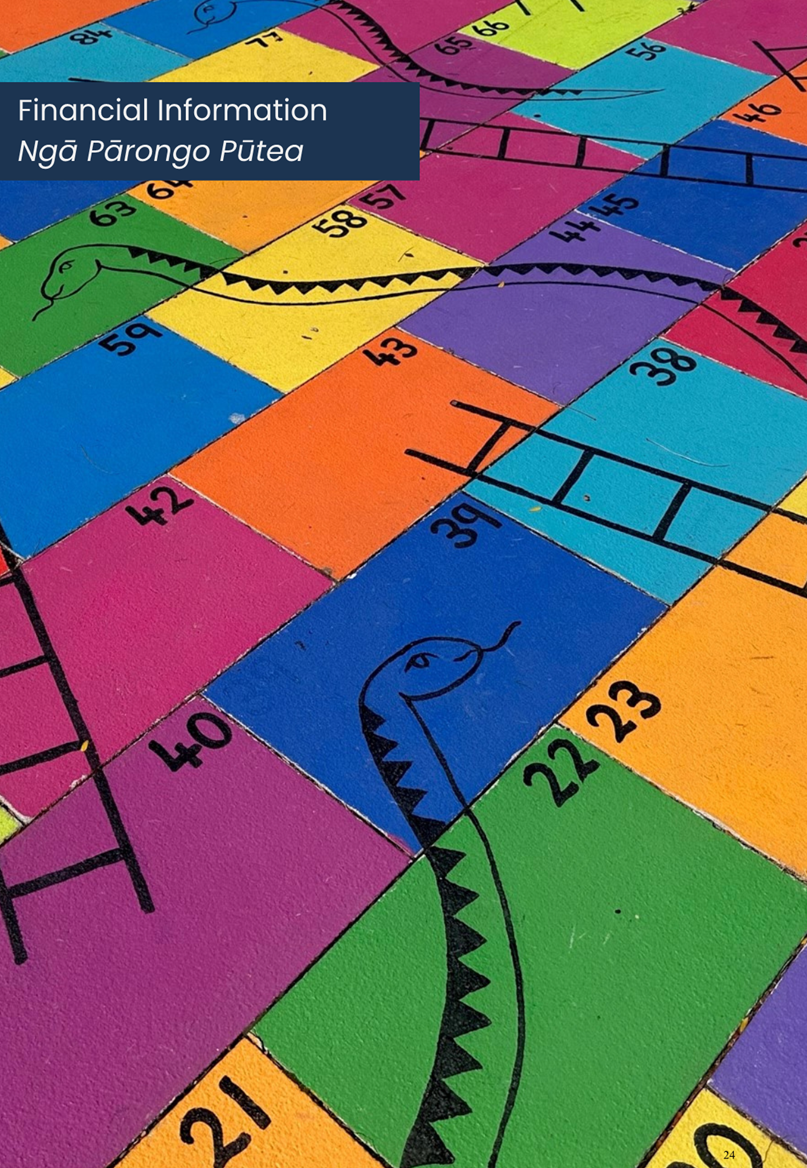
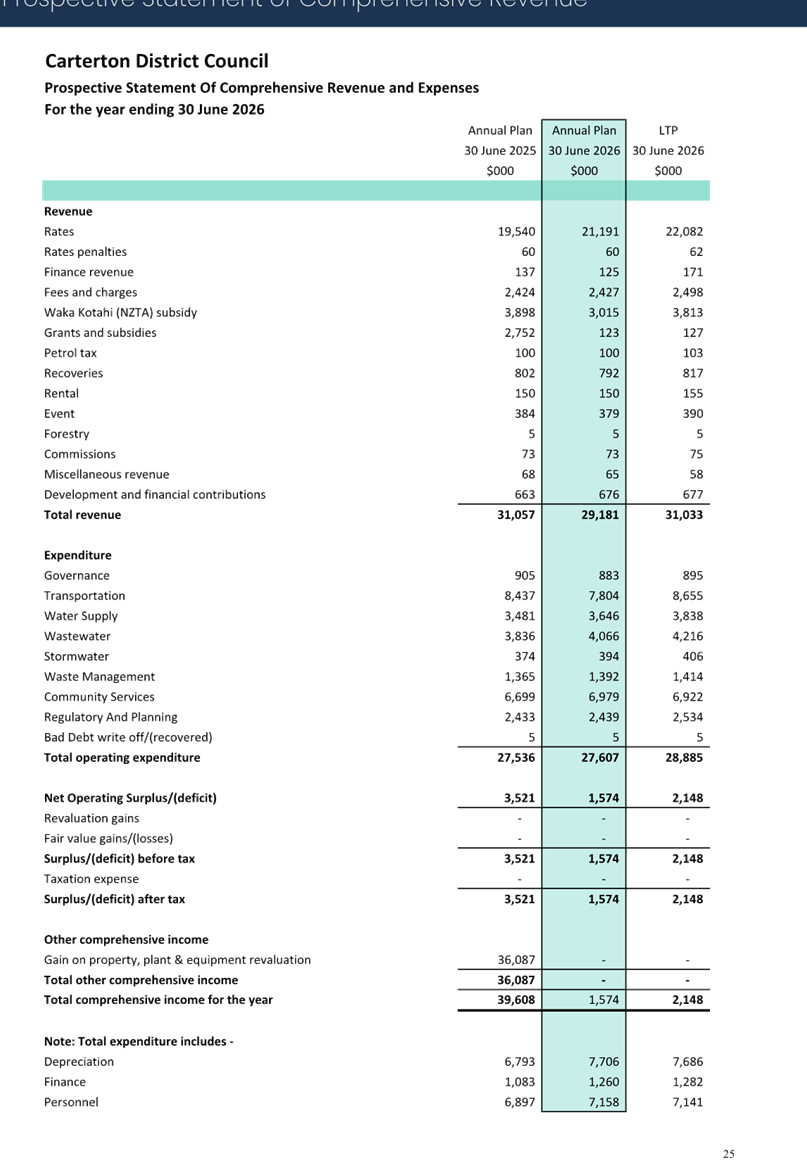
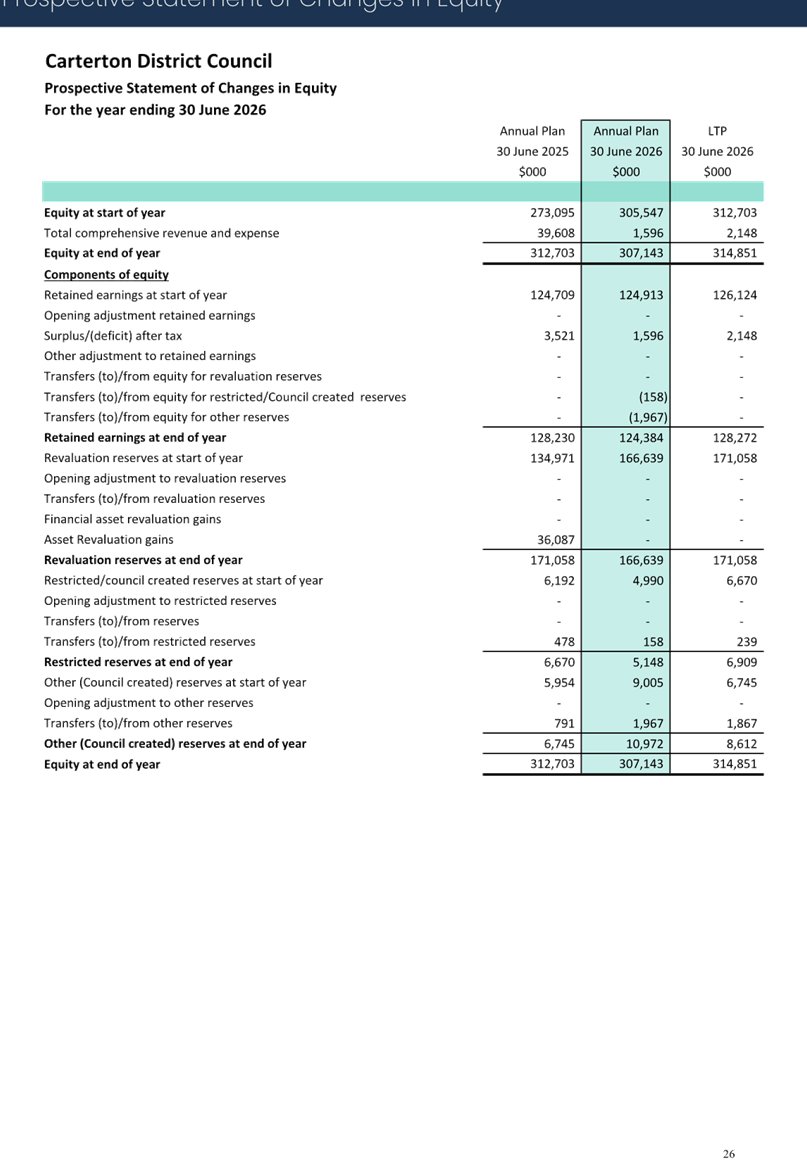
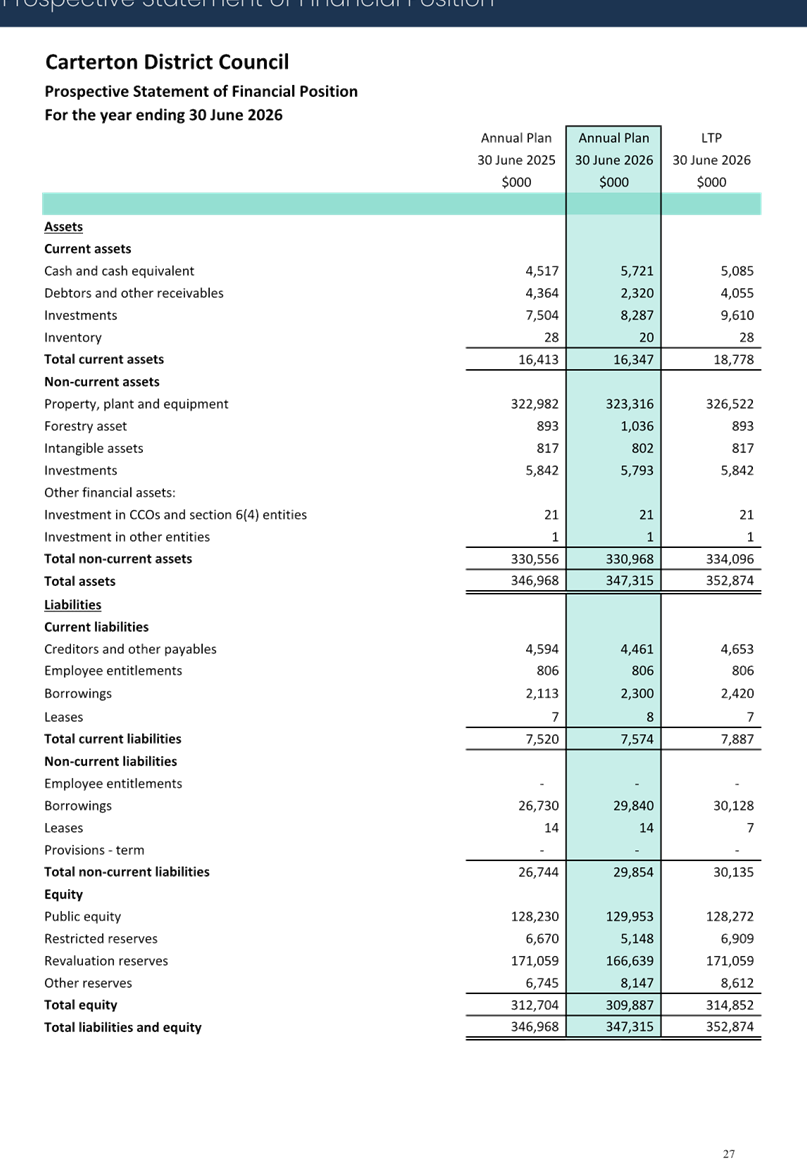
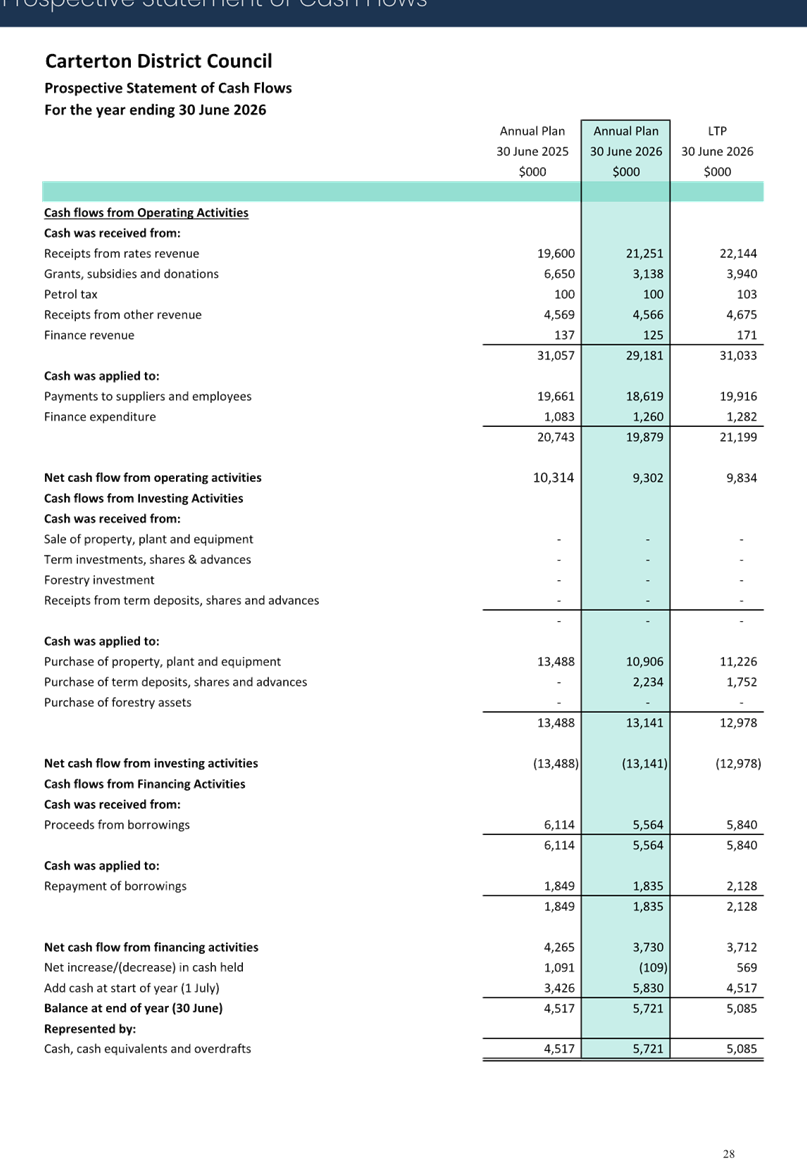
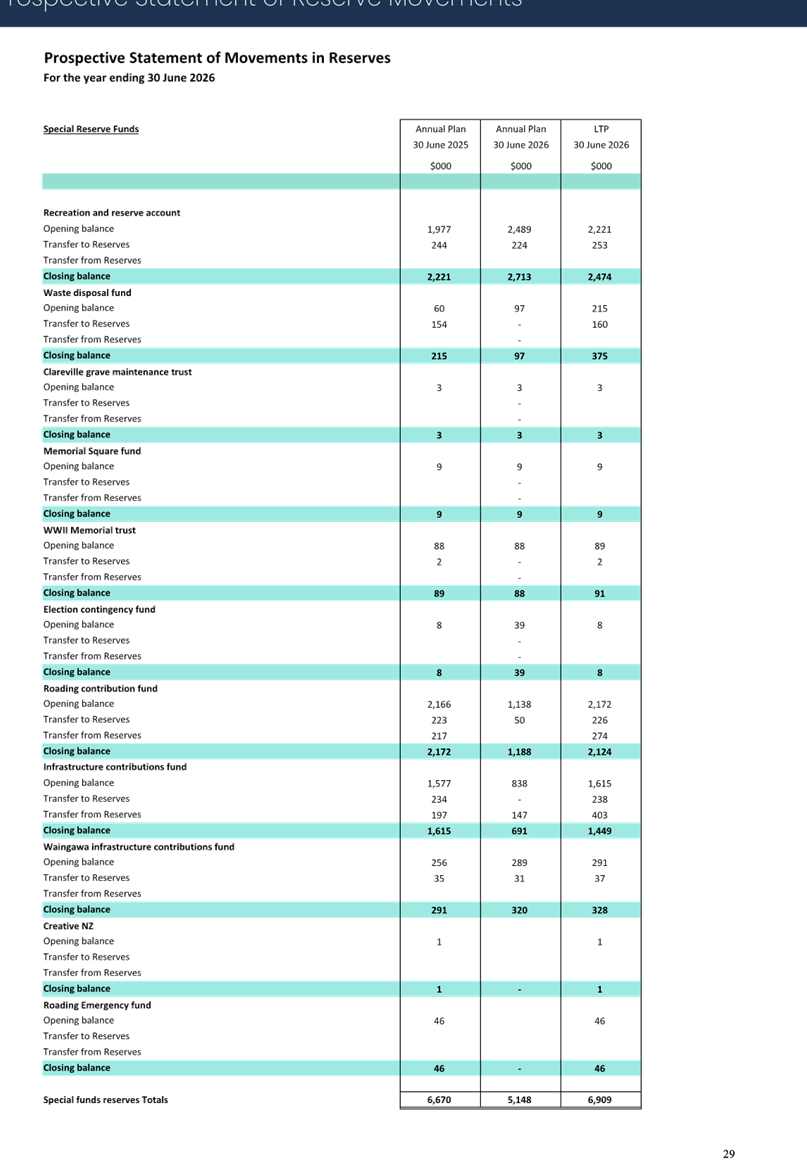



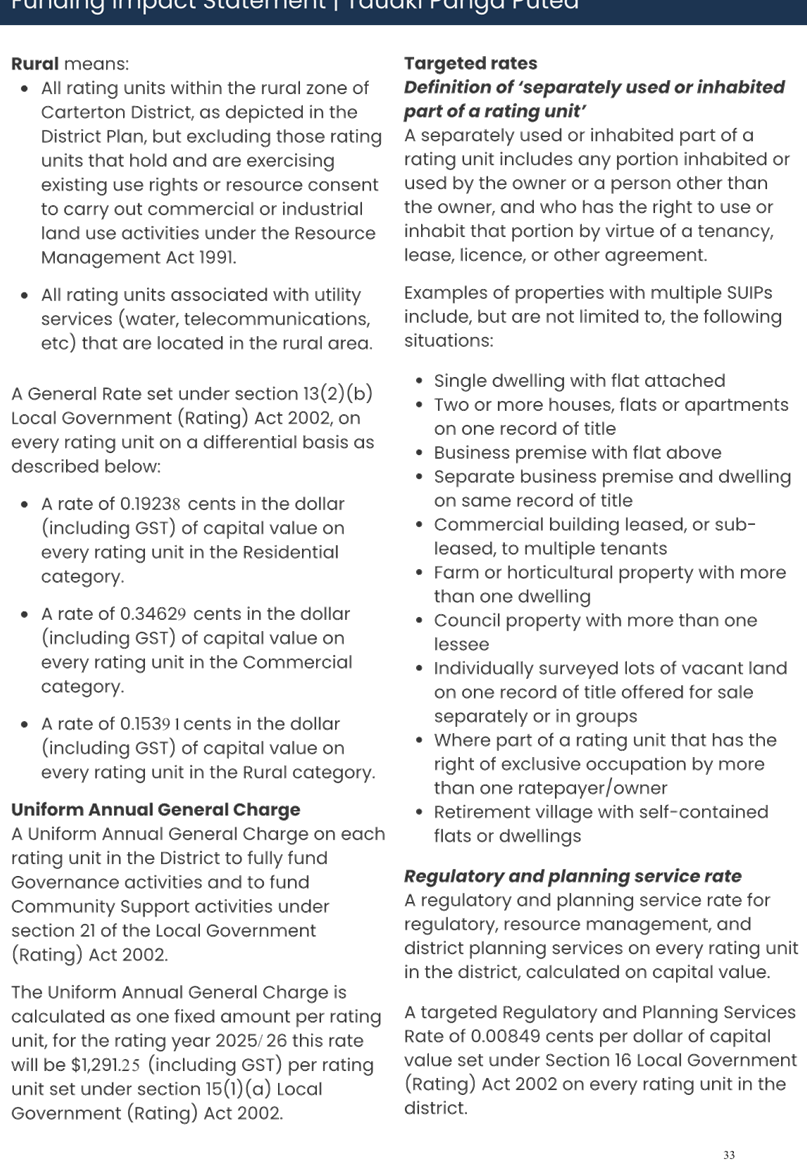
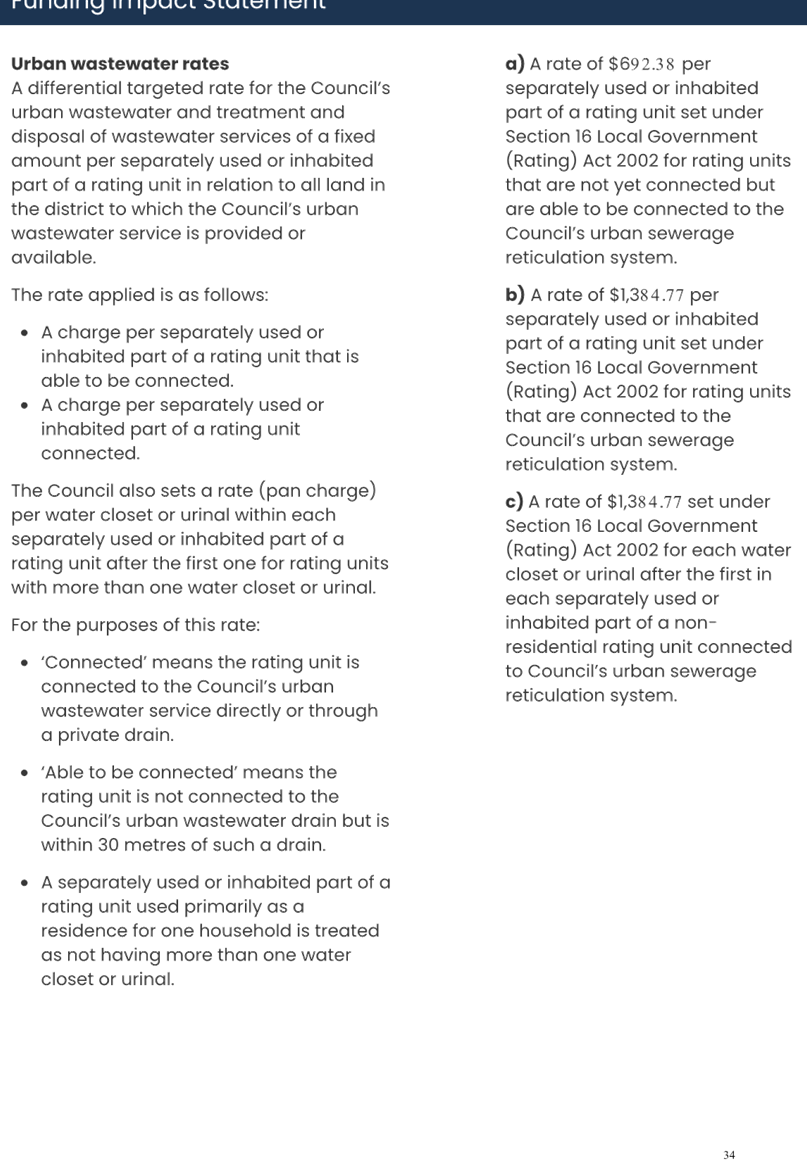
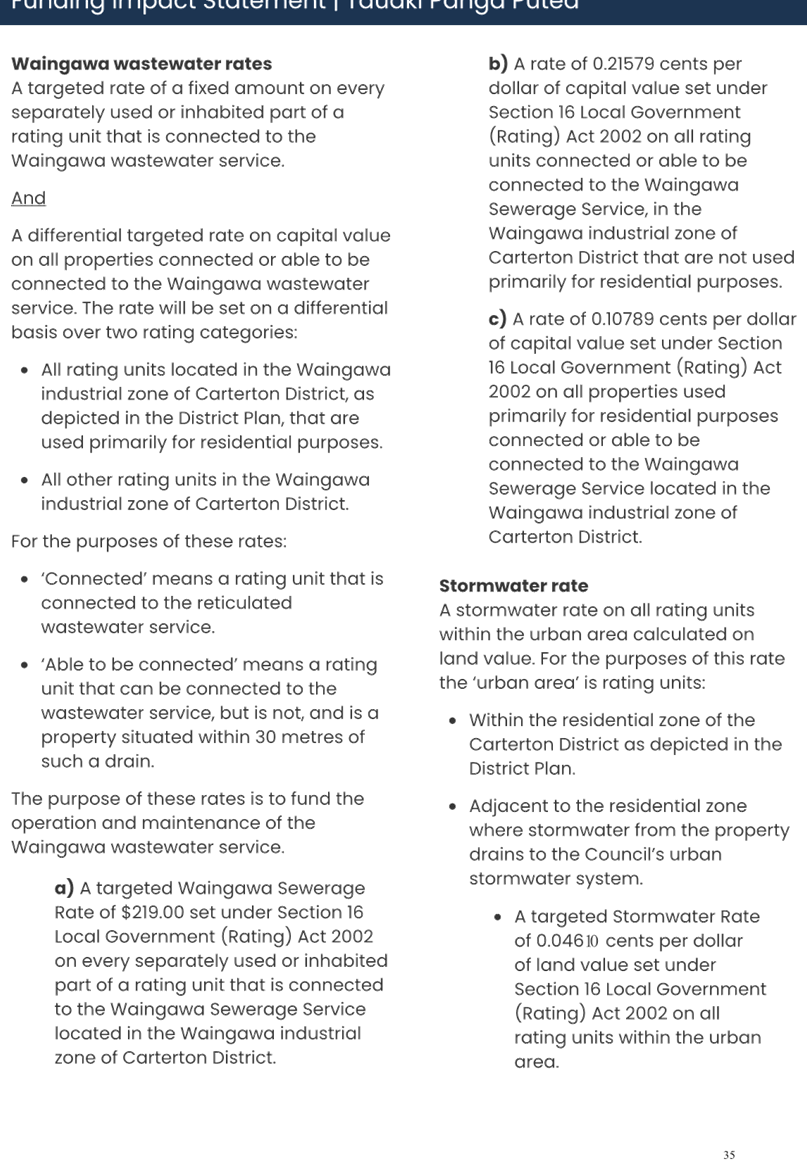
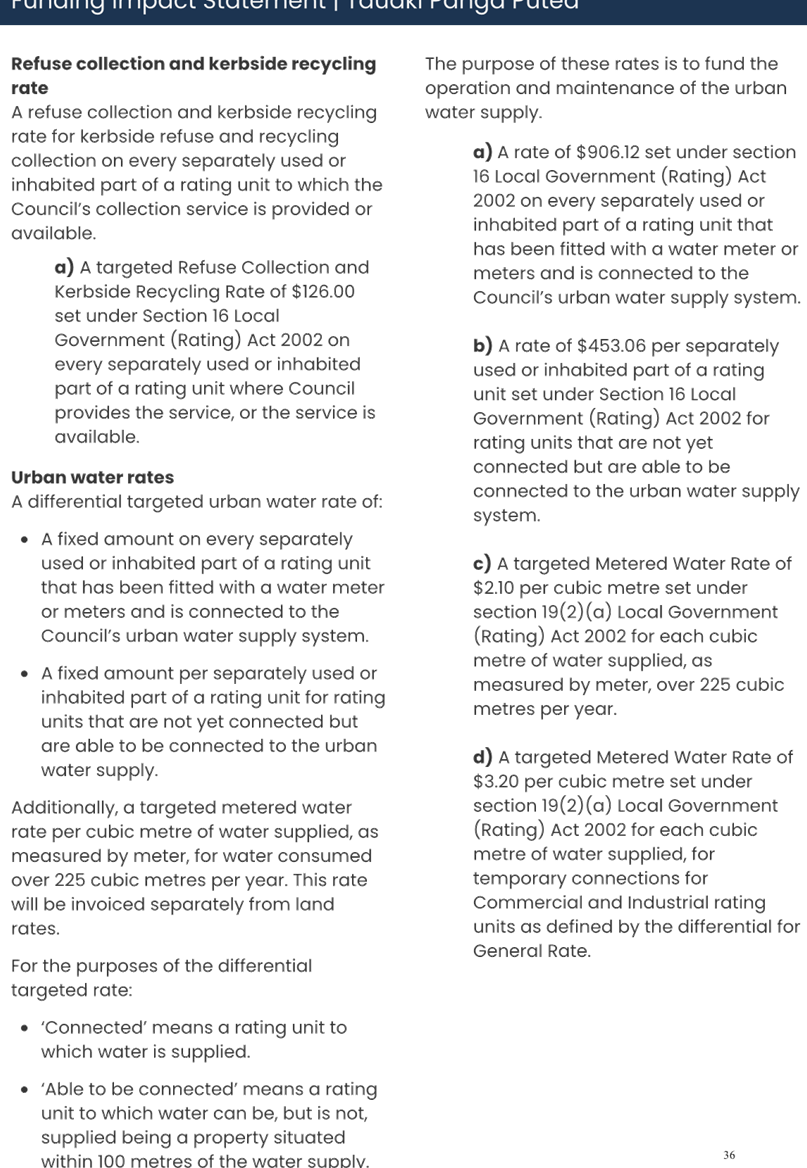
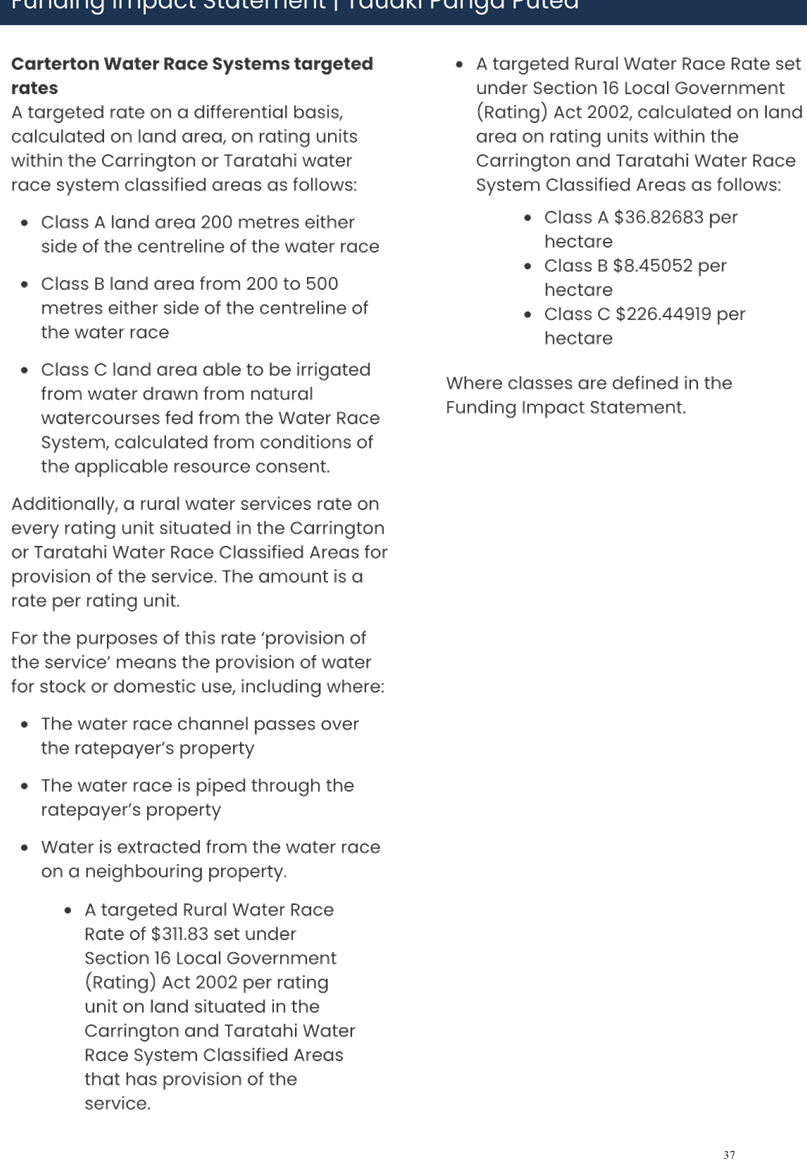
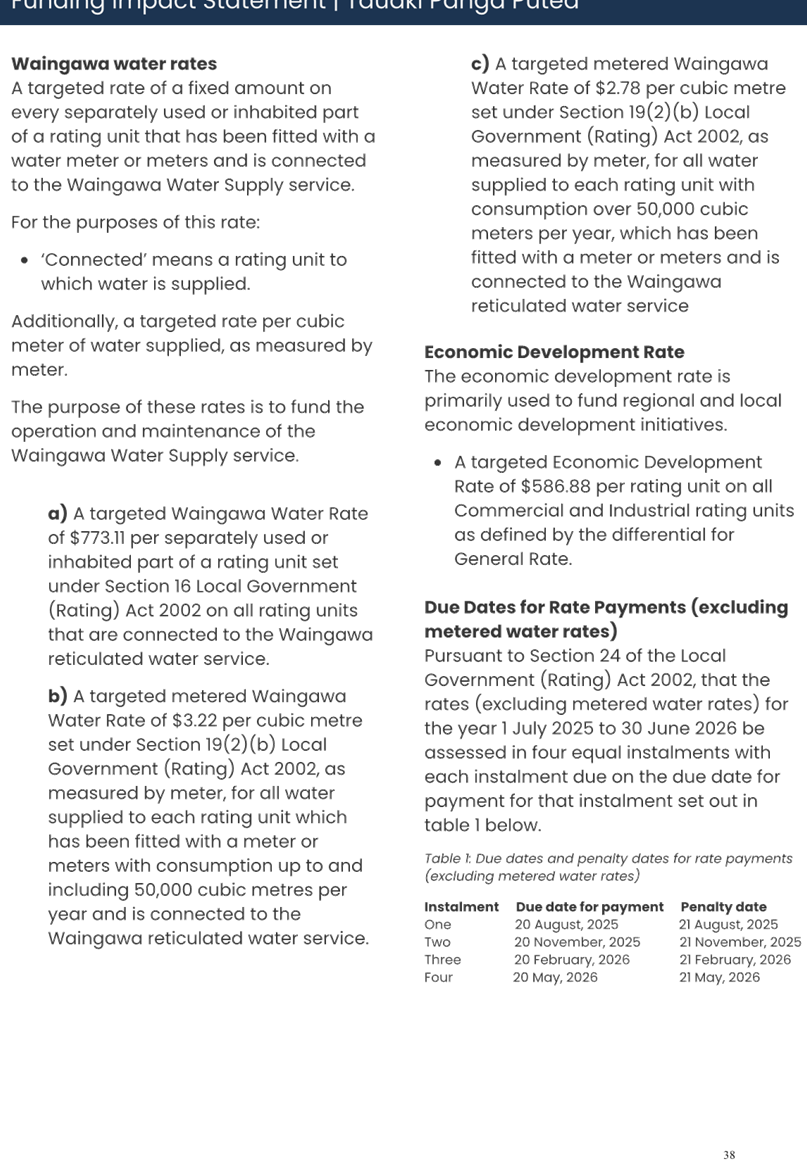

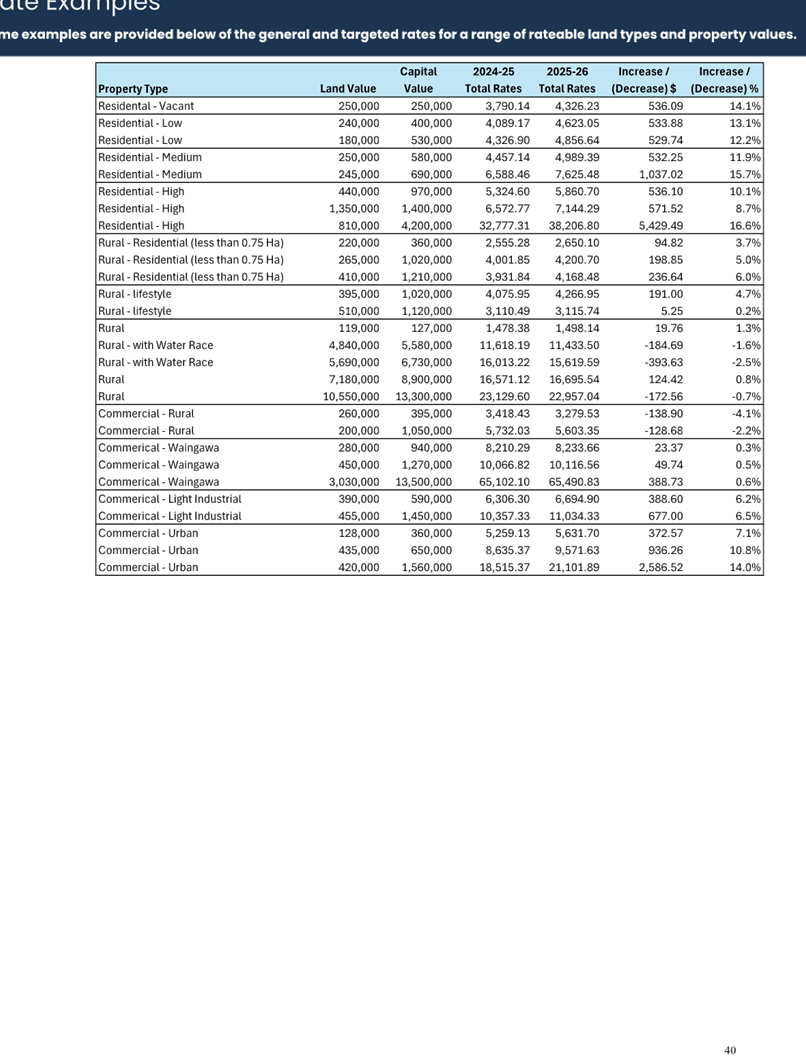
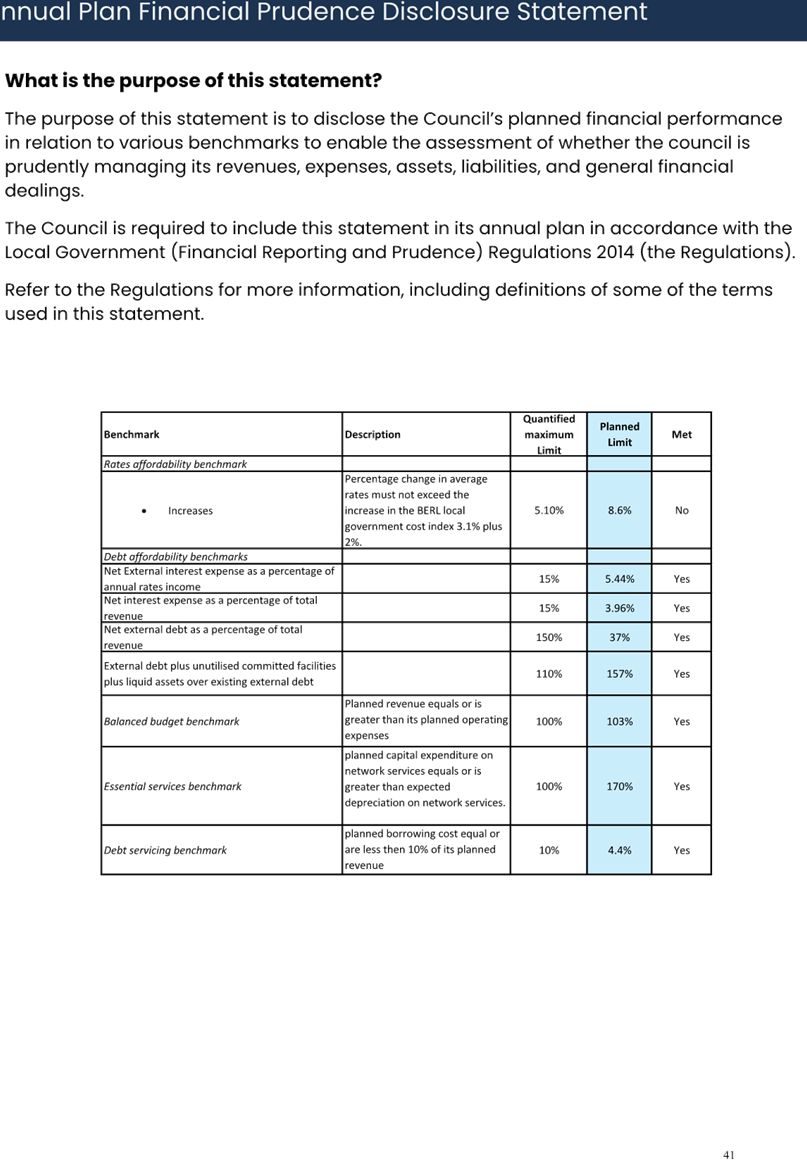
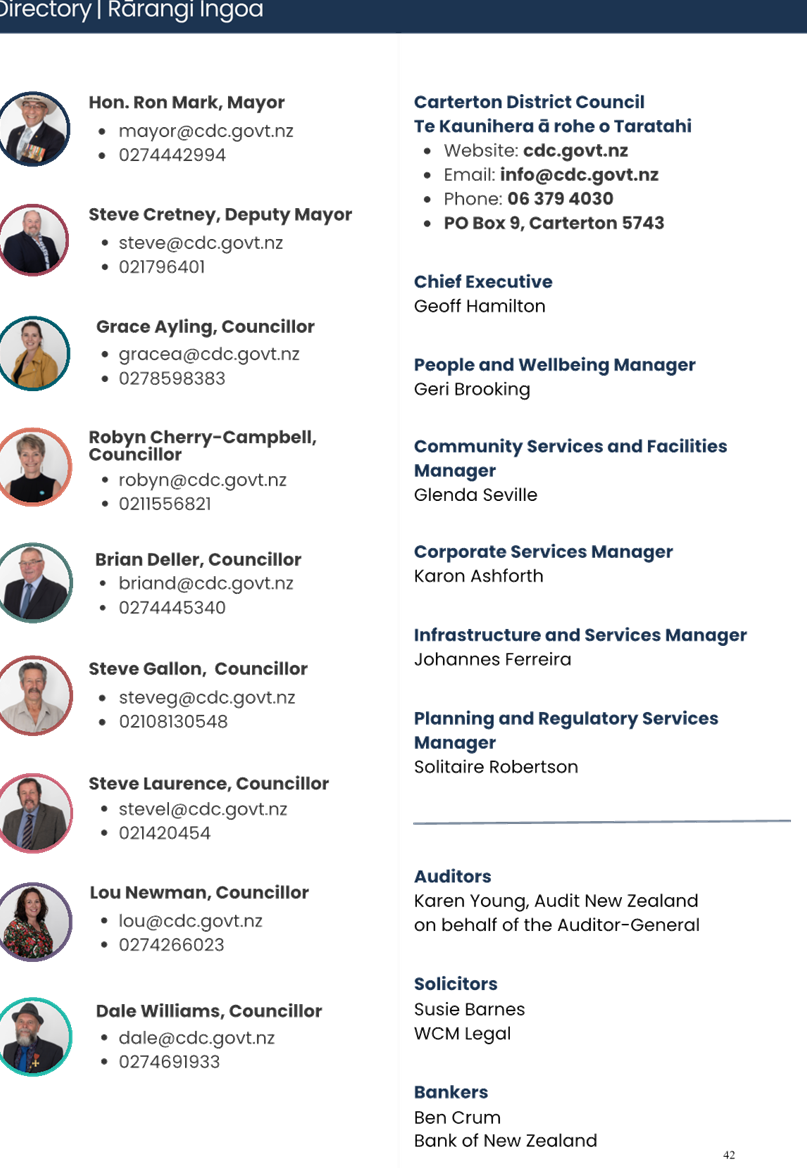

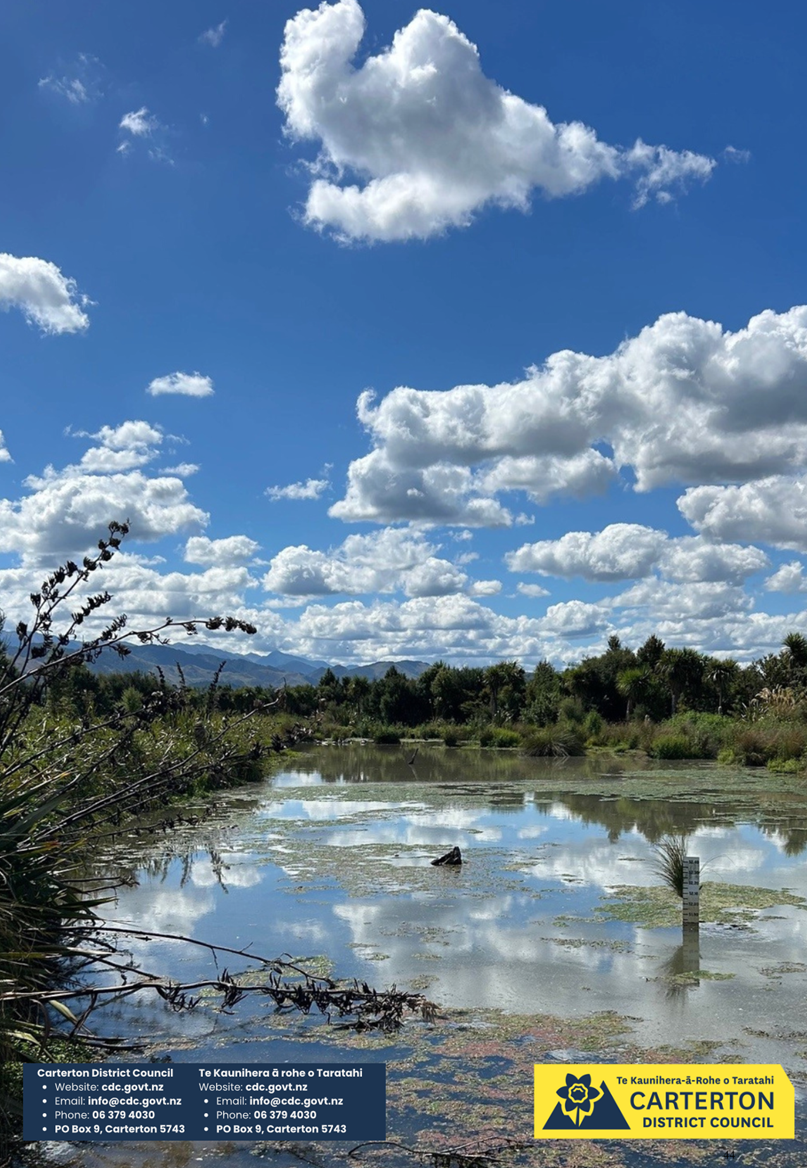
|
Ordinary
Council Meeting Agenda
|
14
May 2025
|

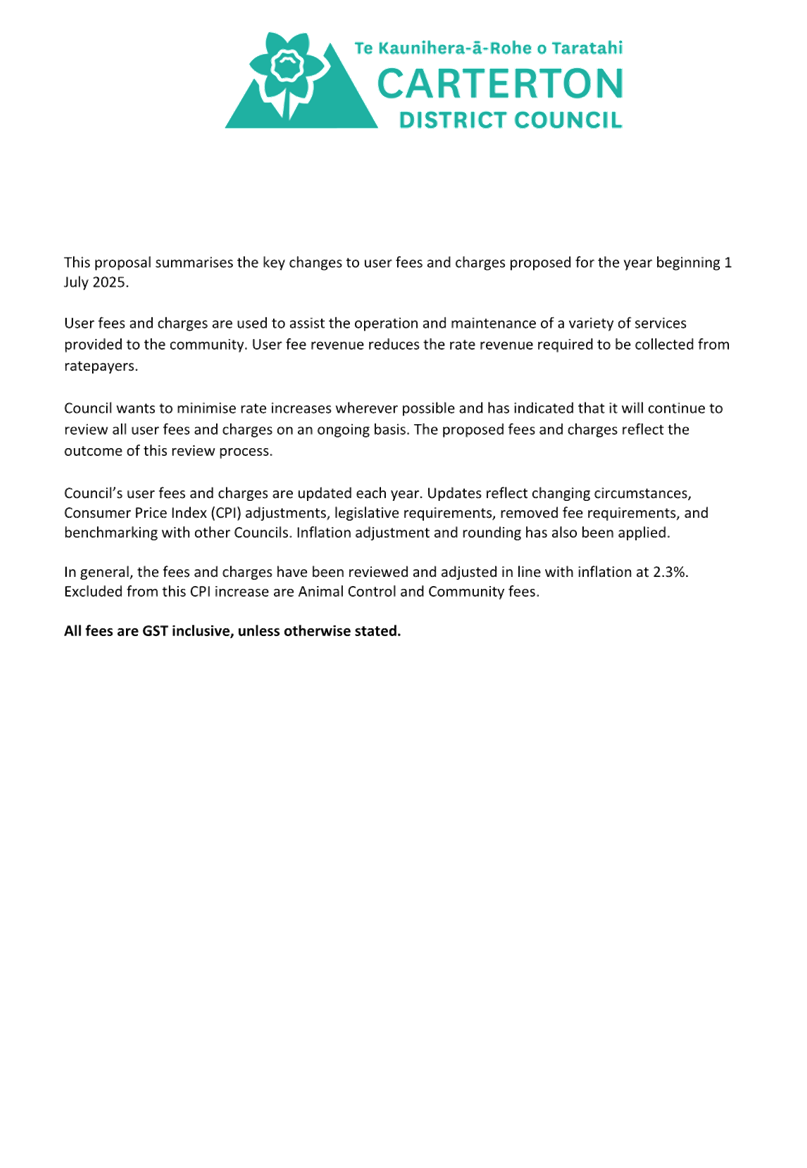
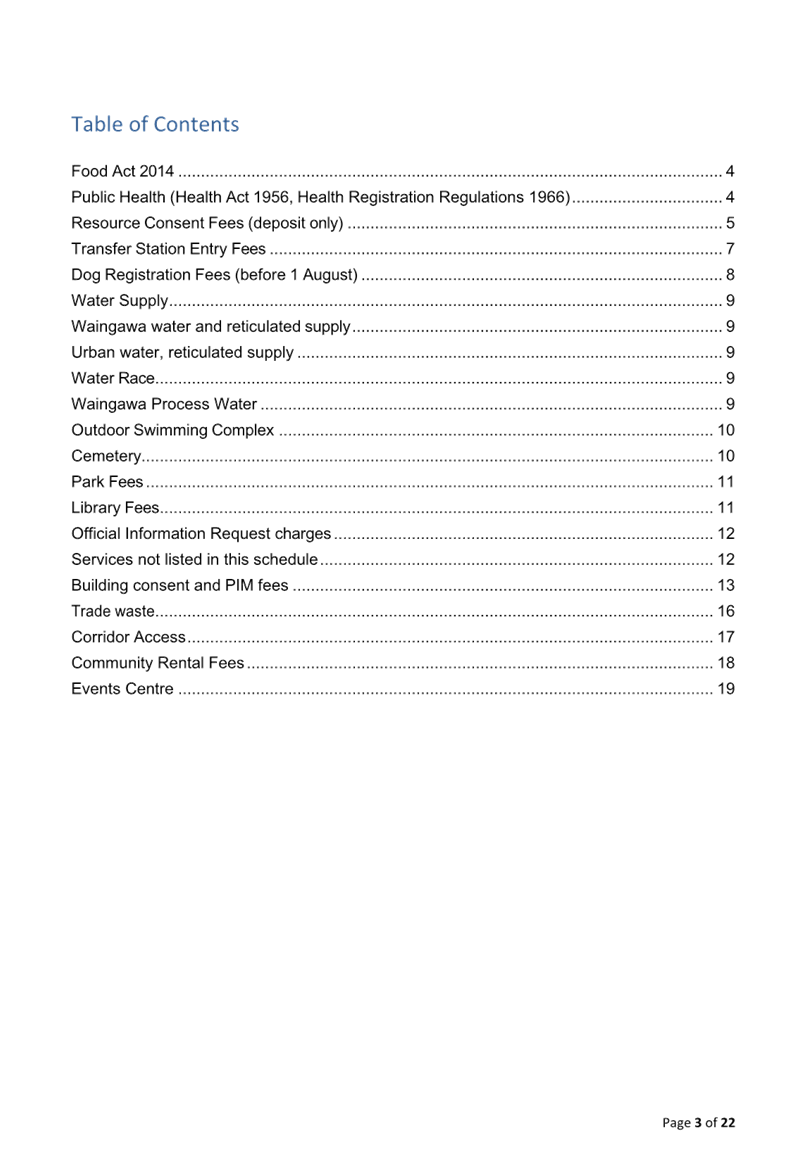

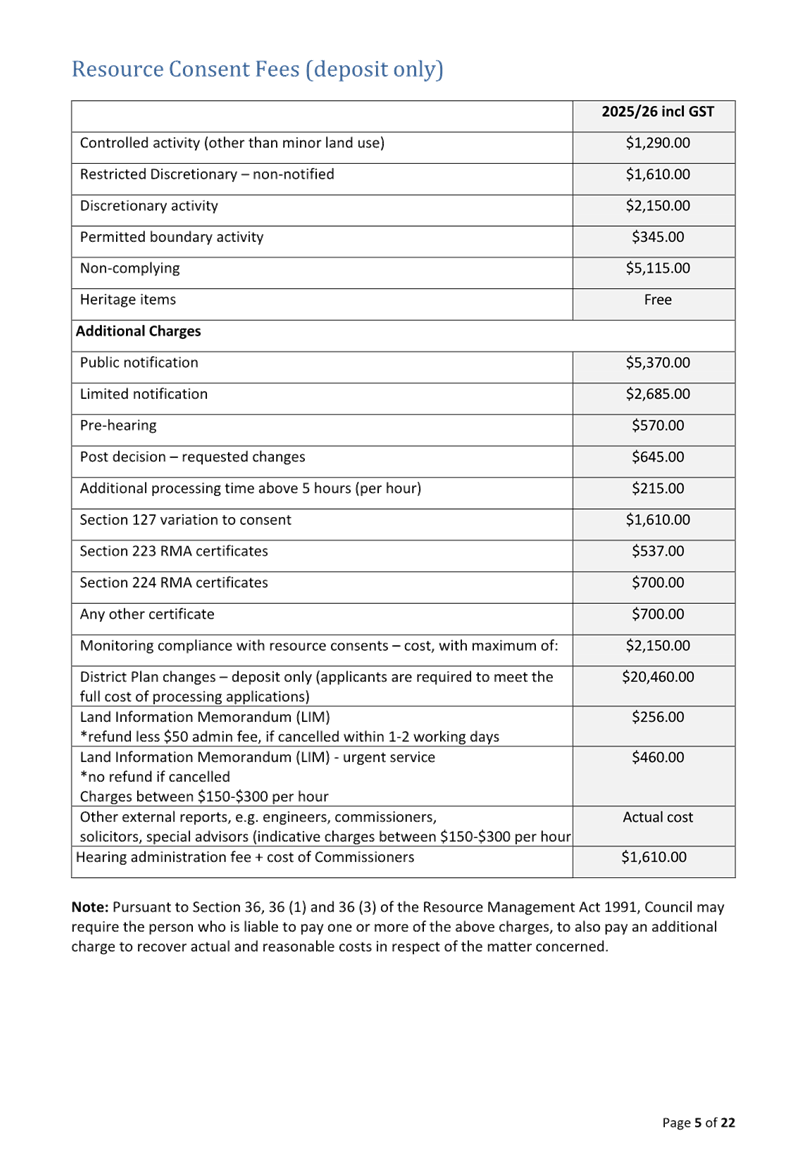
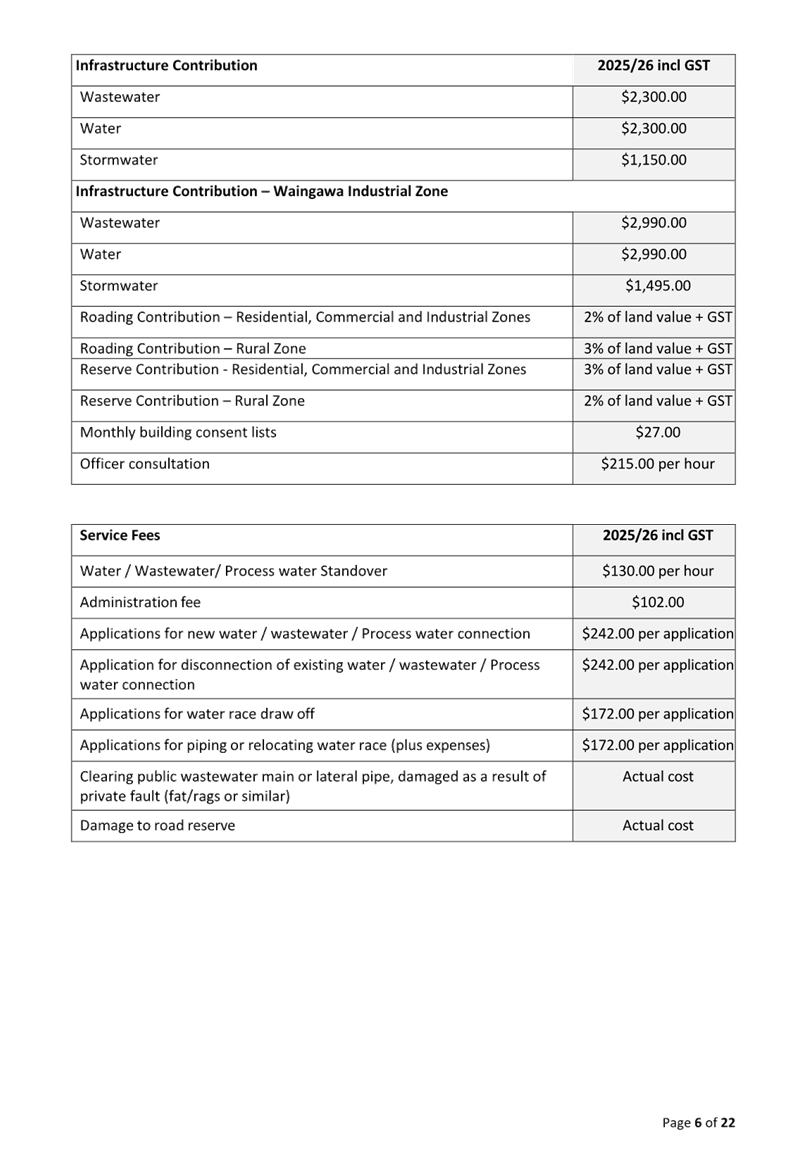
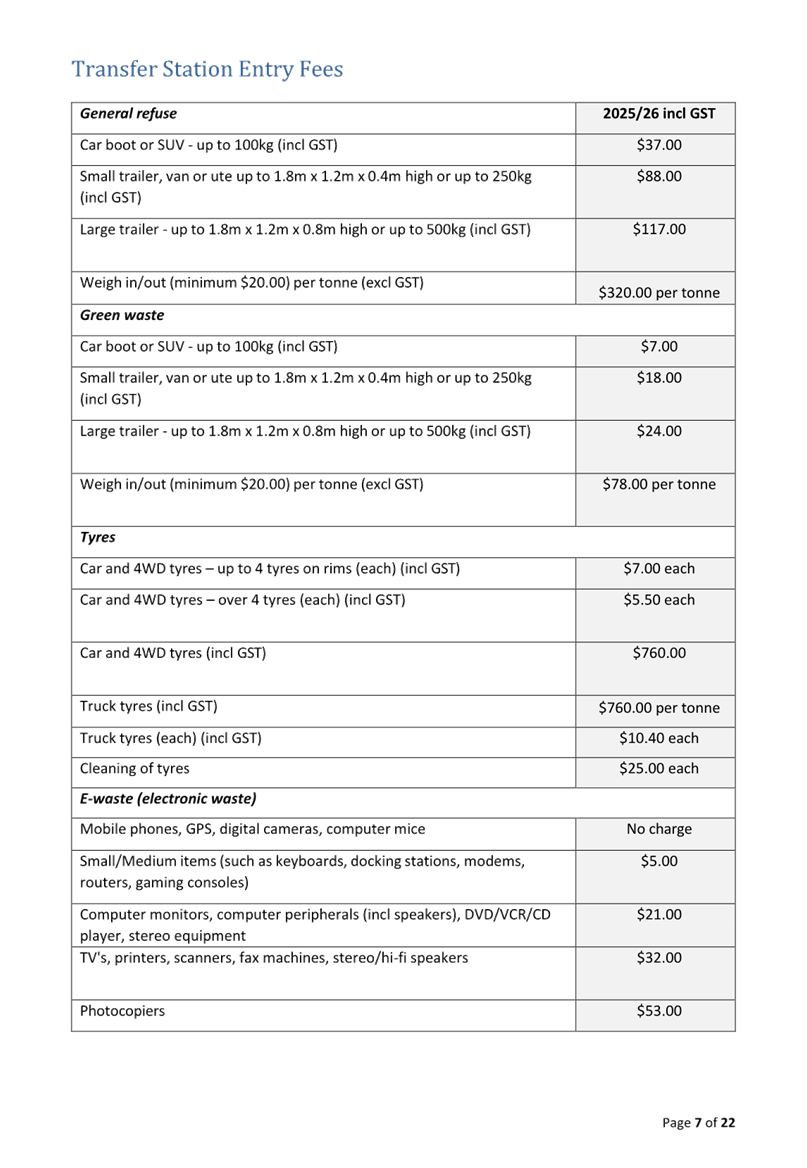
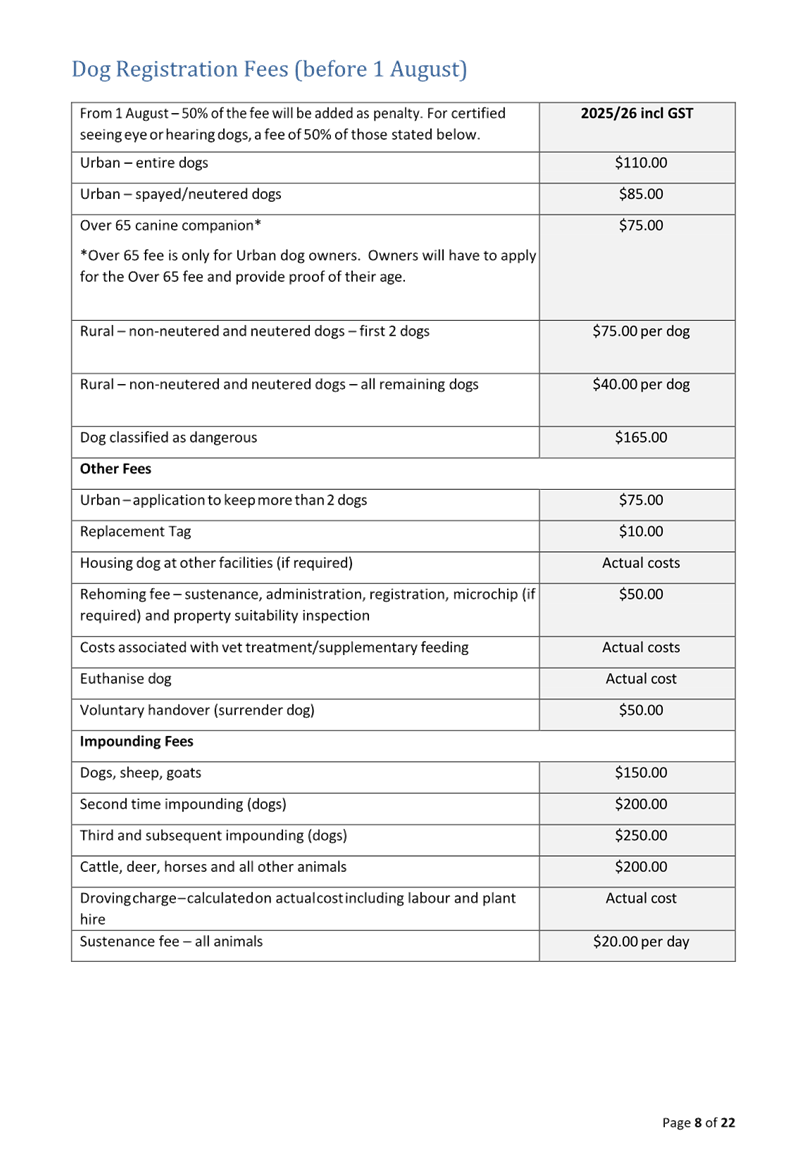
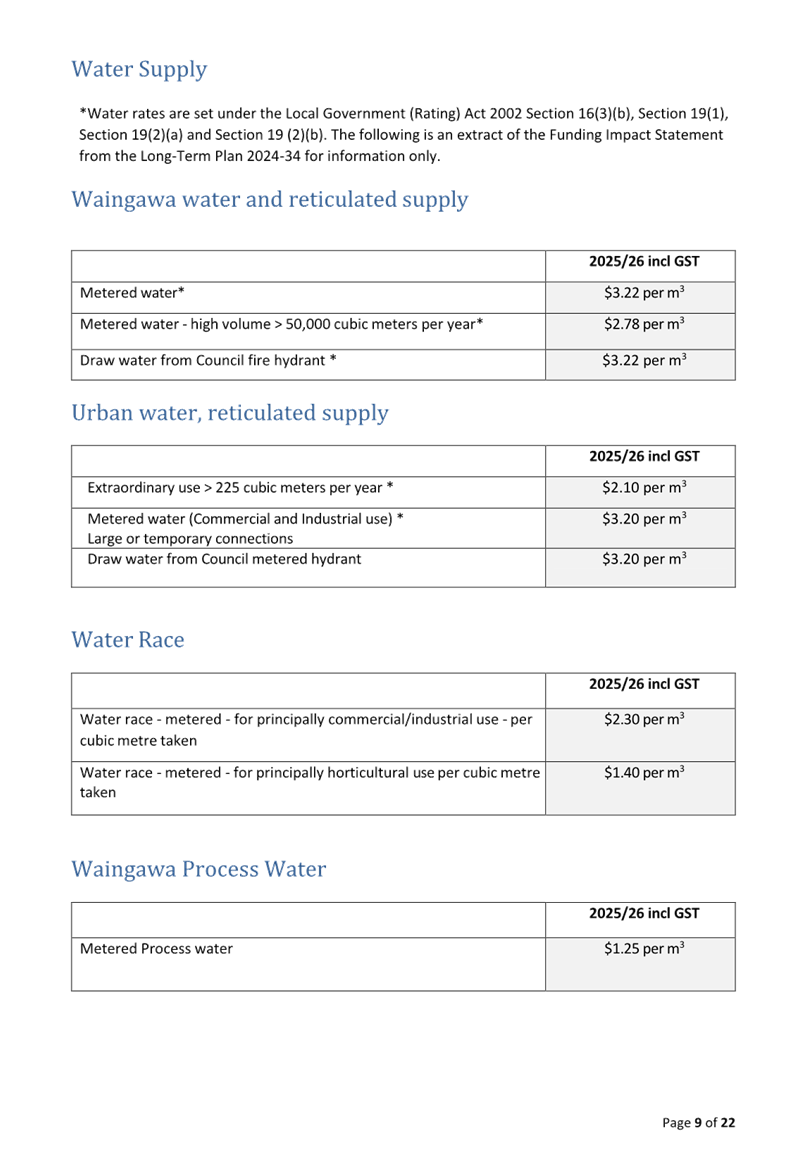
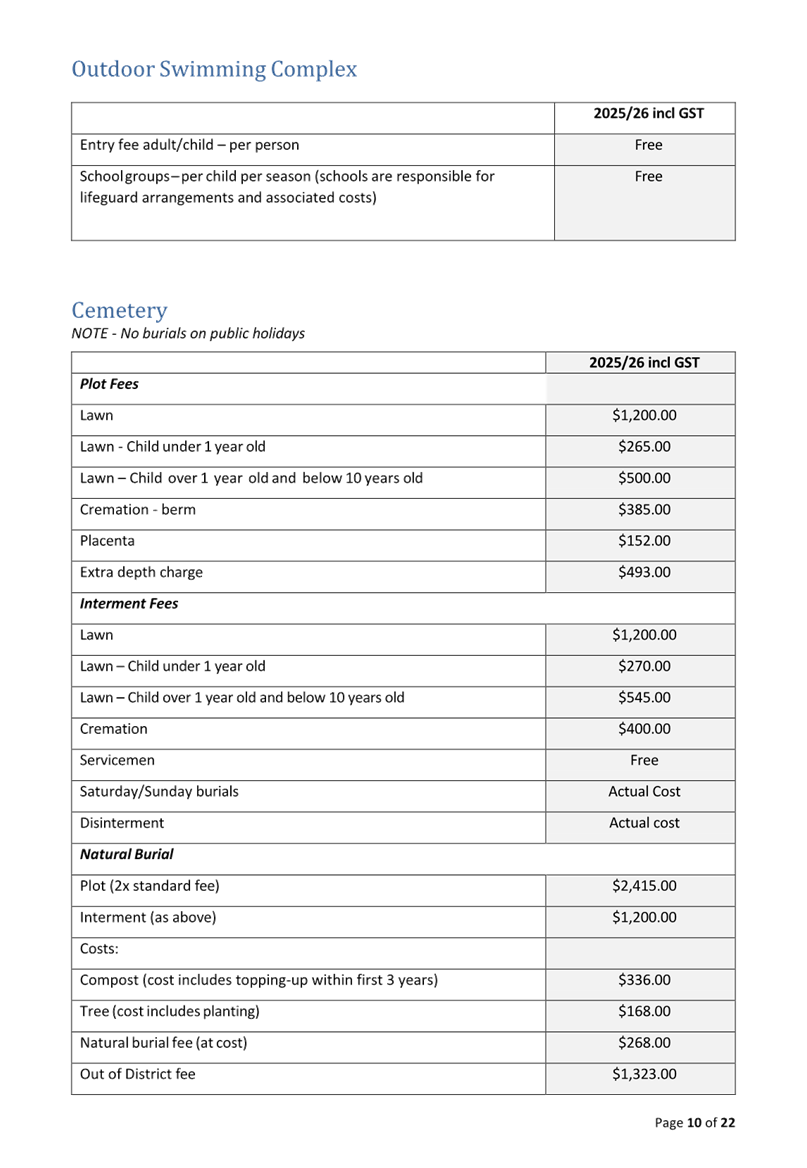
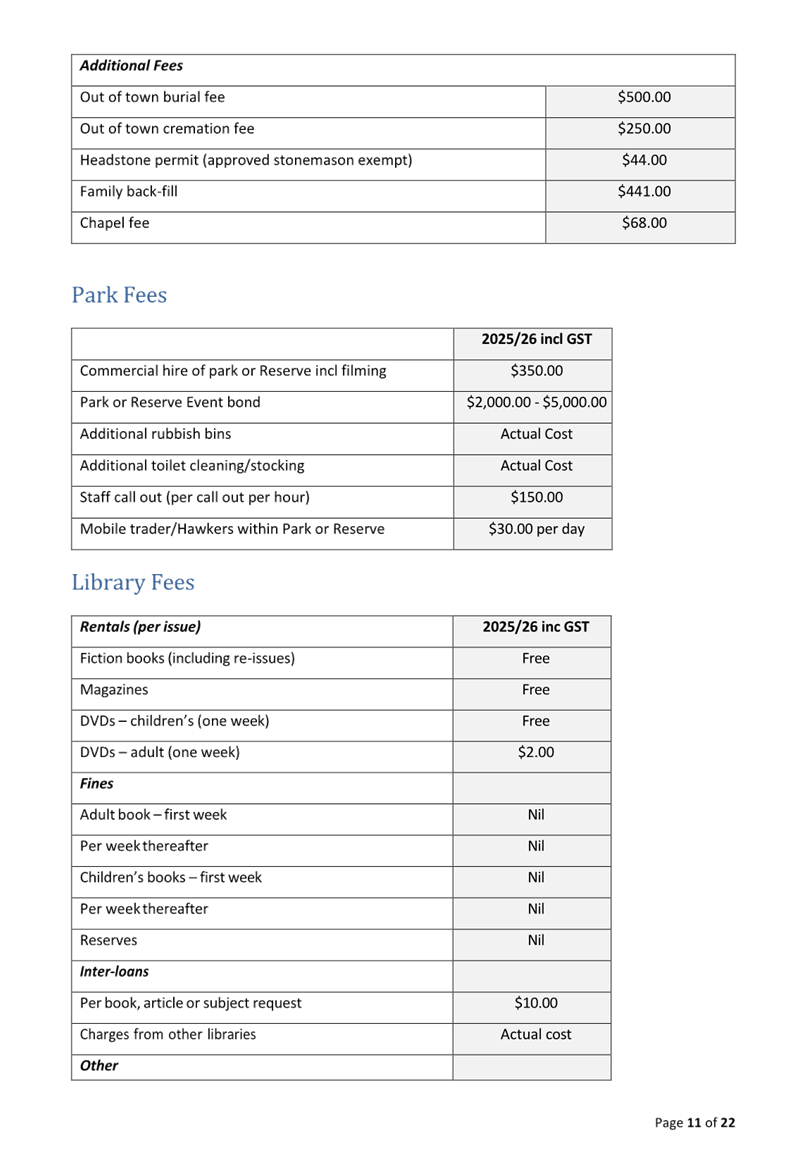
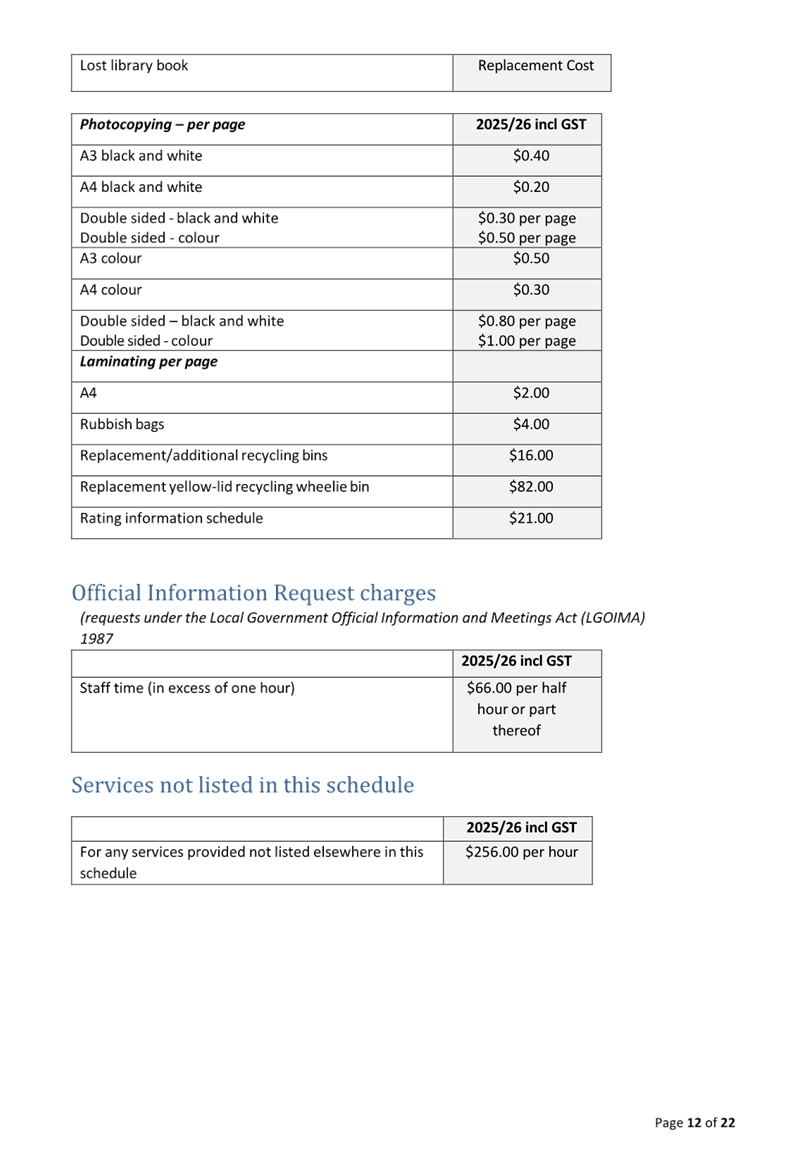
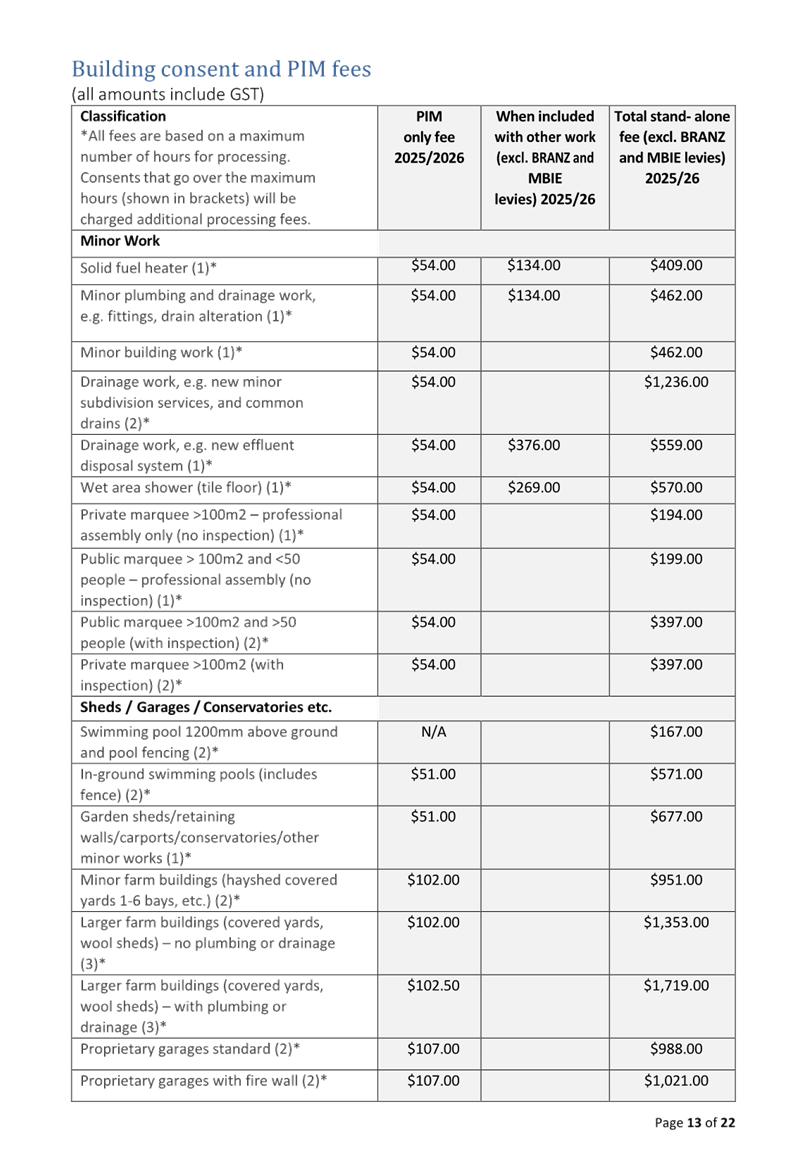
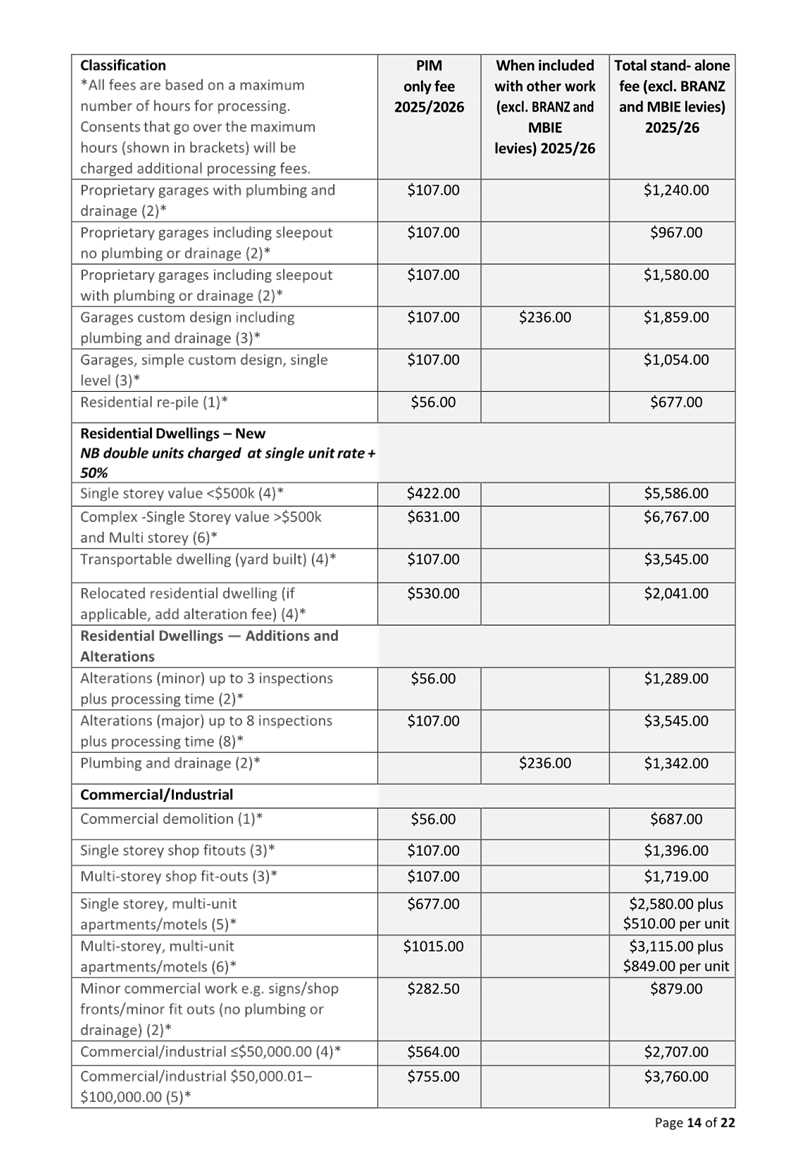
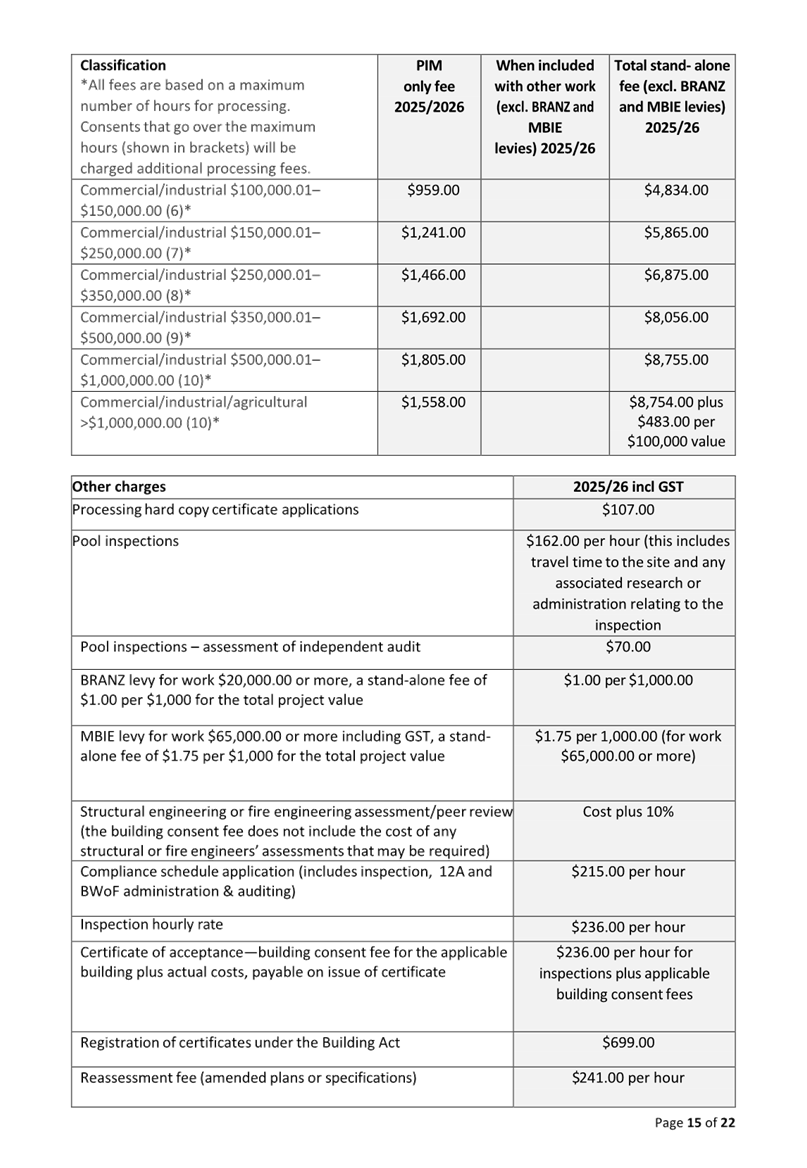

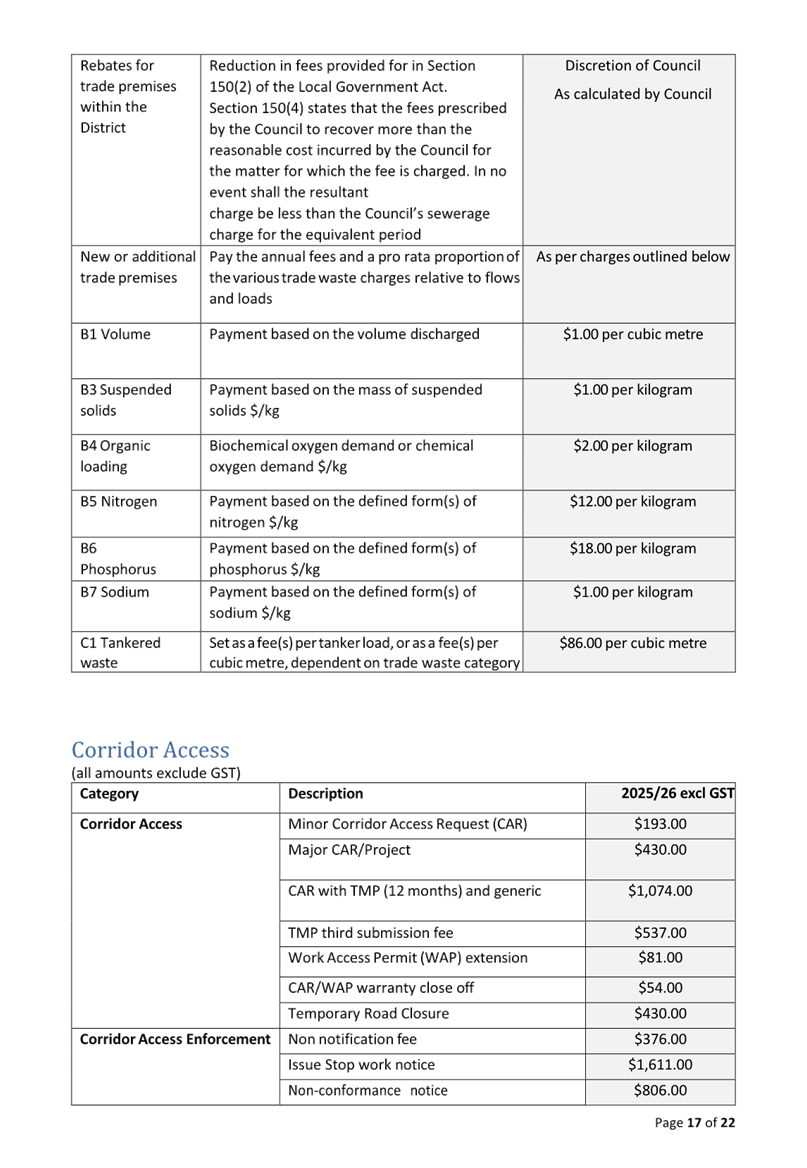


|
Ordinary
Council Meeting Agenda
|
14
May 2025
|

8.6 Setting
Rates for 2025-26
1. Purpose
For Council to
consider the setting of rates for the 2025/26 financial year.
2. Significance
In
accordance with the Council’s Significance and Engagement Policy, this
matter has been assessed as being critical to the financial management of the
Council and has taken into account the views of the community by conducting a
special consultative process required for the adoption of the Long-Term Plan
that has informed the rates setting report.
3. INTRODUCTION
This report is the
final step in the process of being able to set the rates for the 2025/26
financial year following the adoption of the 2024-2034 Long-Term Plan. The
rates included in the report are part of the Funding Impact Statement that is
included in the in the 2025/26 Annual Plan.
The rating system
comprises general and targeted rates, and specific charges such as the uniform
annual general charge and excess water meterage charges.
Approach to Rating
Rates are set and
assessed under the Local Government (Rating) Act 2002 on rating units.
Some rates are assessed on the value of the land and improvements, or the value
of the land alone, as supplied by Quotable Value New Zealand Limited. The current
rating valuation is dated 1 September 2023 and is effective from 1 July 2024.
These are reviewed every three years.
The objectives of the
council’s rating policy are to:
· Spread the
incidence of rates as fairly as possible
· Be consistent in
charging rates
· Ensure all ratepayers
pay their fair share for council services
· Provide the income
needs to meet the council’s goals.
The Carterton District
Council’s rating system provides for all user charges and other income to
be taken into account first, with the rates providing the balance needed to
meet council’s objectives.
4. RISK
Assessment
Setting
of the rates is a requirement of the LGA and the Section 23 of Local Government
(Rating) Act 2002. Council is required to set the rates in accordance with the
Act to ensure they are lawful and can be collected from ratepayers. The nature
of the resolution recommended to Council is aligned with legal advice.
5. OPTIONS
ANALYSIS
Option
1
Pursuant
to Section 23(1) of the Local Government (Rating) Act 2002, the Council
resolves to set the rates, due dates and penalties regime for the 2025/26 year.
Option
2
Council
resolves to not set the rates, due dates and penalties regime for the 2025/26
year and to give Officers guidance on which amendments are needed. An amended
timeframe related to setting of rates would be required. Any amendments
are likely to result in changes to the Long-Term Plan 2024-34, which will
require further review from Office of the Auditor General.
Setting
of rates is key for the service provision and the financial management and
funding of Council. Following the consideration and adoption of the Long-Term
Plan 2024 -2034, this allows the Council to collect the rates required to
deliver the service of Council for 2025/26. Not setting the rates would put
Council at financial risk.
Recommended
Option
This
report recommends Option 1 – that Council resolve to set the rates in
accordance with the 2025/26 Annual Plan.
6. Next
steps
Following
the setting of Rates, Council Officers will set the rates within the Council
rating system and following 1 July 2025, the first rates assessment will be
sent to ratepayers in July 2025.
7. Recommendation
That the Council:
Receives
the report:
Pursuant to Sections 23, 24 and 57 of the Local Government
(Rating) Act 2002, resolves to set the rates, due dates and penalties
regime for the 2025/26 financial year as follows:
All rate amounts stated are GST inclusive.
(a) General rate
A general rate on the capital value of each rating unit in
the district.
The general rate is set on a differential basis over three
rating categories as follows:
|
General rates – differential factor
|
|
|
Residential
|
1.0
|
|
Commercial
|
1.8
|
|
Rural
|
0.8
|
Where –
· Residential means:
- all rating units used primarily for residential purposes within
the residential zone of the Carterton District as depicted in the District Plan
- all rating units located in the commercial and industrial
zones of Carterton District, as depicted in the District Plan, that are used
primarily for residential purposes
- all rating units associated with utility services (water,
telecommunications, etc.) that are located in the urban area.
· Commercial means:
- all rating units in the commercial zone of Carterton
District, including the Carterton Character Area, as depicted in the District
Plan, and all rating units outside the said commercial zone that have existing
use rights or resource consent to undertake commercial land use activities
under the Resource Management Act 1991
- all rating units in the industrial zone of Carterton
District, as depicted in the District Plan, and all rating units outside the
said industrial zone that have existing use rights or resource consent to carry
out industrial land use activities under the Resource Management Act 1991.
- Excludes any rating units used primarily for residential
purposes
- Includes any rating units within the rural zone of
Carterton District, as depicted in the District Plan, holding or exercising
existing use rights or resource consent to carry out commercial or industrial
land use activities under the Resource Management Act 1991
· Rural means:
- all rating units within the rural zone of Carterton
District, as depicted in the District Plan, but excluding those rating units
that hold and are exercising existing use rights or resource consent to carry
out commercial or industrial land use activities under the Resource Management
Act 1991
- all rating units associated with utility services (water,
telecommunications, etc) that are located in the rural area.
A General Rate set under section 13(2)(b)
Local Government (Rating) Act 2002, on every rating unit on a differential
basis as described below:
• a
rate of 0.19238 cents in the dollar (including GST) of capital value on every
rating unit in the Residential category
• a
rate of 0.34629 cents in the dollar (including GST) of capital value on every
rating unit in the Commercial category
• a
rate of 0.15391 cents in the dollar (including GST) of capital value on every
rating unit in the Rural category
(b) Uniform Annual
General Charge
A Uniform Annual General Charge on
each rating unit in the District to fully fund Governance activities and to
fund Community Support activities within the maximum possible under section 21
of the Local Government (Rating) Act 2002.
The
Uniform Annual General Charge is calculated as one fixed amount per rating
unit, for the rating year 2025/26 this rate will be $1,291.25 (including GST)
per rating unit set under section 15(1)(a) Local Government (Rating) Act 2002.
(c ) Targeted
rates
Regulatory and planning service rate
A regulatory and planning service rate for regulatory,
resource management, and district planning services on every rating unit in the
district, calculated on capital value.
A targeted Regulatory and Planning Services Rate of 0.00849
cents per dollar of capital value set under Section 16 Local Government
(Rating) Act 2002 on every rating unit in the district.
Urban
wastewater rates
A differential targeted rate for the Council’s urban wastewater
and treatment and disposal of wastewater services of a fixed amount per
separately used or inhabited part of a rating unit in relation to all land in
the district to which the Council’s urban wastewater service is provided
or available.
The rate applied is as follows:
· A charge per separately used or inhabited part of a rating
unit that is able to be connected
· A charge per separately used or inhabited part of a rating
unit connected
The Council also sets a rate (pan charge) per water closet or urinal
within each separately used or inhabited part of a rating unit after the first
one for rating units with more than one water closet or urinal.
For the purposes of this rate:
· ‘Connected’ means the rating unit is connected
to the Council’s urban wastewater service directly or through a private
drain.
· ‘Able to be connected’ means the rating unit is
not connected to the Council’s urban wastewater drain but is within 30
metres of such a drain.
· A separately used or inhabited part of a rating unit used
primarily as a residence for one household is treated as not having more than
one water closet or urinal.
a. A
rate of $692.38 per separately used or inhabited part of a rating unit set
under Section 16 Local Government (Rating) Act 2002 for rating units that are
not yet connected but are able to be connected to the Council’s urban
sewerage reticulation system.
b. a
rate of $1,384.77 per separately used or inhabited part of a rating unit set
under Section 16 Local Government (Rating) Act 2002 for rating units that are
connected to the Council’s urban sewerage reticulation system.
c. a
rate of $1,384.77 set under Section 16 Local Government (Rating) Act 2002 for
each water closet or urinal after the first in each separately used or
inhabited part of a non-residential rating unit connected to Council’s
urban sewerage reticulation system.
Waingawa wastewater rates
A targeted rate of a fixed amount on every separately used
or inhabited part of a rating unit that is connected to the Waingawa wastewater
service.
And
A differential targeted rate on capital value on all
properties connected or able to be connected to the Waingawa wastewater
service. The rate will be set on a differential basis over two rating
categories:
· All rating units located in the Waingawa industrial zone of
Carterton District, as depicted in the District Plan, that are used primarily
for residential purposes
· All other rating units in the Waingawa industrial zone of
Carterton District.
For the purposes of these rates:
· ‘Connected’ means a rating unit that is
connected to the reticulated wastewater service.
· ‘Able to be connected’ means a rating unit that
can be connected to the wastewater service, but it not, and is a property
situated within 30 metres of such a drain.
The purpose of these rates is to fund the operation and maintenance of
the Waingawa wastewater service.
a) a
targeted Waingawa Sewerage Rate of $219.00 set under Section 16 Local
Government (Rating) Act 2002 on every separately used or inhabited part of a
rating unit that is connected to the Waingawa Sewerage Service located in the
Waingawa industrial zone of Carterton District,
b) a
rate of 0.21579 cents per dollar of capital value set under Section 16 Local
Government (Rating) Act 2002 on all rating units connected or able to be
connected to the Waingawa Sewerage Service, in the Waingawa industrial zone of
Carterton District that are not used primarily for residential purposes,
c) a
rate of 0.10789 cents per dollar of capital value set under Section 16 Local
Government (Rating) Act 2002 on all properties used primarily for residential
purposes connected or able to be connected to the Waingawa Sewerage Service
located in the Waingawa industrial zone of Carterton District.
Stormwater rate
A stormwater rate on all rating units within the urban area calculated
on land value. For the purposes of this rate the ‘urban area’ is
rating units:
· Within the residential zone of the Carterton District as
depicted in the District Plan,
· Adjacent to the residential zone where stormwater from the
property drains to the Council’s urban stormwater system.
o a
targeted Stormwater Rate of 0.04610 cents per dollar of land value set under
Section 16 Local Government (Rating) Act 2002 on all rating units within the
urban area.
Refuse collection and kerbside recycling rate
A refuse collection and kerbside recycling rate for
kerbside refuse and recycling collection on every separately used or inhabited
part of a rating unit to which the Council’s collection service is
provided or available.
(a) a
targeted Refuse Collection and Kerbside Recycling Rate of $126.00 set under
Section 16 Local Government (Rating) Act 2002 on every separately used or
inhabited part of a rating unit where Council provides the service, or the
service is available.
Urban water rates
A differential targeted urban water rate of:
· a fixed amount on every separately used or inhabited part
of a rating unit that has been fitted with a water meter or meters and is
connected to the Council’s urban water supply system.
· of a fixed amount per separately used or inhabited part of
a rating unit for rating units that are not yet connected but are able to be
connected to the urban water supply.
Additionally, a targeted metered water rate per cubic metre
of water supplied, as measured by meter, for water consumed over 225 cubic
metres per year. This rate will be invoiced separately from land rates.
For the purposes of the
differential targeted rate:
· ‘Connected’ means a rating unit to which water
is supplied,
· ‘Able to be connected’ means a rating unit to
which water can be, but is not, supplied being a property situated within 100
metres of the water supply.
The purpose of these rates to fund the operation and maintenance of the
urban water supply.
(a) a
rate of $906.12 set under section 16 Local Government (Rating) Act 2002 on
every separately used or inhabited part of a rating unit that has been fitted
with a water meter or meters and is connected to the Council’s urban
water supply system,
(b) a
rate of $453.06 per separately used or inhabited part of a rating unit set
under Section 16 Local Government (Rating) Act 2002 for rating units that are
not yet connected but are able to be connected to the urban water supply
system,
(c) a
targeted Metered Water Rate of $2.10 per cubic metre set under section 19(2)(a)
Local Government (Rating) Act 2002 for each cubic metre of water supplied, as
measured by meter, over 225 cubic metres per year.
(d) A
targeted Metered Water Rate of $3.20 per cubic metre set under section 19(2)(a)
Local Government (Rating) Act 2002 for each cubic metre of water supplied, for
temporary connections for Commercial and Industrial rating units as defined by
the differential for General Rate.
Carterton Water Race
Systems targeted rates
A targeted rate on a differential basis, calculated on land
area, on rating units within the Carrington or Taratahi water race system
classified areas as follows:
· Class A land area 200 metres either
side of the centreline of the water race
· Class B land area from 200 to 500
metres either side of the centreline of the water race
· Class C land area able to be
irrigated from water drawn from natural watercourses fed from the Water Race
System, calculated from conditions of the applicable resource consent.
A rural water services rate on every rating unit situated
in the Carrington or Taratahi Water Race Classified Areas for provision of the
service. The amount is a rate per rating unit. For the purposes of this rate
‘provision of the service’ means the provision of water for stock
or domestic use, including where:
· The water race channel passes over the ratepayer’s
property
· The water race is piped through the ratepayer’s
property
· Water is extracted from the water race on a neighbouring
property.
o a
targeted Rural Water Race Rate of $311.83 set under Section 16 Local Government
(Rating) Act 2002 per rating unit on land situated in the Carrington and
Taratahi Water Race System Classified Areas that has provision of the service.
o a
targeted Rural Water Race Rate set under Section 16 Local Government (Rating)
Act 2002, calculated on land area on rating units within the Carrington and
Taratahi Water Race System Classified Areas as follows:
• Class
A $36.82683 per
hectare
• Class
B $ 8.45052
per hectare
• Class
C $226.44919 per
hectare
where
classes are defined in the Funding Impact Statement.
A metered Water Race rate for principally
commercial / industrial use – per cubic metre taken - $2.30 per m3.
A metered Water Race rate for principally
horticultural use per cubic metre taken - $1.40 per m3.
Waingawa Process Water – a metered
Process water rate per cubic metre taken - $1.25 per m3.
Waingawa
water rates
A
targeted rate of a fixed amount on every separately used or inhabited part of a
rating unit that has been fitted with a water meter or meters and is connected
to the Waingawa Water Supply service.
For the purposes of this
rate:
· ‘Connected’ means a rating unit to which water
is supplied.
Additionally,
a targeted rate per cubic meter of water supplied, as measured by meter. This
rate will be invoiced separately from other rates.
The purpose of these rates
is to fund the operation and maintenance of the Waingawa Water Supply service.
(a) a
targeted Waingawa Water Rate of $773.11 per separately used or inhabited part
of a rating unit set under Section 16 Local Government (Rating) Act 2002 on all
rating units that are connected to the Waingawa reticulated water service.
(b) a
targeted metered Waingawa Water Rate of $3.22 per cubic metre set under Section
19(2)(b) Local Government (Rating) Act 2002, as measured by meter, for all
water supplied to each rating unit which has been fitted with a meter or meters
with consumption up to and including 50,000 cubic metres per year and is
connected to the Waingawa reticulated water service.
(c) a
targeted metered Waingawa Water Rate of $2.78 per cubic metre set under Section
19(2)(b) Local Government (Rating) Act 2002, as measured by meter, for all
water supplied to each rating unit with consumption over 50,000 cubic meters
per year, which has been fitted with a meter or meters and is connected to the
Waingawa reticulated water service.
Economic
Development Rate
The
economic development rate is primarily used to fund regional and local economic
development initiatives.
· a targeted Economic Development Rate of
$586.88 per rating unit on all Commercial and Industrial rating units as
defined by the differential for General Rate.
(d) Due
Dates for Rate Payments (excluding metered water rates)
Pursuant
to Section 24 of the Local Government (Rating) Act 2002, that the rates
(excluding metered water rates) for the year 1 July 2025 to 30 June 2026 be
assessed in four equal instalments with each instalment due on the due date for
payment for that instalment set out in table 1 below.
Table 1: due
dates and penalty dates for rate payments (excluding metered water rates)
|
Instalment
|
Due date for payment
|
Penalty date
|
|
One
|
20 August 2025
|
21 August 2025
|
|
Two
|
20 November 2025
|
21 November 2025
|
|
Three
|
20 February 2026
|
21 February 2026
|
|
Four
|
20 May 2026
|
21 May 2026
|
(e) Due
Dates for Metered Water Rate Payments
Pursuant to Section 24 of the Local
Government (Rating) Act 2002, that the due dates for metered water rates are as
set out in the table below for each reading period for the year 1 July 2025 to
30 June 2026.
Table
2: due dates and penalty dates for metered water rates
|
Meters
read in
|
Due
date
|
Penalty date
|
|
September
2025
|
31
October 2025
|
1
November 2025
|
|
January
2026
|
28
February 2026
|
1
March 2026
|
|
March
2026
|
30
April 2026
|
1 May
2026
|
|
June
2026
|
31
July 2026
|
1
August 2026
|
(f) Penalty
Charges (Additional Charges on Unpaid Rates)
Pursuant to Sections 57 and 58(1)(a) of
the Local Government (Rating) Act 2002, a penalty of 10% of the amount of each
instalment of rates (except metered water rates) remaining unpaid after the
relevant due date for payment will be added on the relevant penalty date for
the instalment stated in table 1.
Targeted rates for metered water supply
will be invoiced separately from other rates. A 10% penalty will be added to
any part of the invoiced metered water rates that remain unpaid after the
relevant due date stated in table 2 as provided in Sections 57 and 58 (1)(a)
Local Government (Rating) Act 2002. The penalty will be added on the relevant
penalty date for the instalment stated in table 2.
Pursuant to Sections 57 and 58(1)(b) of
the Local Government (Rating) Act 2002, a penalty of 10% will be added on 1
July 2025 to the amount of rates assessed in previous financial years and
remaining unpaid as at 30 June 2025 excluding metered water rates.
Pursuant to Sections 57 and 58(1)(b) of
the Local Government (Rating) Act 2002, a penalty of 10% will be added on 1
August 2025 to the amount of water meter rates assessed in previous financial
years and remaining unpaid as at 31 July 2025.
File
Number: 451681
Author: Karon
Ashforth, Corporate Services Manager
Attachments: Nil
|
Ordinary
Council Meeting Agenda
|
14
May 2025
|

8.7 Dog
Control Fees for 2025/26
1. Purpose
For the Council to set
the Dog Control Fees for 2025/26.
2. Significance
The
matters for decision in this report are not considered to be of significance
under the Significance and Engagement Policy.
3. Background
The Dog Control Act
1996 (the Act) gives Council the power to set fees for the registration and
control of dogs. Section 37 of the Act states that fees shall be made by
resolution of Council and that the fees must be publicly advertised once they
are set. The Dog Control Act does not prescribe that the resolution to set fees
must be part of the Annual Plan process. The proposed fees for 2025/26 are
included in the table below. We are not proposing any increase in fees
for the upcoming year.
The proposed fees for
the 25/26 year are set out below:
|
Dog Registration
|
Current 24/25
|
Proposed 25/26
|
|
Urban – entire dogs
|
$110.00
|
$110.00
|
|
Urban – spayed/neutered dogs
|
$85.00
|
$85.00
|
|
Over 65 canine companion*
|
$75.00
|
$75.00
|
|
Rural – non-neutered and neutered
dogs – first two dogs
|
$75.00 per dog
|
$75.00 per dog
|
|
Rural – non-neutered and neutered
dogs – all remaining dogs
|
$40.00 per dog
|
$40.00 per dog
|
|
Dog classified as dangerous
|
$165.00
|
$165.00
|
|
Dog Registration
|
Current 23/24
|
Proposed 24/25
|
|
Urban application for a permit to keep
more than two dogs
|
$75.00
|
$75.00
|
|
Replacement Tag
|
$10.00
|
$10.00
|
|
Housing dog at other facilities (if
required)
|
Actual Costs
|
Actual Costs
|
|
Rehoming fee – sustenance,
administration, registration, microchip (if required) and property
suitability inspection
|
$50.00
|
$50.00
|
|
Costs associated with vet
treatment/supplementary feeding
|
Actual Costs
|
Actual Costs
|
|
Euthanise dog
|
Actual Costs
|
Actual Costs
|
|
Voluntary handover (surrender dog)
|
$50.00
|
$50.00
|
|
Impounding Fees
|
|
|
|
Dogs, sheep, goats
|
$150.00
|
$150.00
|
|
Second time impounding (dogs)
|
$200.00
|
$200.00
|
|
Third and subsequent impounding (dogs)
|
$250.00
|
$250.00
|
|
Cattle, deer, horses and all other
animals
|
$200.00
|
$200.00
|
|
Droving charge–calculated on
actual cost including labour and plant hire
|
Actual Costs
|
Actual Costs
|
|
Sustenance fee – all animals
|
$20.00 per day
|
$20.00 per day
|
4. Discussion
The Dog Control Act
1996 requires that Council to approve fees levied for dog registrations.
Section 37 provides what fees may be charged for and matters that shall be
considered prior to approving fees. Specifically, section 37(4) outlines that
Council shall have regard to the relative costs of the registration and control
of dogs. In Carterton, dog registration fees help to pay for most of our animal
services, for example:
· Dog control,
(impounding wandering dogs, investigation of dog attacks, and minimising
nuisances caused by dogs)
· Complaint response
· Operational costs
of the animal shelter
· Proactive patrols
· Administration and
maintenance of Council database including the yearly
registration process
· Dog training
advice and onsite behavioural advice
· Signage and
advertising of dog related issues
· The provision of
dog poo bags in Carterton
· Dog education
programmes in schools
· Animal control
vehicle costs
5. CONSIDERATIONS
5.1 Climate change
No issues have been identified.
5.2 Tāngata whenua
No
issues have been identified that are specific to tāngata whenua in
relation to this report.
5.3 Financial impact
The Council’s
Revenue and Financing Policy notes that dog fees are partially funded by dog
owners and partially funded by rate payers due to the distribution of benefits
between public and private goods. These fees are set based on the 70-80% private
goods and the 20-30% public goods split as per the Revenue and Financing
Policy. Recovery of exacerbator costs due to non-compliance is recovered in
full where possible.
5.4 Community Engagement requirements
The Dog Control Act
1996 (the Act) gives Council the power to set fees for the registration and
control of dogs. Section 37 of the Act states that fees shall be made by
resolution of Council and that the fees must be publicly advertised once they
are set.
5.5 Risks
No
risks have been identified.
6. Recommendation
That the Council:
1. Receives
the report.
2. Adopts
the Dog Control fees for 2025/26.
3. Gives
notice of fees for registration of dogs by public notification no less than one
month prior to the fees taking effect.
File
Number: 452454
Author: Solitaire
Robertson, Planning and Regulatory Services Manager
Attachments: Nil
|
Ordinary
Council Meeting Agenda
|
14
May 2025
|

8.8 Adoption
of the Draft Wairarapa Consolidated Bylaw and Statement of Proposal for
Consultation.
1. Purpose
The purpose of this
report is to seek Council adoption of the draft Wairarapa Consolidated Bylaw
and Statement of Proposal for consultation.
2. Significance
The
matters for decision in this report are considered to be of
‘medium’ significance under the Significance and Engagement Policy.
Therefore, a consultation and engagement process is proposed. Sections 83, 86
and 156 of the LGA sets out the consultation requirements. This requires
councils to consult using the Special Consultative Procedure by making a
statement of proposal, including draft bylaw, and report on any relevant s155
determinations available to the public. We must provide 1 month for the community
to present their views on the proposal.
3. Background
The
Masterton, Carterton and South Wairarapa District Councils (the Wairarapa
District Councils) have an existing Wairarapa Consolidated Bylaw 2019 (the
Bylaw). The Bylaw was made on 26 June 2019 and came into force on 8 July 2019.
A review is underway.
The
Wairarapa Policy Working Group (WPWG) has delegated authority to support the
review and make recommendations back to the Wairarapa District Councils.
Based
on research and stakeholder feedback, and the recommendations of the WPWG, we
consider a replacement Bylaw should be adopted.
In
reviewing the Bylaw we must consult the community using the Special
Consultative Procedure (SCP). This involves making a Statement of Proposal, and
information about how our community can have their say and present their views,
publicly available. The consultation period must run for a minimum of one
month, with a two-month period required for representation on the trade waste
bylaw.
If
adopted by the Wairarapa District Councils, consultation with the community
will take place from mid-May. The WPWG will hear submissions and undertake
deliberations in July 2025 ahead of making final recommendations to the
Wairarapa District Councils on the Bylaw in August 2025.
Discussion
The Wairarapa District
Councils share a Wairarapa Consolidated Bylaw made under sections 145 and 146
of the Local Government Act 2002 (LGA) and other relevant statutes.
Under section 145 of the LGA, a bylaw may be made to:
· protect
the public from nuisance;
· protect,
promote, and maintain public health and safety; and/or
· minimise
the potential for offensive behaviour in public places.
Section 146 of the LGA
provides councils with specific bylaw-making powers to regulate certain
activities. This includes, but is not limited to, on-site wastewater disposal
systems, trade wastes, keeping of animals, bees and poultry and trading in
public places.
Section 146 of the LGA
also provides councils with the ability to make bylaws to manage, regulate
against, or protect from damage, misuse, or loss, or for preventing the use of
land, structures, or infrastructure associated with certain infrastructure including
water supply, wastewater, cemeteries and reserves.
Other relevant statutes
also provide Council with specific bylaw-making powers that are relevant to
this Bylaw. This includes the Burial and Cremation Act 1964, Health Act 1956,
Land Transport Act 1998 and the Reserves Act 1977.
The
adoption of the Bylaw in 2019 followed a review of the Masterton and South
Wairarapa District Council Consolidated Bylaw 2012 which was first made in
2013. As part of the 2019 review, the scope of the consolidated bylaw was
expanded to include Carterton District Council and adopted as a new Wairarapa
Consolidated Bylaw. This beneficial to both community and those who
administer the bylaw as residents and visitors to the region frequently travel
between the different districts.
A copy of the current
Bylaw is available in Attachment 1 of the Review Findings Report (Attachment
3).
Review
Requirements
The procedure for and nature of a bylaw review is set out in
section 160 of the LGA. This requires councils to review a bylaw by making
determinations required by s155 of the LGA.
Section 155 of the LGA requires councils to determine whether
a bylaw is the most appropriate way of addressing the perceived problem. If a
council has determined that, it must then determine whether the proposed bylaw
is the most appropriate form of bylaw and gives rise to any implications under
the New Zealand Bill of Rights Act 1990. No bylaw may be made which is
inconsistent with the NZBORA. An assessment of these requirements is provided
later in this report.
Work to Date
In
March/April 2024, staff provided the Wairarapa District Councils with a report
on the review requirements and approach. The three councils agreed to delegate
responsibility to the WPWG to support the review and make recommendations back
to the Wairarapa District Councils.
Background
research and stakeholder engagement was undertaken throughout 2024. The WPWG
first met in May 2025. At this meeting, the WPWG were provided an overview of
the Bylaw and an opportunity to provide feedback on the perceived problems as
we had defined them. WPWG
feedback was also sought on the matters identified for further investigation,
matters propose not to progress, and any further matters for consideration as
part of the review.
The WPWG also endorsed the proposed
approach to stakeholder engagement.
A
second meeting of the WPWG was held in December 2024. The WPWG was presented with the Review Findings Report (Attachment
3) which defines the problems the Bylaw addresses, assesses the extent of the
problems and explores other strategies that could be used to address the
problems. It also discusses the advantages of and disadvantages of a
bylaw over the alternative strategies. The WPWG was also provided a draft Bylaw
for feedback prior to the Bylaw undergoing a legal review.
A legal review of the Bylaw was completed
in March 2025.
A third
meeting of the WPWG was held in March 2024. At this meeting, the WPWG was
presented with a draft Statement of Proposal and draft Bylaw following legal
review. The WPWG confirmed the material and recommended the Statement of
Proposal and draft Bylaw be adopted by the Wairarapa District Councils for
community consultation.
Analysis
and Advice
A Review Findings Report
has been prepared to help meet our review requirements and is provided as
Attachment 3. The key findings are summarised below.
Perceived Problems
We identified five broad perceived problems
the Bylaw intends to address:
1. Nuisance or public health and safety
concerns relating to use and activities in public places and on private
property,
2. Road safety or environmental issues
caused or made worse by an unregulated roading network,
3. Public safety concerns, nuisance,
damage or misuse caused or made worse by the unrestricted use of
cemeteries,
4. Public health risks, including injury,
infection and communicable diseases, caused by beauty related practices, and
5. Interference with, damage to and
misuse of the waters network (water supply, wastewater (including trade waste),
as well as public health risks.
The Review Findings
Report assesses the extent of these problems throughout Wairarapa,
incorporating the latest available data and information. It also identifies new
local problems that have arisen since 2019.
Stakeholder feedback
Stakeholders engaged in the first phase of
the review included:
· New
Zealand Police;
· Te Whatu Ora Health New Zealand (Medical Officer of Health, National
Public Health Service);
· Fire
and Emergency New Zealand;
· Greater
Wellington Regional Council;
· Iwi;
· Māori
Standing Committee of South Wairarapa District Council;
· Wellington
Water Ltd (responsible for managing and providing water services to South
Wairarapa District Council);
· Business
Wairarapa; and
· Community
and Industry Associations including Riversdale Beach Community Association,
Castlepoint Residents and Ratepayers Association and New Zealand Association of
Registered Beauty Therapists.
The
Review Findings Report summarises the key themes from stakeholder engagement.
Overall, key stakeholders advocated for:
· focused
and easy to understand bylaws,
· proactive
management of local problems,
· a
consistent approach throughout the Wairarapa,
· recognition
of cultural practices,
· working
in partnership with local businesses,
· clarification
of roles between different enforcement agencies, and
· appropriate
enforcement action to be undertaken.
Local Water Done Well – Implications for Water
Services Bylaws
In December 2023, the
Government announced a new direction for water services (drinking water,
wastewater and stormwater services) which it has called Local Water Done Well.
Local Water Done Well is being implemented in stages, each with its own piece
of legislation.
The Local Government
(Water Services Preliminary Arrangements) Act 2024 requires councils to prepare
water service delivery plans by September 2025 that identify the current state
of the councils water services and demonstrates council’s commitment to
deliver water services in a way that ensures compliance, meets drinking water
standards, is financially sustainable, and supports housing growth and urban
development.
The Wairarapa District
Councils and Tararua District Council are exploring options for future water
services delivery and consulting their communities in early 2025. The new
arrangements are expected to take effect from 1 July 2026.
The Local Government
(Water Services) Bill (the Bill) establishes enduring settings for the new
water services system. It was introduced to Parliament in December 2024.
Subparts 1 to 3 of Part 6 of this Bill provides for operational matters. This
covers a new framework for water services bylaws, including new functions and
graduated enforcement tools.
· Subpart
1 provides councils with powers to make water services bylaws, and enables the
delegation of functions or powers that relate to the administration or
enforcement of a water services bylaw to a water service provider operating in
the district. It also requires the initial and ongoing review of water services
bylaws.
· Subpart
2 covers compliance and enforcement matters, including providing for
infringement offences, compliance officers, and compliance powers.
· Subpart
3 provides for a range of offences and penalties relating to water
infrastructure and water services networks.
This Bill has
implications for Parts Nine, Ten and Eleven of the proposed bylaw. It requires
territorial authorities to complete an initial review of each water services
bylaw within two years of the Act coming into force (section 351).
As the Wairarapa
Consolidated Bylaw 2019 will expire in June 2026, these three parts have been
included in the proposed bylaw to ensure our water supply and wastewater
networks remain protected ahead of this initial review being completed.
We have structured the
proposed bylaw in a way that allows these parts to be revoked as part of the
initial review (if required) without impacting the remaining structure of the
bylaw.
Proposed Bylaw
Based on the findings of
our background research, input from key stakeholders and the recommendations of
the WPWG, we consider a replacement Bylaw should be adopted.
We propose to structure the bylaw as follows:
|
· Part
One: Introductory
· Part
Two: Public Places (including Parks and Reserves)
· Part
Three: Sale of Goods or Services in Public Places
· Part
Four: Prevention of Nuisance or Health Risk from Fire and Smoke
· Part
Five: Keeping of Animals, Poultry and Bees
|
· Part
Six: Traffic
· Part
Seven: Cemeteries and Crematorium
· Part
Eight: Beauty Therapy, Skin Piercing and Tattooing
· Part
Nine: Water Supply
· Part
Ten: Wastewater
· Part
Eleven: Trade Waste.
|
Among the key changes
from the Wairarapa Consolidated Bylaw 2019 includes proposals to:
· remove
the wheeled-recreational device prohibition in the Masterton CBD and Kuripuni
shopping area. This means people would be able to ride skateboards and scooters
in these areas (Part Two – Public Places (including Parks and Reserves)).
· introduce
requirements for businesses using footpaths and other public places for
sandwich boards and outdoor dining. This would ensure the pathways are
accessible for other users and do not create a safety risk (Part Two –
Public Places (including Parks and Reserves)).
· introduce
three mobile trading sites in Riversdale to respond to community demand and to
align with the approach for Castlepoint. This would enable mobile traders, like
food trucks, to sell goods in public in the permitted areas. We are also
proposing to remove some stall sites in the Masterton CBD due to low demand for
these sites and increased pedestrian traffic (Part Three – Sale of Goods
in Public Places).
· introduce
requirements to minimise nuisance and risk to health and safety from the
keeping of animals. This includes new requirements on the location and number
of beehives able to be kept on urban properties, and standards for the
slaughtering of stock or poultry to ensure it is done so in a way that is not
offensive to other people (Part Five – Keeping of Animals, Poultry and
Bees).
· require
businesses to seek Council permission to park their vehicles on the road for
storage in connection with or as part of their trade or business. This will
ensure there is sufficient parking available for other users. (Part Six –
Traffic).
· prohibit
vehicles from accessing the foreshore of Castlepoint Beach that runs parallel
to Jetty Road, and limit the speed of vehicles Castlepoint and Riversdale
Beaches to 10km/h. This ensures users of the beach can enjoy it safely. (Part
Six – Traffic)
· ensure
conduct at our cemeteries is appropriate. Changes are proposed to prevent
people from interrupting a funeral service or behaving in a way that creates a
nuisance or offense to others. Placing any objectionable markings on monuments
or other structures is also not allowed. (Part Seven – Cemeteries)
· exempt
practitioners undertaking Tā moko on a marae and in accordance with
tikanga Māori from the requirements of Part Eight - Beauty Therapy,
Tattooing and Skin Piercing. Tā moko is considered to be a taonga (or
cultural treasure). Article 2 of the Treaty of Waitangi protects Māori
rangatiratanga over taonga.
· better
protect the Council’s water supply and wastewater networks. This includes
proposals to require all customers in Wairarapa to contact the Wastewater
Authority (Council or their authorised agent) first if they suspect a blockage
in the wastewater drainage network. It is also proposed applications from trade
premises to discharge prohibited trade waste to the network would not be
accepted due to the harm it can cause (Part Ten – Wastewater and Part
Eleven – Trade Waste).
Further changes are
outlined in the Summary of Key Changes section in the Statement of Proposal (Attachment
1).
Alongside the key
proposals, amendments that do not change the intent have been made to all parts
to readability. This includes restructuring some parts to improve the flow,
simplifying and modernising the drafting language, defining key terms, updating
definitions to align with legislation where applicable, and updating references
to outdated legislation or documents.
Explanatory
notes have also been added throughout the Bylaw to improve understanding. These
notes do not form part of the Bylaw and may be updated or remove at any time
without any formality.
A copy of the draft Bylaw is included as Attachment 2.
Awaiting
Legal Advice for Part Nine: Water Supply
One
outstanding item, at the time of this report, is that Part Nine: Water Supply
is currently undergoing external legal review. This relates to Section 14
Estimating Consumption. Legal advice is being sought on Council’s ability
to estimate water consumption based on previous readings for the purposes of
billing if a meter is out of repair, ceases to register or is removed. Should
an update be required, an amendment to the draft Bylaw and Statement of
Proposal will be drafted and councillors will be provided a copy via Stellar
prior to publication.
Determination of whether the bylaw is appropriate
Is a bylaw the most appropriate way of addressing the
perceived problem?
Alternative
strategies for addressing the perceived problems have been considered. This
included reviewing controls in existing legislation and bylaws, other Council
plans and policies (e.g. Wairarapa Combined District Plan), and other
non-regulatory approaches such as education, signage, partnership arrangements
and voluntary guidance. Information on the perceived problems and an assessment
of the alternative strategies is available in the Review Findings Report (Attachment
3).
Wairarapa
District Councils consider a Bylaw appropriate because it provides Council a
regulatory tool and the ability to take appropriate action which is not offered
by alternative strategies. Often the Bylaw works alongside other non-regulatory
strategies. In most cases, a bylaw is the anticipated mechanism for managing
the perceived problems identified under the LGA and other relevant Acts. It is
also consistent with the current approach which is familiar to staff and the
community.
Is the proposed bylaw the most appropriate form of bylaw?
Staff consider the proposed Bylaw to be the most appropriate form of
bylaw. The proposed Bylaw:
· Promotes
and maintains public health and safety;
· Provides
a regulatory tool to address potential nuisance, offensive behaviour and
damage;
· Provides
a consistent approach across Wairarapa;
· Enables
responsive decision-making for controls included in the bylaw;
· Is
certain, reasonable and proportionate.
The Bylaw provides
regional differences where these are justified and appropriate for the
circumstances. The ability of each Council to maintain its own Schedules
supports Councils being able to appropriately respond to changing circumstances
in their respective districts.
The Bylaw has undergone a legal review to ensure the
appropriateness of it.
Does the proposed
bylaw give rise to implications under the New Zealand Bill of Rights Act 1990?
The rights or freedoms potentially engaged by the Bylaw are
identified in the following table. In all cases, staff consider the limitations
are justified (as provided in section 5 of that Act). The broader purpose of
the Bylaw is to protect the public from nuisance, protect and promote public
health and safety and minimise the potential for offensive behaviour in public
places. Staff consider the limitations identified are proportionate to the
broader purpose of the Bylaw and are fair and reasonable in the interest of
public health and safety.
|
Part
|
New Zealand Bill of Rights Act 1990
Implications
|
|
Part
One: Introductory
|
This part draws on powers provided to territorial
authorities under the LGA, such as the ability to remove or alter works
constructed in breach of this bylaw, and to seize and impound property. This
could raise concern for rights relating to unreasonable search or seizure.
Enforcement Officers exercise this power after a notice has been served and
only in accordance with the provisions of the LGA. Staff consider the
exercise of this authority justified for the broader purpose of the bylaw to
protect the public from nuisance, protect public health and safety, minimise
the potential for offensive behaviour in public places, and to manage and
protect Council’s critical infrastructure from damage or misuse.
|
|
Part
Two: Public Places (including Parks and Reserves)
|
This
part could limit rights to freedom of expression and association as it places
restrictions on activities in a public place such as a person’s ability
to solicit a collection, preach, perform, use a loudspeaker, undertake
busking and distribute advertising material without Council permission. Staff
consider these restrictions are justified for the broader purpose of the
bylaw to minimise nuisance and offensive behaviour in public places.
|
|
Part
Three: Sale of Goods in Public Places
|
Staff have not identified any implications under NZBORA
for this part.
|
|
Part
Four: Prevention of Nuisance or Health and Safety Risk from Fire and Smoke
|
Staff have not identified any implications under NZBORA
for this part.
|
|
Part
Five: Part Five Keeping of Animals Poultry and Bees
|
This
part places restrictions on the number and types of animals that can be
owned, and the placement of enclosures. An example is that no roosters or
pigs are able to be kept in an urban area, and there is a limit on the number
of cats, poultry and beehives that can be kept in an urban area. This could
be seen as a limitation on freedom of expression. Staff consider the
limitations justified to meet the broader purpose of the bylaw which is to
minimise nuisance and the risk to public health and safety.
|
|
Part
Six: Traffic
|
This part provides Council authority to prohibit and
control traffic movement which could impact rights to freedom of movement
throughout Wairarapa. An example includes the ability to restriction or
prohibit times on roads subject to appropriate consultation. Staff consider
that the restrictions are justified for the broader purpose of the bylaw to
control traffic to protect public health and safety.
|
|
Part
7: Cemeteries and Crematorium
|
This
part limits a persons conduct by stating that a person must not:
a) prevent, interrupt, delay or disturb
any Internment, funeral or Burial service or proceedings;
b) behave in a manner that creates a
Nuisance or is offensive or is likely to create a Nuisance or offense to any
other Person lawfully within or approach a Cemetery;
c) solicit trade, advertise Goods, or
accept orders for Goods (this excludes transactions of Council staff
undertaken in the course of management of the Cemetery and Crematorium);
d) place or allow to be placed on any
Monument or other structure, any epitaph, inscription, writing or lettering
or any words, marks or characters or any pictures which might be considered
Objectionable.
This
could be seen as a limitation on the freedom of expression. Staff consider
that the restrictions are justified for the broader purpose of the bylaw to
regulate activities and set standards for the efficient operation and
management of cemeteries and crematorium, and to promote, protect and
maintain public health and safety.
|
|
Part
8: Part Eight Beauty Therapy Tattooing and Skin Piercing
|
This
part could limit rights to freedom of expression by placing restrictions on
the manner in which beauty therapy, skin piercing and tattooing can be
carried out. An example includes prohibiting commercial services that pierce
the eyeball (including tattooing of the eyeball or scleral tattooing) unless
undertaken by appropriately qualified health practitioners, such as an
Ophthalmologist.
Staff
consider that restrictions are justified for the broader purpose of the bylaw
to protect, promote and maintain public health and safety and prescribe
sanitary precautions to prevent the transference of communicable diseases via
beauty therapy practices, tattooing or skin piercing businesses
|
|
Part
9: Water Supply
|
There
may be some restriction to personal freedom arising from this part,
specifically restrictions on the amount of water people are able to use, as
well as restrictions on the activities and times water may be used. The bylaw
also enables the Water Supply Authority to enter private property (excluding
a dwellinghouse) to determine compliance with the bylaw (subject to the
provisions of the LGA). Staff consider that these restrictions are justified
for the broader purpose of the bylaw to manage and provide public water
supply services, and to protect the public water supply network from damage,
misuse and interference.
|
|
Part
10: Wastewater
|
The
bylaw enables the Wastewater Authority to enter private property (excluding a
dwellinghouse) for the purposes of carrying out any work on the public
wastewater drainage network including inspection and survey, and for
determining compliance with the bylaw requirements. Staff consider that this
is justified for the broader purpose of the bylaw to manage and protect the
public wastewater network from damage, misuse and interference.
|
|
Part
11: Trade Waste
|
Staff have not identified any implications under NZBORA
for this part.
|
4. Options
The
table below outlines the options available to council.
|
Option
|
Advantages
|
Disadvantages
|
|
1
|
Recommended
Option – Adopt the draft Wairarapa Consolidated Bylaw and Statement of
Proposal for consultation
|
- It provides a regulatory tool to protect the public
from nuisance, promote public health and safety and minimise offensive
behaviour in public places.
- It protects critical infrastructure so services can be
provided to the community e.g. protecting the water supply network so we can
provide safe drinking water.
- The proposed Bylaw has been developed based on the
findings of research and feedback from stakeholders.
- A Wairarapa Consolidated Bylaw is consistent with the
existing approach which is familiar to the community. Proposed changes are
intended to meet the changing needs of our communities and to improve
understanding.
- Provides a consistent approach throughout Wairarapa
region..
- The flow and readability of the Bylaw has been
improved.
- This option is recommended by the WPWG who has
developed a breadth of understanding of the issues.
|
- It may take time for the community and staff to become
familiar with the new provisions.
- Resources required to enforce the
Bylaw.
|
|
2
|
Alternative
Option – Do not adopt the draft Wairarapa Consolidated Bylaw and Statement
of Proposal for consultation with a preference to make further amendments.
This
option would involve referring back to the WPWG for reconsideration.
|
- Advantages would depend on the proposed controls.
|
- The proposed Bylaw has been developed based on the
findings of research and feedback from stakeholders. Amendments may be
inconsistent with stakeholder feedback or not address new problems that have
arisen.
- May not meet legal tests required to make a Bylaw.
- May be less familiar to the community.
- This option is not supported by the WPWG and would
require additional staff and elected member resource and delay the review.
|
|
3
|
Alternative
Option – Do not adopt the draft Wairarapa Consolidated Bylaw and
Statement of Proposal for consultation with a preference to revoke the
Wairarapa Consolidated Bylaw 2019 (or do nothing and allow the Bylaw to
expire automatically in June 2026).
This
option would involve referring back to the WPWG for reconsideration.
|
- Community would be provided with more flexibility.
- Reduced administration and enforcement, reducing costs
for Council.
- If revoked, Council resources would not be required to
review the Bylaw in future.
|
- Would be a significant shift from Council’s
current position.
- May lead to an increase nuisance and offensive
behaviour in public places, and create a public health and safety risk.
- Staff have assessed that a bylaw is the most
appropriate way to address the problems based on research and stakeholder
feedback.
- Does not align with feedback from key stakeholders.
- Does not support a consistent approach throughout
Wairarapa.
- This option is not supported by the WPWG and would
require additional staff and elected member resource. A decision to revoke
the Bylaw before it expires still requires consultation.
|
5. Recommended Option
Option
1: Adopt the draft Wairarapa Consolidated Bylaw and Statement of Proposal for
consultation is recommended. The amendments aim to protect the public from
nuisance, promote public health and safety and minimise the potential for
offensive behaviour in public places. They also aim to ensure Council’s
critical infrastructure is protected from damage and misuse. The updates also
aim to ensure the Bylaw is easily understood by the community and staff. This
option also aligns with the recommendations of the WPWG.
If
Council prefers an alternative option it is recommended to refer back to the
WPWG for reconsideration. This is because they have delegated authority to
support the review and have developed a breadth of understanding of the issues.
This would delay the review.
6. NEXT
STEPS
SWDC will consider
this report on 30 April. MDC and CDC will consider this report on 14 May.
Subject to adoption by
the Wairarapa District Councils, consultation will be undertaken in May/July
2024. Hearings and deliberations by the WPWG would follow.
The WPWG Chair,
Councillor Robyn Cherry-Campbell (CDC), has advised of her absence during the
hearings and deliberations. The WPWG has appointed Councillor Melissa
Sadler-Futter (SWDC) to chair the hearings and deliberations. CDC will be asked
to appoint an alternate member to represent Carterton District at the hearings
and deliberations, the recommendation being Councillor Brian Deller.
Following hearings and
deliberations, we would draft the amended Bylaw (as required) for finalisation
by the Wairarapa District Councils in August 2025. The finalised Bylaw
would be publicly notified and is proposed to come into effect from 1 September
2025.
The Bylaw would next be
required for review in five years’ time in accordance with the LGA.
7. CONSIDERATIONS
7.1 Climate change
There are no
environmental/climate change impacts or considerations resulting from the
decision to consult on the Bylaw
7.2 Tāngata whenua
Promoting health and
safety and protecting the community from nuisance and offensive behaviour is a
key aim of the Bylaw, including for our Māori communities.
The Bylaw also
recognises tikanga and we have proposed an exemption for tā moko from Part
Eight Beauty Therapy Tattooing and Skin Piercing. Tā moko is considered a
taonga (or cultural treasure). Article 2 of the Treaty of Waitangi protects
Māori rangatiratanga over taonga and tā moko has been excluded from
the scope of several councils’ bylaws. Practitioners are encouraged to
consider the minimum standards Part 8 and the Ministry of Health’s 2010
Customary Tattooing Guidelines for Operators and other available guidance
instead.
The Bylaw aims to
reflect the views of our communities, including our Māori communities. We
will promote the consultation period to ensure that Mana Whenua and Māori
health providers have an opportunity to submit on the Bylaw.
7.3 Financial impact
The budget for the
review is split across the Wairarapa District Councils according to the
Wairarapa Shared Services Funding Policy, under the ‘joint policy
development’ activity. The cost allocation is 52 per cent Masterton
District Council, 20 per cent Carterton District Council and 28 per cent South
Wairarapa District Council.
Council’s
contribution towards the costs associated with the review are being met from
within existing budgets
7.4 Community Engagement requirements
As
stated, council is required to consult using the SCP. A communications plan has
been prepared.
When
consultation opens, all current licensees will be informed. Staff will also
give public notice and write to the Minister of Health and Minister of
Conservation.
Stakeholders,
such as Te Whatu Ora, NZ Police, and Fire and Emergency New Zealand, who
provided early feedback on the Bylaw will also be informed of the opportunity
to submit.
We
have also identified other parts of our community that are likely to have an
interest in the Bylaw who will be notified of the opportunity to have their
say.
During
the consultation period we will make relevant documentation available including
the draft Bylaw, Statement of Proposal, submission form, and Review Findings
Report.
Our
community can find out about the policy review through several channels.
We
will advertise the opportunity for the community to have their say on the
Council website and through traditional media.
Physical
copies of the Statement of Proposal and Bylaw will be available at the Council
customer service centres and libraries across the Wairarapa.
We
will proactively communicate with key stakeholder groups identified above to
make them aware of the consultation opportunity.
8. Recommendation
That the Council:
1. Receives
the report.
2. Notes
that a joint review of the Wairarapa Consolidated Bylaw (the Bylaw) is
underway.
3. Determines
that in accordance with section 155(1) of the Local Government Act 2002, a
bylaw is the most appropriate way of addressing the perceived problems.
4. Determines
that in accordance with section 155(2)(a) of the Local Government Act 2002
the draft Bylaw is the most appropriate form of bylaw.
5. Determines
that in accordance with section 155(2)(b) of the Local Government Act 2002
the draft Bylaw does not give rise to any implications under the New Zealand
Bill of Rights Act 1990.
6. Endorses
the recommendations of the Wairarapa Policy Working Group to adopt the
Wairarapa Consolidated Bylaw Statement of Proposal (Attachment 1) and draft
Wairarapa Consolidated Bylaw (Attachment 2) for adoption by the Wairarapa
District Councils for community consultation.
7. Delegates
authority to the Chief Executive to amend Part Nine: Water Supply Bylaw and
update the Statement of Proposal (if required) prior to publication to reflect
external legal advice;
8. Delegates
authority to the Chief Executive to approve minor edits that do not alter
the intent of the content, prior to publication of the draft Bylaw and
Statement of Proposal for consultation.
9. Notes
that consultation, using the special consultative procedure, is proposed to
run between 14 May and 30 June 2025 (excluding Trade Waste).
10. Notes
an extended two-month consultation period from 14 May to 14 July 2025 is
proposed for the part relating to Trade Waste to meet our requirements under
section 148 of the Local Government Act 2002.
11. Notes
that the Wairarapa Policy Working Group will hear submissions on 16 July
2025 and undertake deliberations on 23 July 2025.
12. Notes
that Councillor Melissa Sadler-Futter (SWDC) will chair the Wairarapa
Policy Working Group hearings and deliberations in the absence of Councillor
Robyn Cherry-Campbell (CDC).
13. Notes
that CDC will appoint an alternate member to represent Carterton District
at the hearings and deliberations in the absence of Councillor Robyn
Cherry-Campbell.
14. Appoints
Councillor Brain Deller to represent Carterton District at the hearings and
deliberations in the absence of Councillor Robyn Cherry-Campbell.
15. Notes
that following hearings and deliberations the Wairarapa Policy Working
Group will make final recommendations to Council on a final Bylaw in August
2025.
File
Number: 452658
Author: Solitaire
Robertson, Planning and Regulatory Services Manager
Attachments: 1. Attachment
1: Statement of Proposal and Submission Form (under separate cover) ⇨
2. Attachment
2: Draft Wairarapa Consolidated Bylaw (under separate cover) ⇨
3. Attachment
3: Review Findings Report. (under separate cover) ⇨
|
Ordinary
Council Meeting Agenda
|
14
May 2025
|

8.9 Lincoln
Road 2021 Construction reveiw and Flood risk
·
Purpose
For Council to
consider the officer’s review of Calibre’s report - Lincoln Road
Flood Risk Assessment - and consider recommendations for flood management.
·
Significance
The
matters for decision in this report are not considered to be of significance
under the Significance and Engagement Policy.
·
Background
In June 2021, Calibre
was engaged to assess the roadworks on Lincoln Road between Pembroke and
Victoria Street. This review was initiated due to concerns from residents about
an increased risk of flooding to their properties resulting from the ongoing
roadworks. Residents were also dissatisfied with the uneven footpath, which was
caused by the new road height and vehicle crossings.
The
roadworks included:
- Rehabilitation
of the road. This was done using granular overlay and resurfacing.
- Construction
of a new kerb and channel on the eastern edge of the road.
- Construction
of new concrete vehicle crossings.
·
Discussion
4.1. Uneven
Footpath
Although the footpath
on this section of the road is functional, the officers recognise that its
uneven layout is not ideal. They will endeavour to avoid such issues in future
footpath maintenance and will consider improvements to the footpath layout when
this asset is due for renewal.
4.2
Flood risk assessment
4.2.1 Officer’s review of the Calibre flood risk assessment
report:
After reviewing
Calibre's flood risk assessment, officers conducted workshops on three
occasions, with the last one on 16 April 2025. Calibre considered five risks,
and officers evaluated these risks using the CDC Risk Management Framework to
calculate a risk rating. The risk was assessed on an individual basis to
establish whether the roadworks increased the risk of flooding to surrounding
properties.
In their report,
Calibre identified five risks:
4.2.1.1 Driveways that slope back toward properties can
cause surface water flows from the footpath to enter those properties.
Considerations:
- Due to the
height of the vehicle crossing the footpath, water will not flow from the
footpath to the property via the vehicle crossing.
- The
“Catchment size” of vehicle crossing is small <20m²,
generating 74 Liter of water.
Consequence – Minor
Likelihood –
Very rare
Risk score and rating: 1 / Low
4.2.1.2 Surface water accumulating within the
properties may not be able to flow out, leading to localised flooding at the
entrances.
Considerations:
- Contours indicate
that property runoff from properties would drain towards South-South-East, away
from the road.
- It is
unlikely that properties would have been able to discharge to the road corridor
before the project due to the existing footpath and the land gradient.
Consequence – Minor
Likelihood –
Very rare
Risk score and rating: 1 / Low
4.2.1.3 The new concrete driveways create
“dams” at intervals along the property frontages adjacent to
Lincoln Road. Currently, there is no outlet for the surface water trapped in
these valleys, which poses a risk of localised flooding.
Considerations:
- “Catchment
/ Valley” refers to the area between vehicle crossings from the back of
the kerb to the boundary.
- Roughly
66% of the area is in a permeable grass surface.
- The
introduction of kerbs and channels removed runoff from the road entering the
catchment.
- Small
catchments resulting in roughly 2.1 mm of runoff cover in a significant event.
- Unlikely
that the volume of water can create flooding at properties.
Consequence
– Minor
Likelihood
– Very rare
Risk
score and rating: 1 / Low
4.2.1.4 During extreme flood events, the culverts may
surcharge, causing floodwater to flow onto adjoining properties. It's important
to note that the consequence and likelihood ratings are based on extreme
flooding events, not solely the condition of the culvert. Therefore, any
recommendations should take a comprehensive and holistic approach.
Considerations:
- The
capacity of the Waikakariki Stream
- During
an extreme flood event, the culvert and the surrounding area are likely to be
flooded.
- In
the event of a surcharge, the Natural slope of land flows to the
southwest.
Consequence
– High
Likelihood
– Very Rare
Risk
score and rating: 8 / Moderate Risk
4.2.1.5 Raising the crown of the road has increased the
risk of flooding for properties on the western side. Like Risk 4, the
consequence and likelihood ratings are associated with extreme flooding, not
merely the height of the road. Recommendations should also consider a broad,
holistic approach.
Considerations:
- Freeboard
from Crown to Floor level - survey indicates that houses in question are higher
than the crown of the road.
- Natural
slope of land flows to the South-West.
- During an
extreme flood event, the road, culverts, and surrounding area are likely to be
flooded.
Consequence – High
Likelihood –
Very Rare
Risk score and rating: 8 / Moderate Risk
The
Officer's conclusion of the Calibre flood risk assessment report:
The issues identified in
the Calibre report are assessed as low to moderate risk under the CDC’s
Risk Framework. Given the existing, overarching flood risk in the area, the
road construction is not considered to have increased the flooding risk.
Additionally, none of the Calibre recommendations would address or mitigate the
broader flooding concerns.
4.2.2
Mangatārere Stream Flood Study:
GWRC research suggests
that portions of the western side of Carterton, including the area around
Lincoln Road from Pembroke Street to Victoria Street, is at risk of flooding
during extreme weather events.

Image – GIS
Mangatārere Stream Flood Study Area

Image – GIS Mangatārere Stream
Flood Study Area focusing on the Section between Pembroke and Victoria Street.
It is unlikely that any improvements
on the section between Pembroke and Victoria Street will reduce the flood risk
in the area because of the overarching flood risk.
4.2.3 Waikakariki Stream
The Waikakariki Stream
meanders through the western side of Carterton, between Belvedere and Dalefield
Road, crossing Lincoln Road four times as well as several other roads. During
medium to high rain events, the areas surrounding the stream are prone to
flooding. Flooding is typically a result of one or a combination of the
following issues:
· The finite
capacity of the stream: The stream can handle low-intensity rainfall, but it is
likely to be overwhelmed during high-intensity events.
· Maintenance of the
stream: Maintaining the stream is complicated because most of it runs through
private property, and its upkeep relies on individual property owners to care
for their respective sections.
· Blockages during
events: Due to varying levels of maintenance, multiple property boundaries, and
the stream's limited capacity, blockages from flood debris are likely to occur
during heavy rain events.
5 Options
It is
unlikely that the flood risk can be completely removed. However, officers
do believe that the major risks could be mitigated through the following:
a. Develop a Flood
Risk Management Plan (FRMP) for CDC.
b. Investigate and
include active maintenance of the Waikakariki Stream in the FRMP.
c. Investigate and
include mitigation of the Mangatārere Flood risk in the
FRMP.
All
three options will require funding, and therefore, if approved, officers will
develop the scope of works and cost estimates for the Council's consideration.
6 NEXT
STEPS
The
development of these options will require funding, and therefore, if approved,
officers will develop the scope of works and cost estimates for each option and
report to the Council's consideration.
7 CONSIDERATIONS
7.2 Climate change
Reducing flood risks
will enhance the Council's resilience to weather events worsened by climate
change.
7.3 Tāngata whenua
The suggested FRMP,
mitigation or management options of any waterway in our district will be of
interest to Māori. Information sharing, participation in
discussions, option assessments and decisions around what, if any, management
and mitigations should be considered will include Tāngata whenua.
7.4 Financial impact
The decisions in this
report do not have any financial implications. Proposed options will require
funding, which will be addressed in later decisions.
7.5 Community Engagement Requirements
The
matters for decision in this report are not considered to be of significance
under the Significance and Engagement Policy.
7.6 Risks
The
decision of this report aims to address and mitigate Carterton's flood risk.
7.7 Wellbeings
Social
· A
strong and effective council providing trusted leadership.
· A caring
community that is safe, healthy, happy, and connected.
Cultural
· Te
Āo Māori/Māori aspirations and partnerships are valued and
supported
Environmental
· Safe
and resilient water supply, wastewater, and stormwater systems. •
Healthy, sustainable waterways.
· An
environmentally responsible community committed to reducing our carbon
footprint and adapting to the impacts of climate change.
· A
resilient community capable of responding and recovering from environmental
shocks
Economic
· Quality,
fit-for-purpose infrastructure, and services that are cost-effective and meet
future needs.
8 Recommendation
That the Council:
1. Receives
the report
2. Recommends
officers develop the scope of work and cost estimates for:
(a) Flood
Risk Management Plan (FRMP) for Carterton District, and
(b) Active maintenance of the
Waikakariki Stream, and
(c) Mitigation options for the Mangatārere Flood risk
and bring these back to
Council for consideration.
File
Number: 451621
Author: Johannes
Ferreira, Infrastructure Services Manager
Attachments: 1. Calibre
- Lincoln Road Flood Risk Assessment ⇩
|
Ordinary
Council Meeting Agenda
|
14
May 2025
|

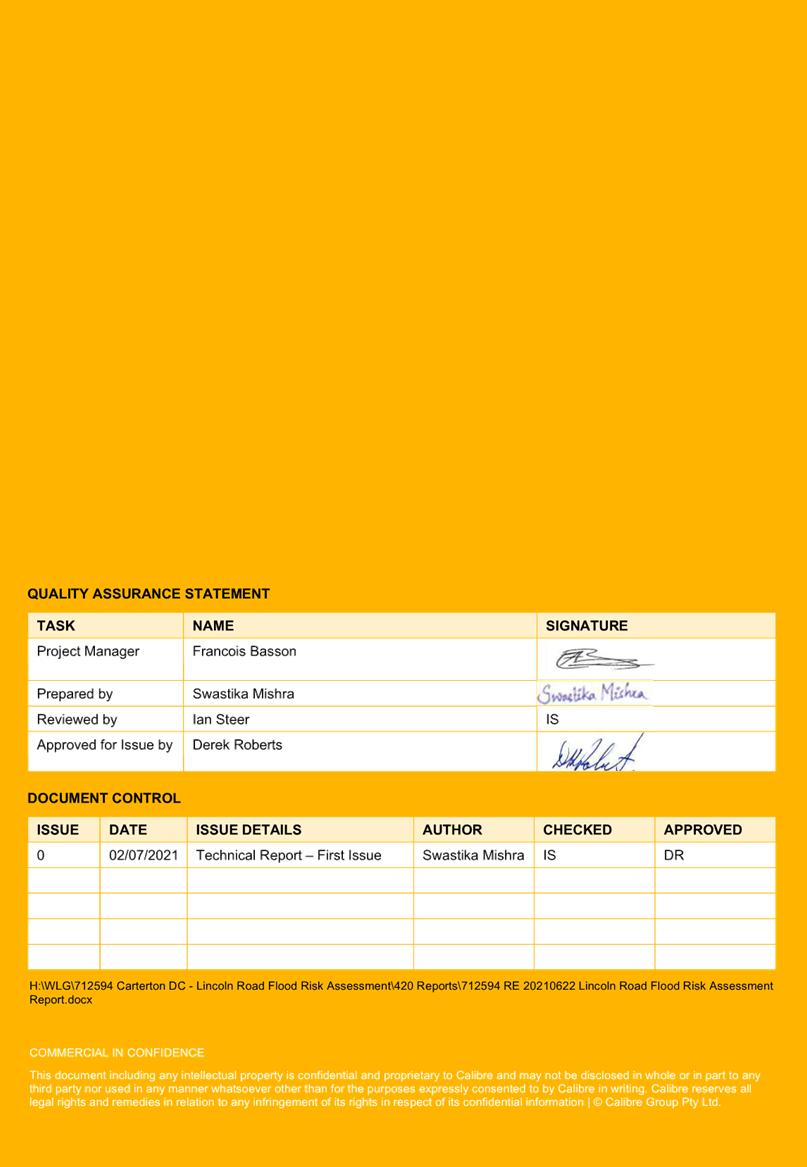


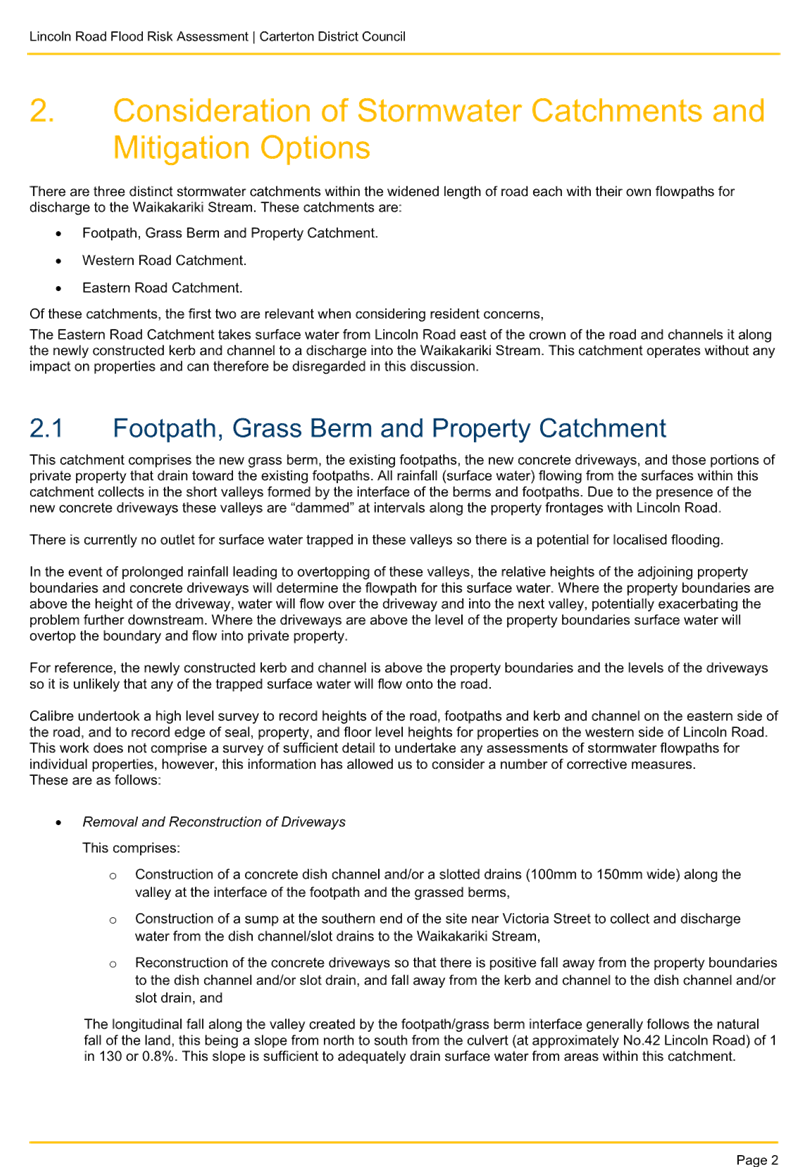

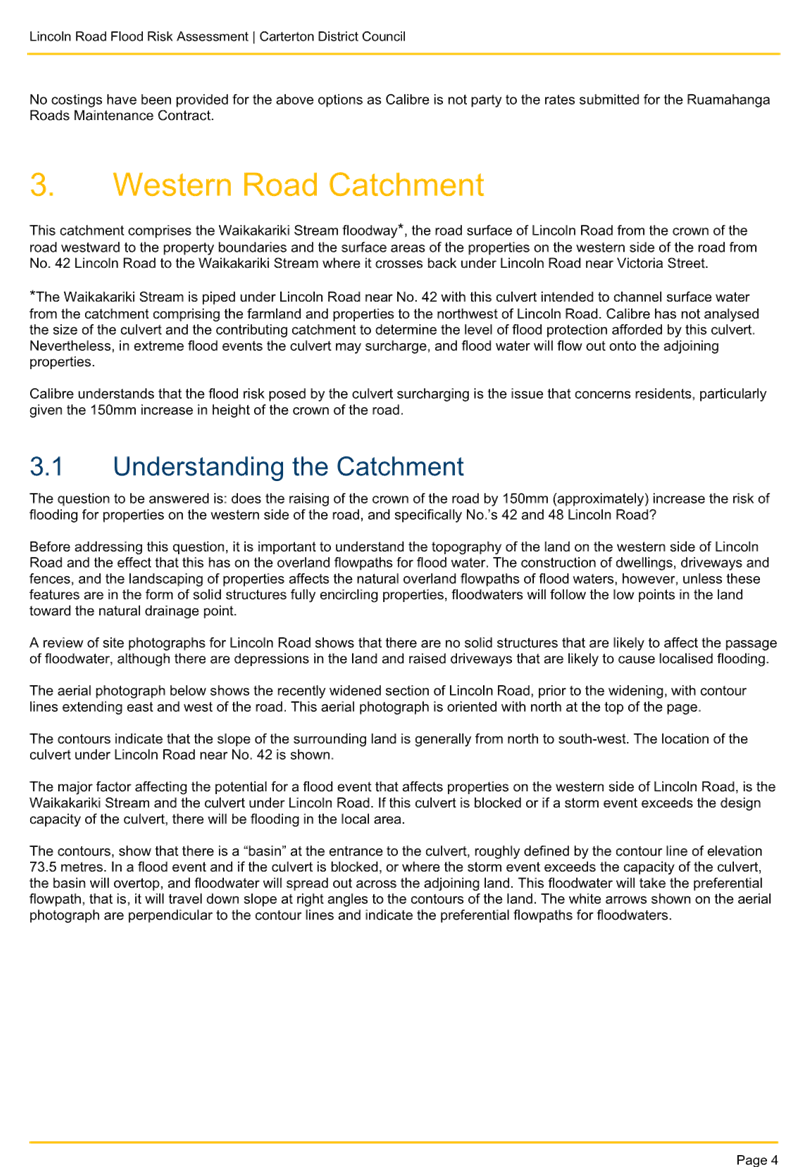
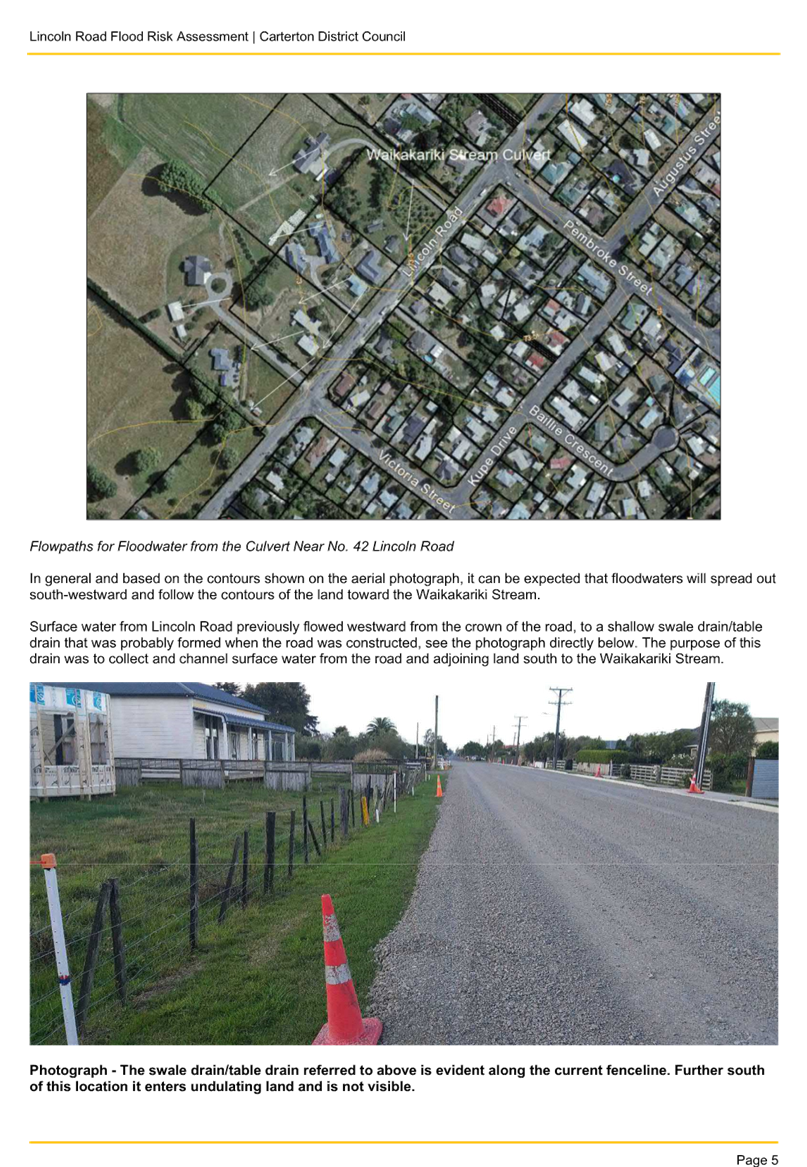
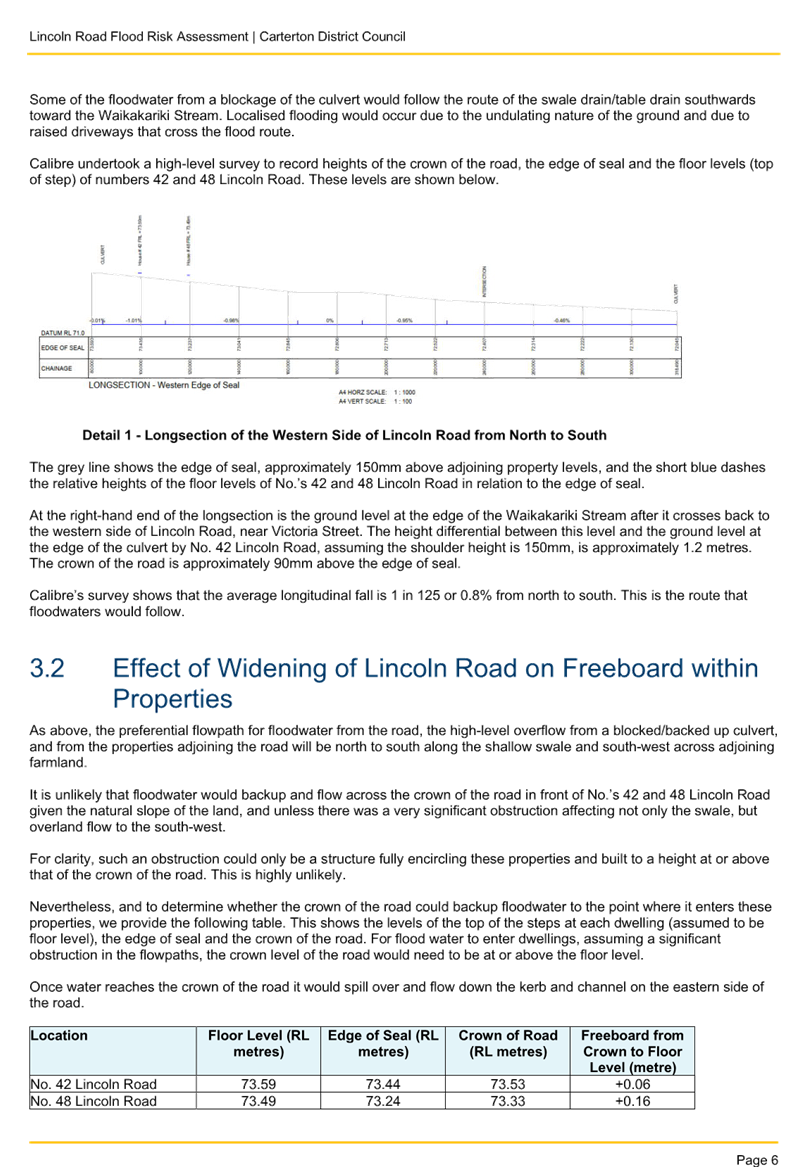
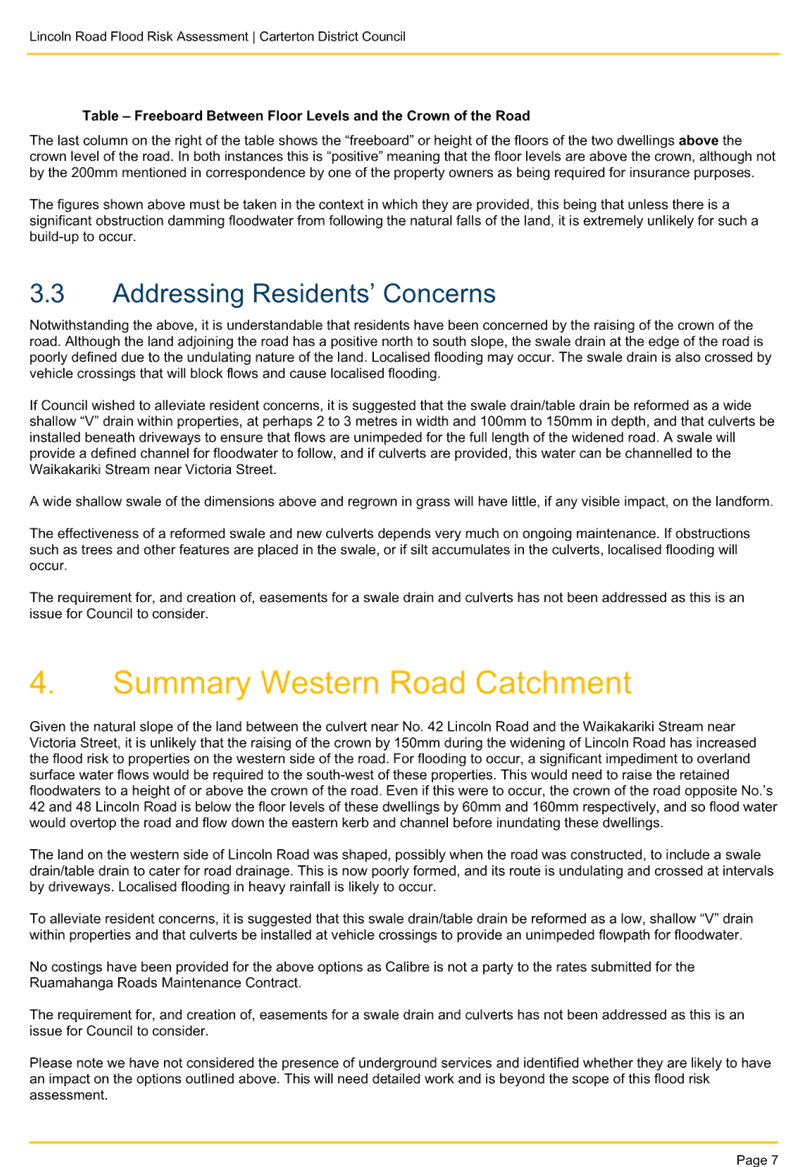

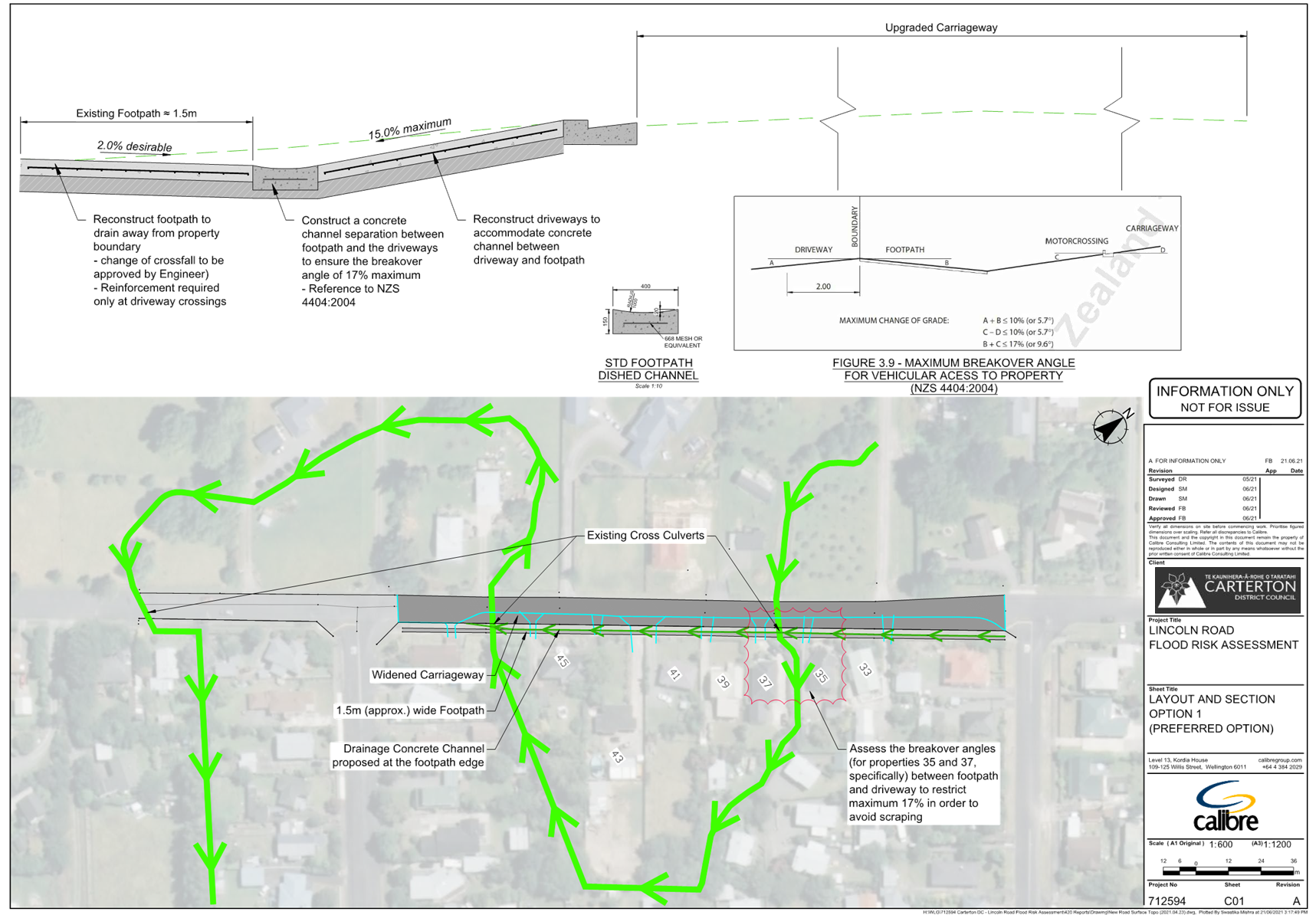

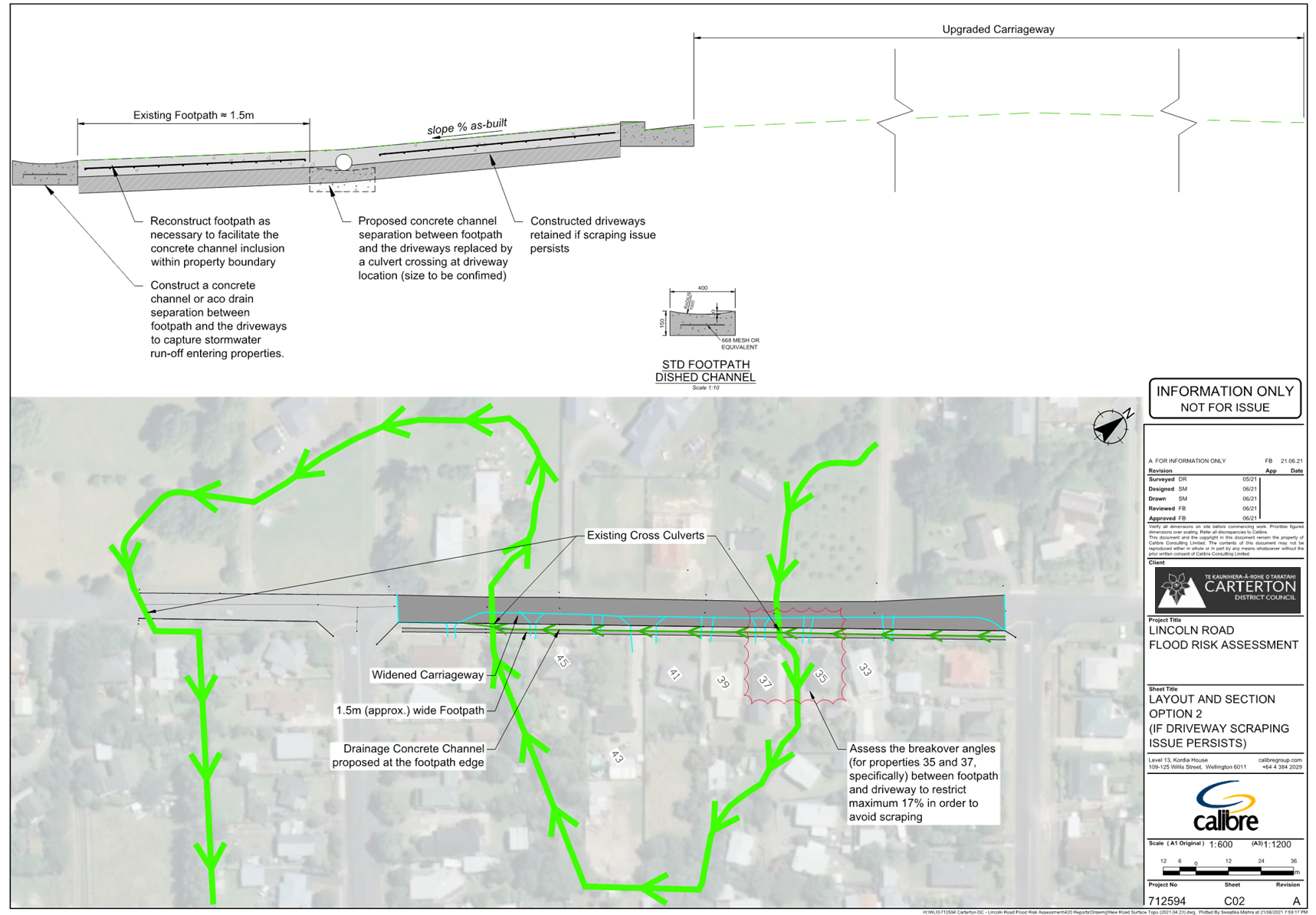


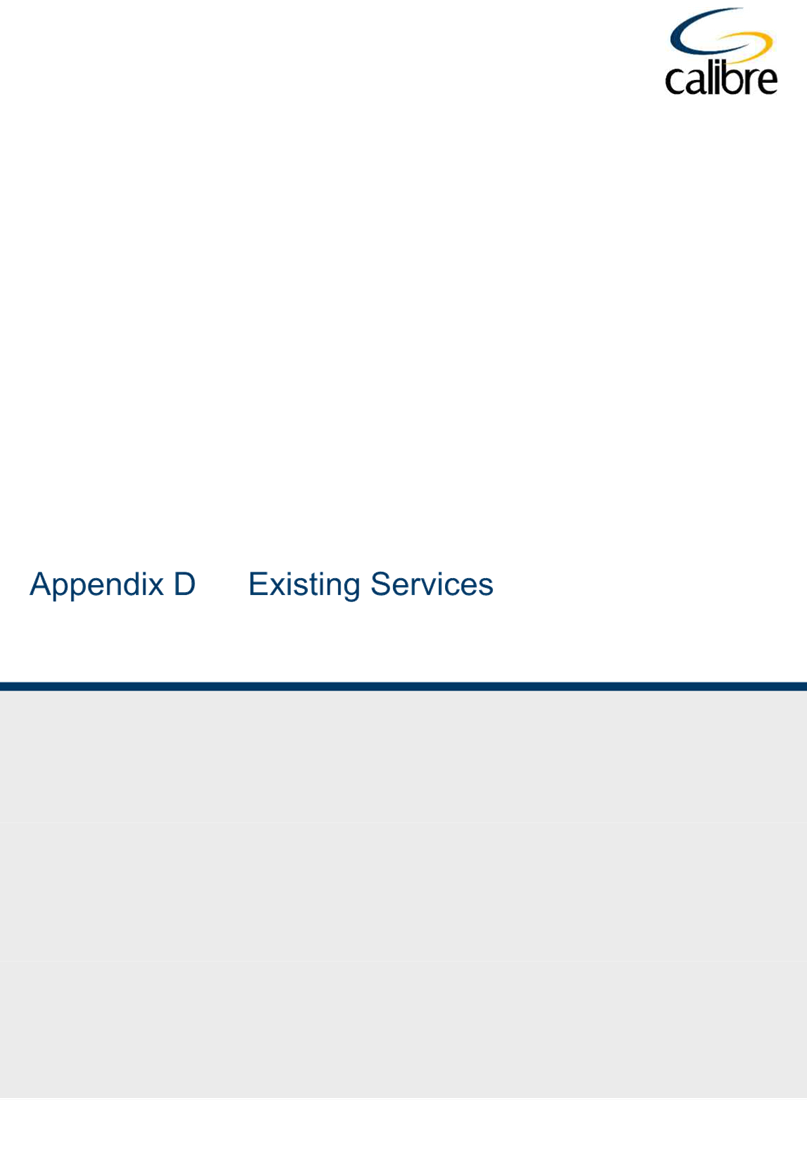
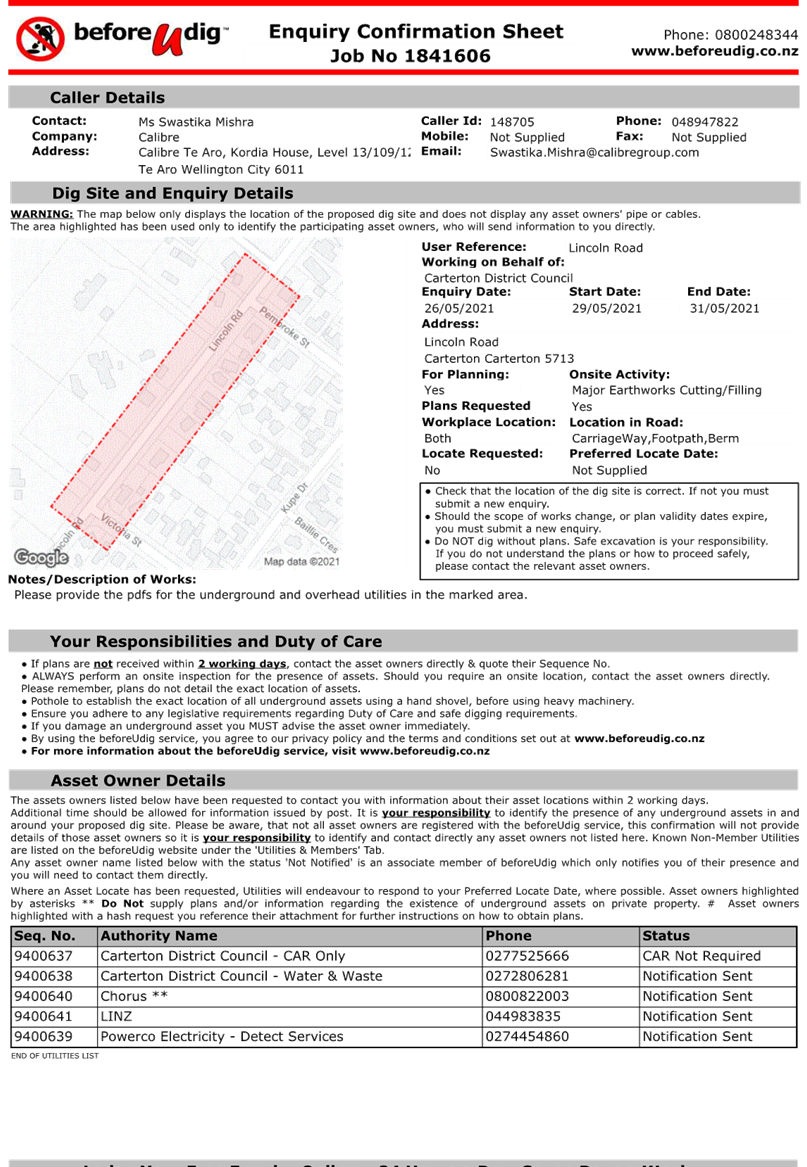
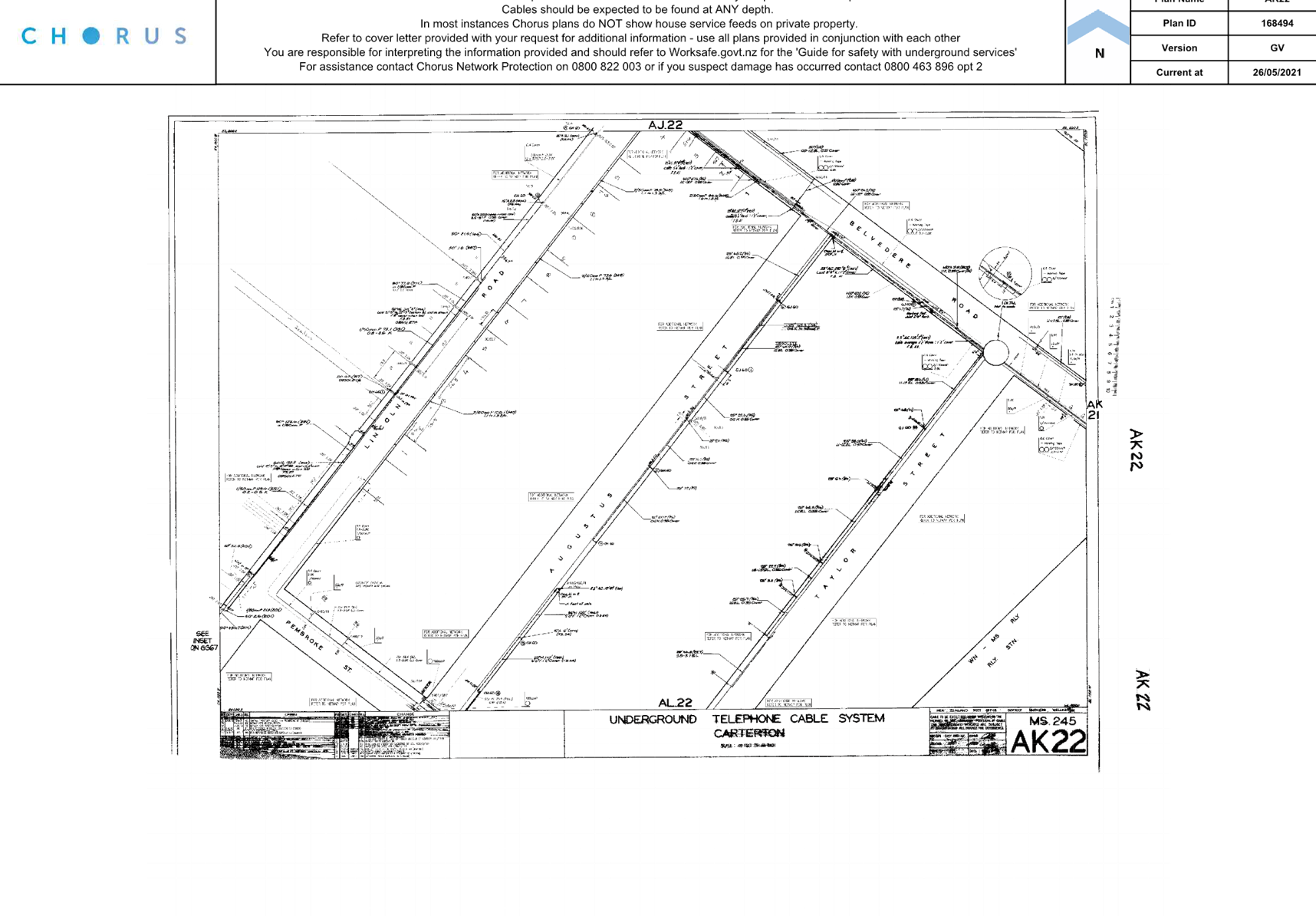
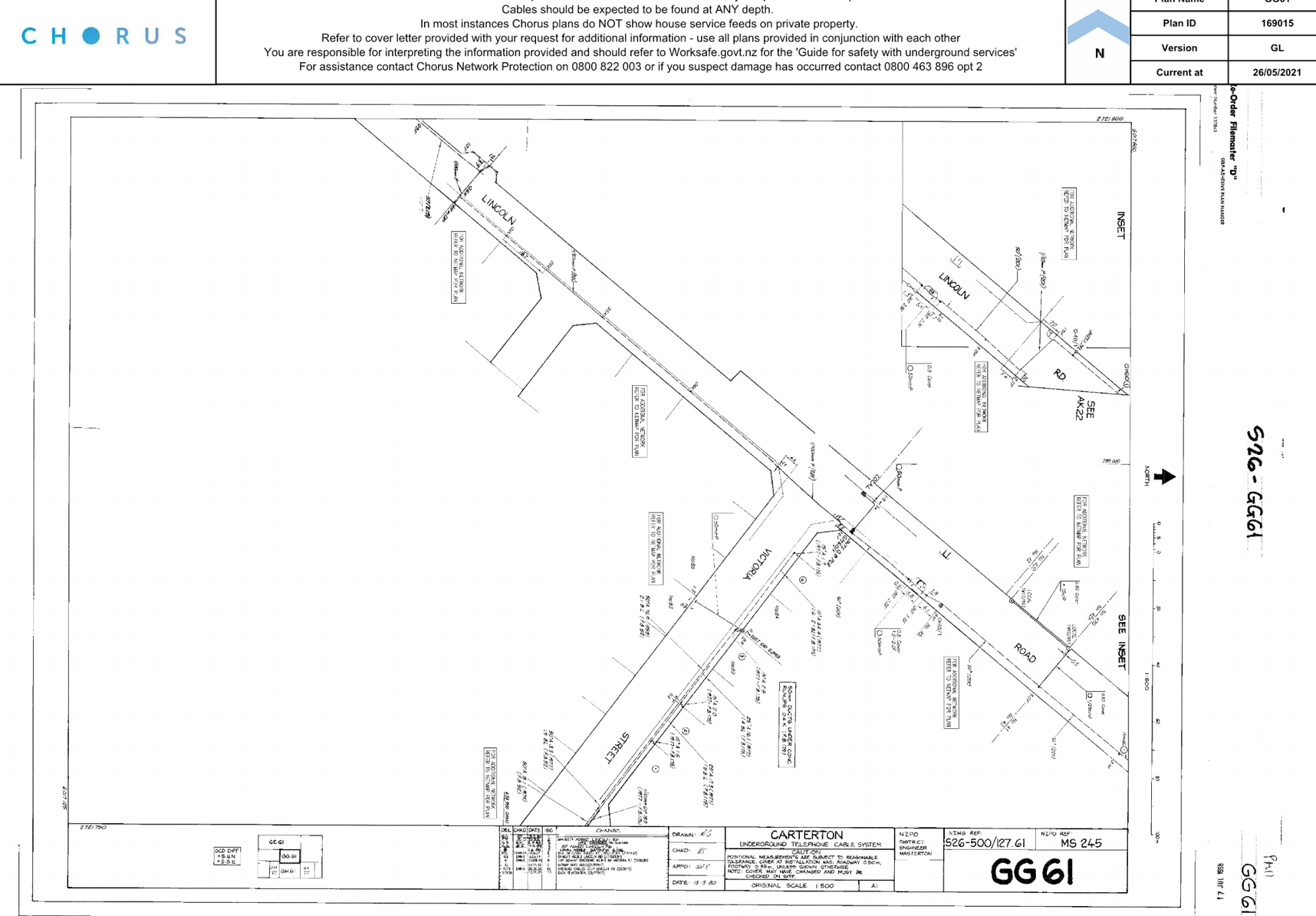

|
Ordinary
Council Meeting Agenda
|
14
May 2025
|

8.10 Re-Consultation
on the Draft Speed Management Plan
1. Purpose
For the council to
consider consulting on Carterton's Draft Speed Management Plan (SMP) 2025.
2. Significance
The
matters for decision in this report are considered to be of
‘medium’ significance under the Significance and Engagement Policy.
Therefore, a consultation and engagement process is proposed.
3. Background
On 11 March 2025 a
letter was sent to the Chief Executive of NZTA regarding the change in
legislation related Speed Reviews. Council sought an exemption from the
new Rules following the large number of public submissions on the
proposals.
The outcome of
engagement with NZTA was that CDC needed to undertake another review. The main
reasons given for CDC not being able to implement the Speed Management Plan
that was consulted on, were that the new rule requires 6 weeks of consultation
instead of the previously acceptable 4 weeks, and the requirement for a
cost-benefit analysis for each speed change.
Council is not
required to reconsult on speed limits for roads at schools, but is required to
implement speed limit changes in these areas before the end of June 2026.
4. Discussion
At
the Policy and Projects Committee held on 9 April 2025 officers presented the
committee with proposed next steps for the consultation. The committee agreed
that officers should proceed with the proposal. Officers, with the support of
Professional Service Provider Sam Wilkie, have been developing the Draft Speed
Management Plan for priority roads using the NZTA templates and guidelines.
The
draft Plan includes all the speed limit changes from the previous plan as well
as a few new roads that officers believe should be considered.
5. Options
Option
1 – Only implement speed limit changes around
schools with no changes to priority roads. Because of the overwhelming public
support of the previous Speed Management Plan which has not been implemented, officers
do not recommend this option.
Option
2 (Recommended)– Implement speed limit
changes around schools and consult the community on proposed changes to speed
limits on priority roads as per the draft Speed Management Plan.
6. NEXT
STEPS
a. Finalise Draft Speed Management Plan and supporting documents.
b. Prepare Consultation Document
c. Consult the community on proposed speed limit changes
Changes
in Government policy have negatively impacted the implementation of the
proposed Speed Management Plan. Council has previously endorsed the
changes and the Projects & Policy Committee recently agreed officers should
proceed with the implementation of the proposed Speed Management Plan.
In
order to minimise further delays it is recommended a delegation is provided to
the CEO to undertake a further public consultation in line with the new NZTA
Rule, and implement the changes as far as practicable within existing budgets.
7. CONSIDERATIONS
7.1 Climate change
The decisions in this report does
not relate to Climate Change.
7.2 Tāngata whenua
Speed
limit changes may be of interest to Māori, specifically the speed limit of
Gladstone Road. Tāngata
whenua will have the opportunity to provide feedback on the proposed speed
limit changes.
7.3 Financial impact
There
is currently no approved budget for the implementation of the proposed Speed
Management Plan.
Officers
have submitted a request for “Low Cost Low Risk” Funding from NZTA.
If successful, the funding will be as per the normal funding assistance rate (FAR)
of 51%. As such, the council will have to provide 49% of the implementation
cost. Officers will estimate the total cost of implementation following
completion of the consultation process.
7.4 Community Engagement requirements
Under
the new rule Council is required to consult the community for at least 6 weeks.
7.5 Risks
There
is a reputational risk because failure to deliver on the previous consultation
process. However, officers believe that there is a higher reputational risk of
not doing anything, should there be a speed-related accident.
7.6 Wellbeings
Social
· A
strong and effective council providing trusted leadership.
· A
caring community that is safe, healthy, happy and connected.
· An
empowered community that participates in Council and community-based decision
making
Cultural
· Te
Āo Māori/Māori aspirations and partnerships are valued and
supported.
Environmental
· A
resilient community capable of responding and recovering from environmental
shocks
Economic
· Quality,
fit-for-purpose infrastructure, and services that are cost-effective and meet
future needs
8. Recommendation
That the Council:
1. Receives
the report.
2. Delegate
to the Chief Executive the authority to:
(a) approve
the final consultation document for the Draft Speed Management Plan 2025, and
(b) undertake
further consultation on the Draft Speed Management Plan 2025, and
(c) implement
the changes as far as practicable within existing budgets.
File
Number: 452775
Author: Johannes
Ferreira, Infrastructure Services Manager
Attachments: 1. Policy
and Projects Next Steps ⇩
2. CDC
CBD Statement Data ⇩
3. CDC
Draft Speed Management Plan May 2025 ⇩
4. Draft
Cost Benefit Disclosure statements ⇩
|
Ordinary
Council Meeting Agenda
|
14
May 2025
|
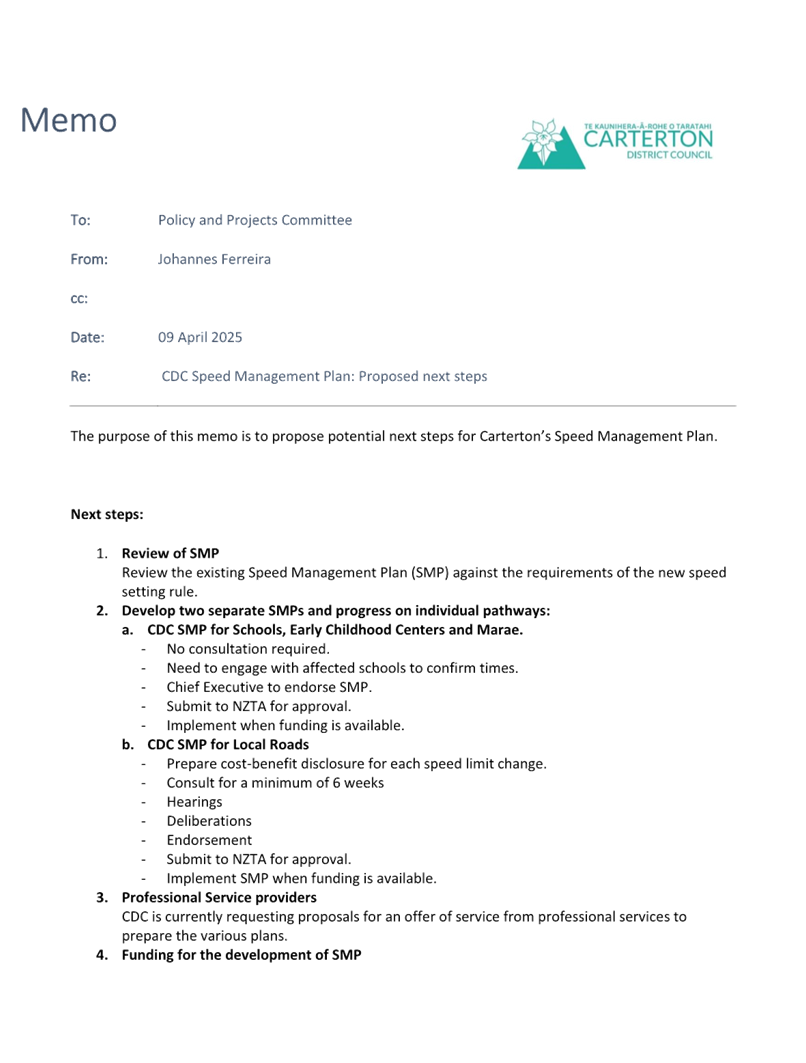
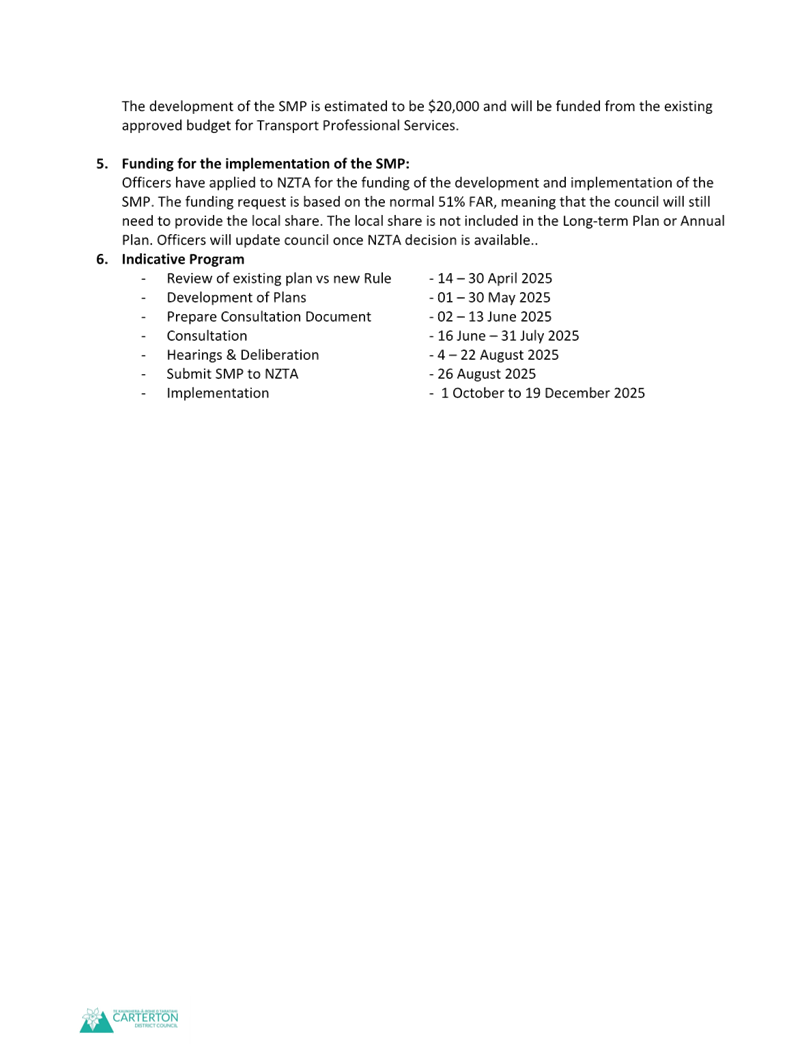
|
Ordinary
Council Meeting Agenda
|
14
May 2025
|


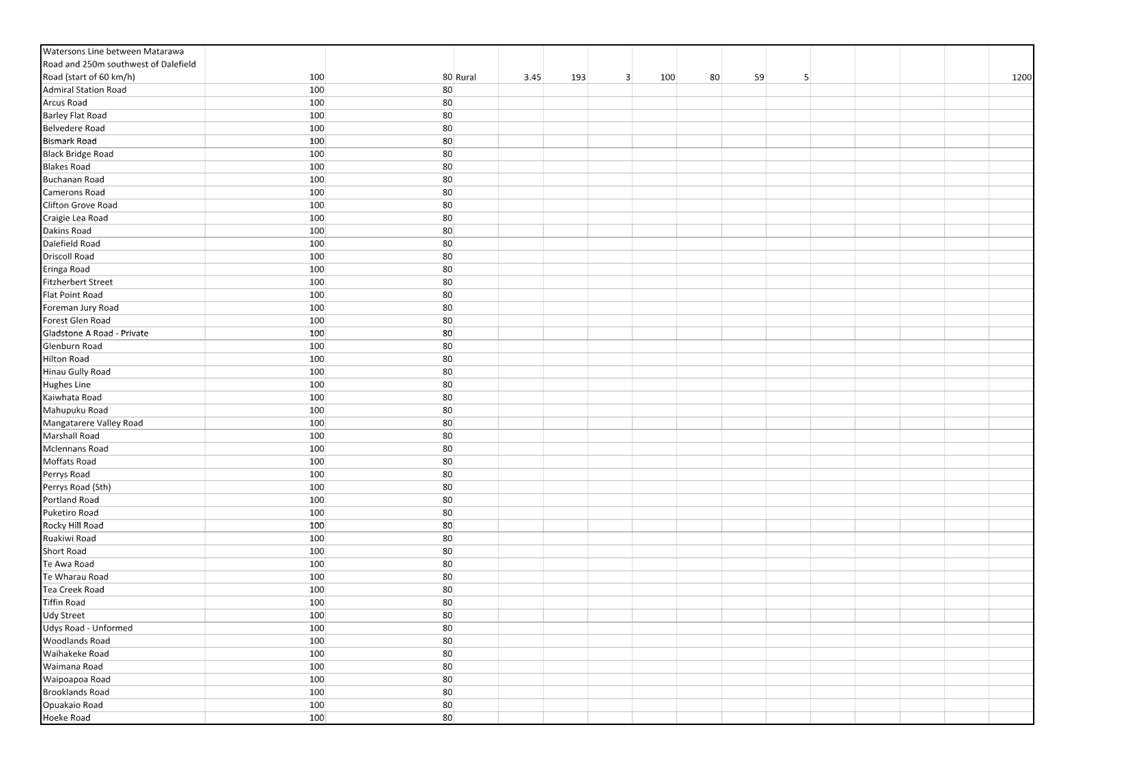
|
Ordinary
Council Meeting Agenda
|
14
May 2025
|
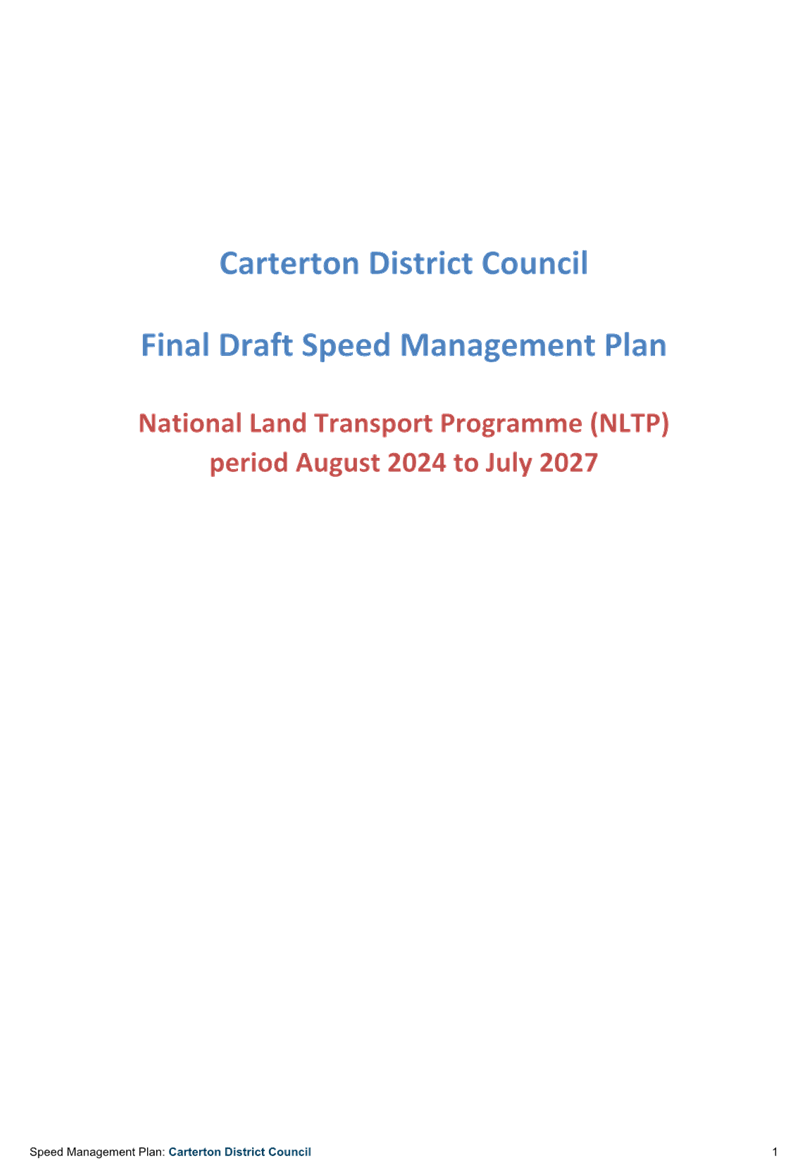
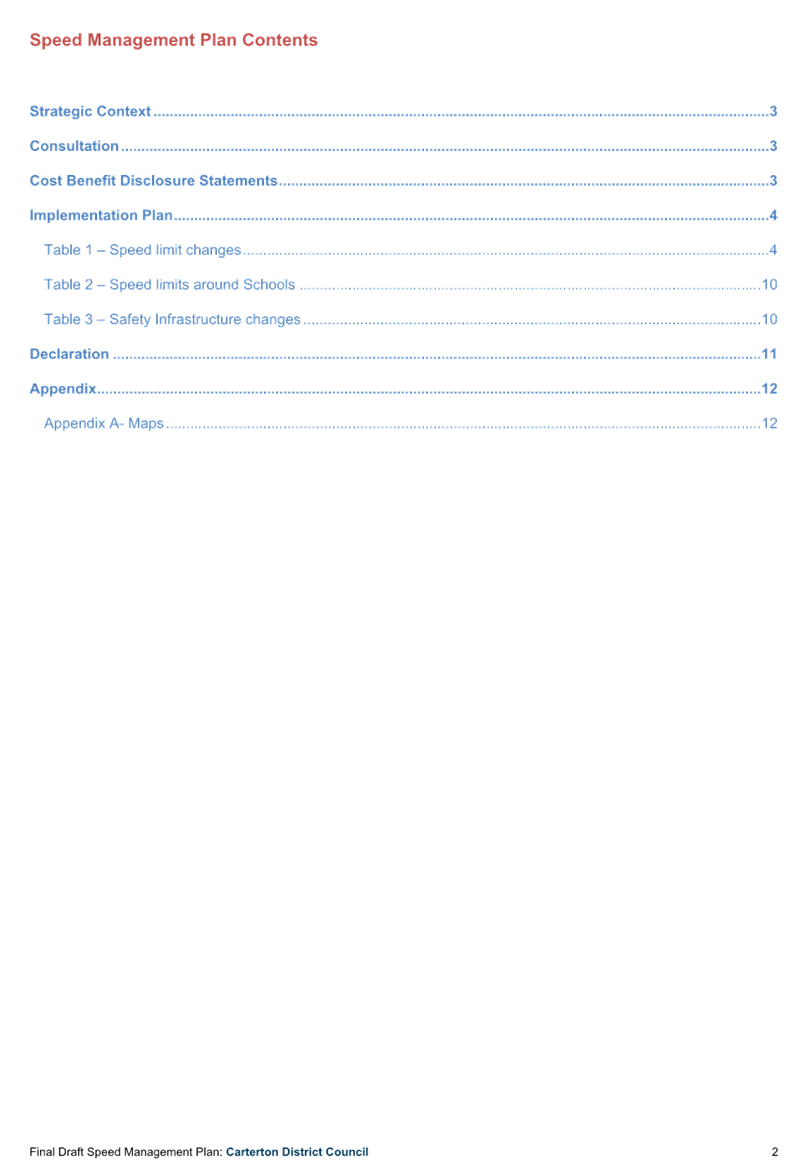
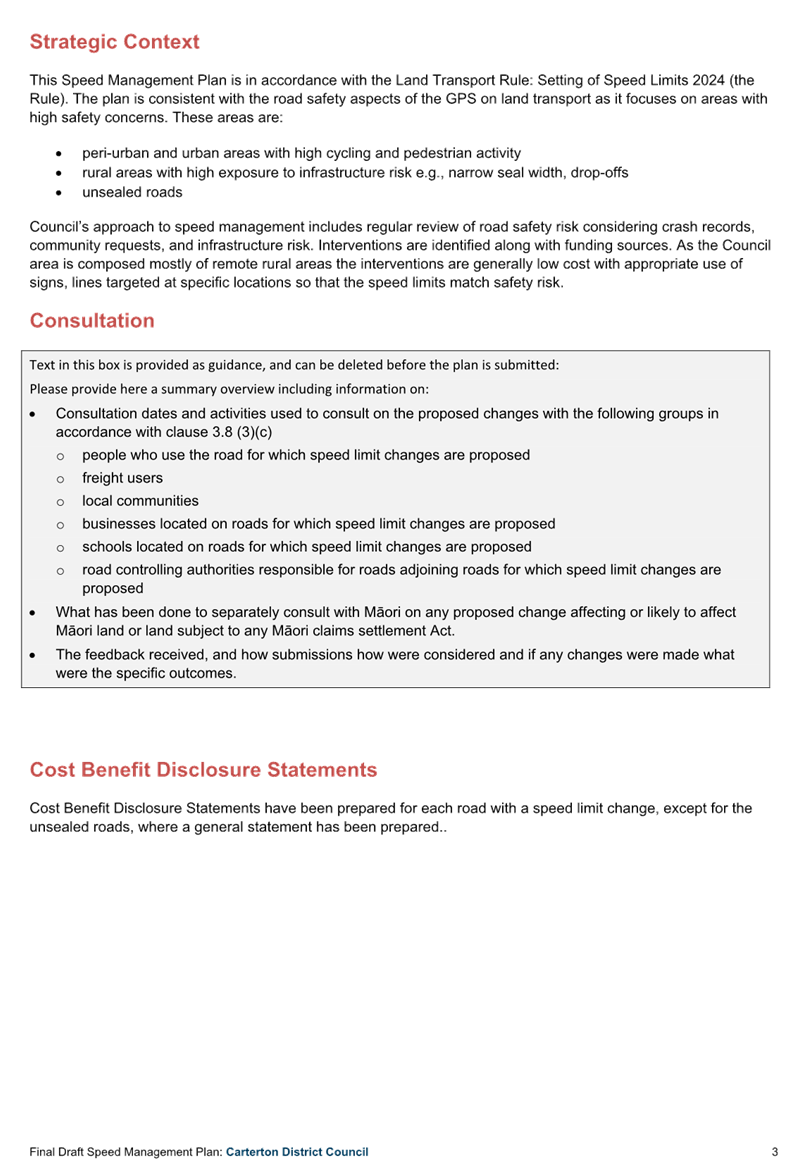
|
Ordinary
Council Meeting Agenda
|
14
May 2025
|
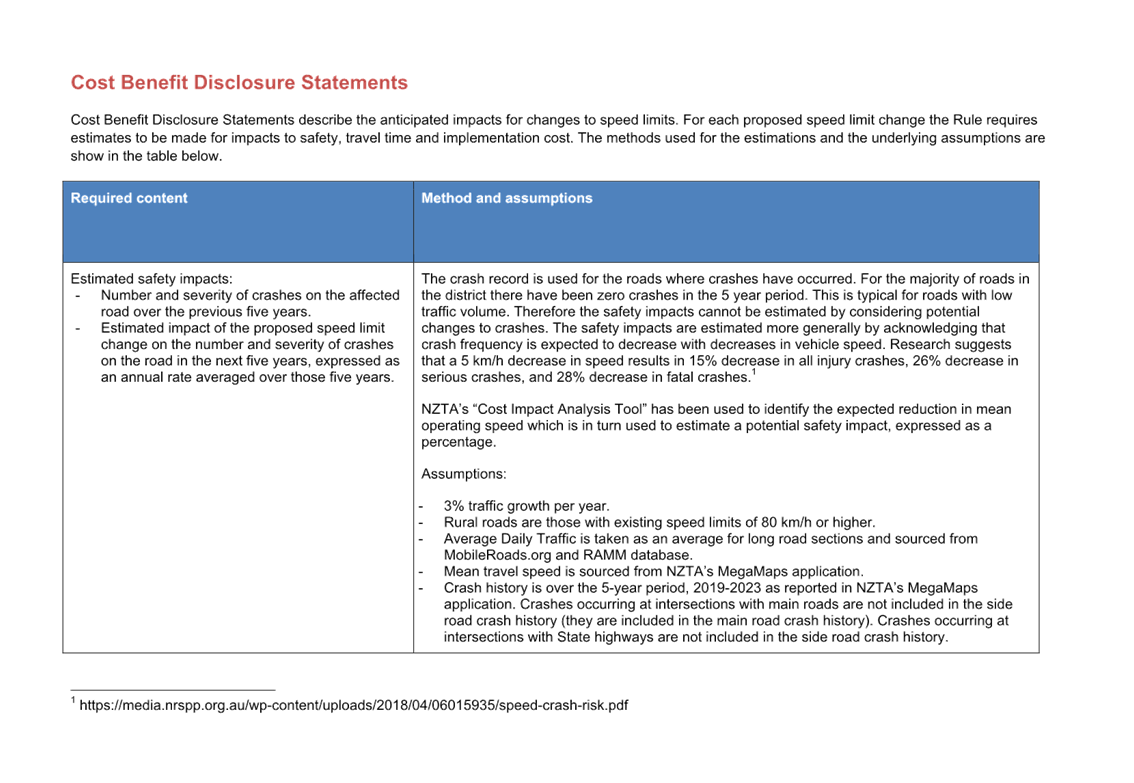

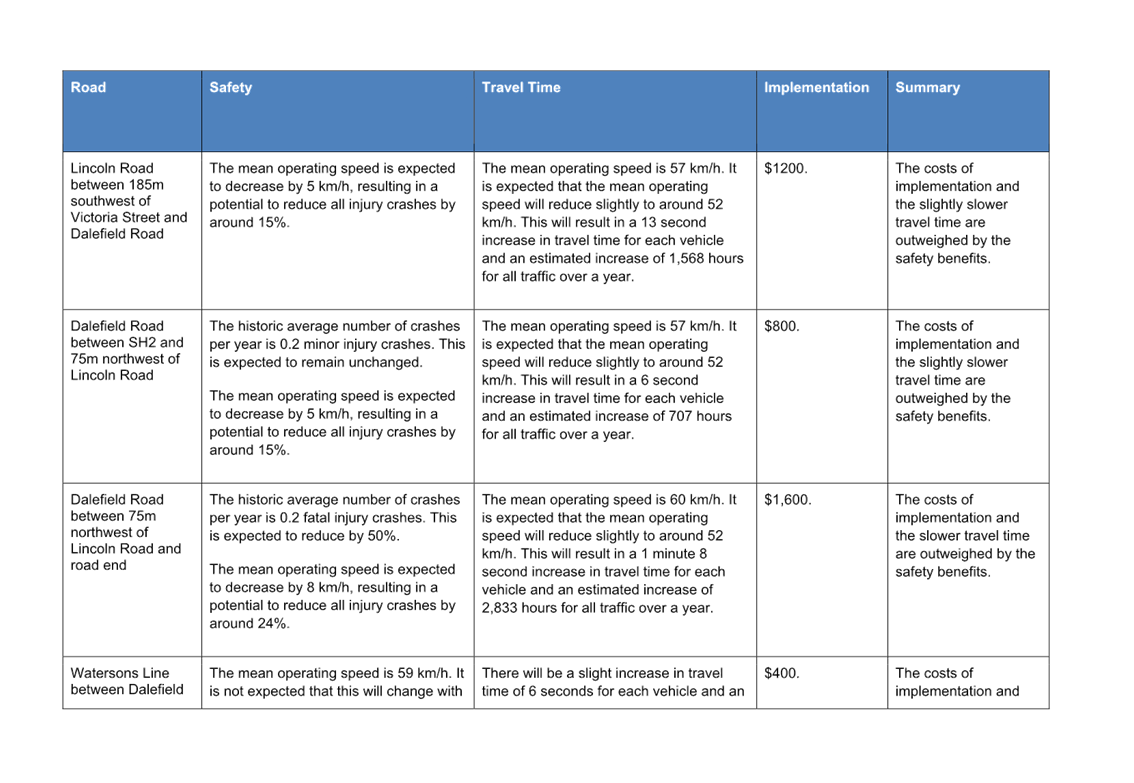
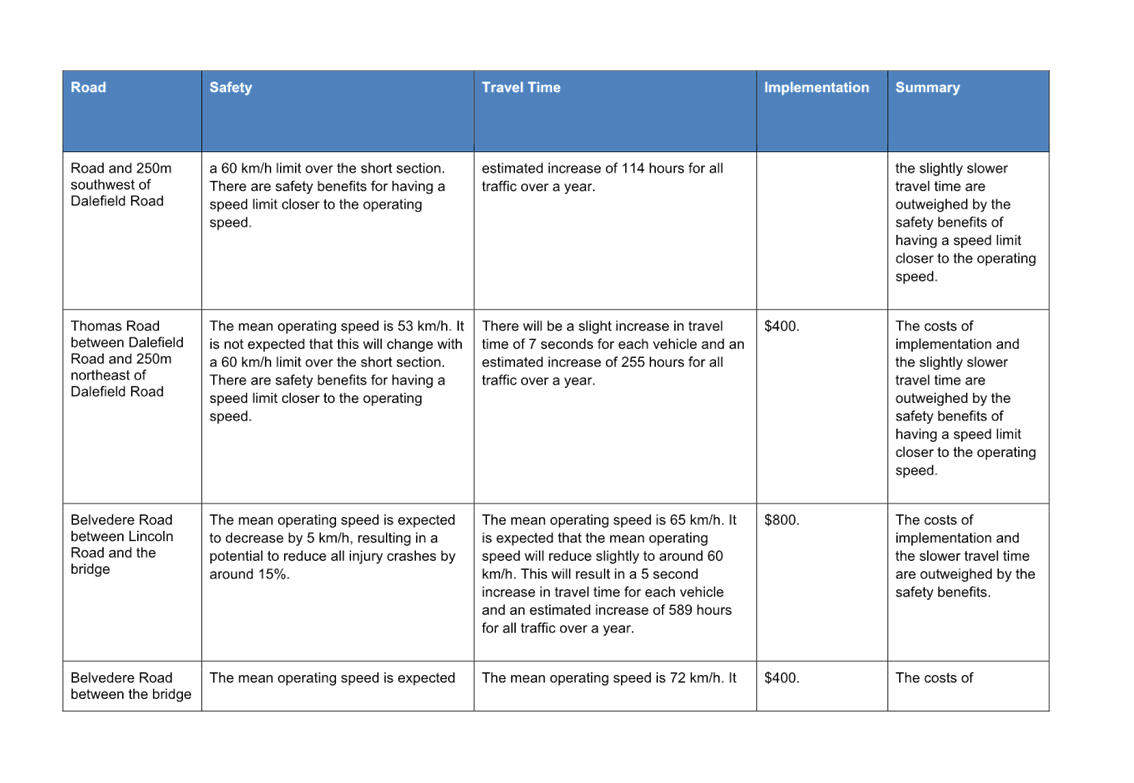

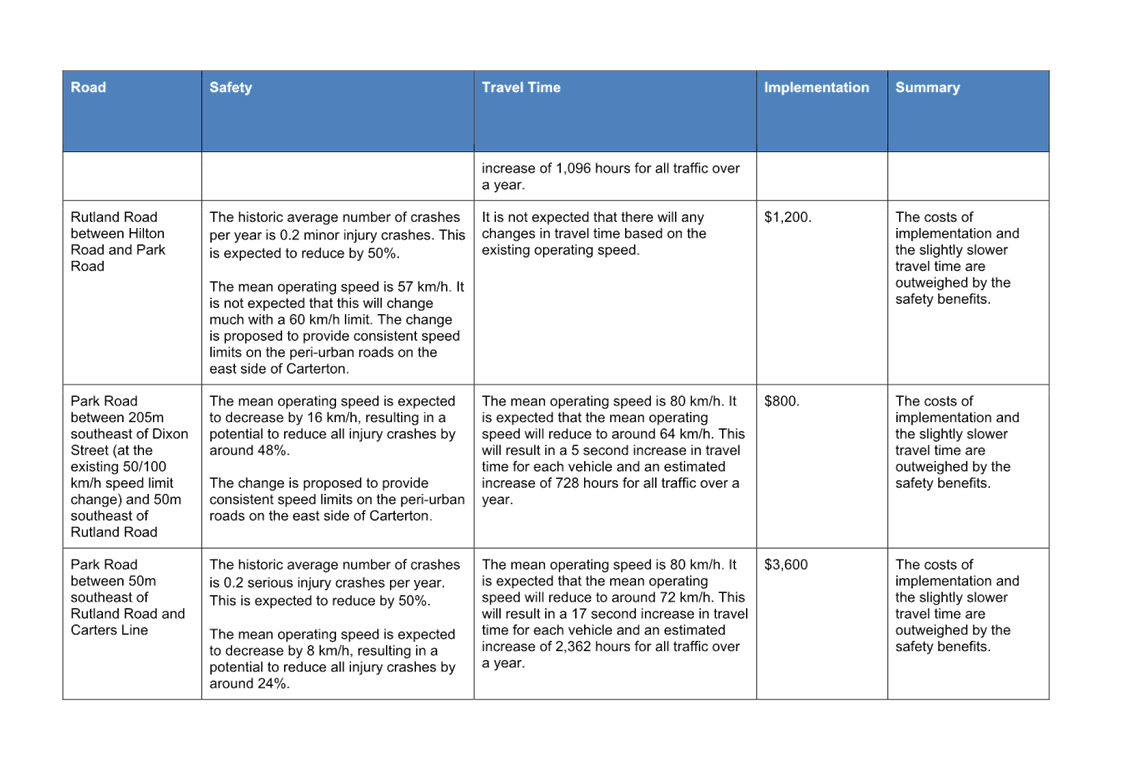
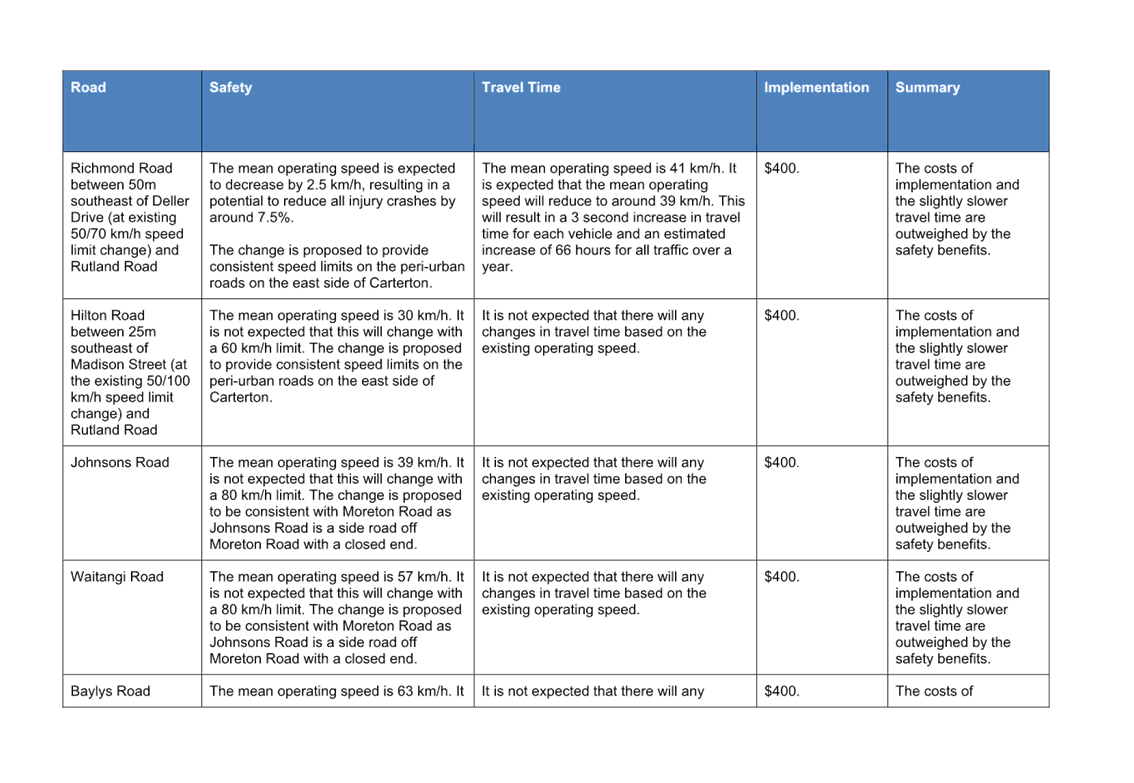
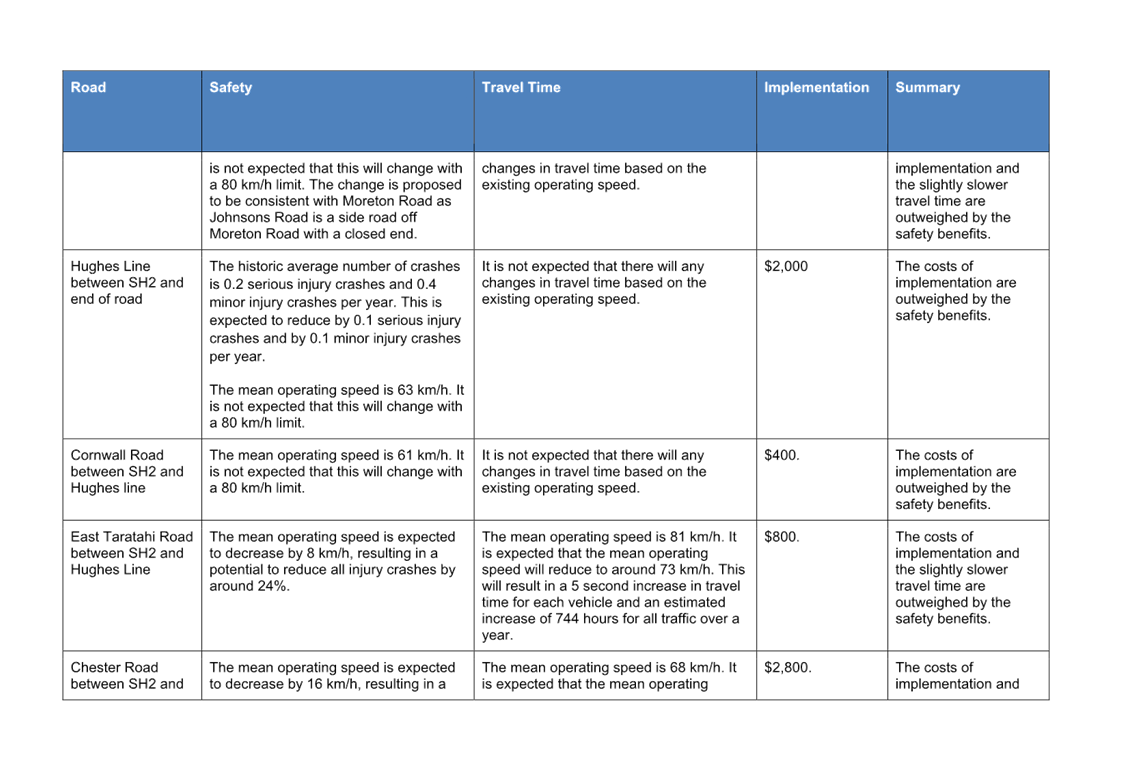

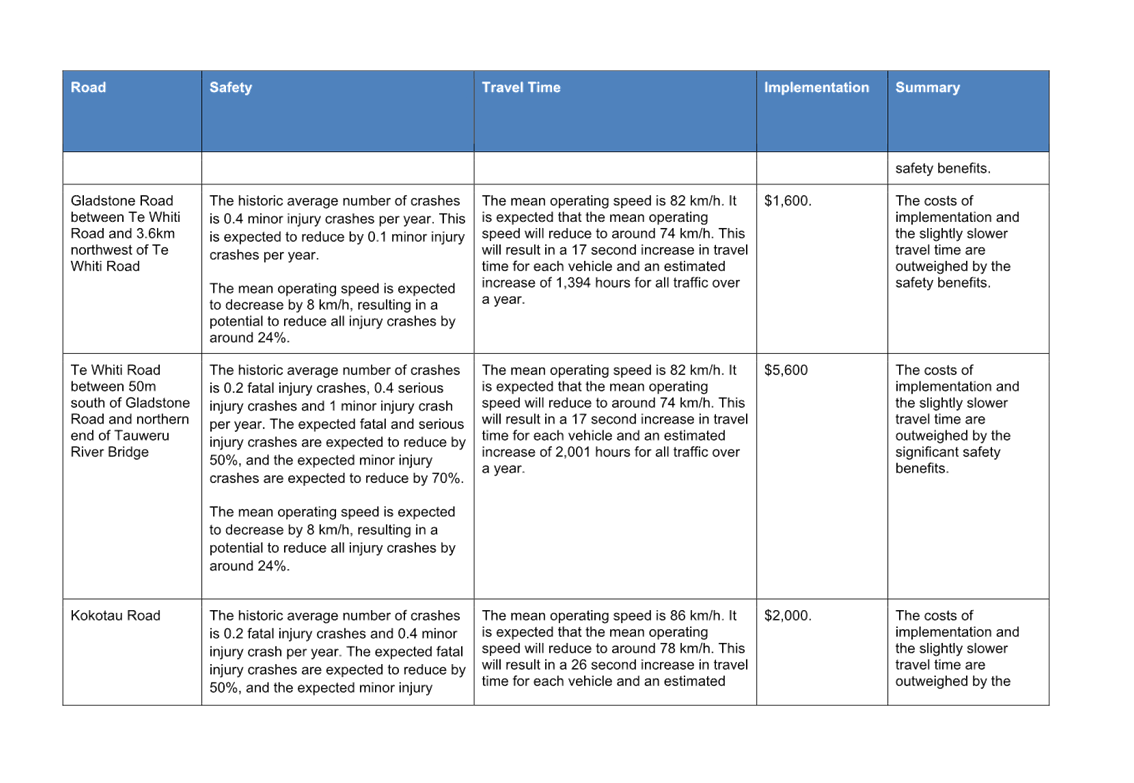
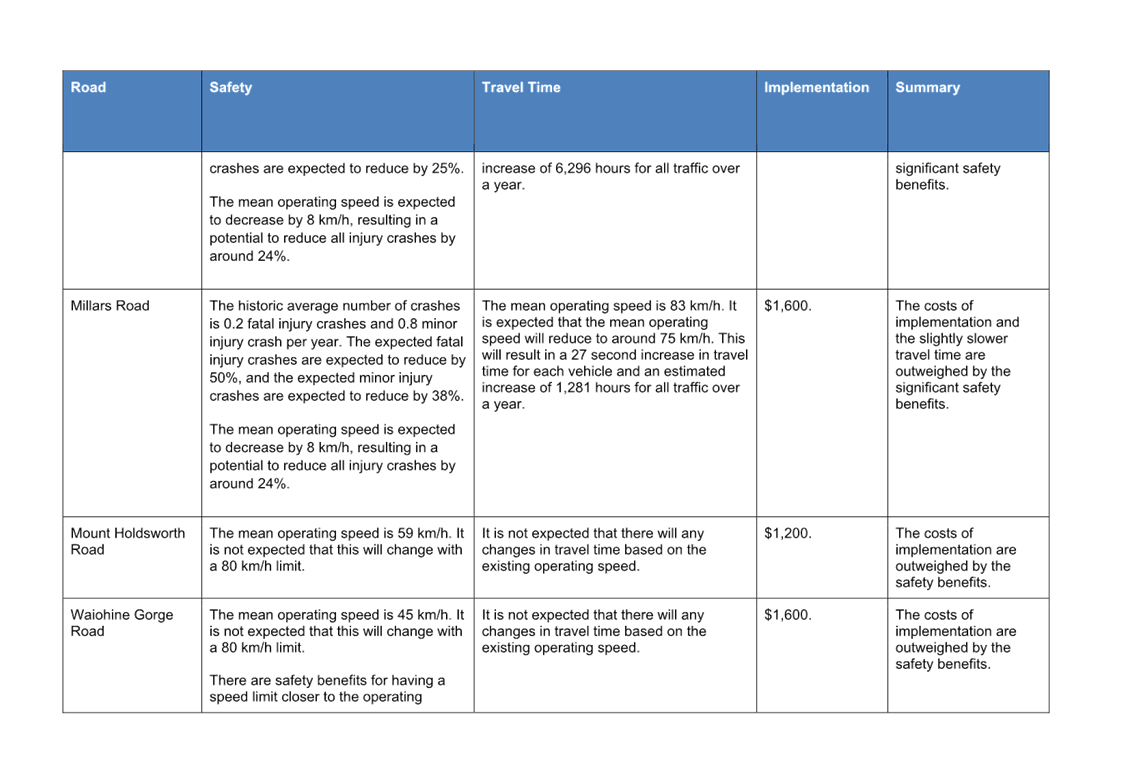

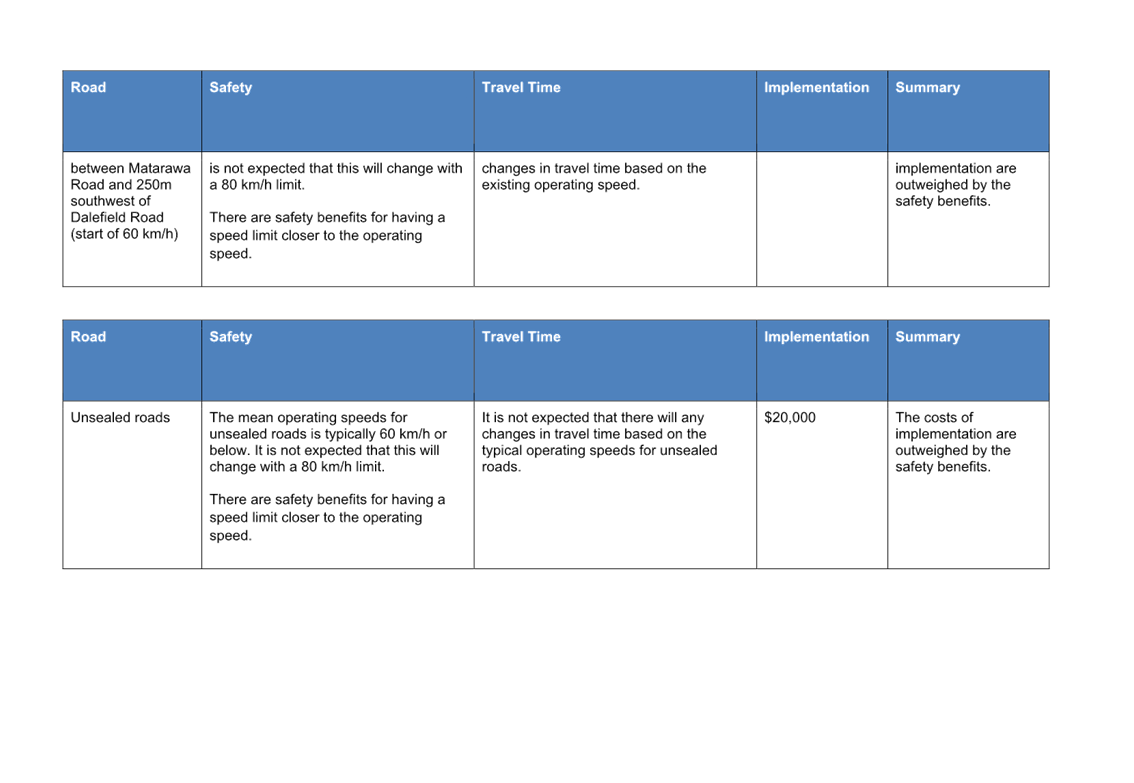
|
Ordinary
Council Meeting Agenda
|
14
May 2025
|

8.11 Standing
Orders 2025
1. Purpose
For the Council to
adopt the Standing Orders 2025.
2. Significance
The
matters for decision in this report are not considered to be of significance
under the Significance and Engagement Policy.
3. Background
The Local Government
Act 2002 requires council to have a set of standing orders for the conduct of
meetings. The Carterton District Council has previously adopted the Standing
Orders template provided by Local Government NZ (LGNZ). Most councils use this
model for their standing orders.
Local Government New
Zealand (LGNZ) has recently completed a review and refresh of the standing
orders template, and a new version has been released.
LGNZ recommend that
the Standing Orders are reviewed within the first six months after an election.
As the updated template is available now, it is recommended that this is
reviewed by Council now. It can also put placed on the agenda of the Inaugural
Council meeting for review/adoption. Amendments to these Standing Orders
can also occur at any time.
4. DRAFT
CDC STANDING ORDERS 2025
Based on the new LGNZ
template, the recommended CDC Standing Orders 2025 are in Attachment 1,
with the proposed amendments from the previous Standing Orders in red.
The proposed
amendments to the LGNZ 2025 template are discussed below.
Principles
A new section on
principles underpinning the Standing Orders is on page 2.
Quorum
Definition –
Present at the meeting – page 16
Standing Orders
13.8 - Member’s status: quorum – page 48
Standing Orders
13.9 -Member’s status: voting – page 48
Previously elected
members were required to be physically present for a quorum. This changed
following the unique circumstances presented by the COVID-19 pandemic and
Cyclone Gabrielle, and remote participation was made permanent in legislation
by Hon Kieran McAnulty from 1 October 2024. The updated Standing Orders is
amended as follows:
· The new definition
is: “Present at the meeting to constitute a quorum means the member is to
be either physically present in the room or attending the meeting by
audio/visual link, if allowed by these standing orders”.
· Clause 13.8 allows
for elected members attending by videoconference to count as a quorum.
· Clause 13.9 allows
for members attending by videoconference to be able to vote on any items raised
at the meeting.
Standing Order 12.4
Public may record meetings – page 46
In the previous
Standing Orders, the public needed to seek permission from the Chairperson at
least 24 hours in advance if they wished to record a meeting, and the
Chairperson could require that a copy of the recording be provided.
A proposed updated
requirement in the Standing Orders 2025 template is that members of the public
notify the Chairperson at the start of the meeting that they plan to record the
meeting.
The media are
considered members of the public. In the last triennium the Wairarapa Times Age
requested permission to record council meetings without notifying the
Chairperson at the beginning of each meeting.
It is recommended that
this requirement is removed, as it is impossible to police this, particularly
with members of the public attending meetings by videoconference.
Standing Orders
13.3 – Leave of Absence – page 47
There has been minor
re-wording of this section.
Standing Orders
13.4 – Recording apologies – page 47
There has been minor
re-wording of this section.
Standing Order 13.6
– Right to attend by audio or audiovisual link – page 48
This updated clause
allows for members of the council and its committees to attend meetings
by videoconference, unless they have been lawfully excluded.
It also allows for members
of the public, including for a deputation or public forum, to be able to
attend meetings by videoconference, unless they have been lawfully excluded.
Clause
13.15 Confidentiality / Te matatapu –
page 50
In
the last triennium the wording in bold (below) was included. It is
recommended that this is retained:
A member who is
attending a meeting by audio, or audio-visual link, must ensure that the
meeting’s proceedings remain confidential during any time that the public
is excluded.
The chairperson may
require the member to confirm that no unauthorised people are able to view or
hear the proceedings. If the chairperson is not satisfied by the explanation, they may require the member’s camera
to be turned on, or may terminate the link.
Standing Orders
16.1 – Time limits / Ngā Tepenga wā – page 55
There has been minor
re-wording of this section.
Standing Orders
16.2 – Restrictions / Ngā aukatinga – page 55
A new clause 16.2(g)
has been included:
g) where a member of the
public has previously caused a disruption at multiple meetings, the chairperson
may decline a deputation request and require the individual to provide their
views in writing.
Standing Orders 16.3 – Questions of a deputation /
Ngā pātai o te whakaaturanga o kawa – page 55
There has been minor re-wording of this section.
Standing Orders
19.3 Chair’s Casting Vote – page 59
The default position
of the Local Government Act 2002 is that the Chair has no casting vote.
There are three options for decision:
· The casting vote
provisions are left in the default position of the chair having no casting
vote.
· The casting vote
provision is included.
· The standing
orders are amended to provide for a ‘limited casting vote’ that
would be limited to a prescribed set of decisions only, such as statutory
decisions, e.g. adopting the Long-Term Plan - the chair has a casting vote
where there is an equality of votes.
Some councils have
opted for an intermediate position, in which a casting vote can only be used
for prescribed types of decisions, such as when there is an equality of votes
for the adoption of a statutory plan.
CDC has previously
allowed the Chair to have a casting vote in all decisions.
Standing Orders
20.11 – Electronic devices at meetings – page 64
In the current CDC
Standing Orders the following wording in bold was included. It is
recommended that this is retained:
Electronic devices and phones can only be used
to advance the business of a meeting. Personal use may only occur at the
discretion of the Chair.
All phones are to be switched to silent for the
duration of the meeting.
Standing Orders
22.1-22.4 – Options for speaking and moving motions – page 68
One of the new
features in these Standing Orders is the ability to use different rules for
speaking to and moving, motions to give greater flexibility when dealing with
different situations.
Standing Orders 22.1-22.4 provide three options. Option A
repeats the provisions in the Standards New Zealand Model Standing Orders,
which limit the ability of members to move amendments if they have previously
spoken. Option B provides more flexibility by allowing any member, regardless
of whether they have spoken before, to move or second an amendment, while
Option C allows still further flexibility.
CDC needs to decide which of the three options will be the
default option; this does not prevent a meeting from choosing one of the other
two options, but it would need to be agreed by a majority of members at the
start of that specific meeting.
The formal option A tends to be used when a body is dealing
with a complex or controversial issue and the chair needs to be able to limit
the numbers of speakers and the time taken to come to a decision. In contrast,
options B and C enable more inclusive discussion about issues, however some
chairs may find it more difficult to bring conversations to a conclusion.
Another feature of
Option A is that it can be considered to be more restrictive on councils with a
smaller number of councillors, as it limits the ability of members to move
amendments if they have previously spoken.
Council could also consider whether the options selected
for Council also apply to committees. Given that committees are designed to
encourage more informal debate, and promote dialogue with communities, the
informal option, Option C, might be the most appropriate option for Committees.
Council needs to
decide which will be the default option in the Standing Orders 2025. Option A
for speaking and moving motions was chosen by CDC in 2019 and 2022.
|
Option A
|
Option B – less restrictive if
speak to a motion
|
Option C – no restrictions
|
|
The
mover and seconder of a motion cannot move or second an amendment. (This does
not apply when the
mover or seconder of a motion to adopt a report of a committee wants to amend
an item in the report. In this case the original mover or seconder may also
propose or second the suggested amendment).
|
The
mover and seconder of a motion cannot move or second an amendment. (This does
not apply when the
mover or seconder of a motion to adopt a report of a committee wants to amend
an item in the report. In this case the original mover or seconder may also
propose or second the suggested amendment).
|
The
mover and seconder of a motion can move or second an amendment.
|
|
Only
members who have not spoken to the original, or substituted, motion may move
or second an amendment to it.
|
Any
members, regardless of whether they have spoken to the original or
substituted motion, may move or second an amendment to it.
|
Any
members, regardless of whether they have spoken to the original or
substituted motion, may move or second an amendment to it.
|
|
The
mover or seconder of an amendment, whether it is carried (in which case it
becomes the substantive motion) or lost, cannot move or second a subsequent
amendment.
|
The
mover or seconder of an amendment that is carried can move or second a
subsequent amendment. A mover or seconder of an amendment which is lost
cannot move or second a subsequent amendment.
|
The
mover or seconder of an amendment whether it is carried or lost can move or
second further amendments.
|
|
Members
can speak to any amendment and, provided they have not spoken to the motion
or moved or seconded an amendment, they can move or second further
amendments.
|
Members
can speak to any amendment.
|
Members
can speak to any amendment.
|
|
The
meeting, by agreement of the majority of members present, may amend a motion
with the agreement of the mover and seconder.
|
The
meeting by agreement of the majority of members present may amend a motion
with the agreement of the mover and seconder.
|
The
meeting by agreement of the majority of members present may amend a motion
with the agreement of the mover and seconder.
|
Standing Orders
23.5 - Amendments
to motions / Ngā mememana ki ngā mōtini – page 70
This is a new clause
compared to the former Standing Orders:
23.5 - Subject to standing order 23.6, the meeting may
amend a motion provided that:
a) the motion has been moved and seconded; and
b) the mover and seconder of the original motion
agree to its amendment.
All members may speak to the amendment.
Appendix 7 –
Powers of a Chairperson – page 94
In the Standing Orders
2022 the section on Powers of a Chairperson outlined that if the Chair was
attending by videoconference, he/she should delegate the Deputy Chair or other
elected member who was physically present to chair the meeting.
This requirement has
been removed.
Appendix 8 –
Web Webcasting protocols – page 98
Appendix 8 is a best
practice guide to meetings that are being webcast.
As a result of the
recent Council decision to (1) record workshops and post these online, and (2)
provide videoconference details to the public so they may attend on line, this
protocol includes the following new wording:
· A link for the public to attend council and committee
meetings and workshops by videoconference will be made available in the meeting
agenda.
· Video recordings of council and committee meetings and
workshops will be made available to the public.
Appendix 9 –
Protocols for elected members participating in meetings by audio-visual means
– page 99
A minor change has
been made to Appendix 9.
5. Voting
to amend the standing orders
As per Standing Orders
3.3, adopting new standing orders requires a vote of not less than 75 per cent
of the members present.
6. Considerations
6.1 Climate change
There
are no direct climate change implications from the decisions in this paper.
6.2 Tāngata whenua
There
are no tāngata whenua considerations related to the decisions in this
paper.
6.3 Financial impact
There
are no financial impacts.
6.4 Community Engagement requirements
There
are no community engagement requirements.
6.5 Risks
There
are no additional risks associated with the decisions in this paper.
7. Recommendation
That the Council:
1. Receives
the report.
2. Agrees
to:
(a) Option (A, B or C) as the default option
for speaking and moving motions in clause 22 for Council
(b) Option (A, B or C) as the default option
for speaking and moving motions in clause 22 for Committees.
3. Agrees
to:
(a) remove
the provision of the Chair having a casting vote; OR
(b) include
the provision of the Chair having a casting vote; OR
(c) the
Chair having a casting vote where the meeting is required to make a statutory
decision.
4. Adopts
the Carterton District Council Standing Orders 2025 with the changes
agreed in (2) and (3), and the amendments as noted in this paper and in the
Standing Orders 2025 in Attachment 1.
File
Number: 445839
Author: Geoff
Hamilton, Chief Executive
Attachments: 1. DRAFT
Standing Orders May 2025 ⇩
|
Ordinary
Council Meeting Agenda
|
14
May 2025
|
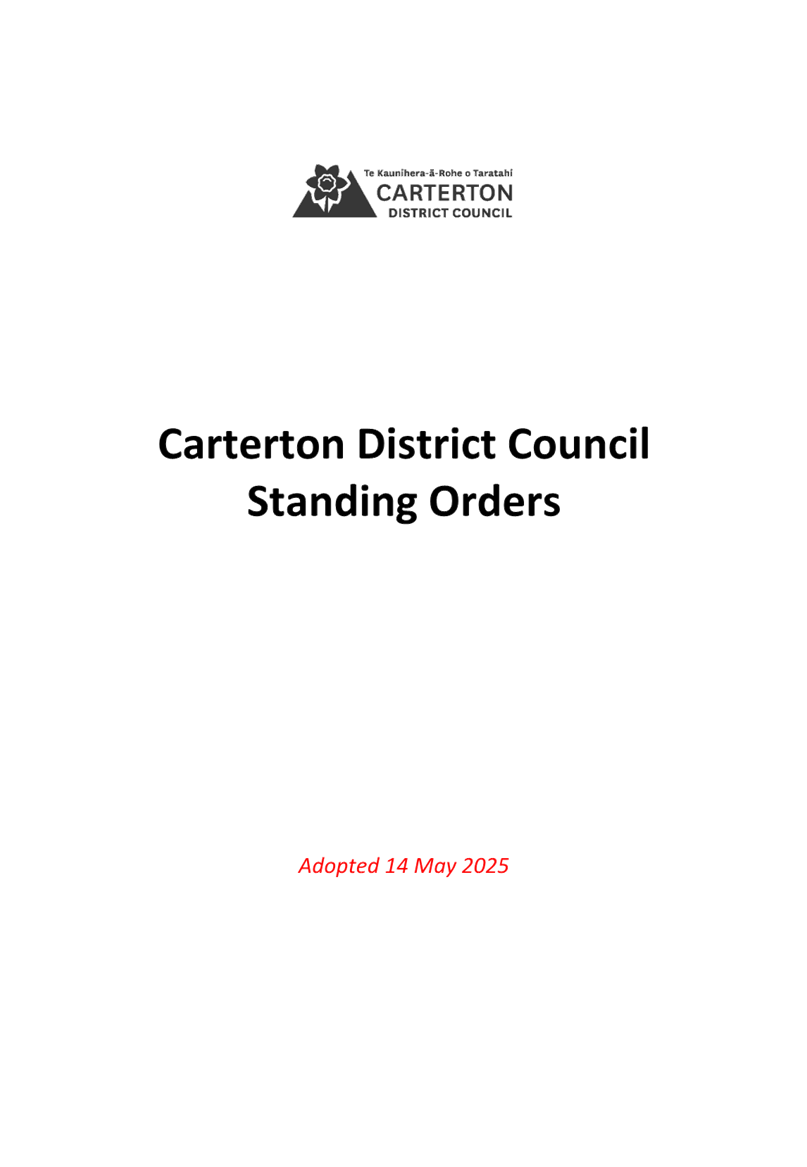




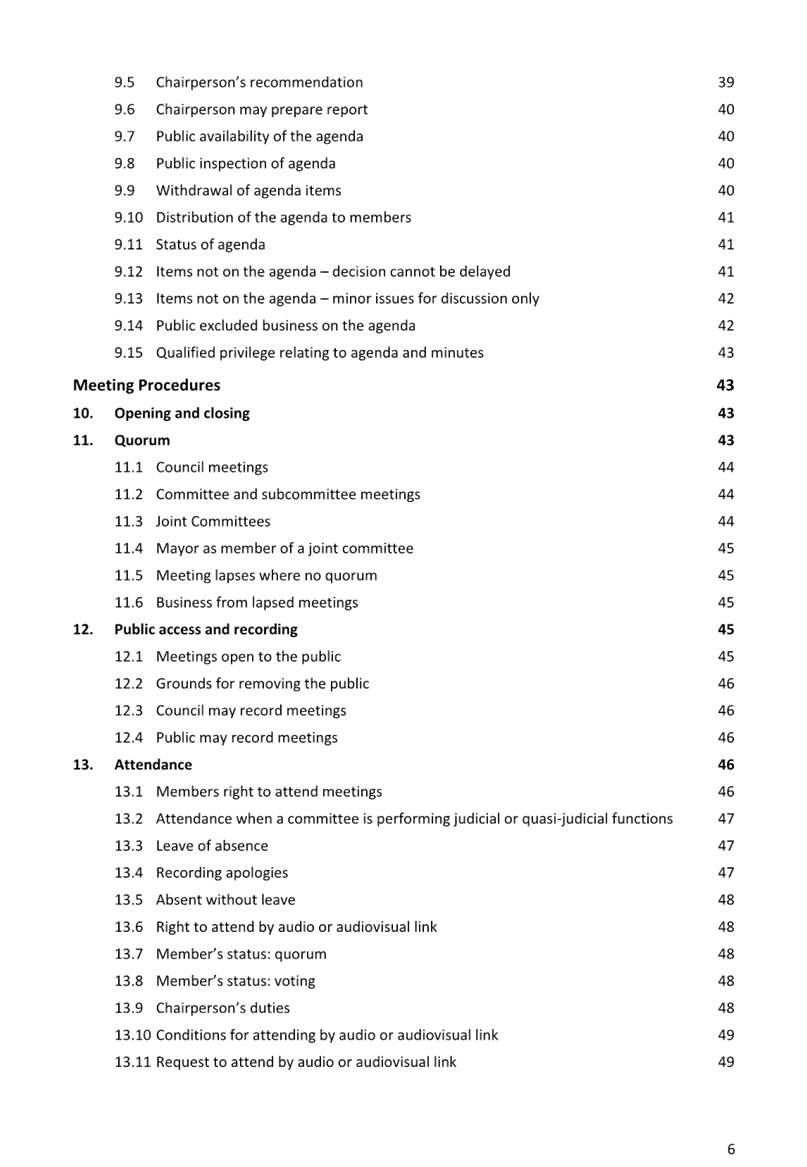
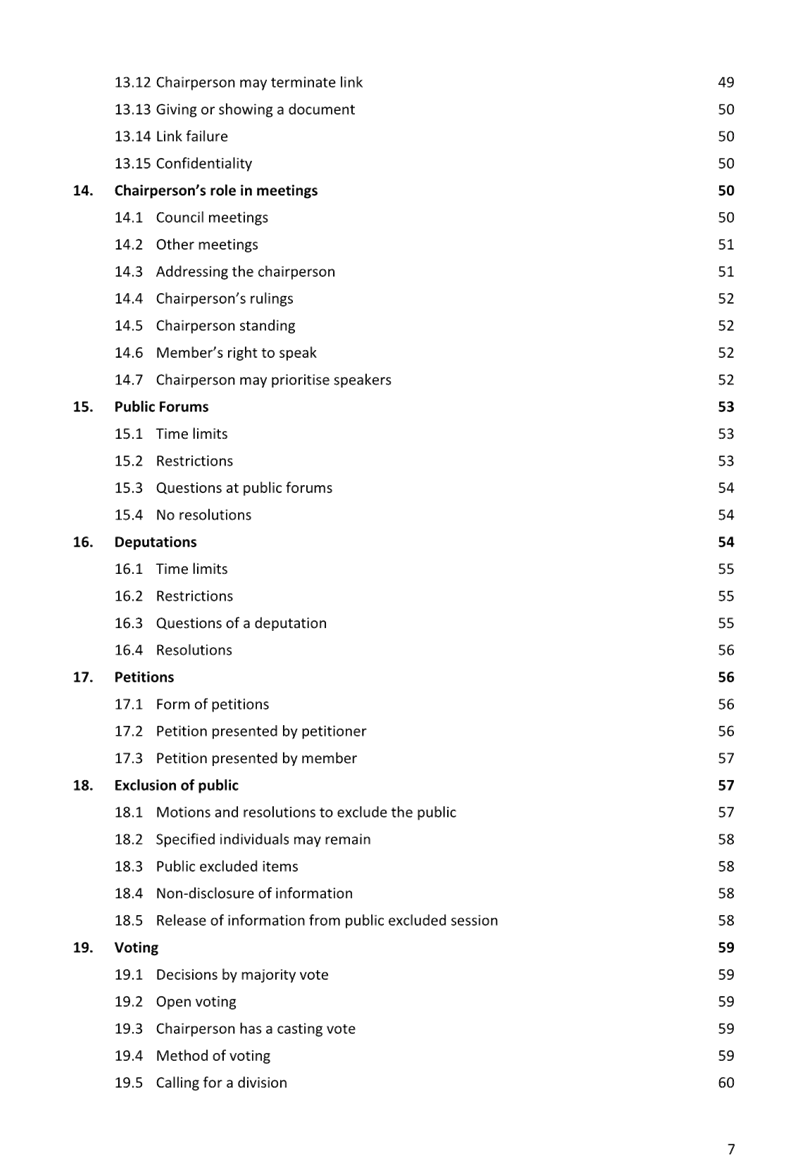
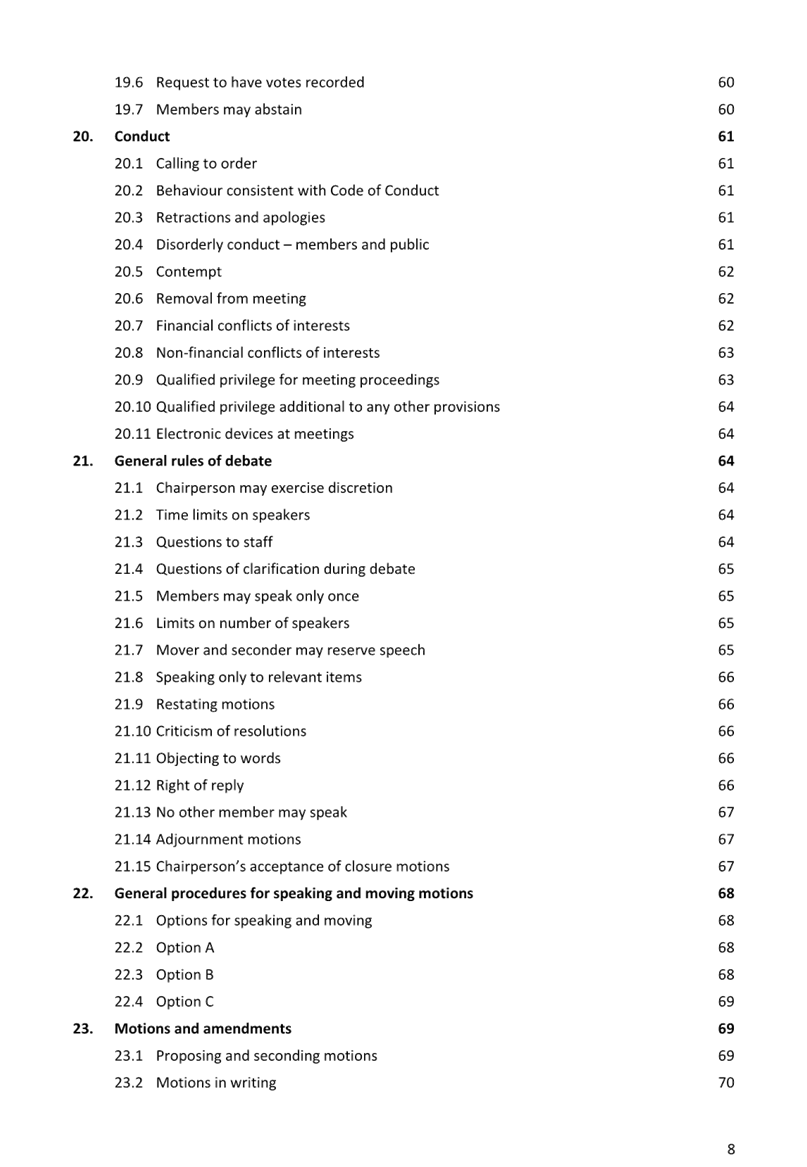
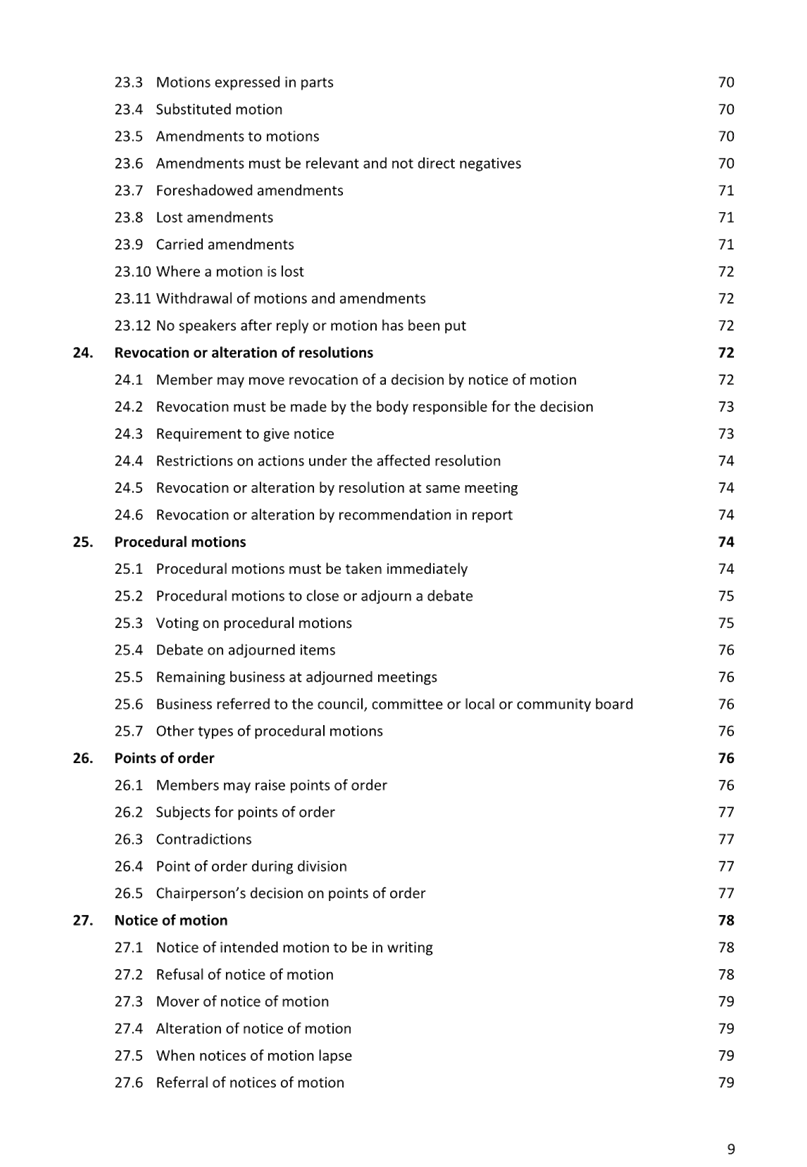
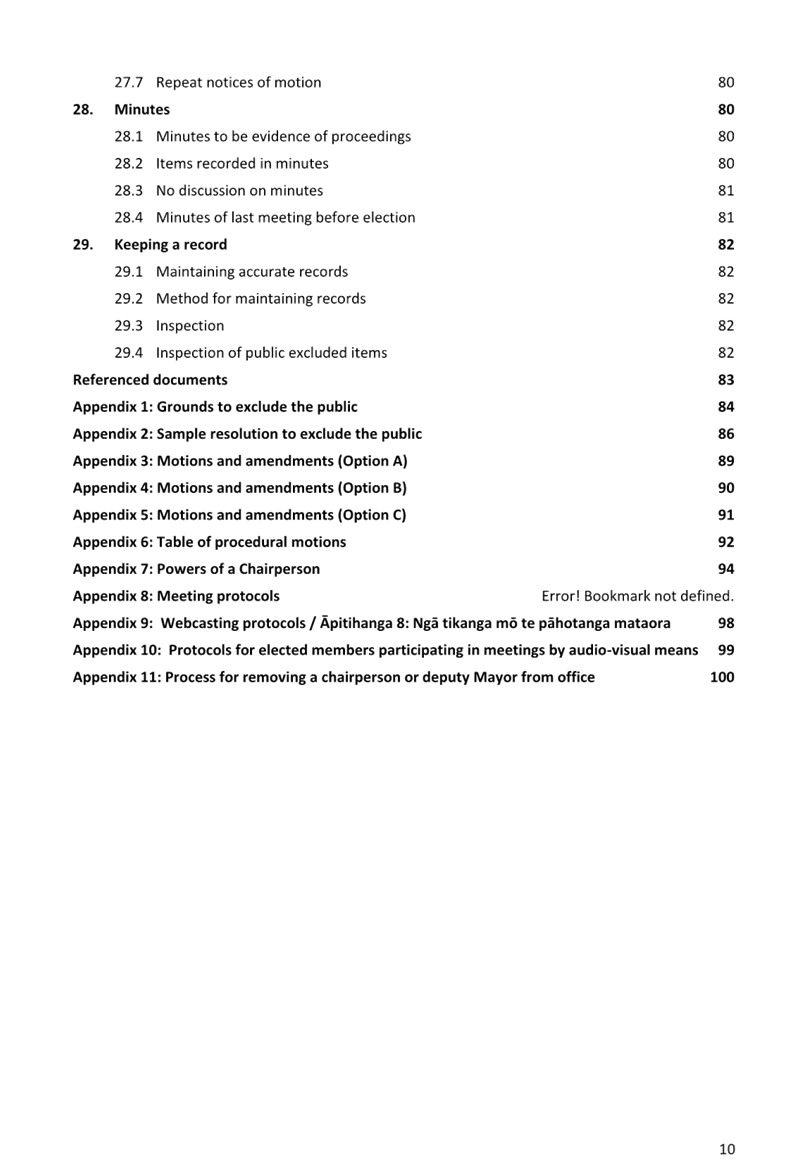
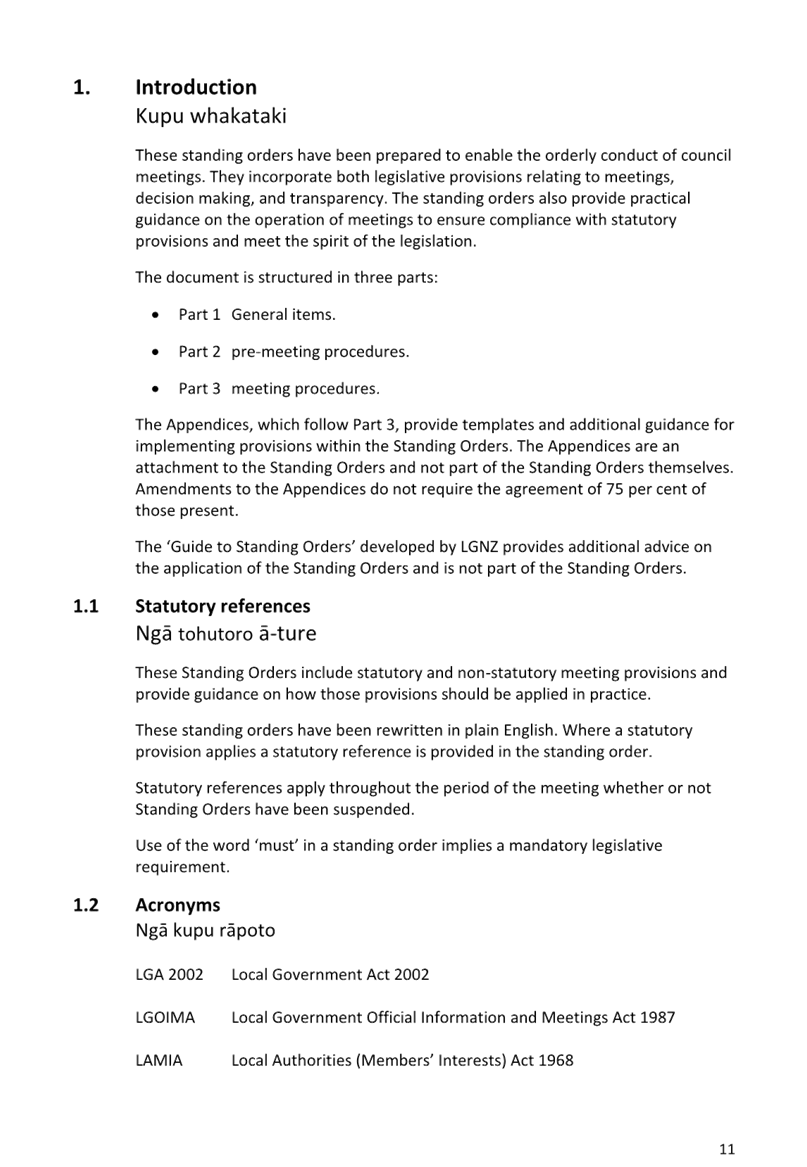

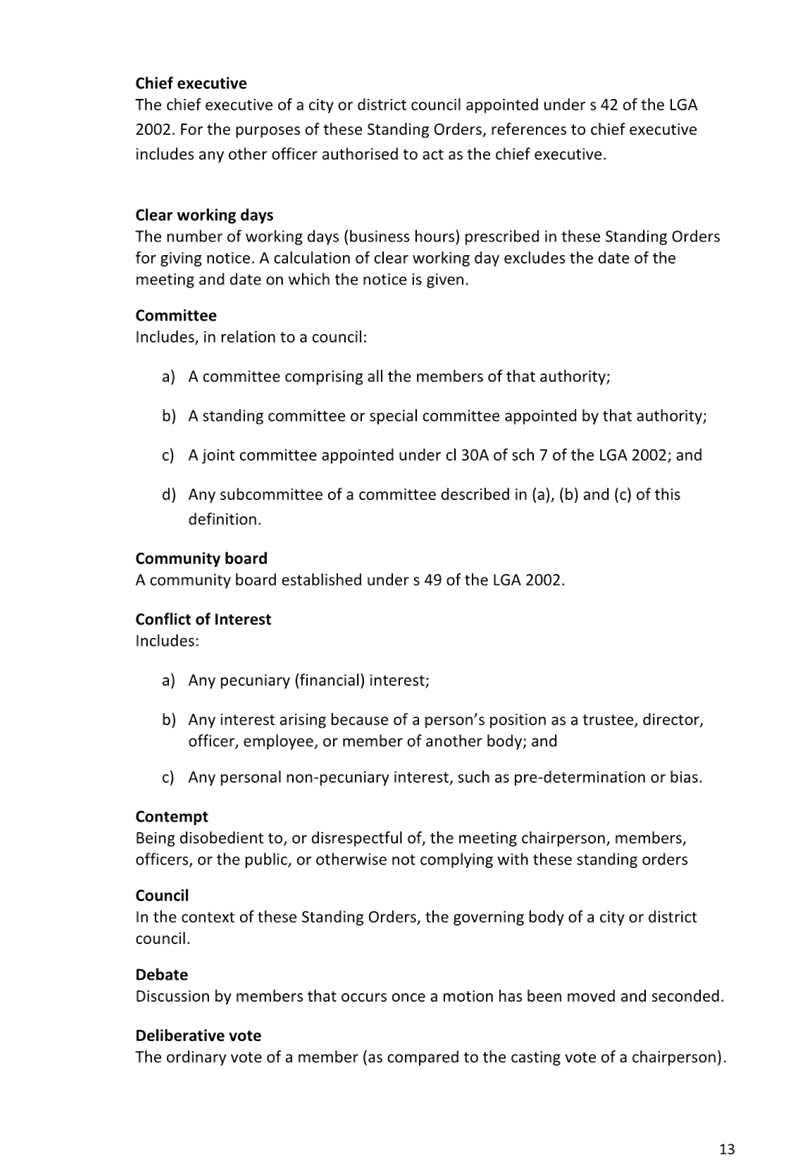

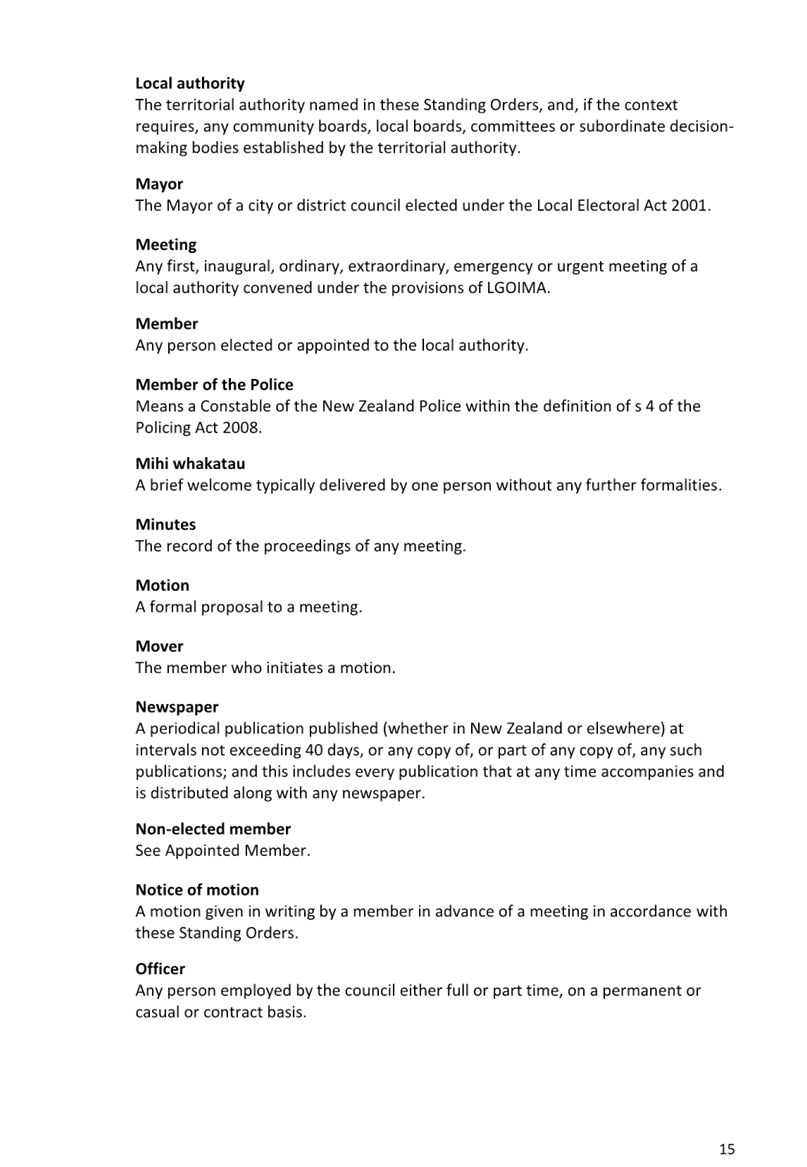
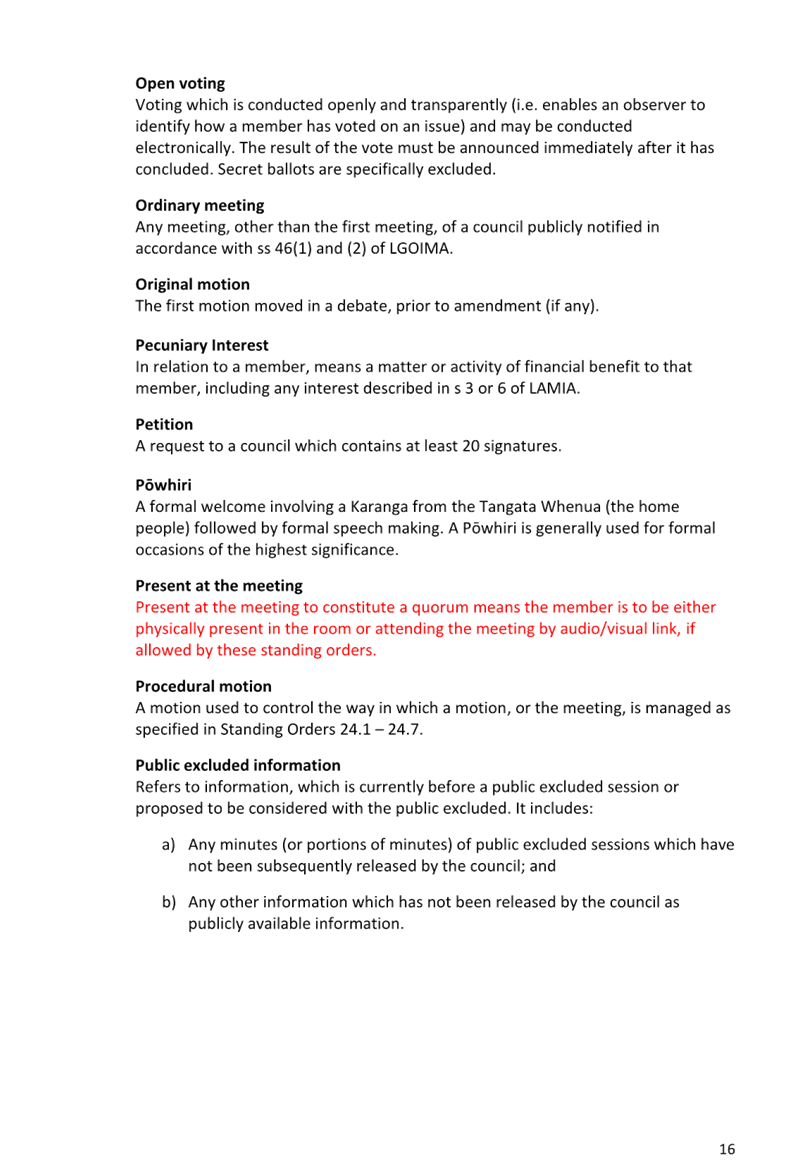
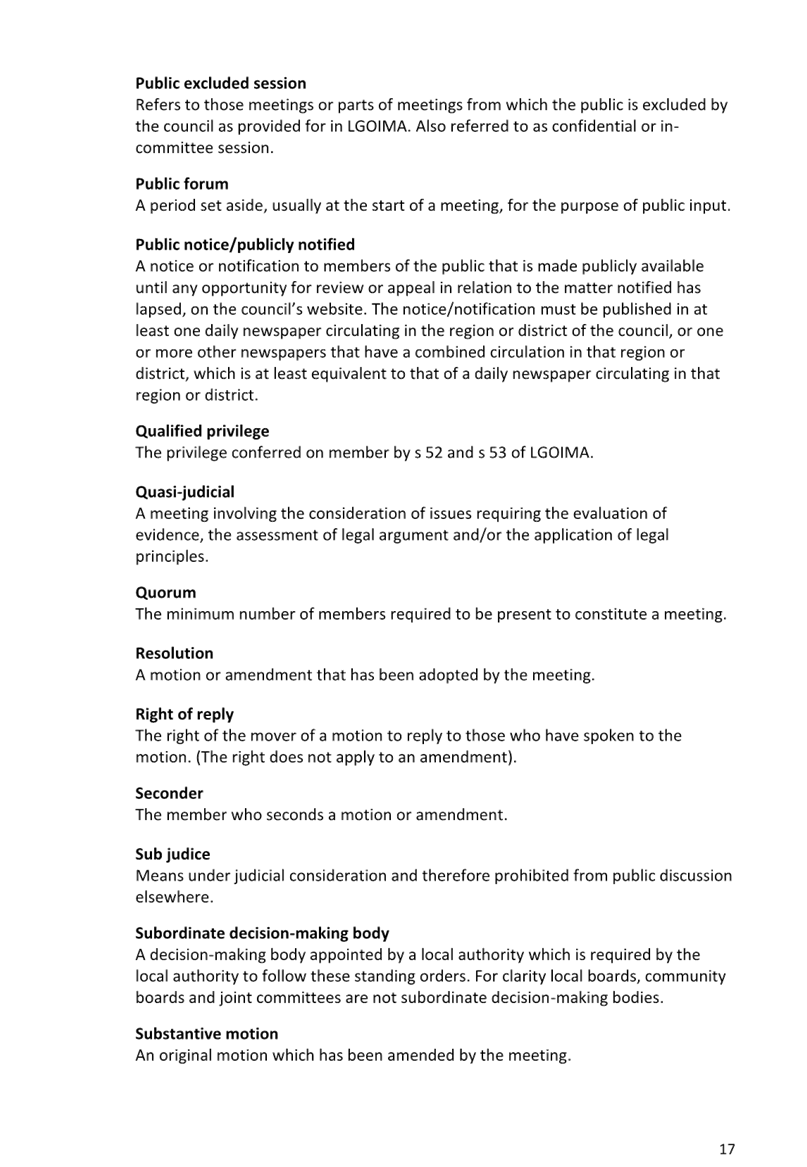

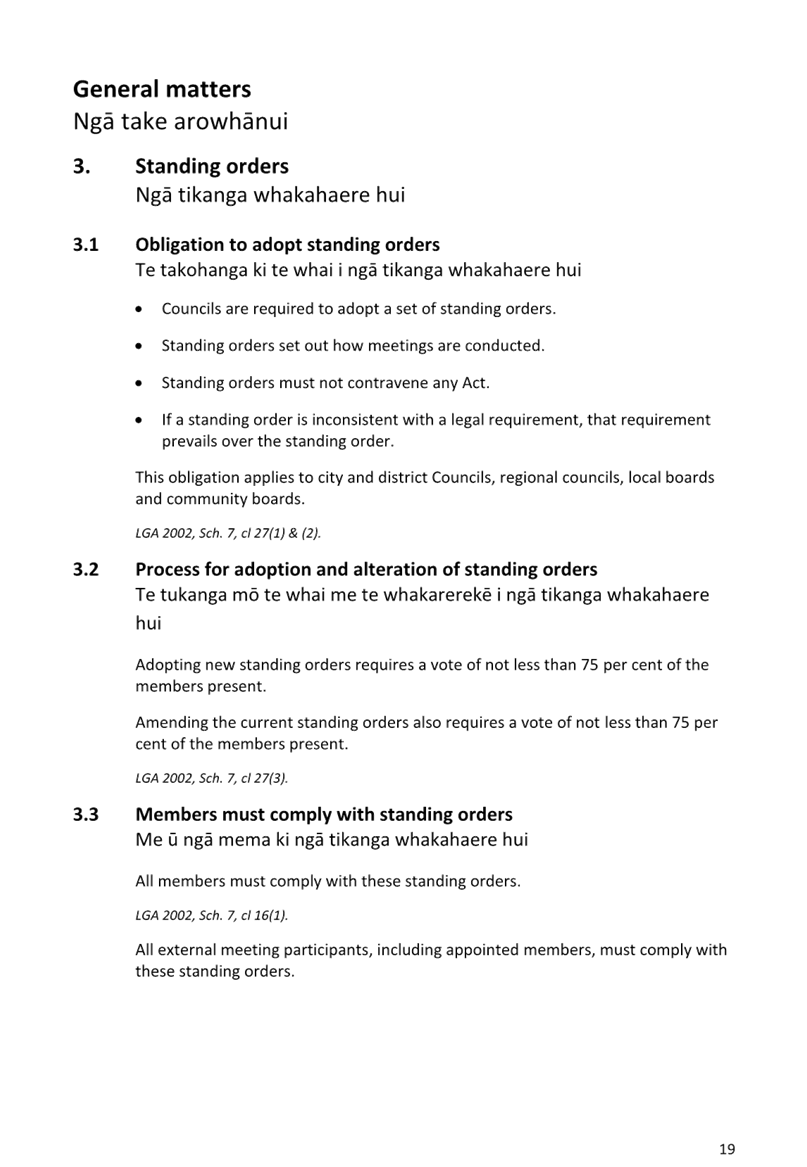


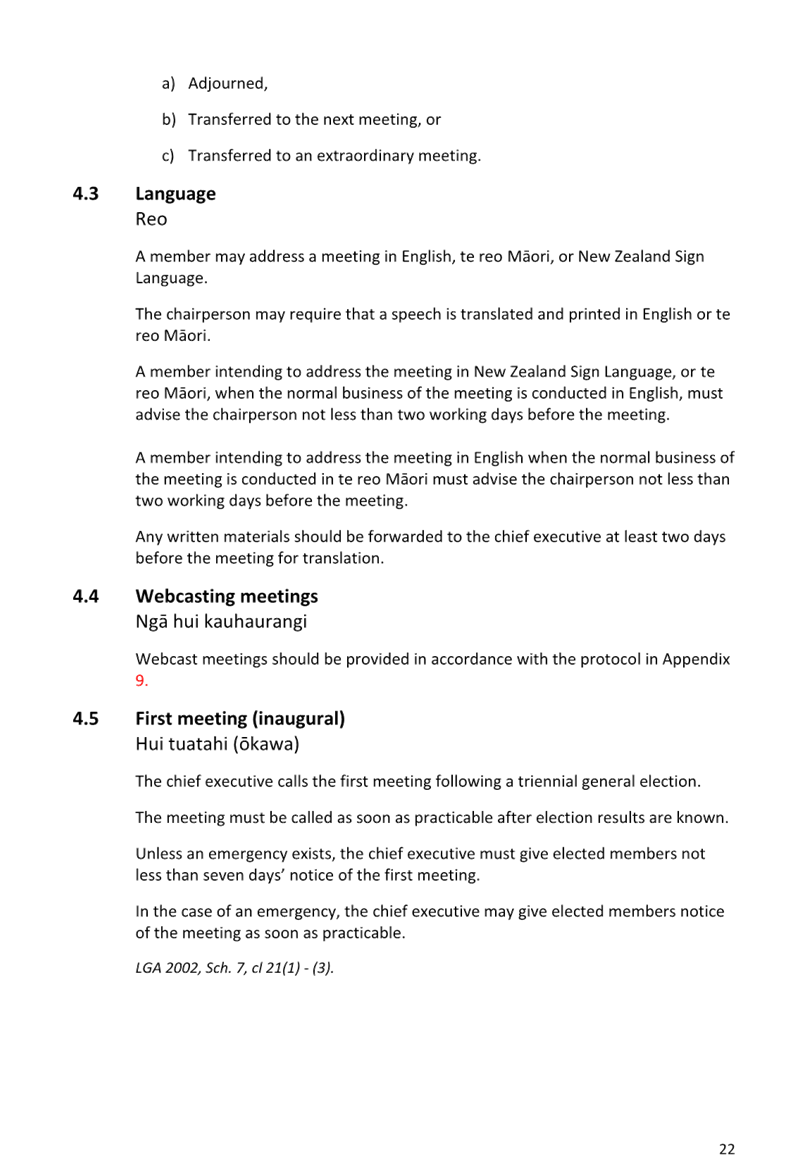
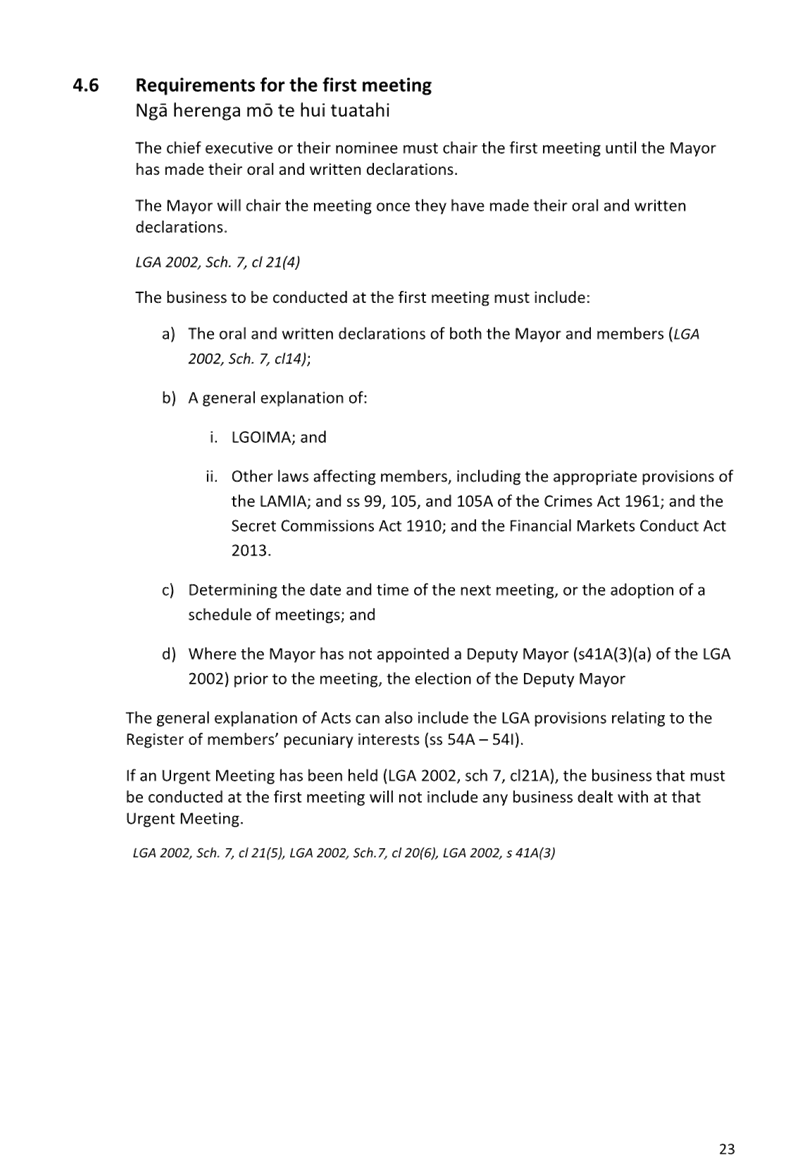
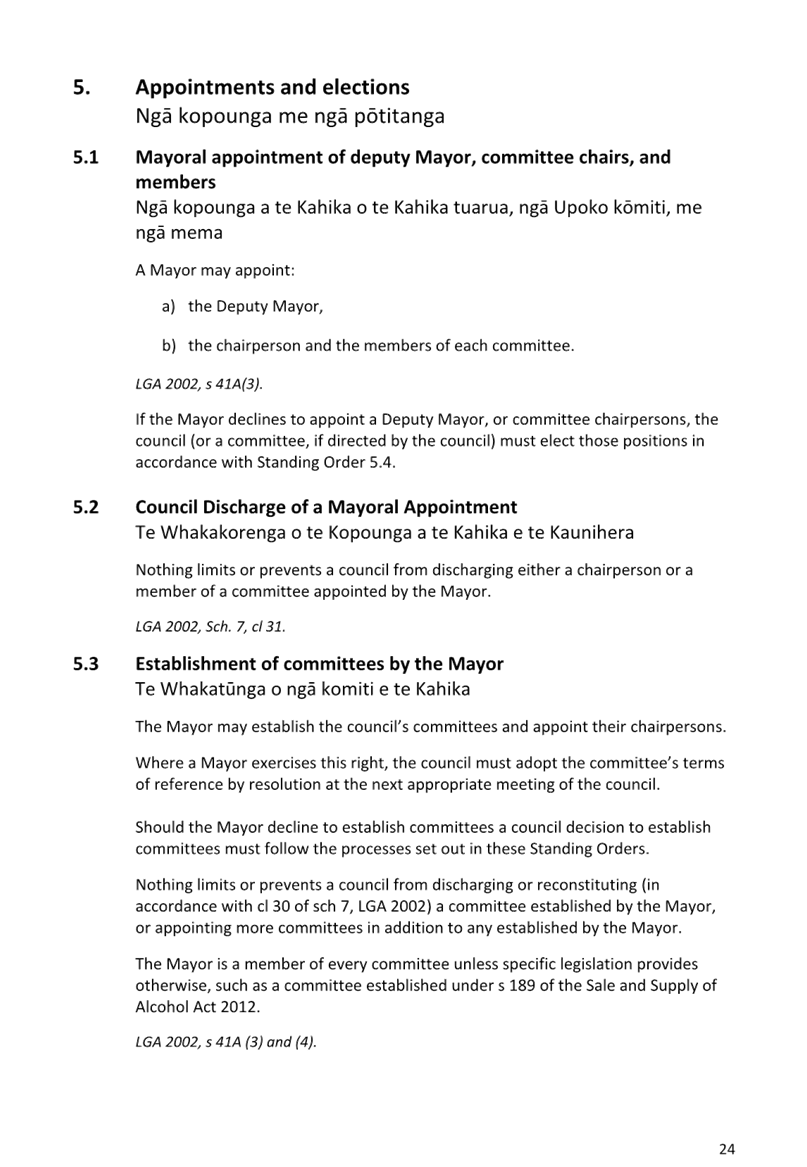
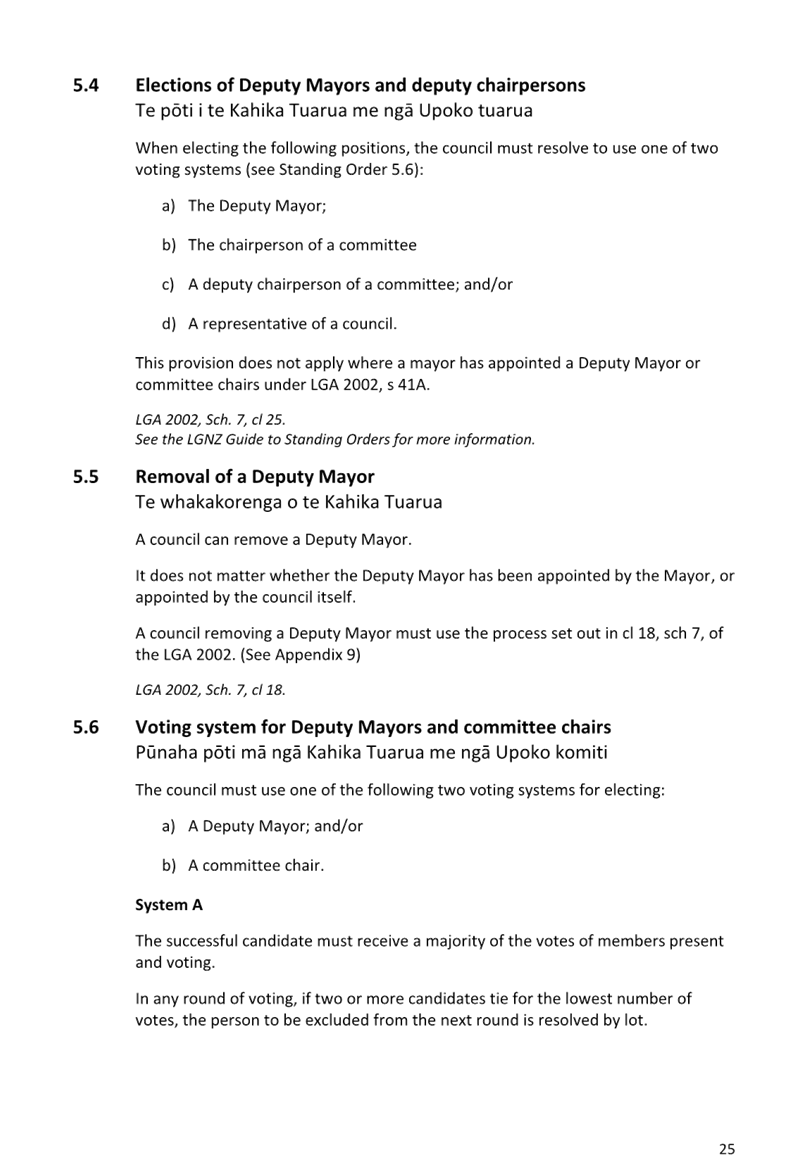

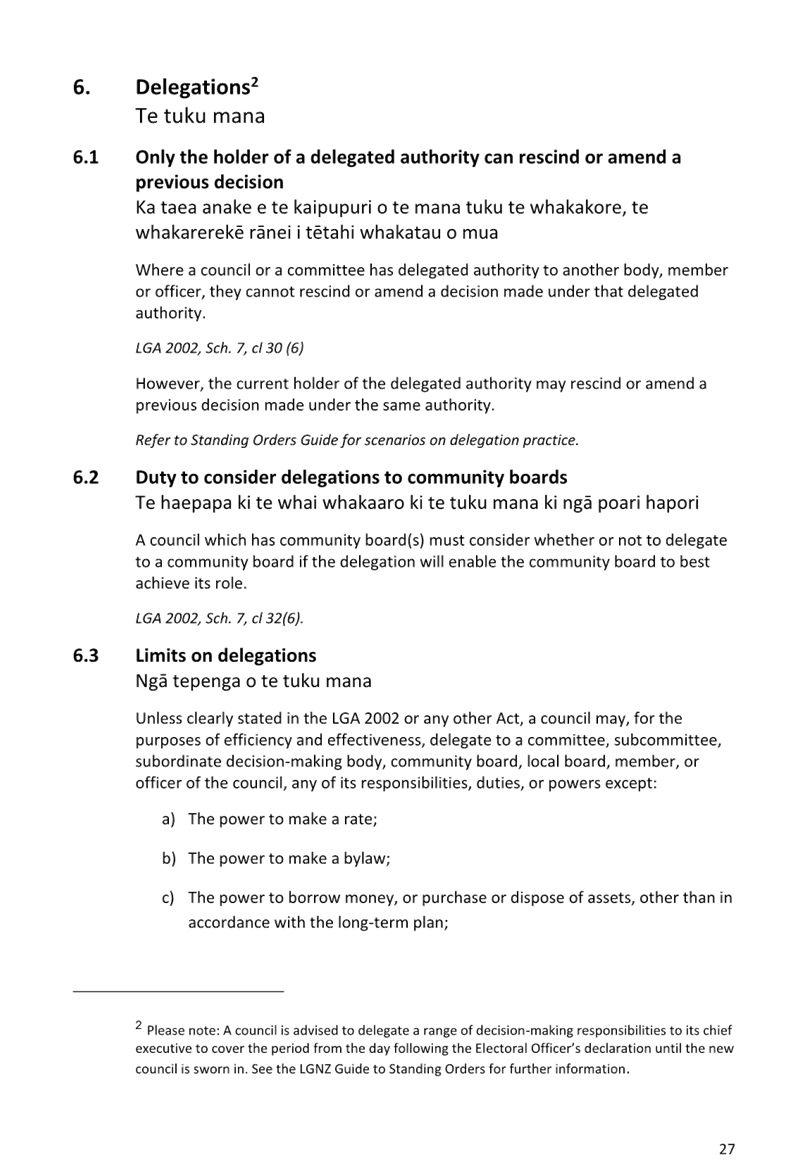
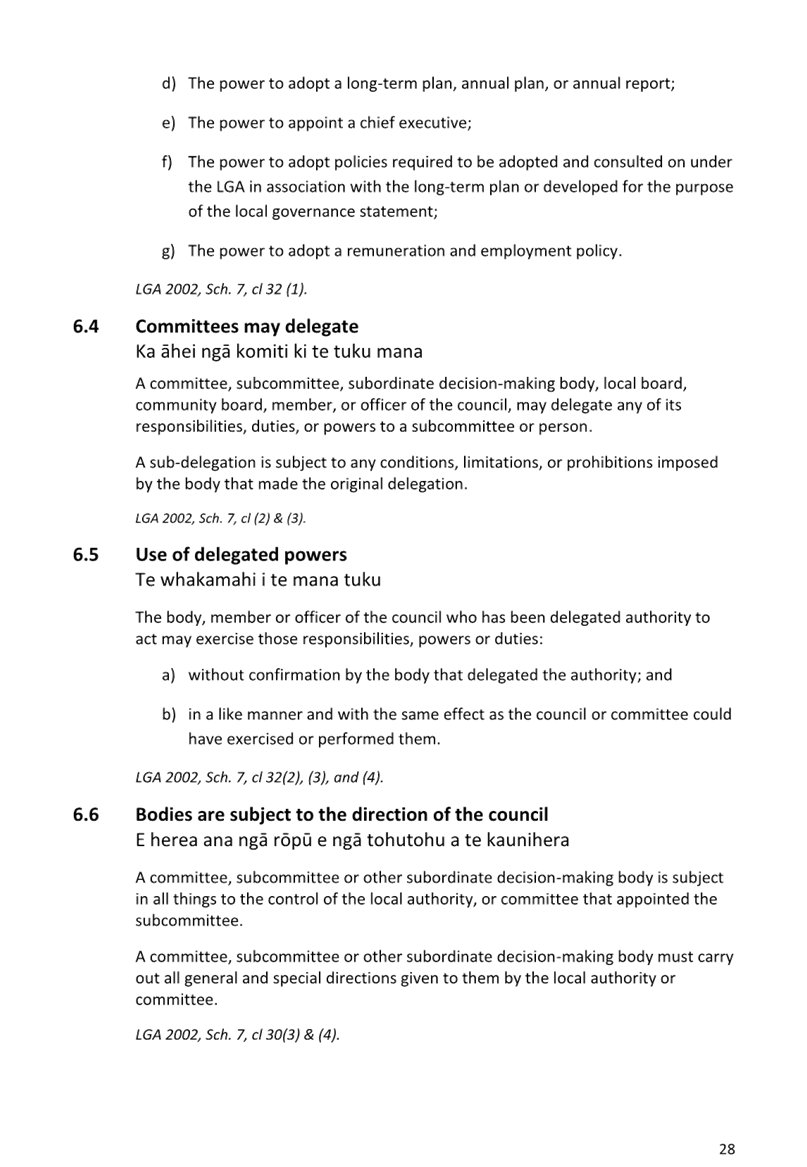
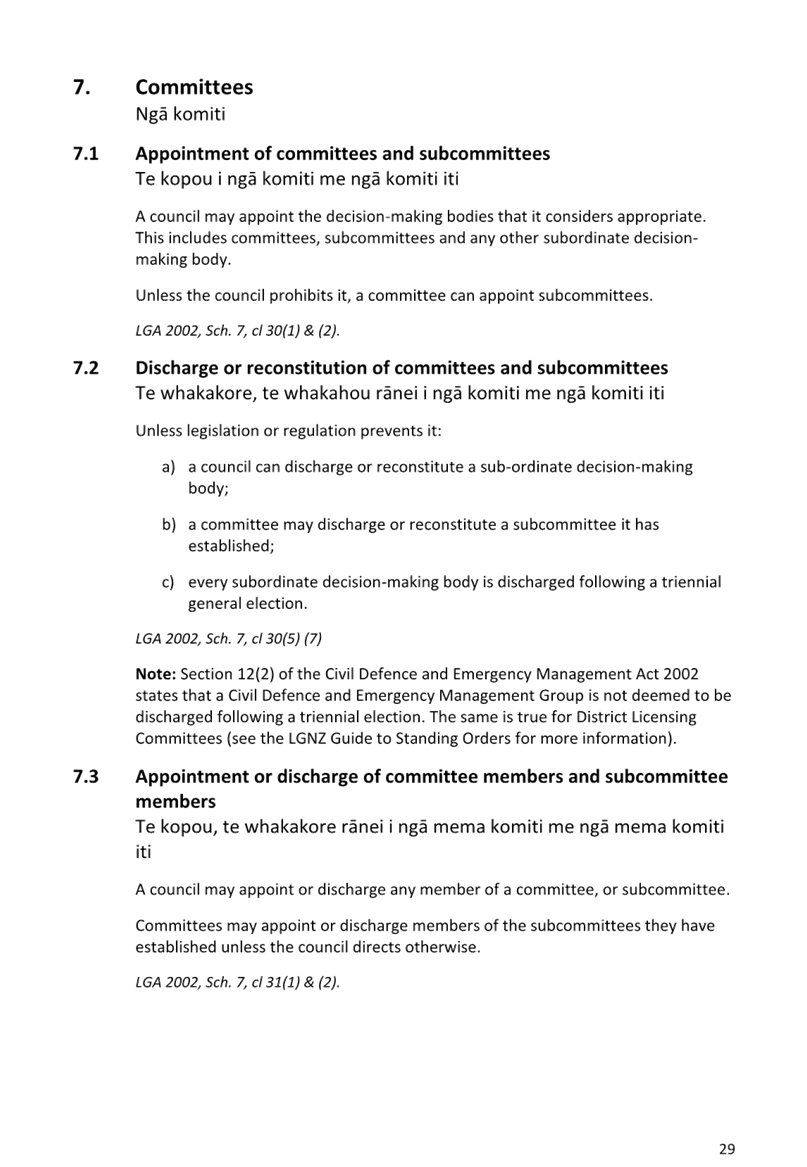
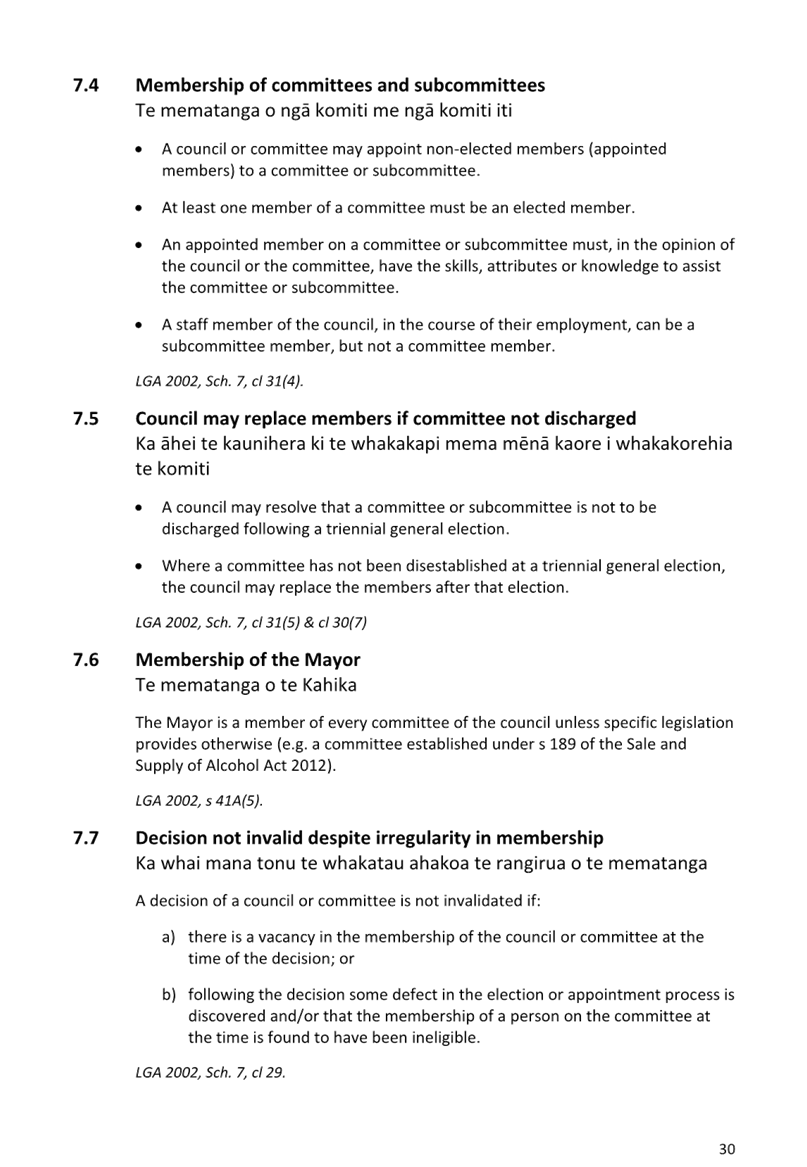

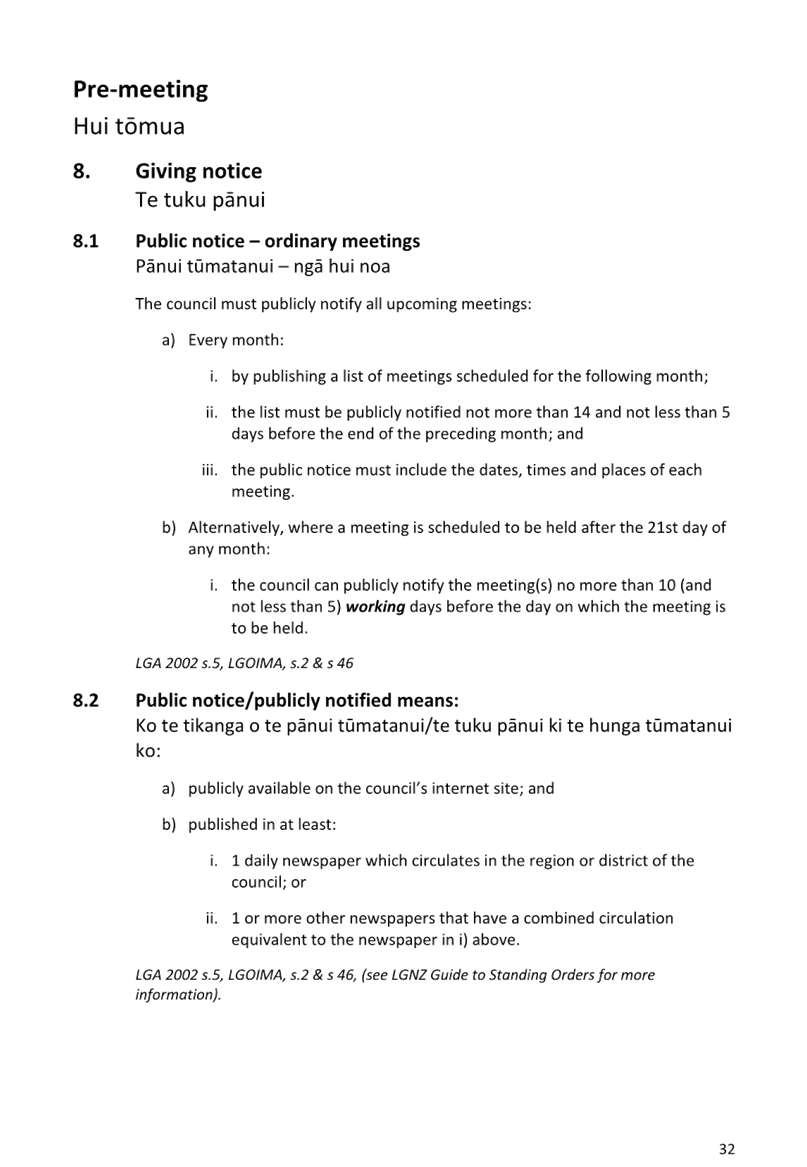
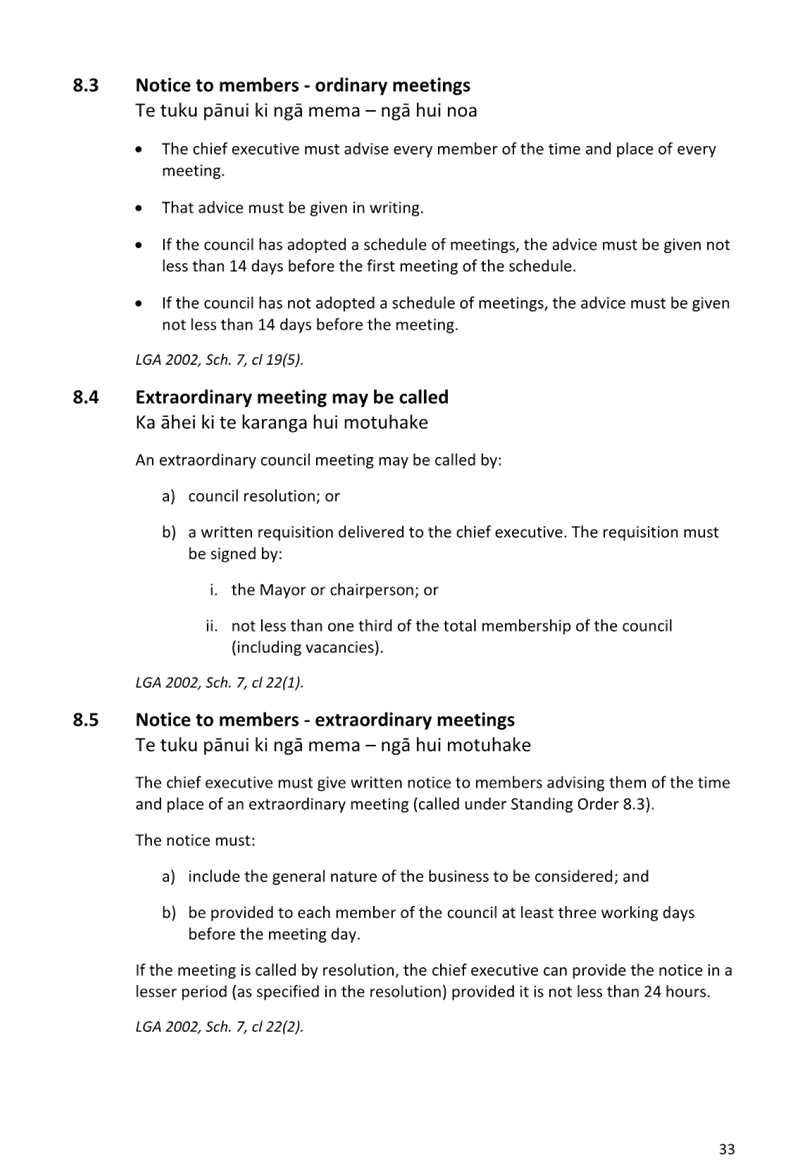
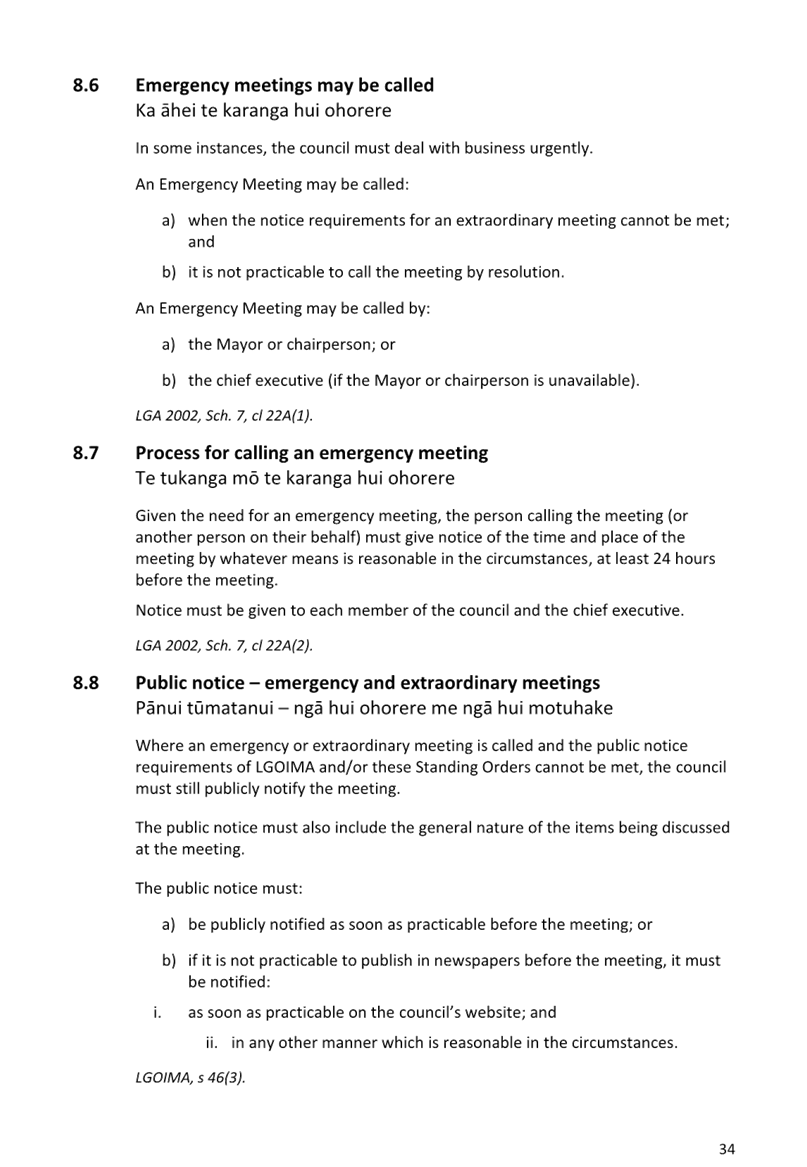
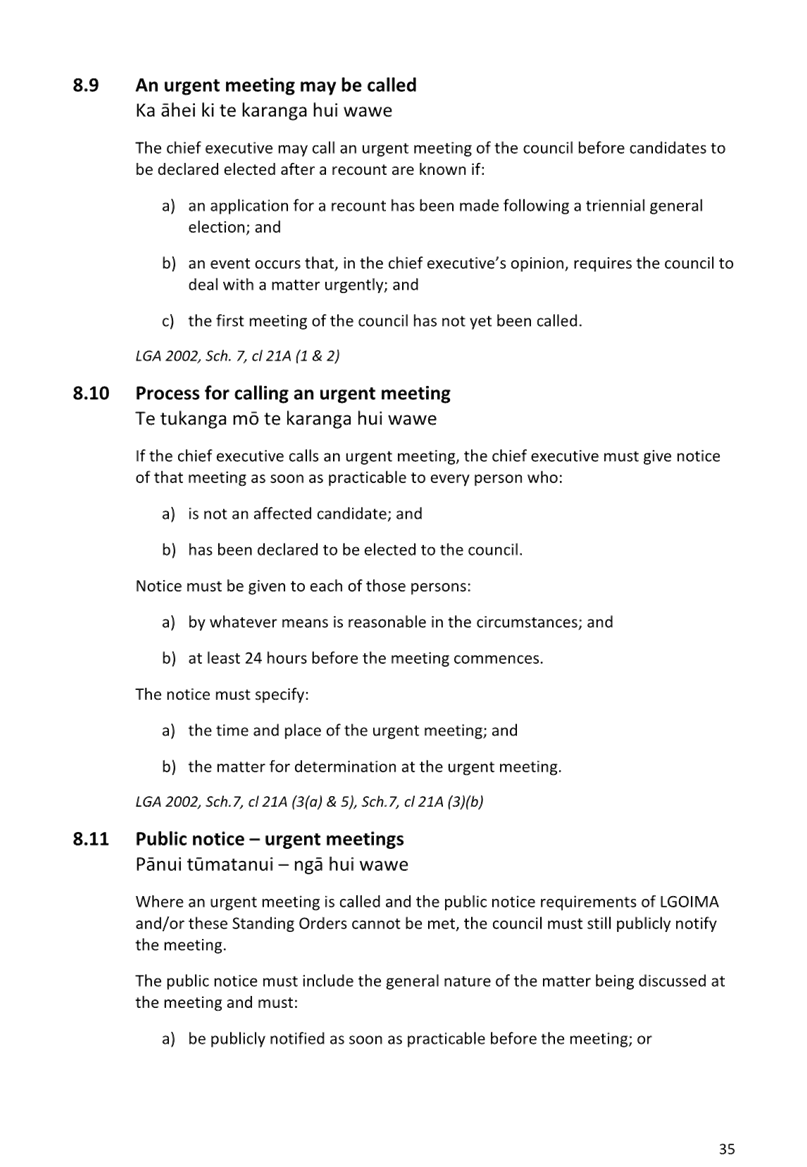

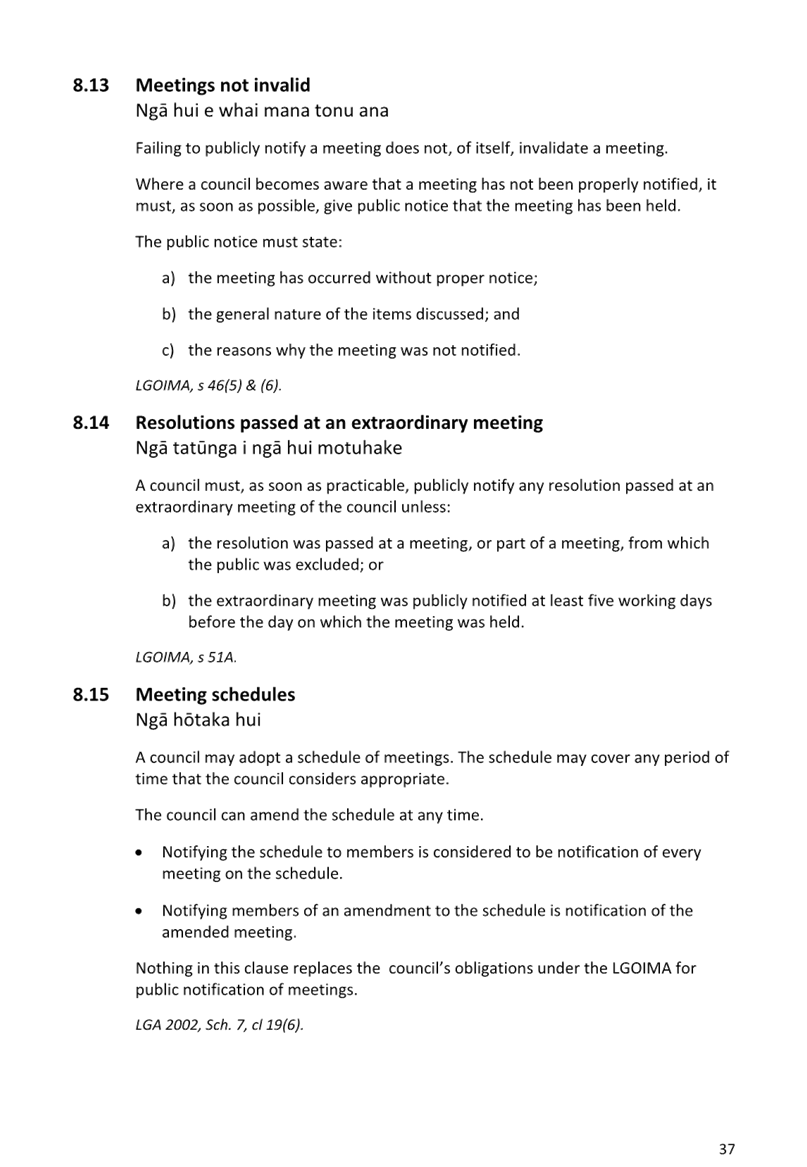
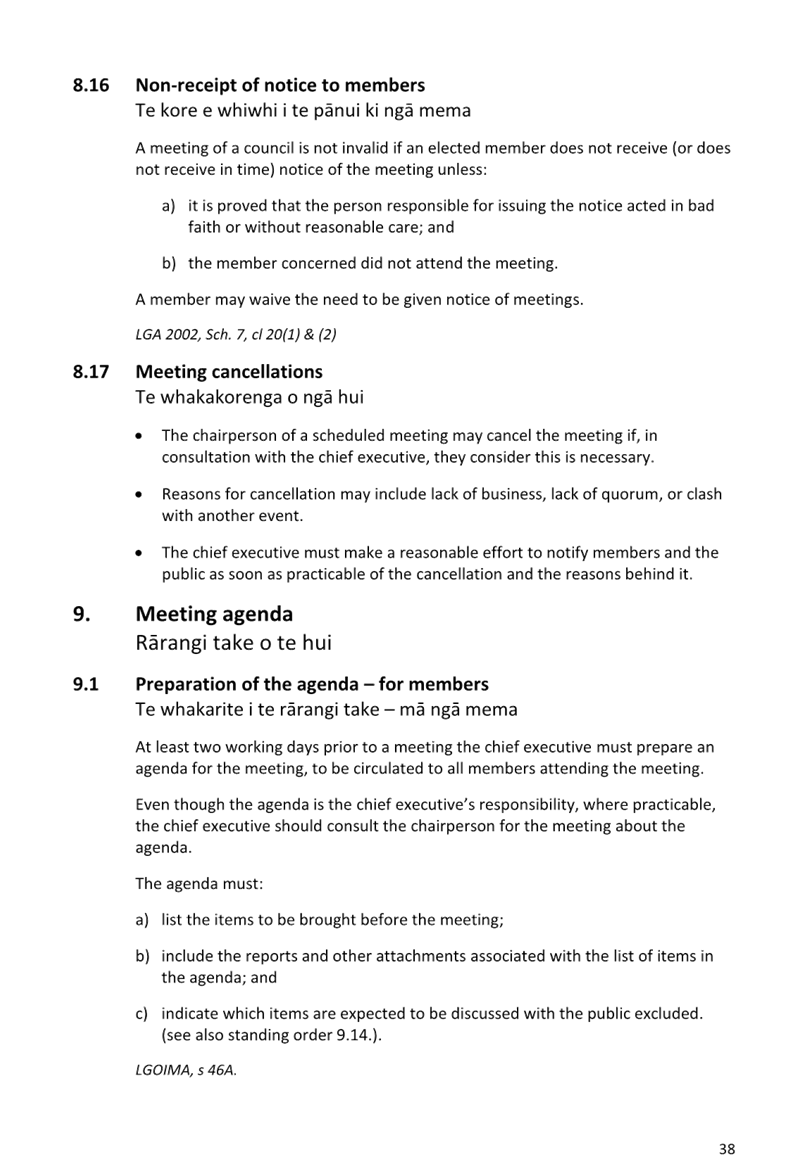
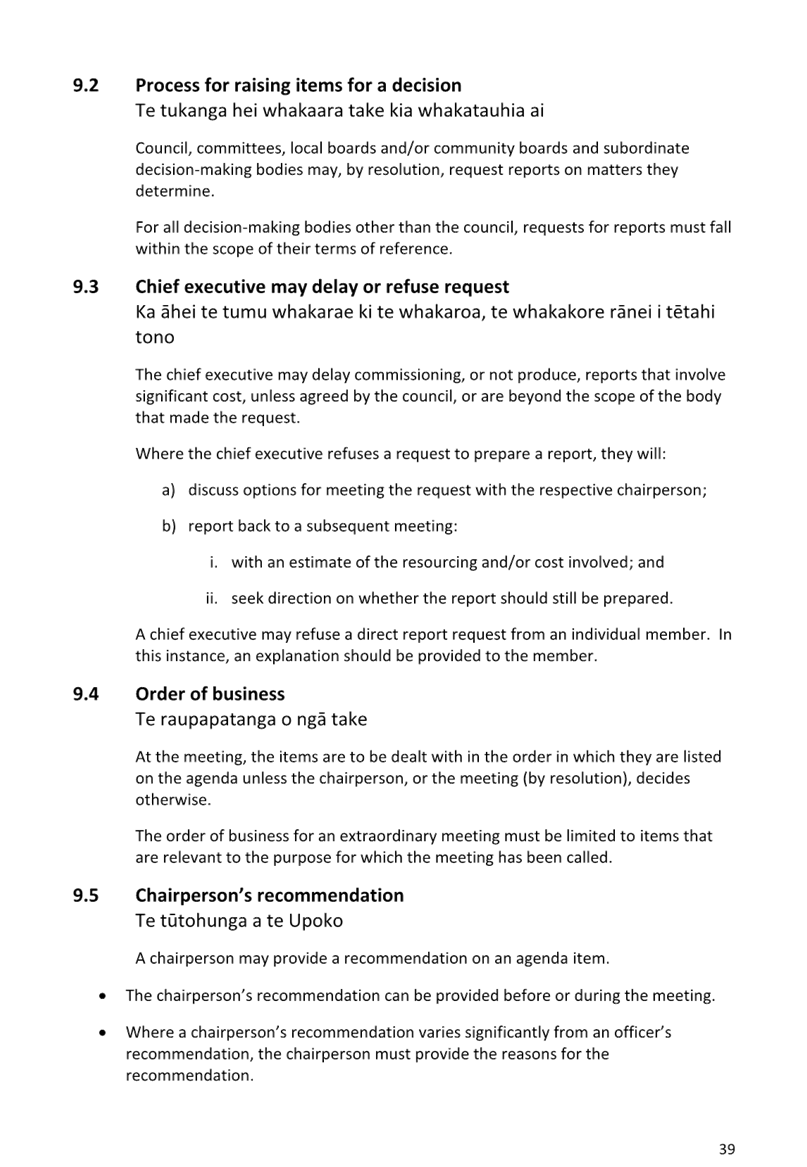
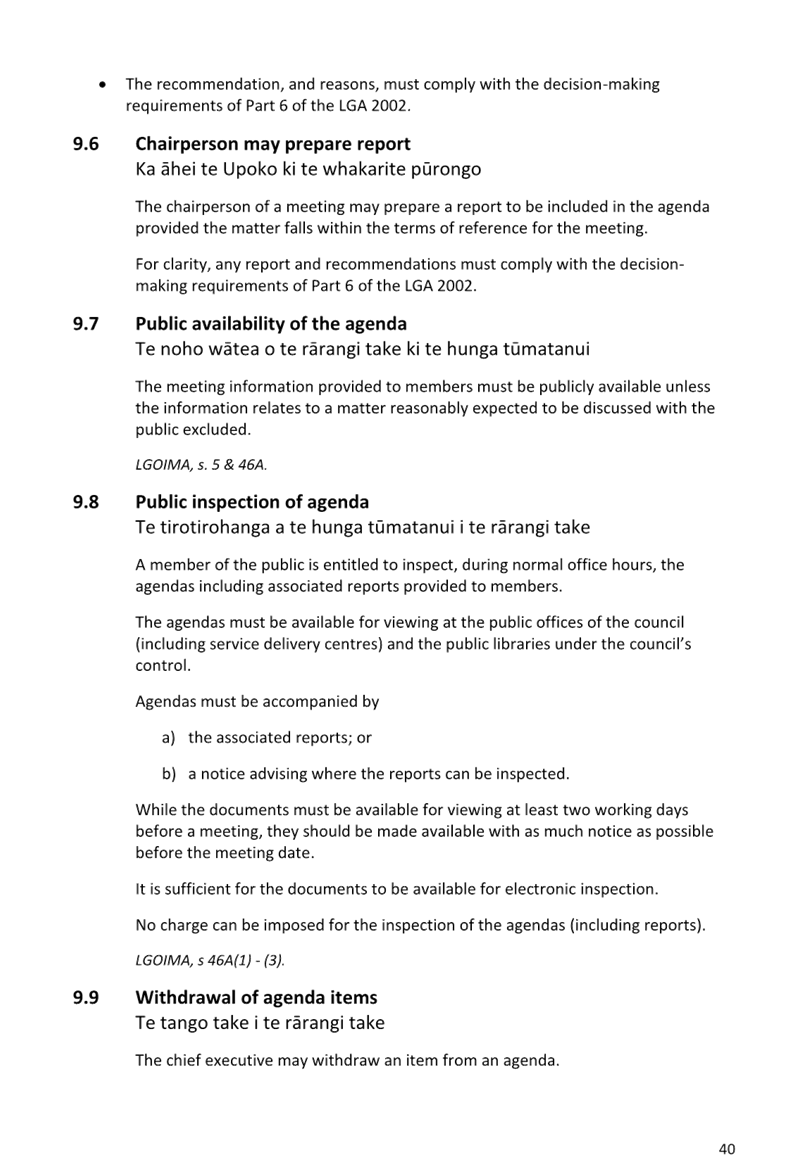

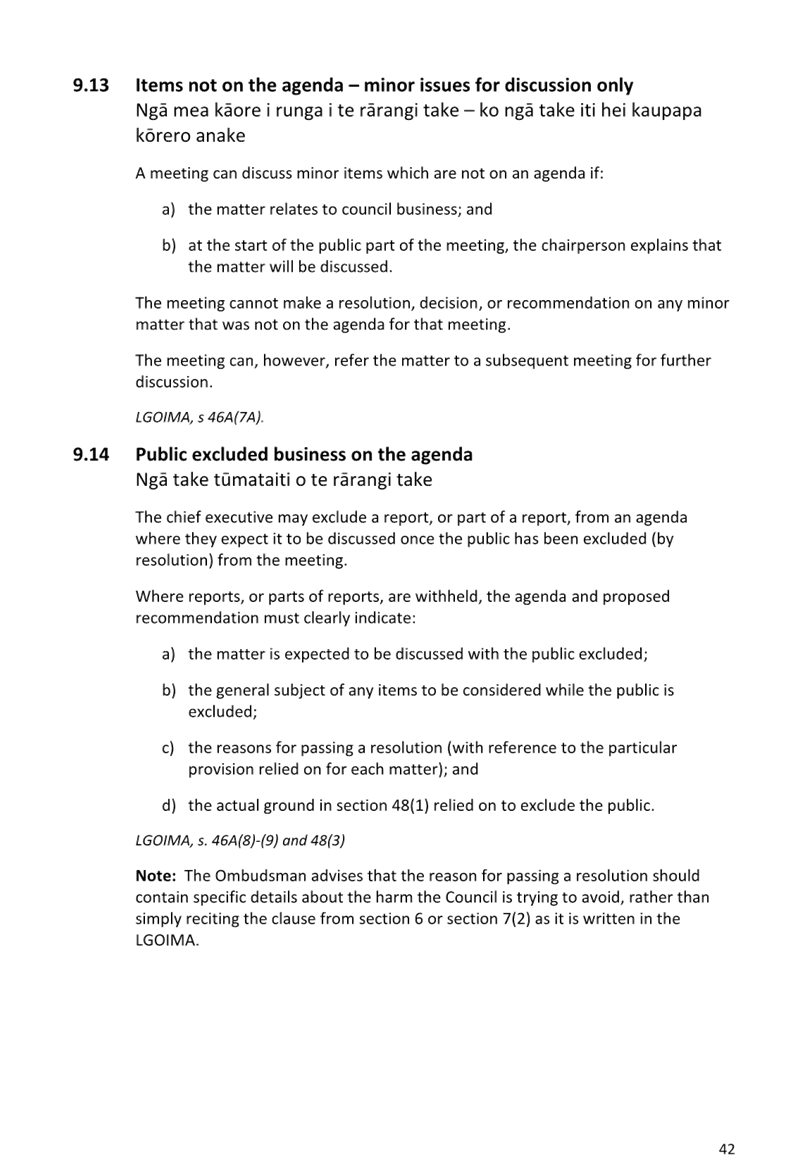
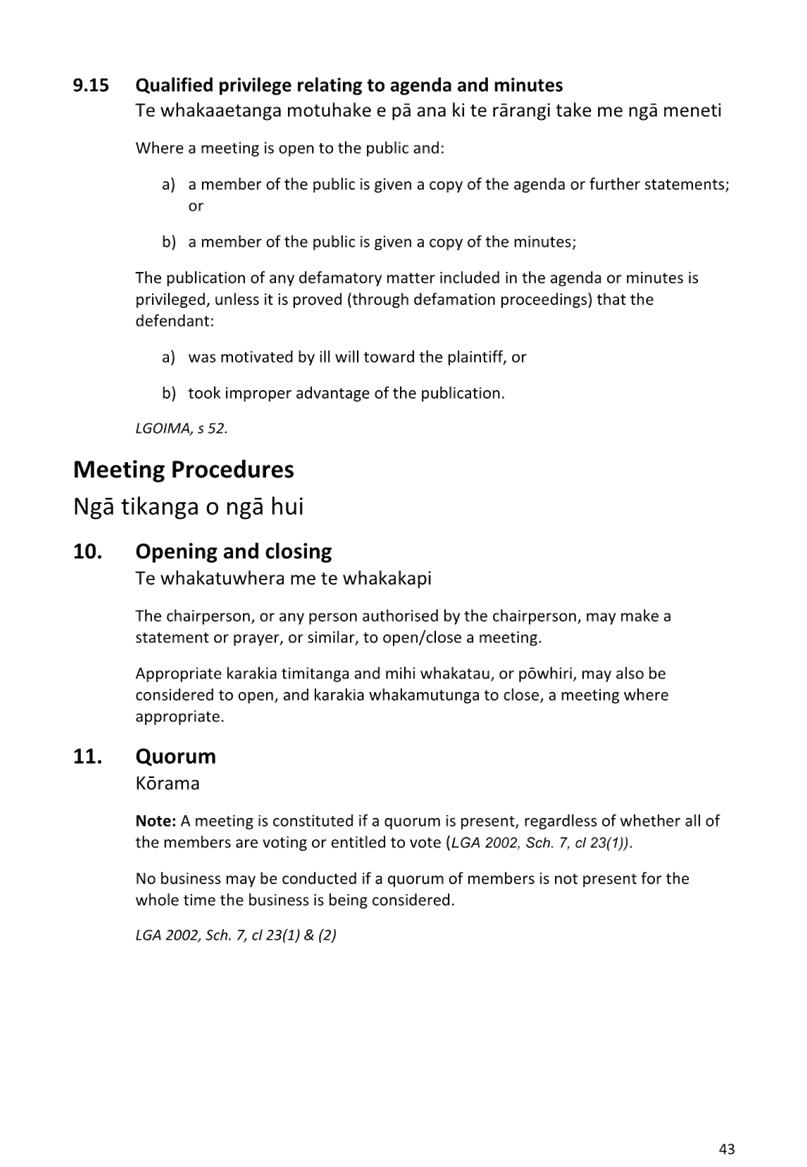
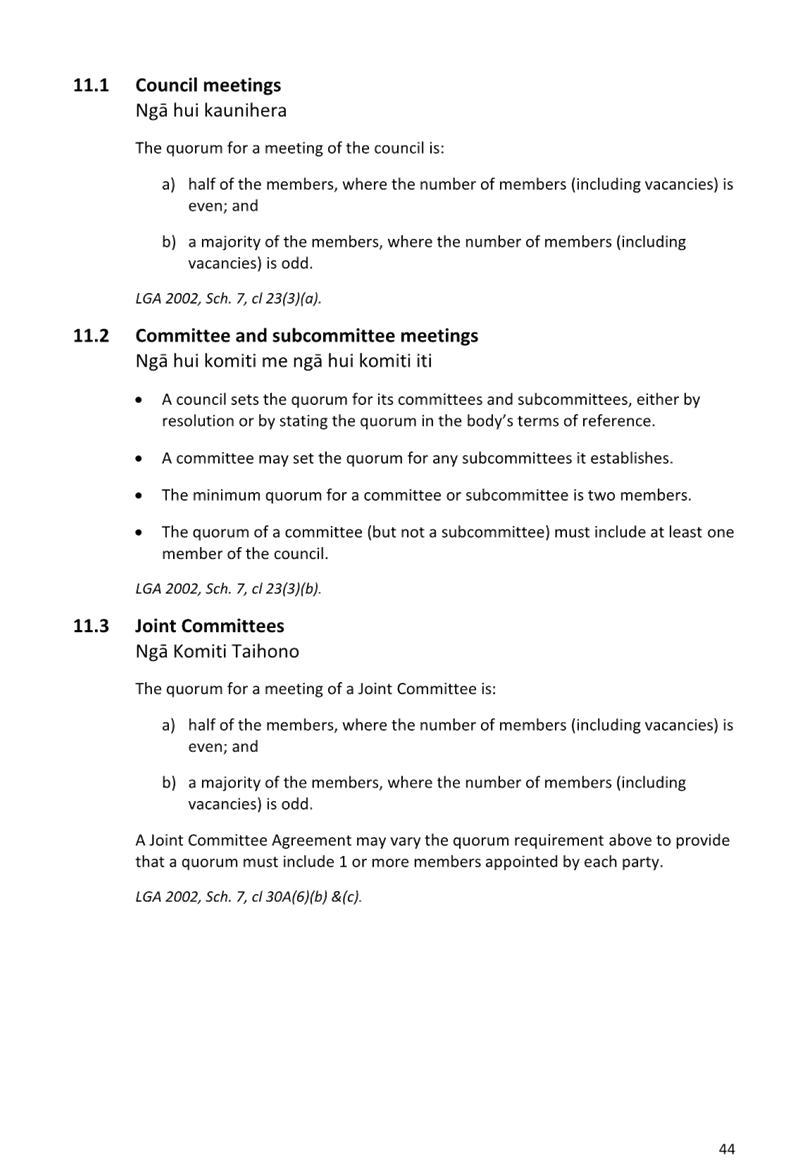

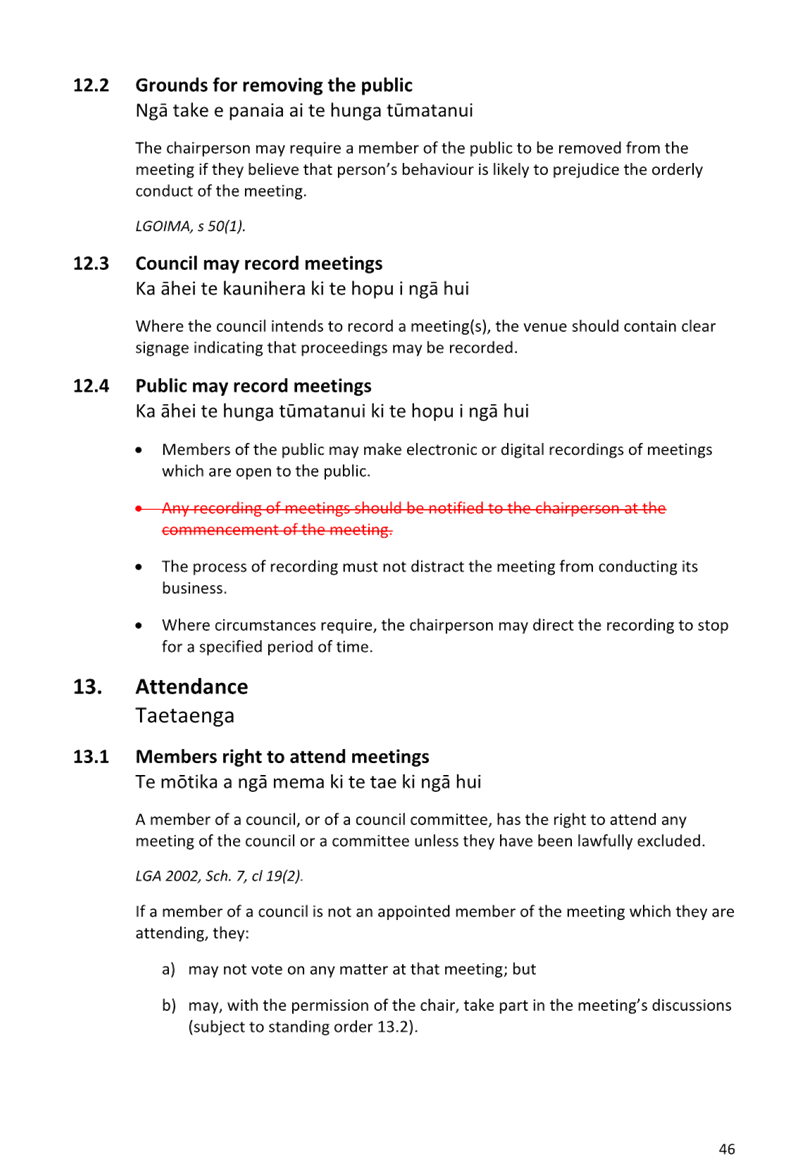
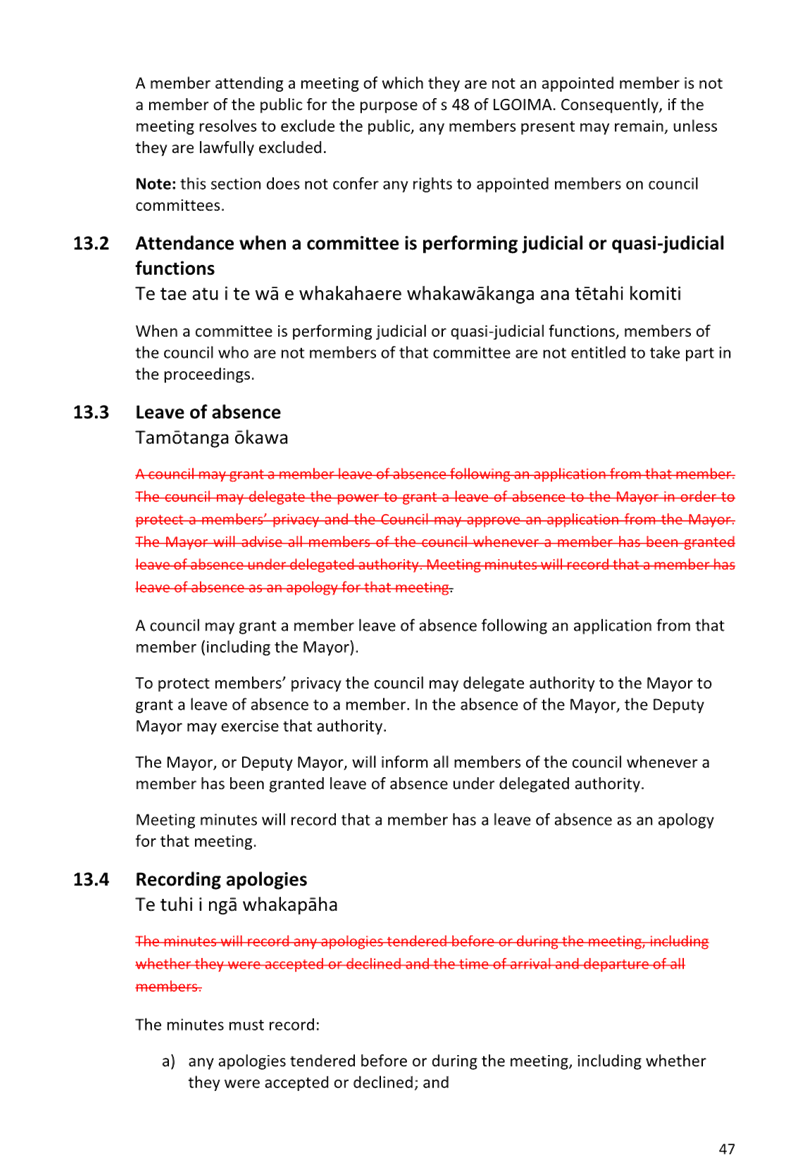
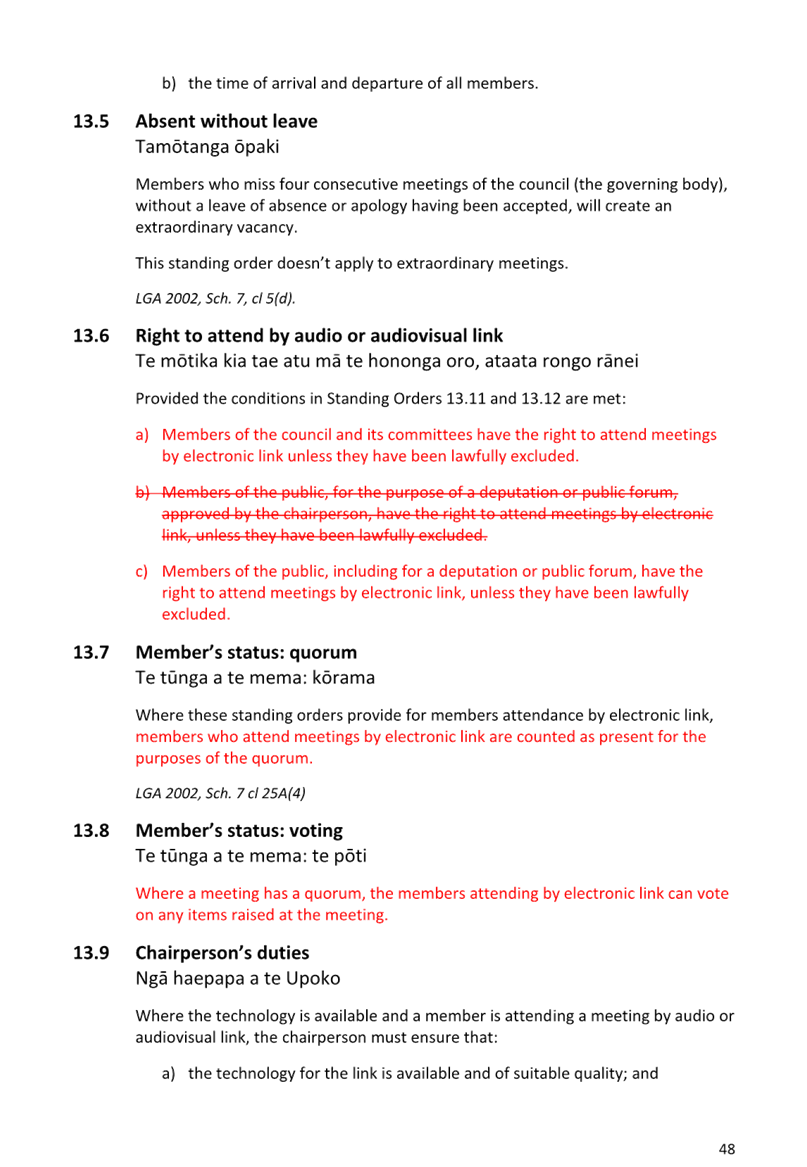
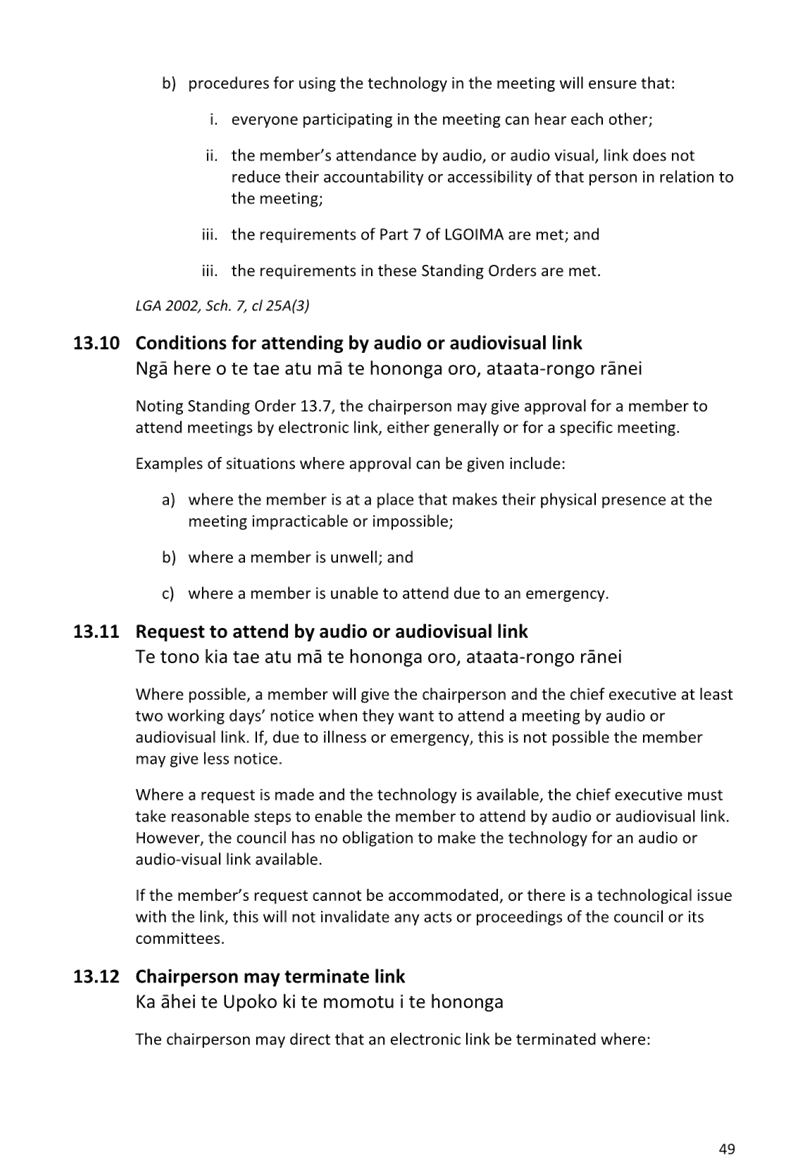
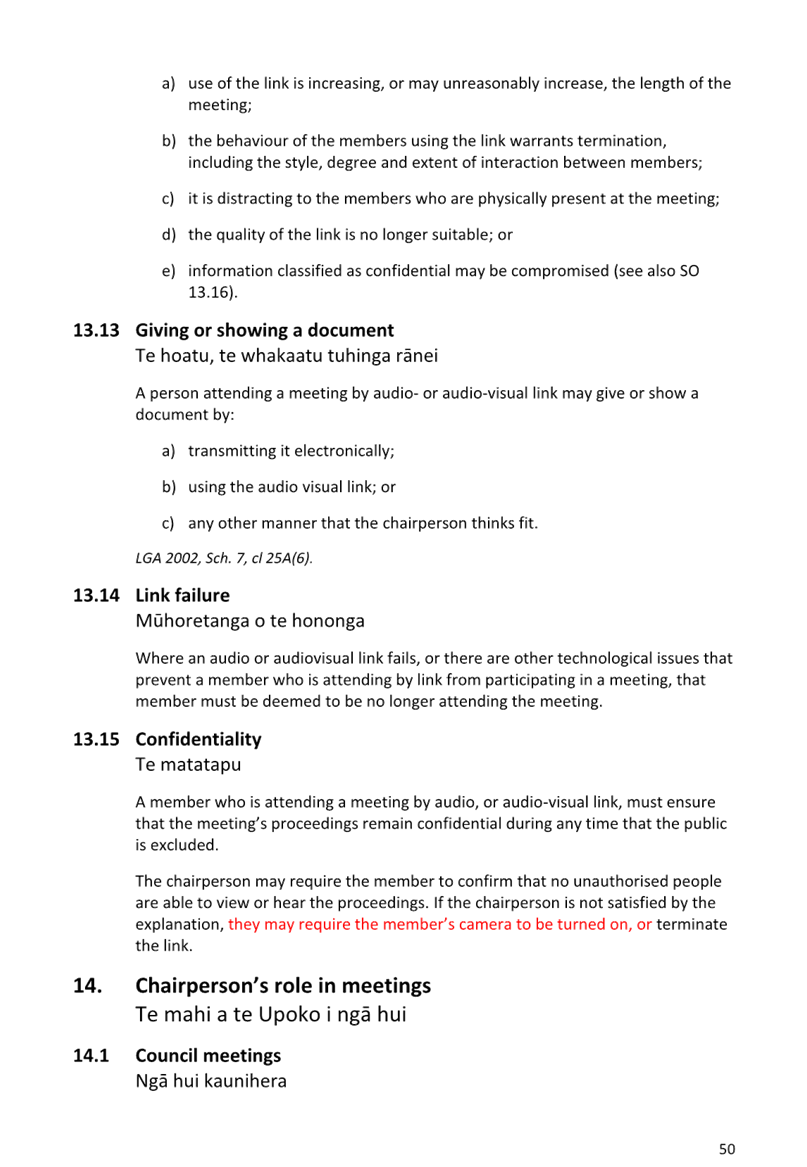
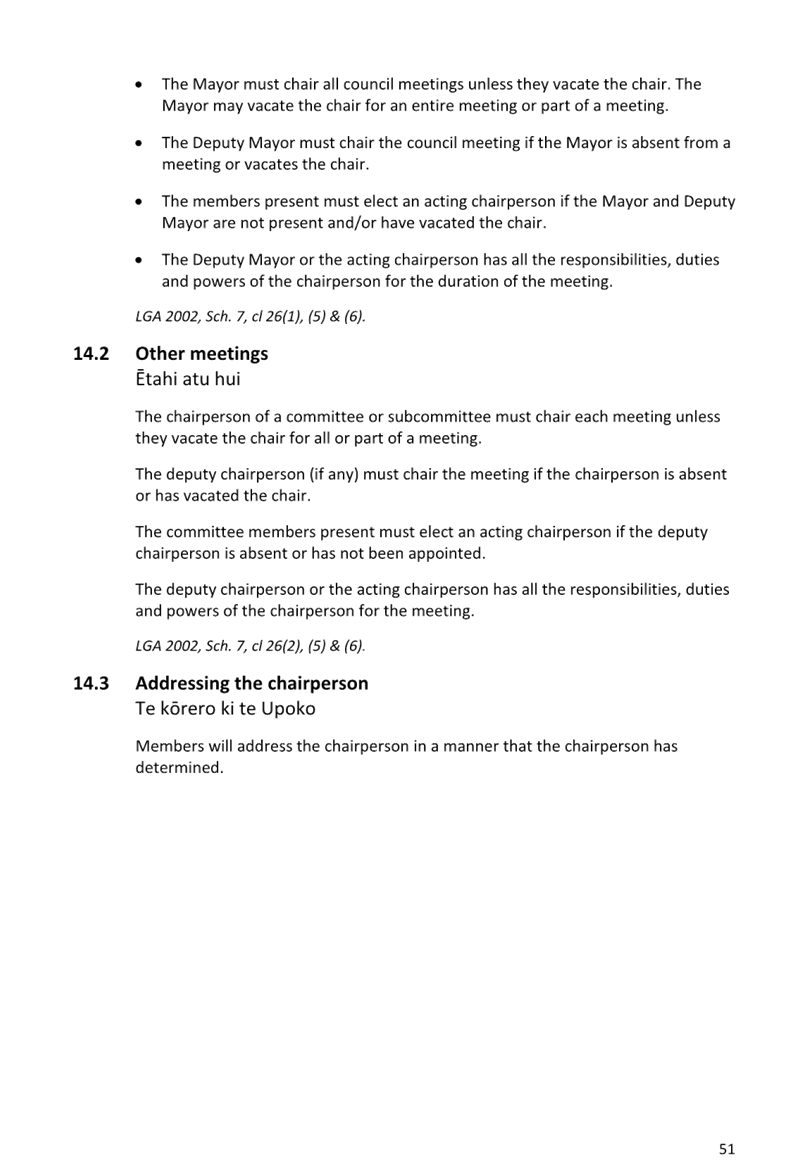

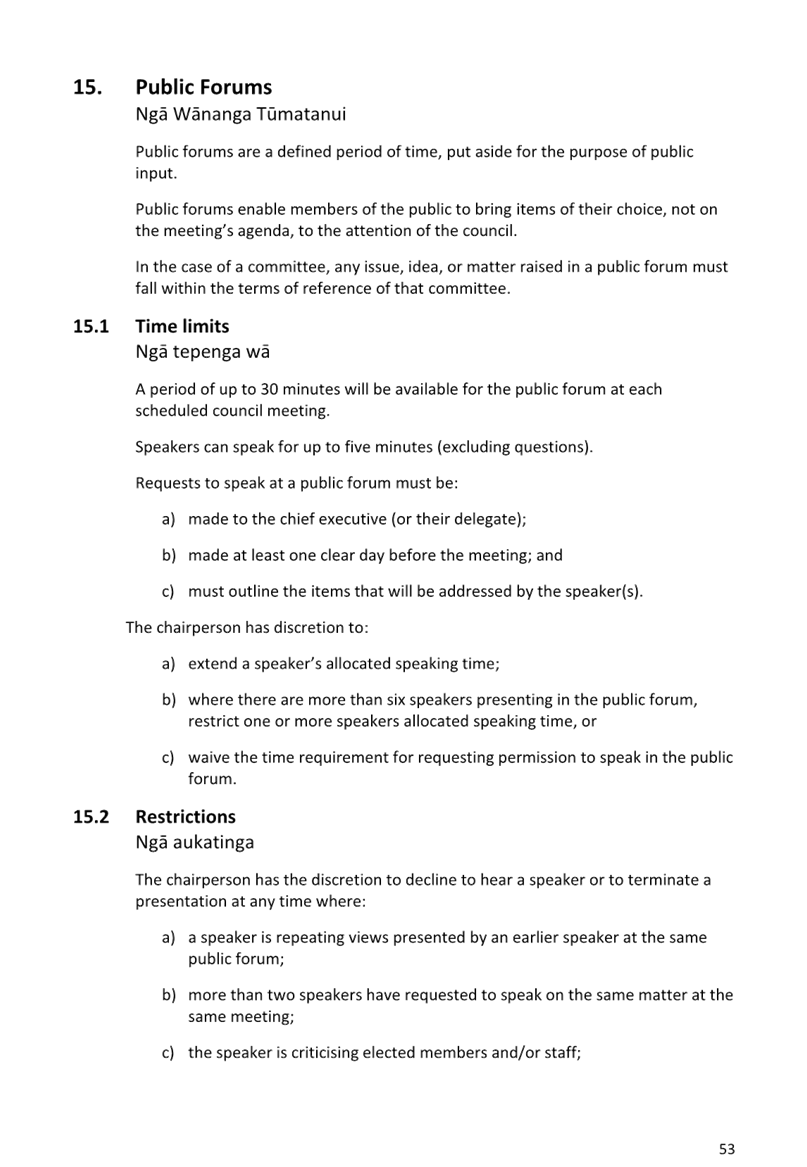

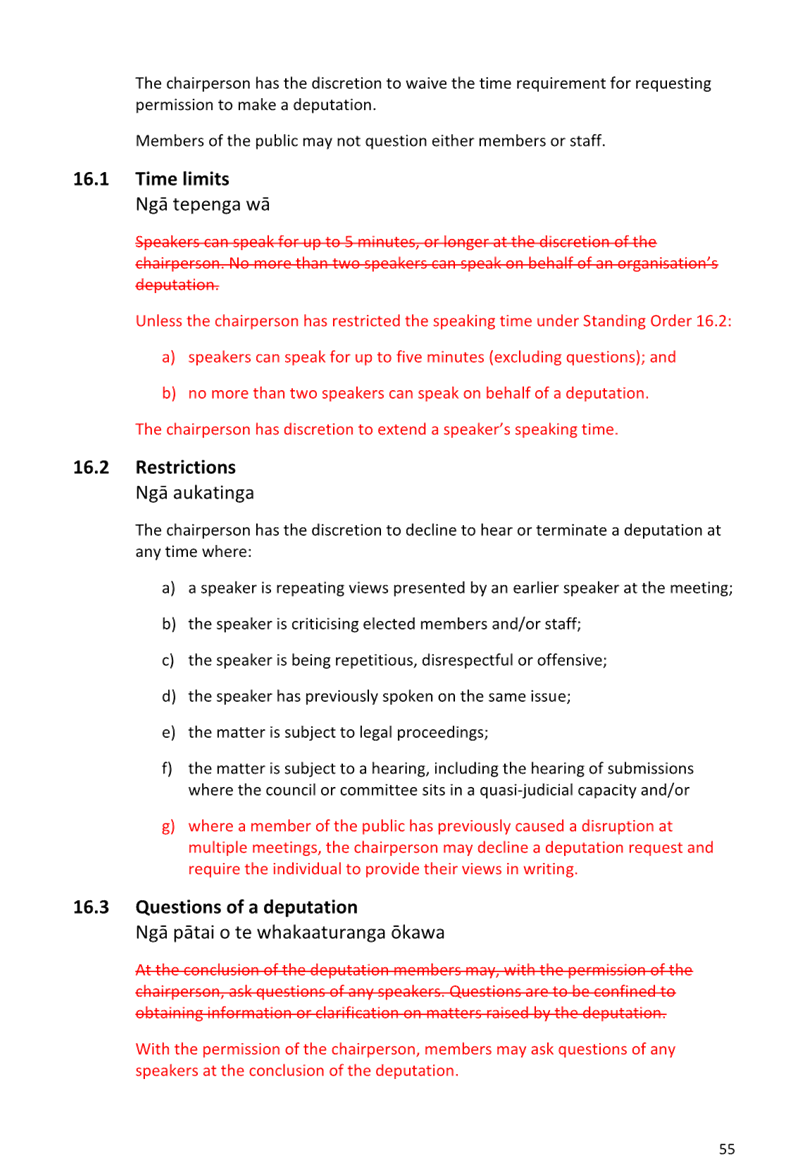

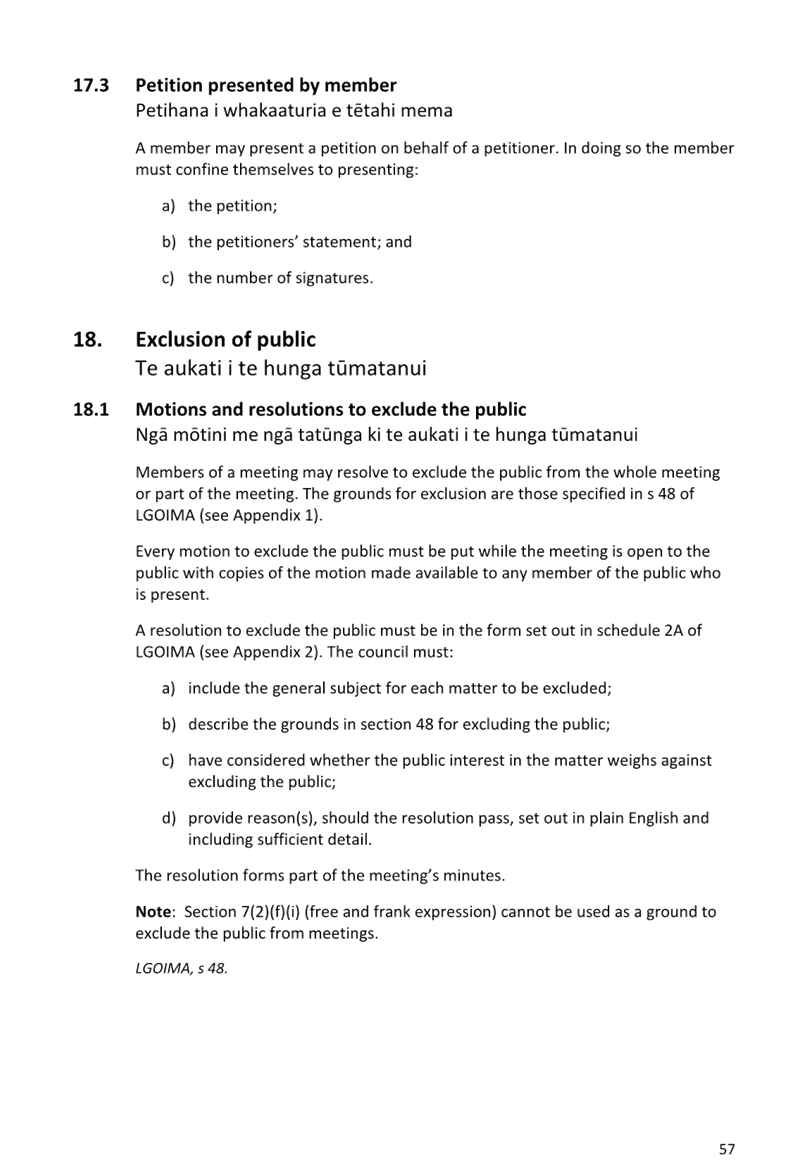
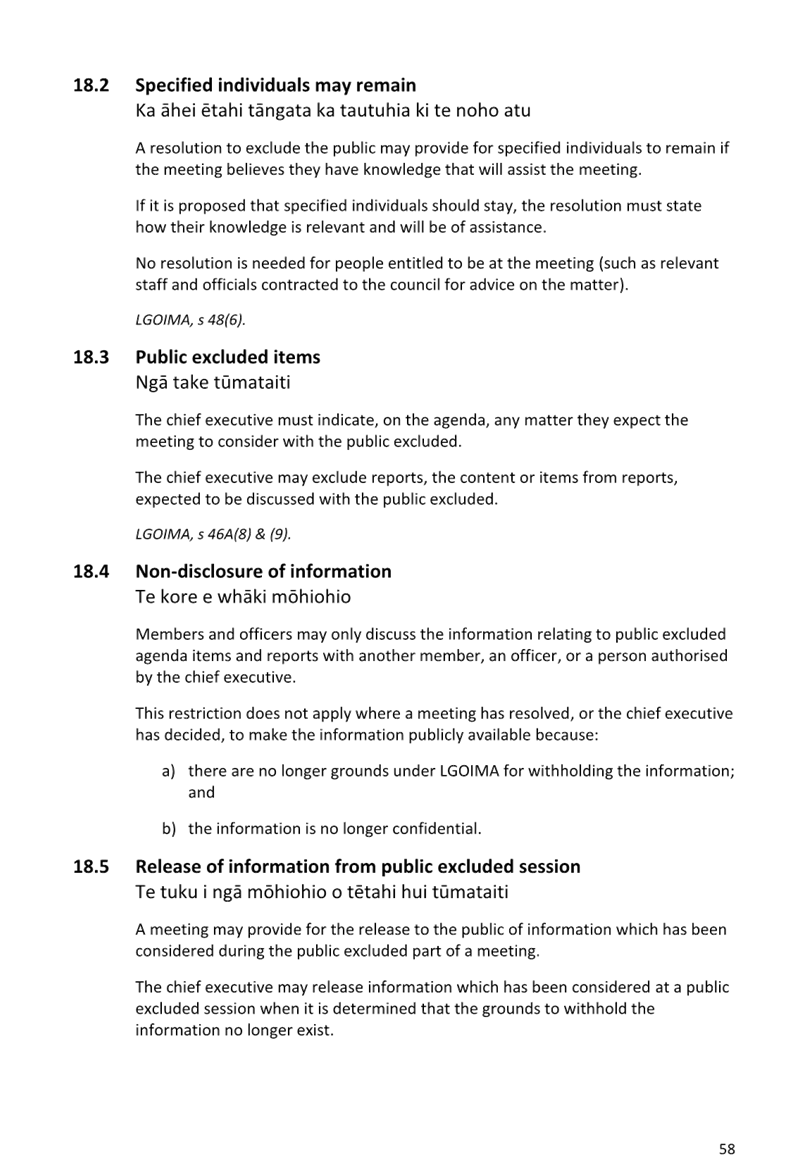
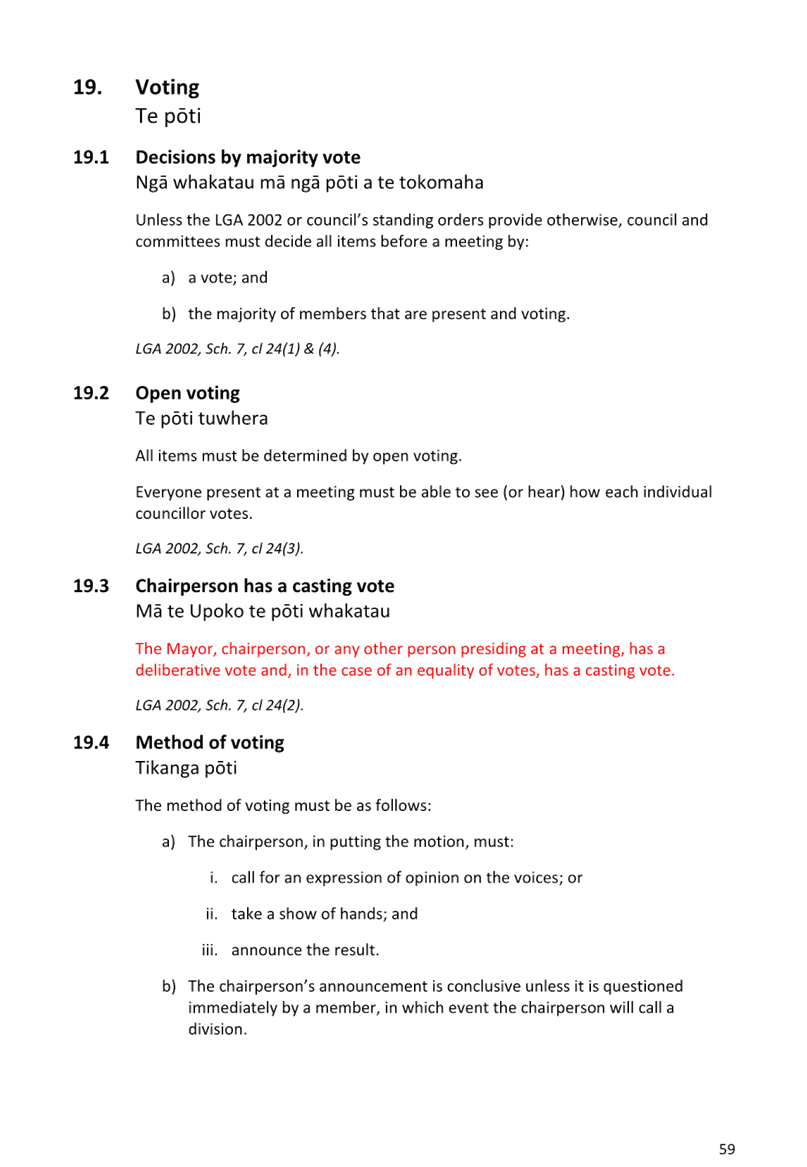
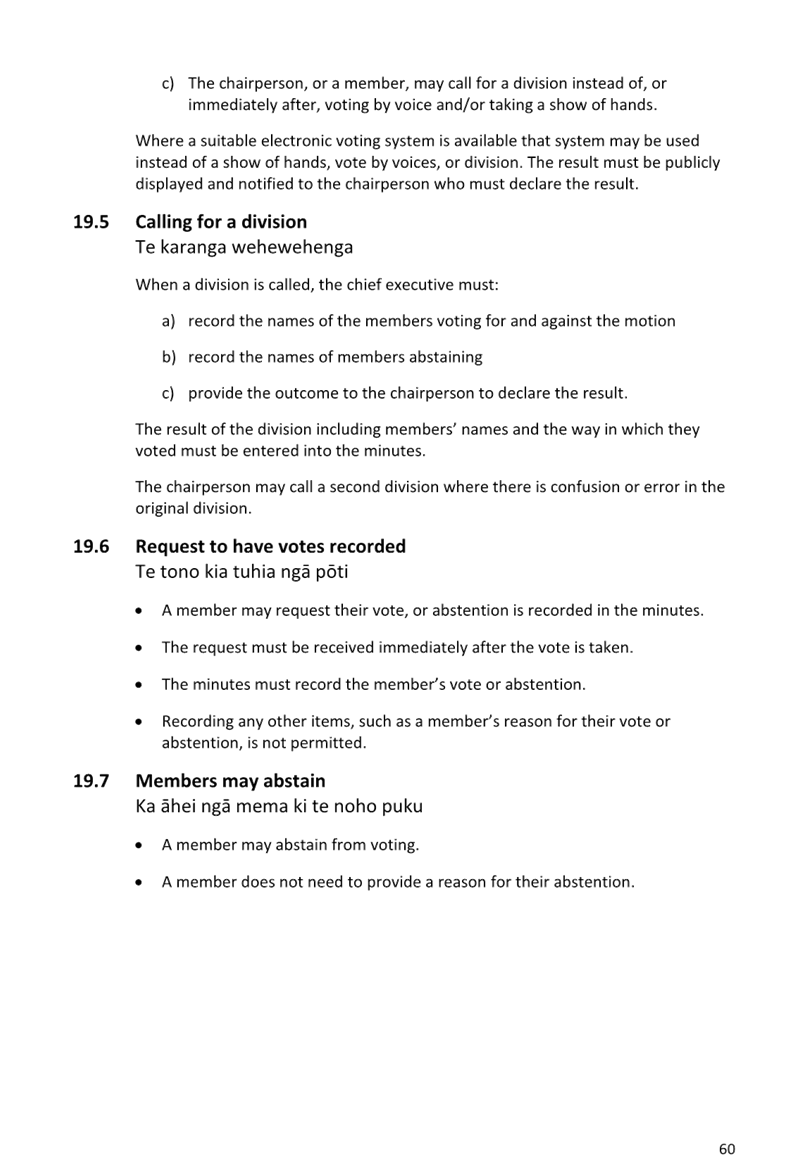
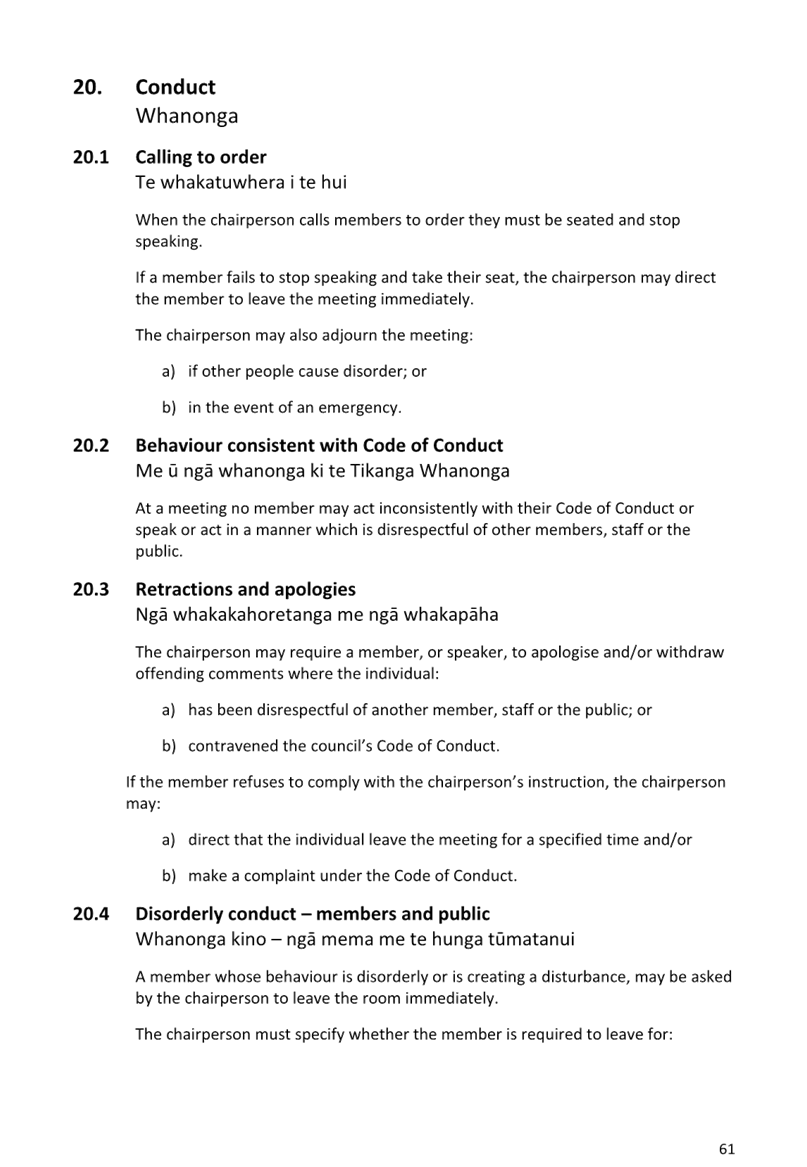
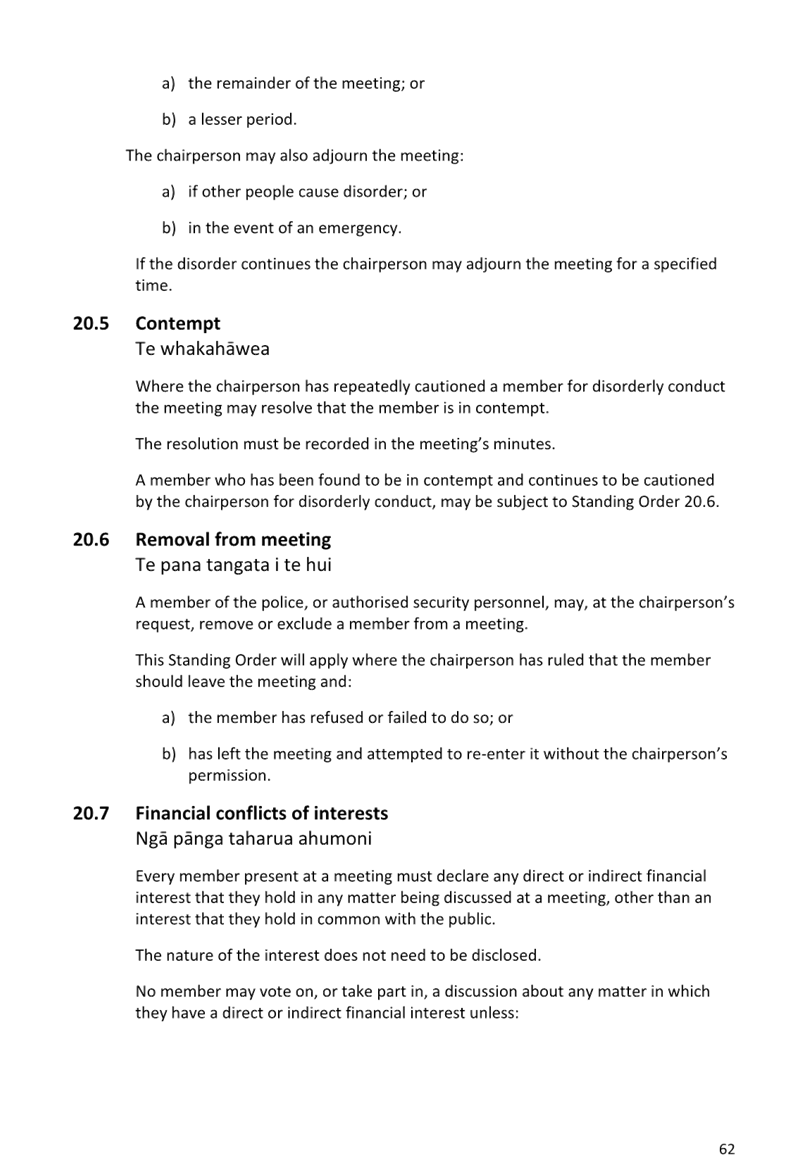
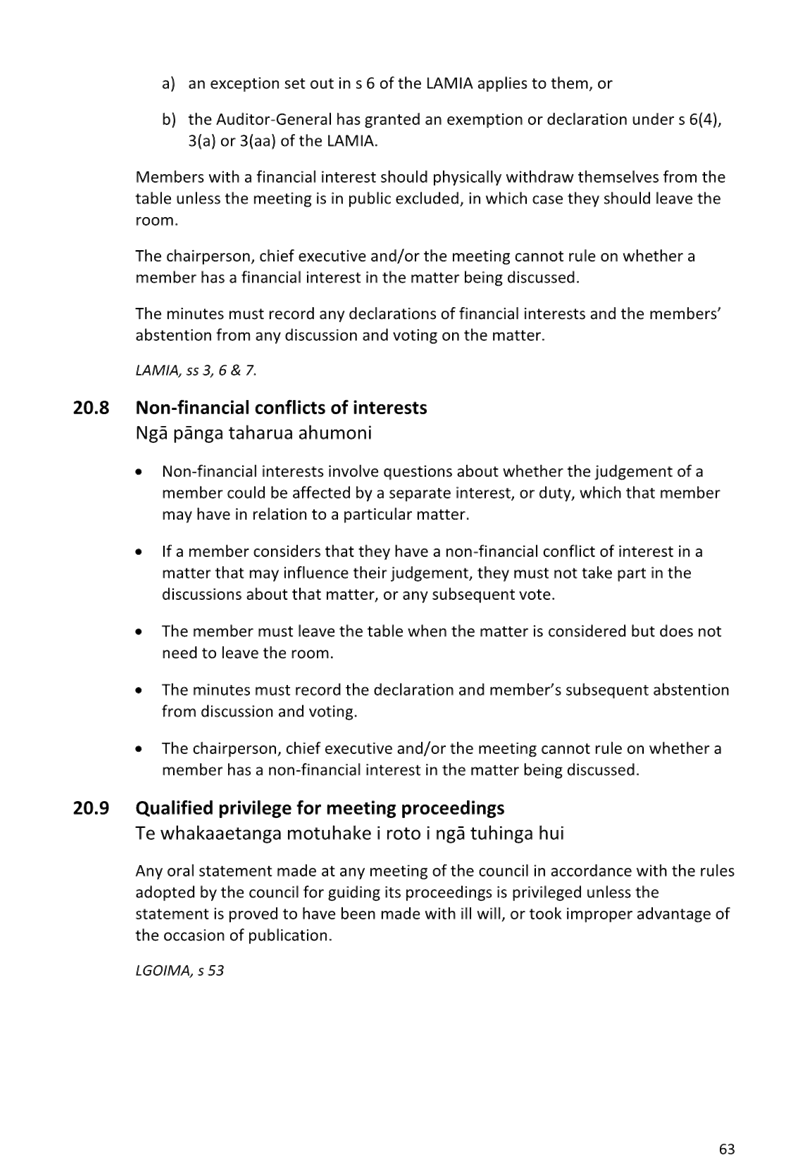
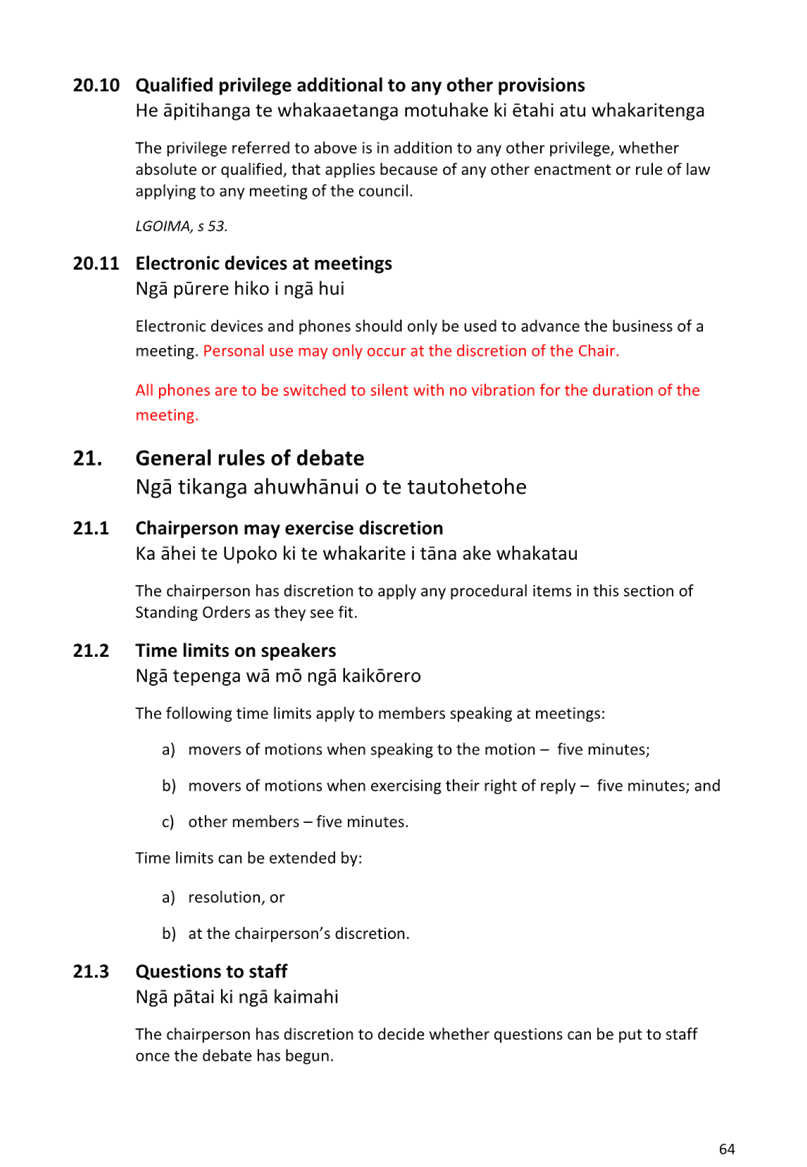

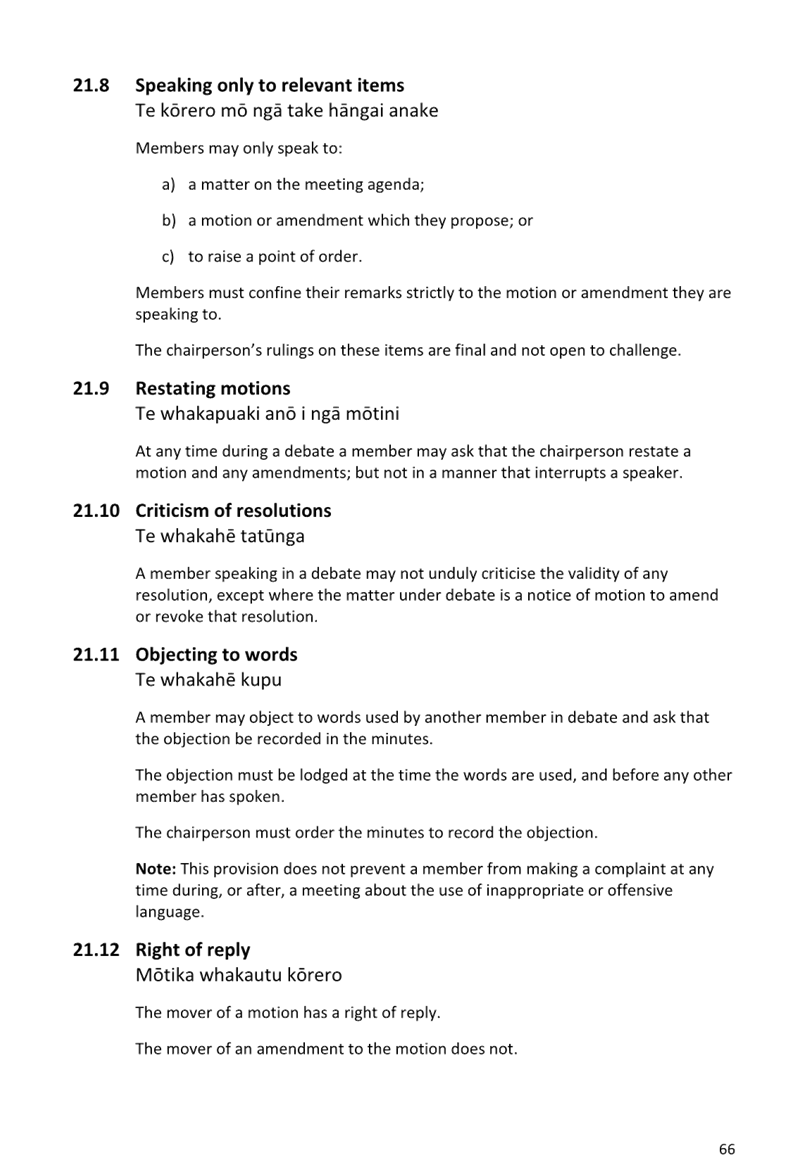

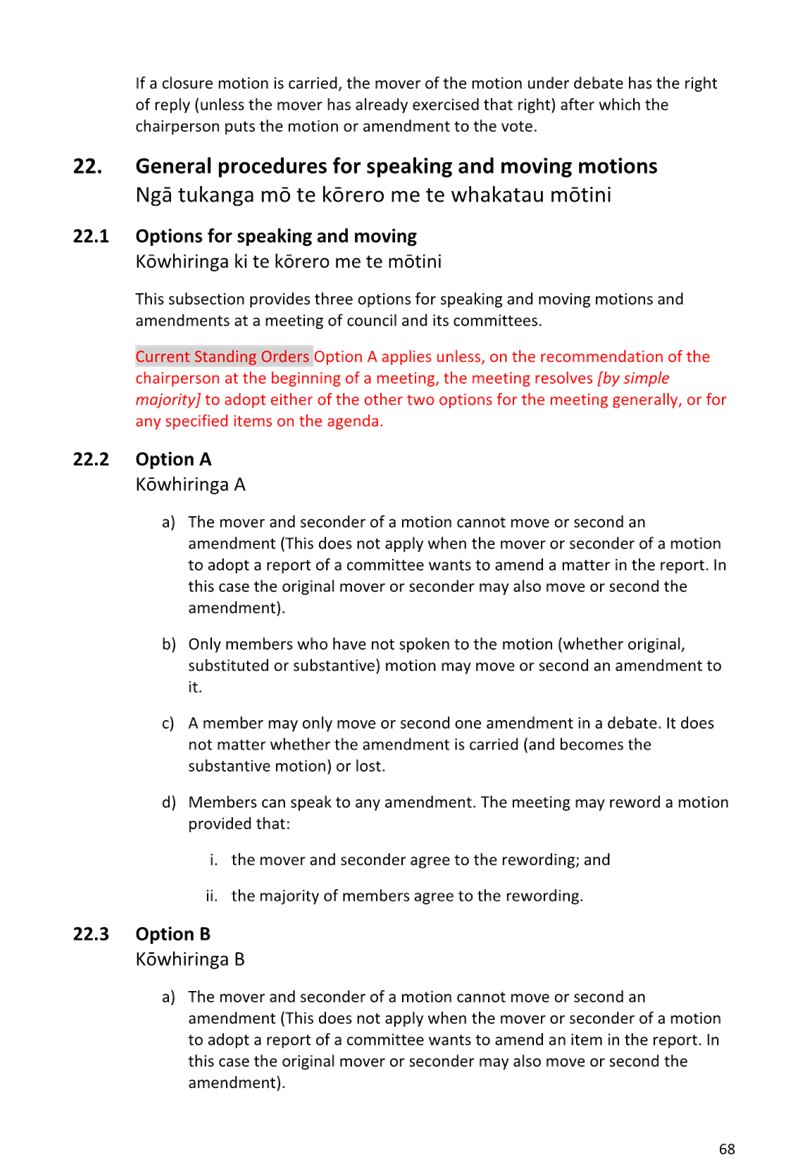




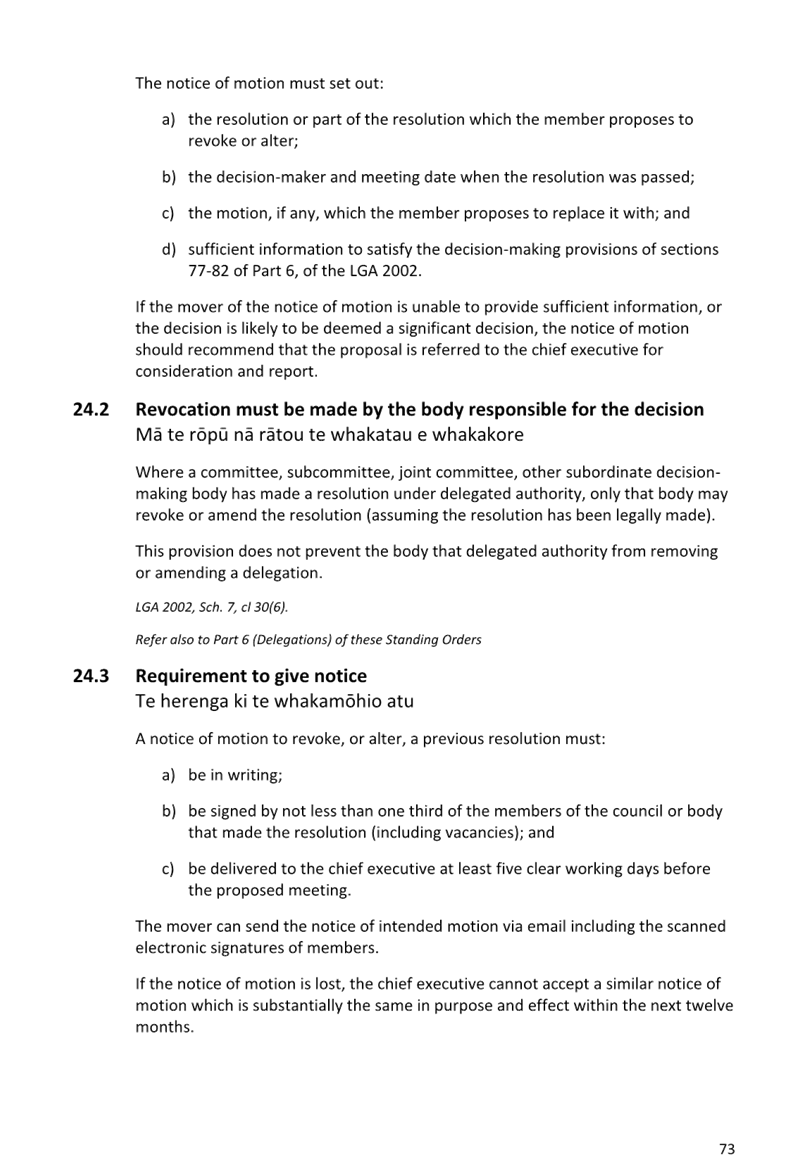
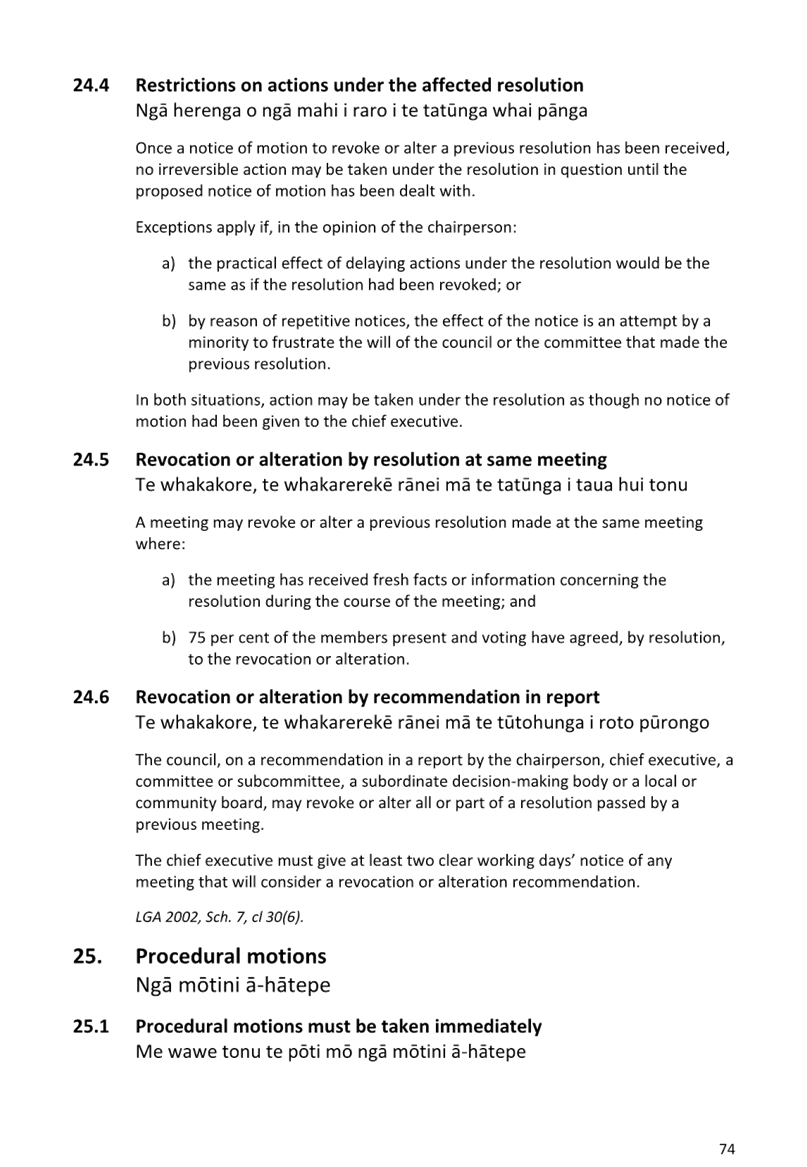
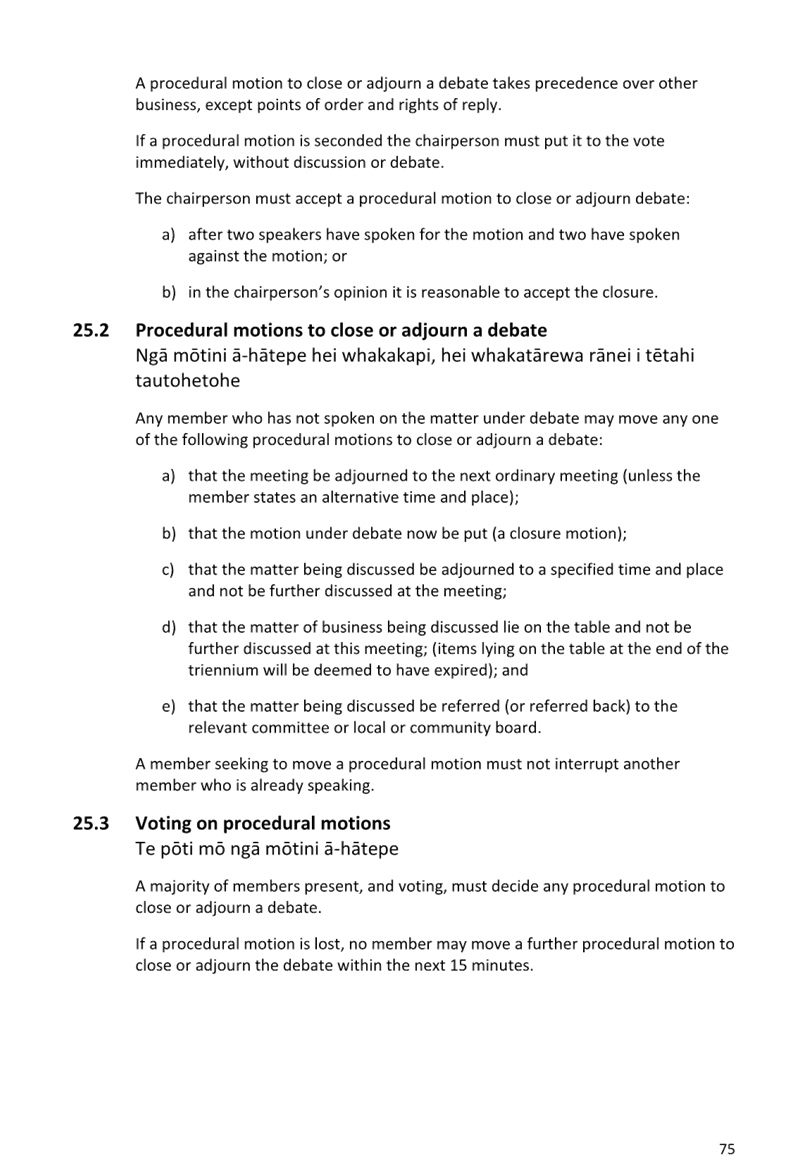

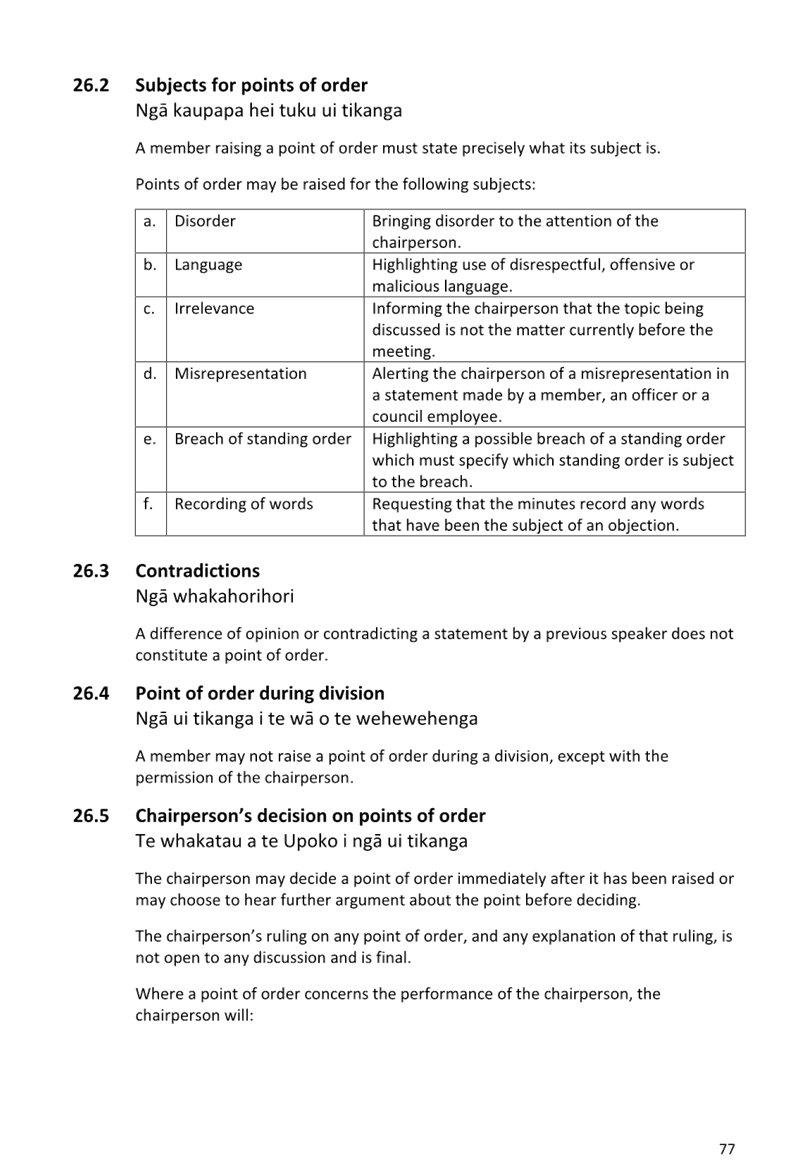
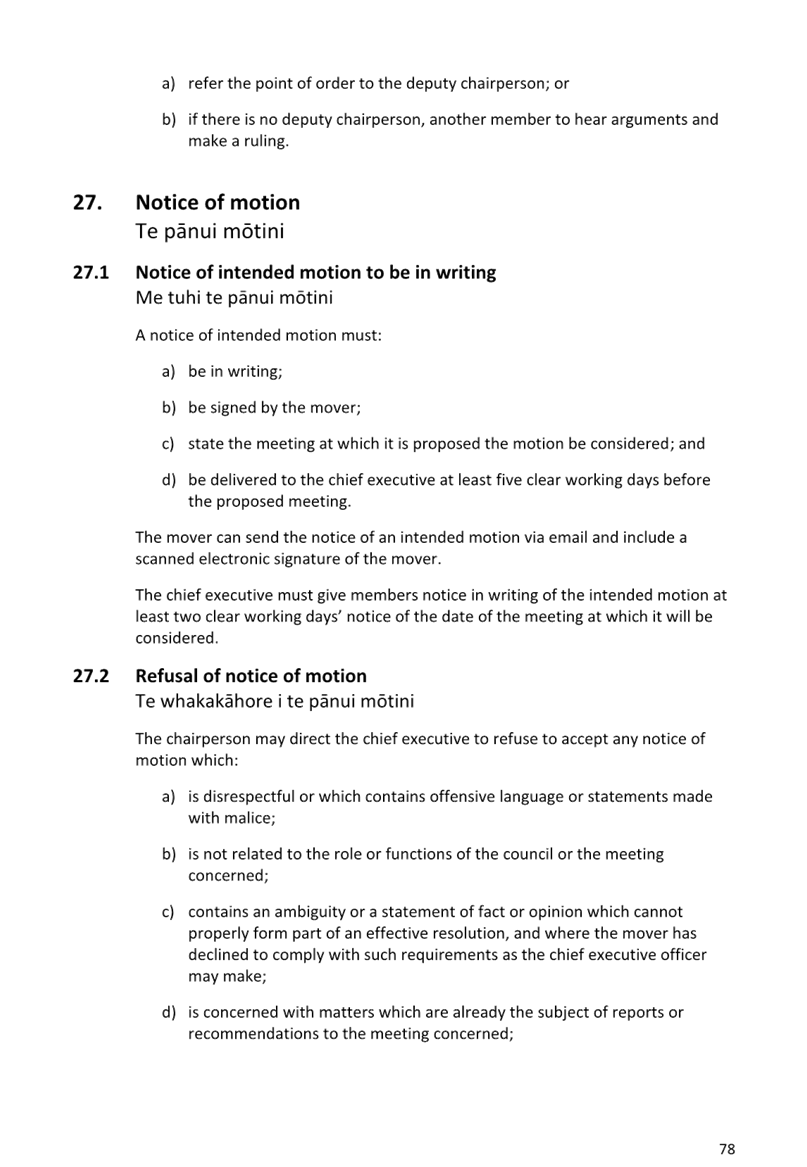
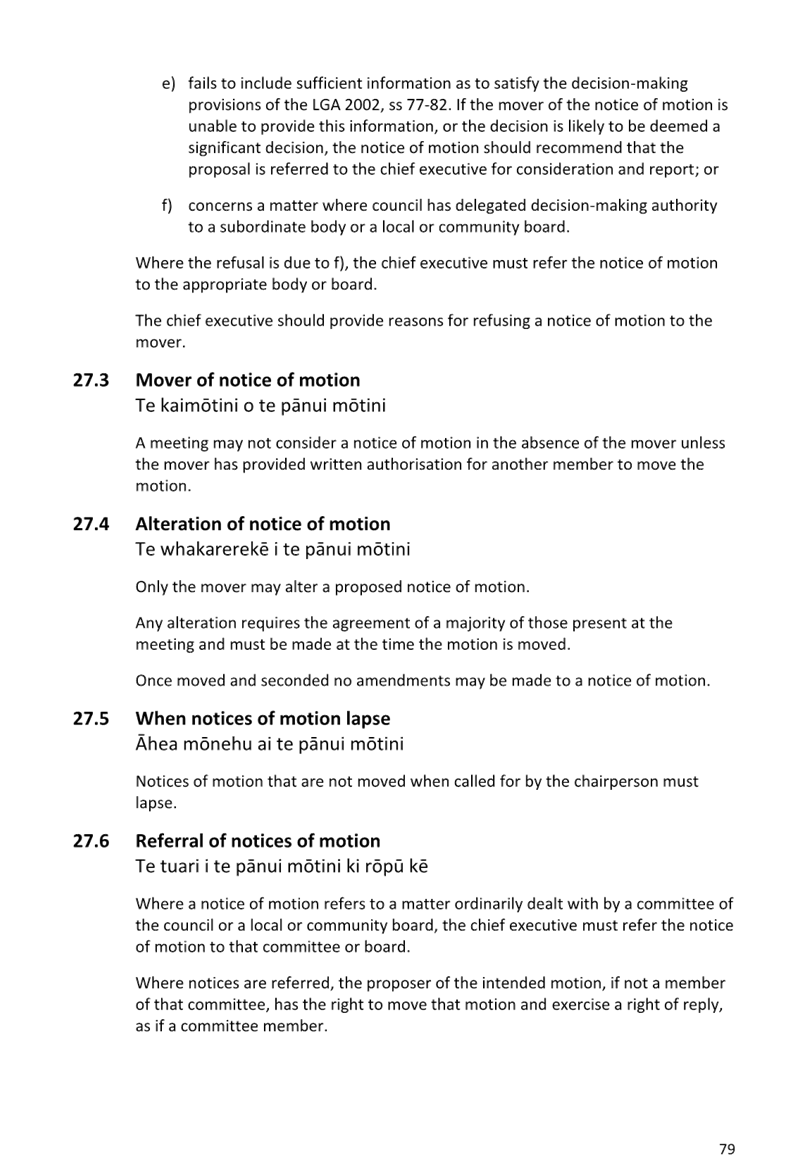

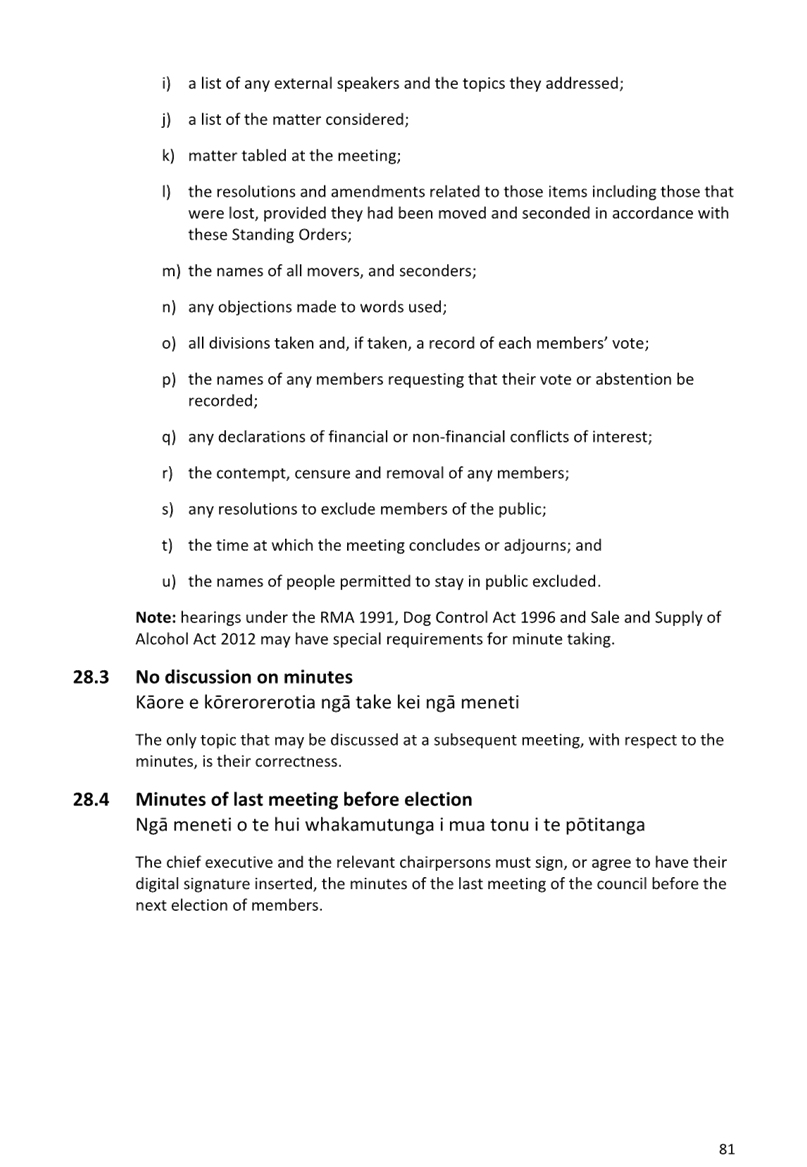
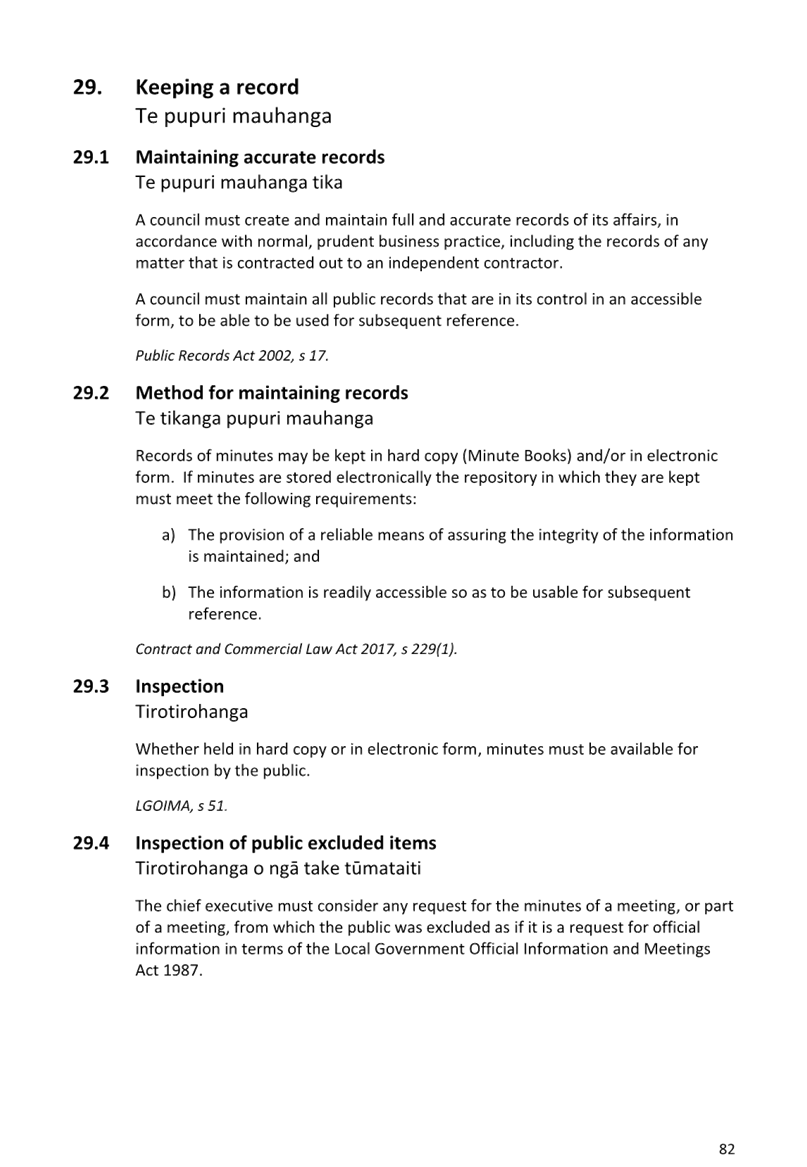
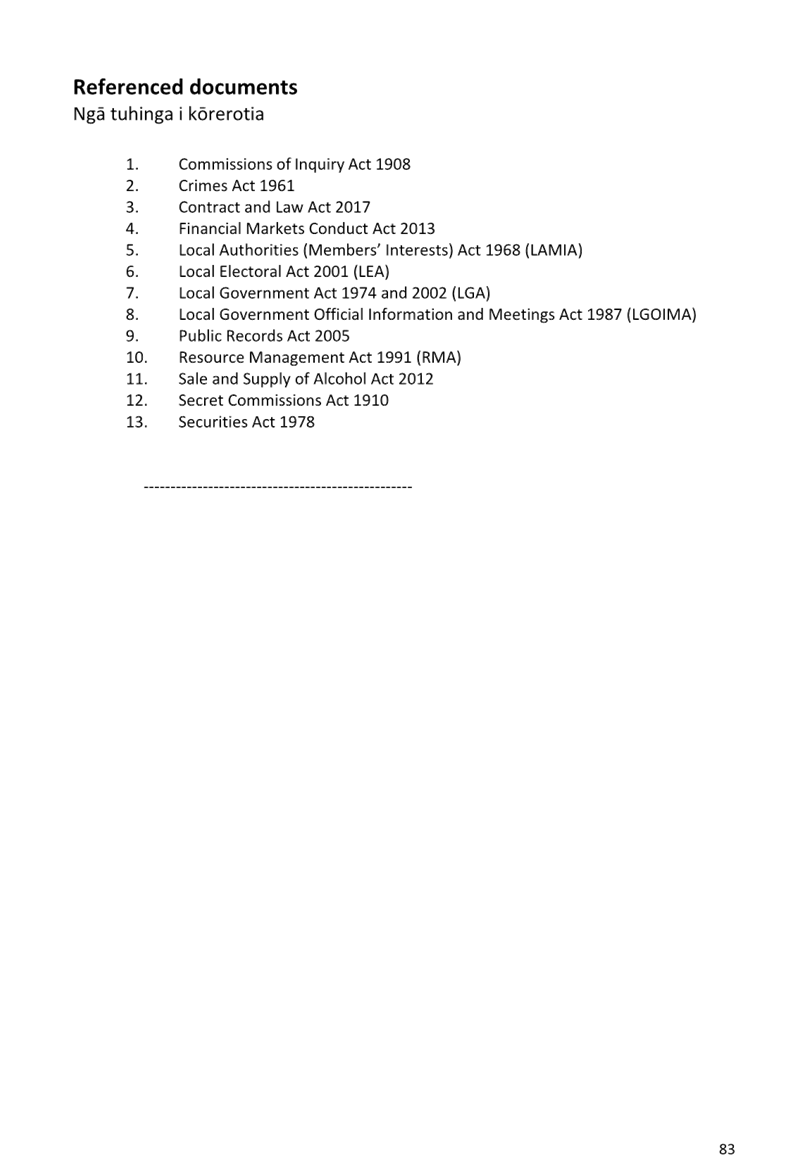
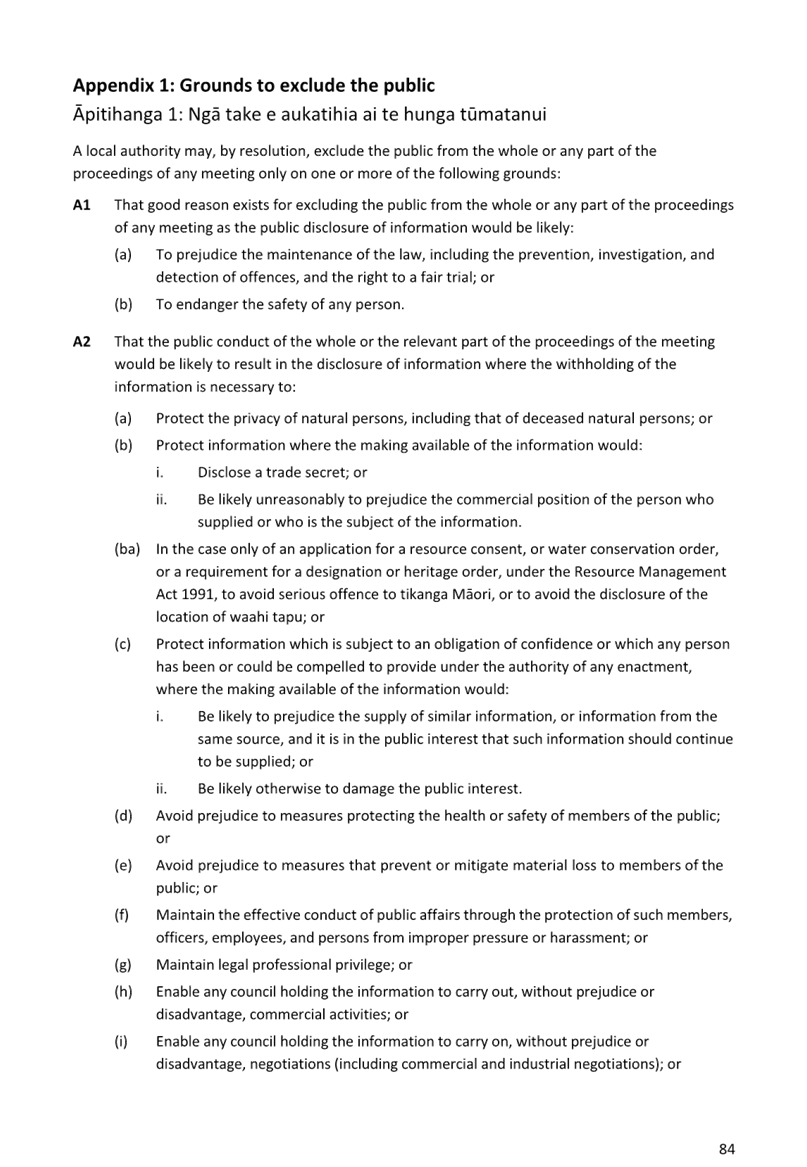
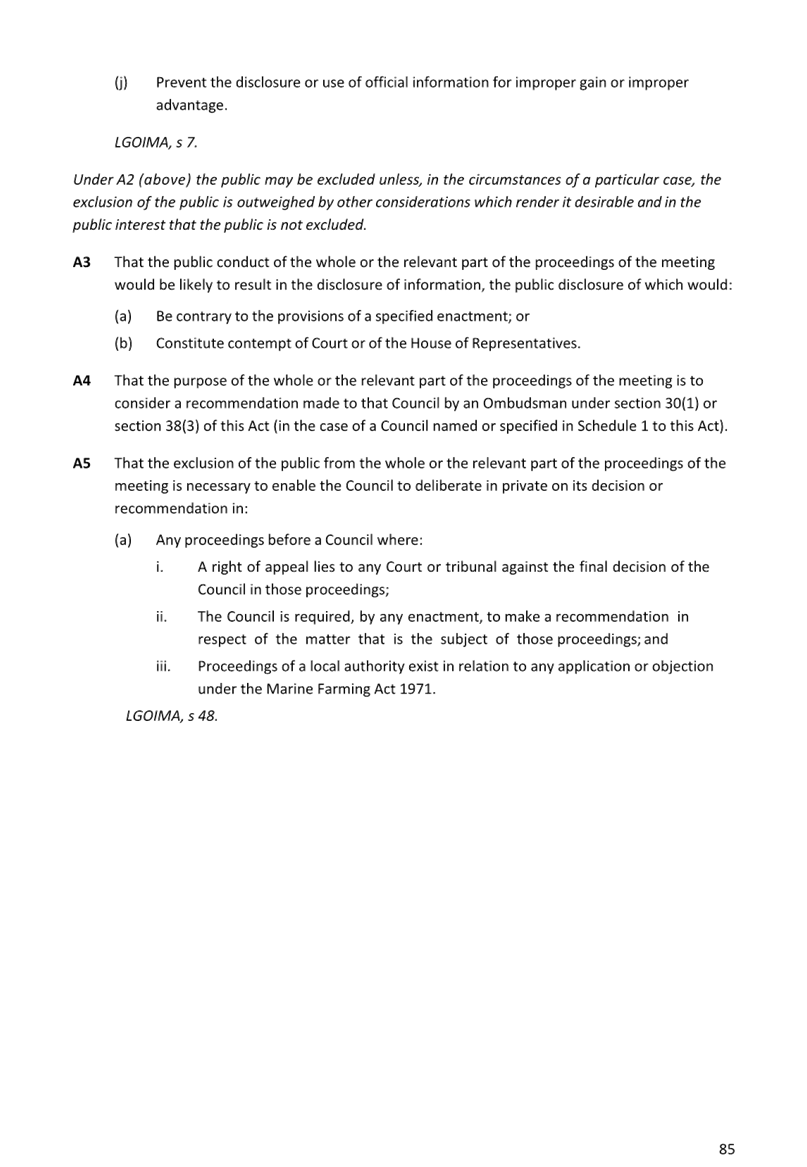
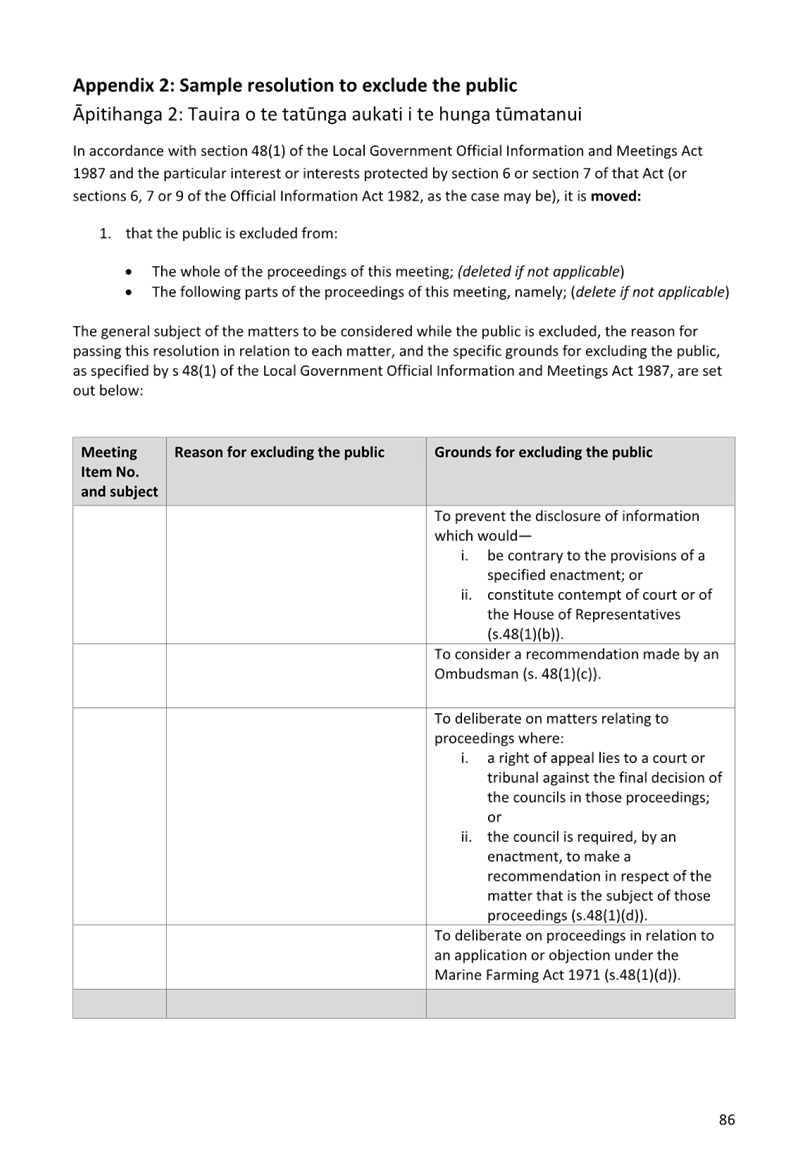
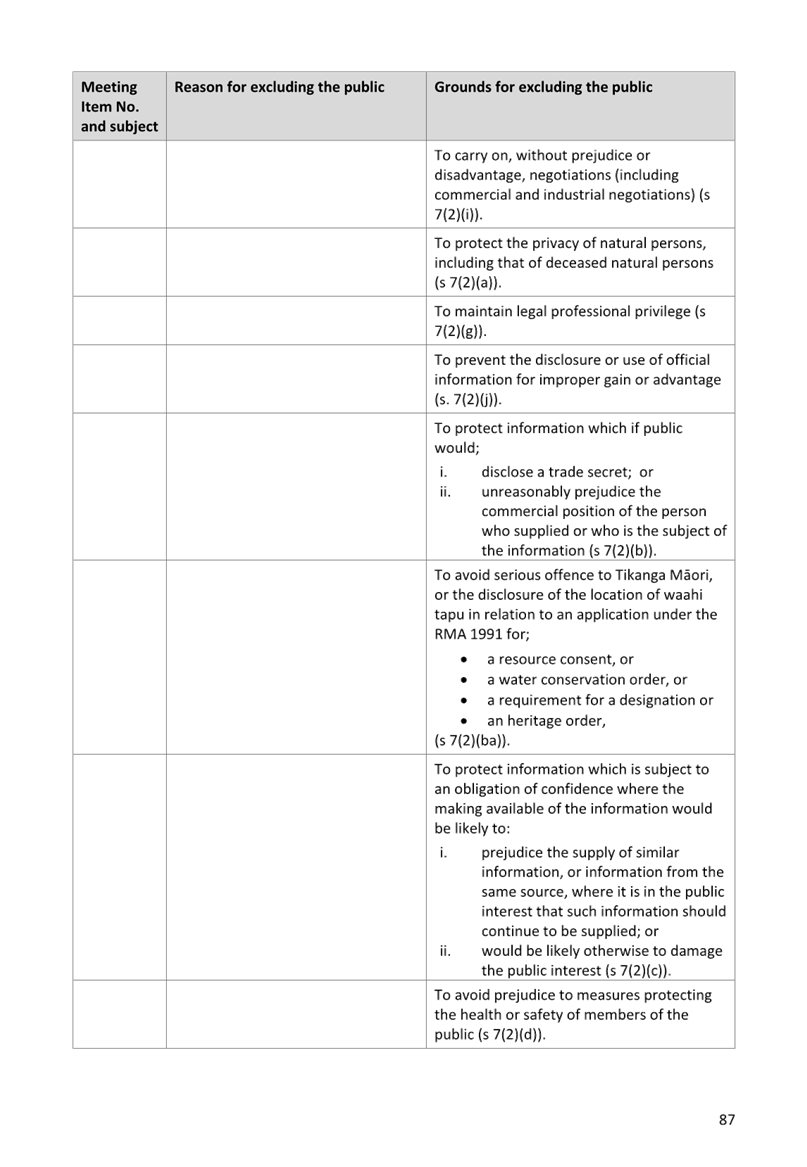
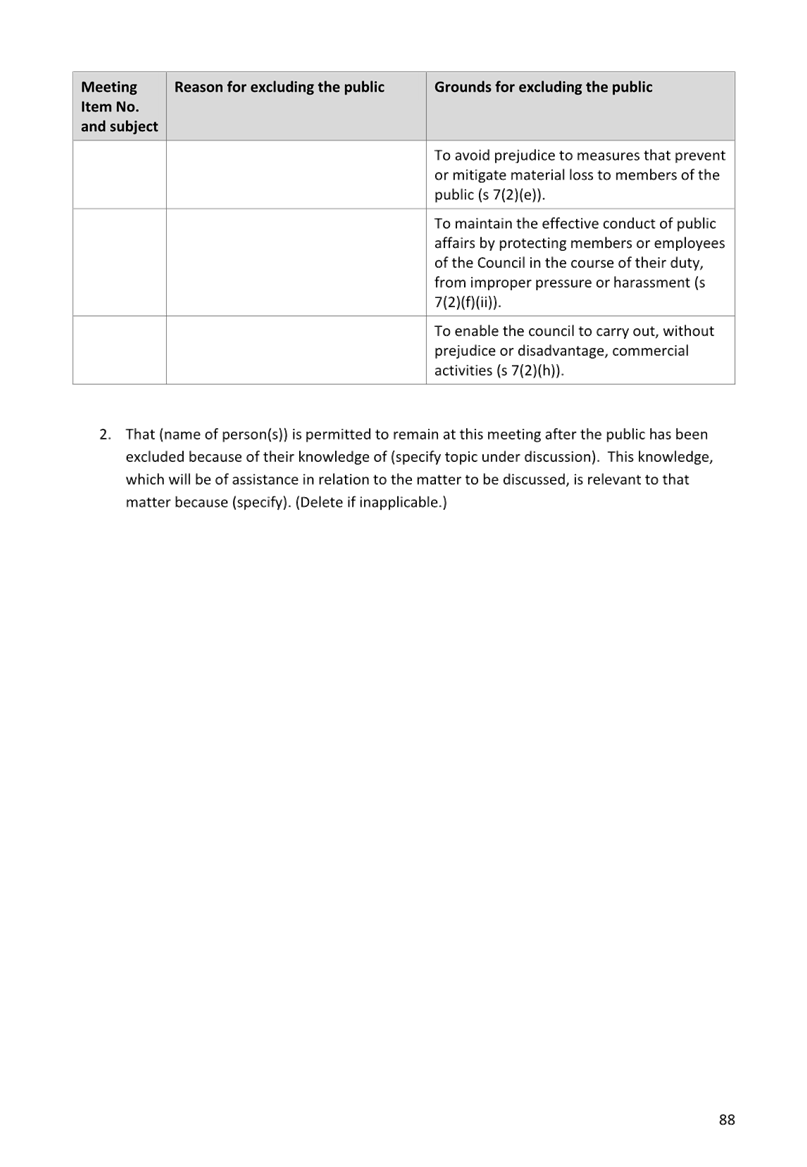
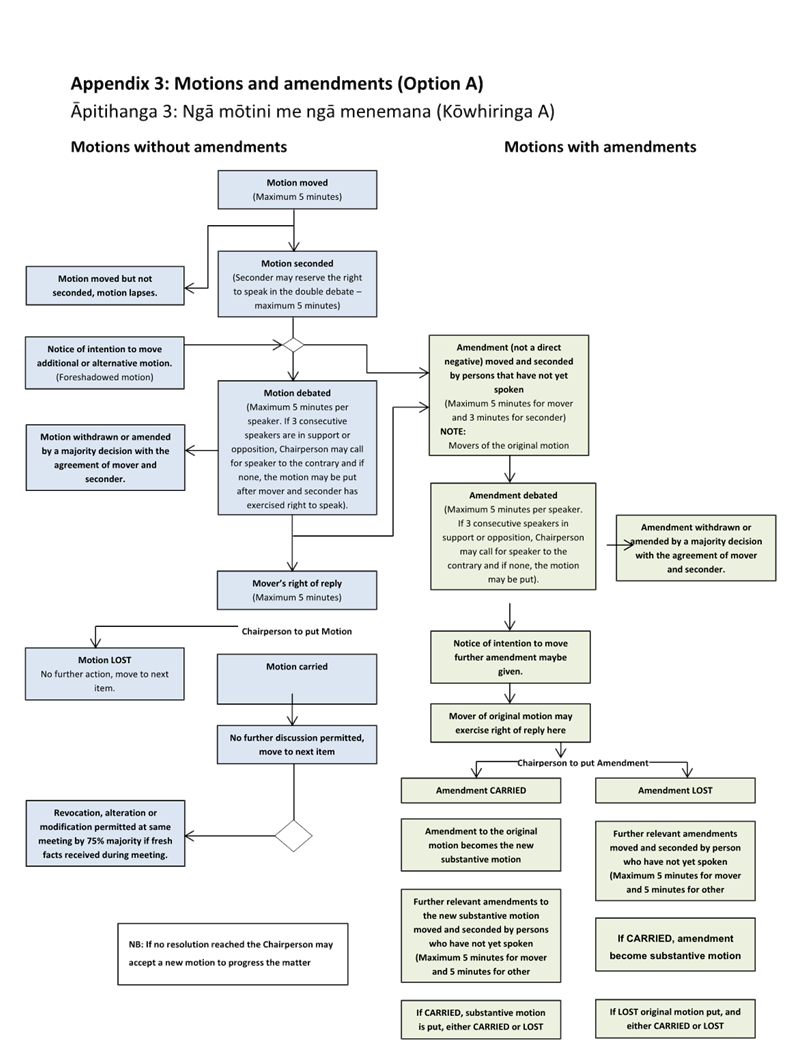
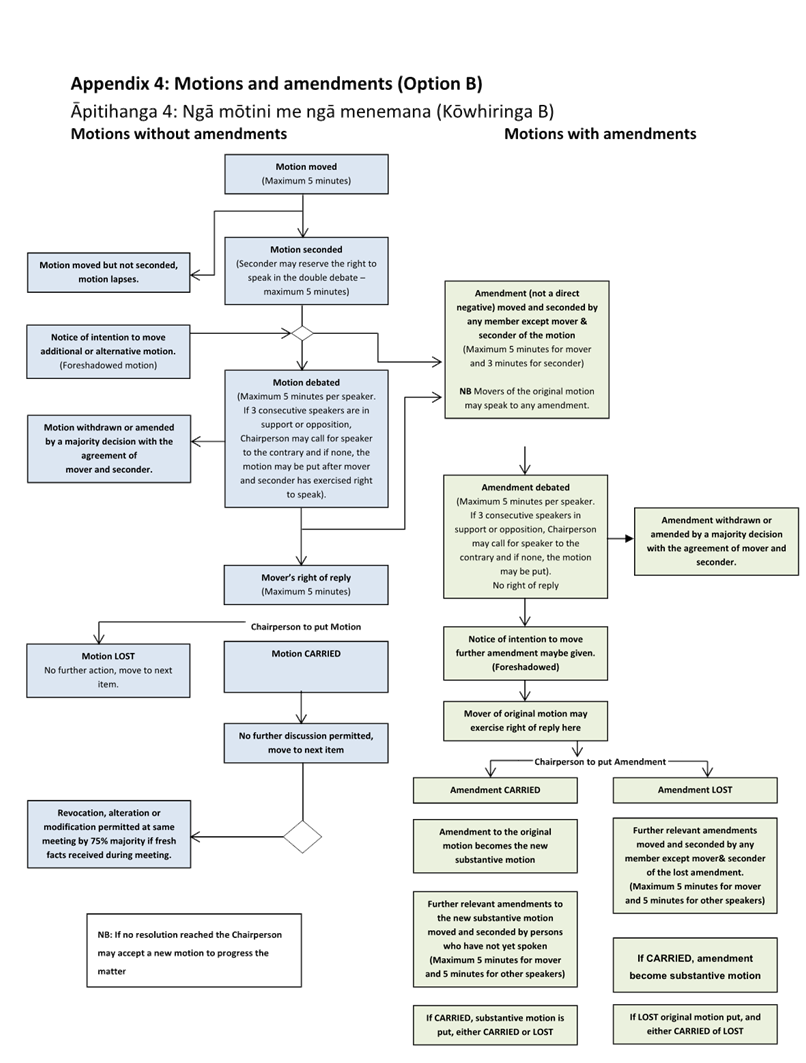

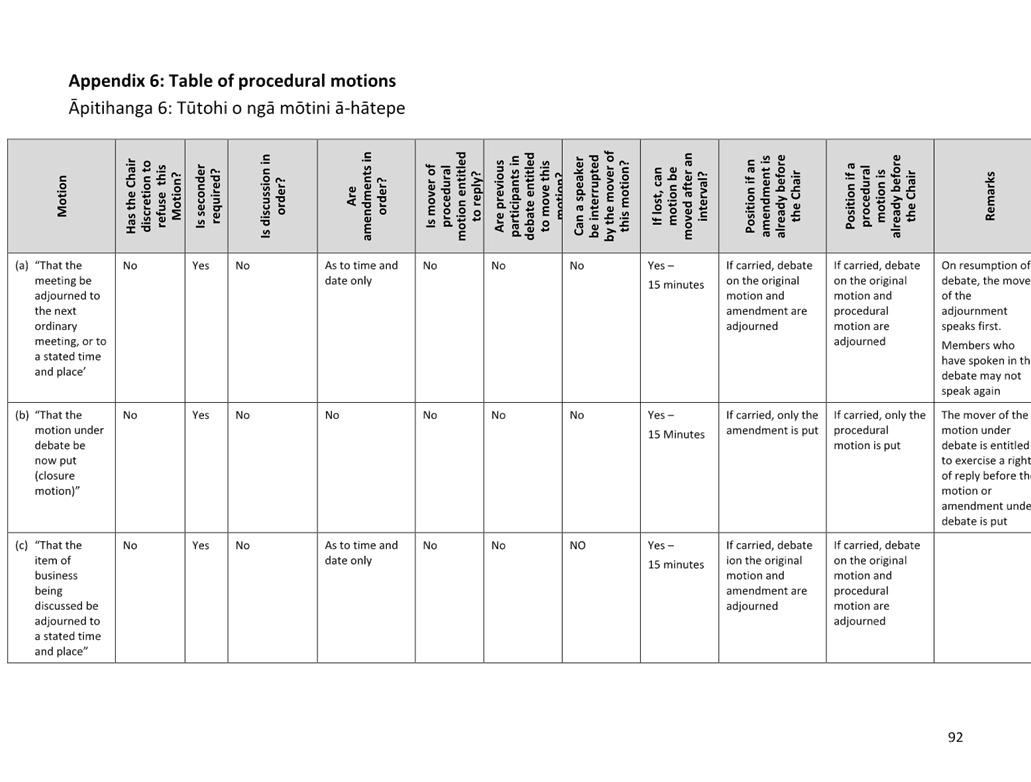

|
Ordinary
Council Meeting Agenda
|
14
May 2025
|

8.12 Chief
Executive Report
1. Purpose
For the Council to be
informed on planned Council operational activities, major projects, and other
matters of importance and interest.
2. Significance
Unless
otherwise stated the matters for decision in this report are not considered to
be of significance under the Significance and Engagement Policy.
3. Community
services
Community
Development
Community Funding and Support
Preparations
for the upcoming Wairarapa Funders Forum events have been completed. The
Carterton forum is scheduled for Tuesday, 20 May 2025, from 3–6pm, with
invitations extended to all local community groups and previous funding
recipients to encourage broad participation and engagement.
In recent funding rounds:
· The Returned and Services
Carterton Districts Memorial Trust committee met on 24 March 2025 and allocated
$4,700 across seven successful applicants, supporting community projects
aligned with the Trust's objectives.
· The Sport NZ Rural Travel
Fund committee met on 2 April 2025, awarding $9,500 to eligible local sports teams
and clubs to support travel costs and enhance access to sporting opportunities
for youth in rural areas.
These
initiatives continue to strengthen community wellbeing and provide vital
support for local groups and activities.
Community
Events
ANZAC Day Parade and Service
A chilly start to
ANZAC Day was followed with stunning weather for our 11am Carterton Parade and
Service. Over 500 people gathered in Memorial Square to commemorate our fallen
soldiers.

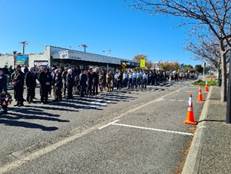
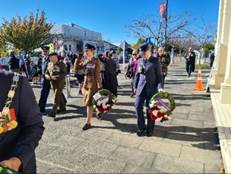
Upcoming
Events
Funders
Forum – 20 – 22 May
Citizenship
Ceremony – 28 May
We
have invited 11 citizens to the next ceremony which is booked for 28 May.
Other
Community Events Information
The Community Events
information page on the Carterton District Council website for our community
which outlines information about the Events Approval Process. Community Events |
Carterton District Council (cdc.govt.nz)
Older persons - Te
Hōkai Nuku Wairarapa Region Positive Ageing Strategy
The Senior Regional
Games were held on 10 April 2025 at the Trust House Recreation Centre, marking
the third year of this popular and growing event. With 80 attendees, the day
was a fantastic celebration of active ageing, social connection, and community
spirit.
 Participants
enjoyed a wide range of activities, including a digital activity and craft
space hosted by Masterton Library. A highlight of the day was a friendly
game of cornhole featuring Deputy Mayor Steve Cretney, and the Masterton and
South Wairarapa Mayors.
Participants
enjoyed a wide range of activities, including a digital activity and craft
space hosted by Masterton Library. A highlight of the day was a friendly
game of cornhole featuring Deputy Mayor Steve Cretney, and the Masterton and
South Wairarapa Mayors.
 Carterton
District Council proudly supported the event through Nuku Ora funding and the
involvement of the Positive Ageing Strategy Co-ordinator. The Communications
Team also played a key role in promoting the event. A popular information stall
hosted by the Walking and Cycling Co-ordinator further engaged attendees and
promoted active transport options.
Carterton
District Council proudly supported the event through Nuku Ora funding and the
involvement of the Positive Ageing Strategy Co-ordinator. The Communications
Team also played a key role in promoting the event. A popular information stall
hosted by the Walking and Cycling Co-ordinator further engaged attendees and
promoted active transport options.
The continued success
of the Senior Regional Games reflects the strong partnerships and commitment to
positive ageing across the region.
Pedal
Ready Training for Older Persons
 On
26 March 2025, the first Pedal Ready Training for Older Persons was held in
Carterton, thanks to a collaboration between the Positive Ageing Co-ordinator,
the Walking and Cycling Co-ordinator, and the Greater Wellington Regional
Council’s Pedal Ready team. The session was a resounding success, with
eight participants benefiting from the training.
On
26 March 2025, the first Pedal Ready Training for Older Persons was held in
Carterton, thanks to a collaboration between the Positive Ageing Co-ordinator,
the Walking and Cycling Co-ordinator, and the Greater Wellington Regional
Council’s Pedal Ready team. The session was a resounding success, with
eight participants benefiting from the training.
The feedback from
attendees has been overwhelmingly positive, highlighting the value of the
program in building confidence and skills for safe cycling.
Kaumātua/kuia and older persons meeting
On 3 April 2025, the
quarterly Kaumātua/Kuia and Older Persons meeting was held in partnership
with Wairarapa Community Networks. Facilitated by the Positive Ageing
Co-ordinator, this meeting brings together representatives from organisations
that support older persons in the region.
This meeting featured a
guest speaker from Whangārei District Council, who shared insights on
their annual Silver Festival—a well-established event for older
residents. Inspired by this, a small subgroup from the larger meeting will be
meeting to explore the possibility of holding a similar event in Wairarapa in
October 2025.
The goal of the proposed
event is to highlight the existing opportunities and services for older persons
in the region, rather than creating entirely new activities. This approach aims
to strengthen what’s already working within the community.
Youth - Te Rautaki
Rangatahi o Wairarapa: Wairarapa Youth Strategy Implementation Plan
Civics education
 The
Rangatahi Civic Education Day was a fantastic and well-received event, with
overwhelmingly positive feedback from participants. The rangatahi (youth)
walked away with a greater understanding of civics, with one of the key
takeaways being: "Even though you are one person, your vote still
counts!"
The
Rangatahi Civic Education Day was a fantastic and well-received event, with
overwhelmingly positive feedback from participants. The rangatahi (youth)
walked away with a greater understanding of civics, with one of the key
takeaways being: "Even though you are one person, your vote still
counts!"
We’re thrilled
to have had the opportunity to pilot this programme, and the success of the day
has set a great precedent for other councils to follow. This initiative not
only educated young people about the importance of civic engagement but also
empowered them to see the impact of their participation in shaping the
community.
Youth Council
In April, the Carterton District Youth Council had the
exciting opportunity to join the Ordinary Council afternoon meeting. This was a
valuable chance to introduce our new members and share some insights on
what’s coming up for the Youth Council in the year ahead. It was a great
experience for the new members to get a feel for how council meetings work,
while also offering our youth councillors and elected members a chance to
reconnect and engage in meaningful discussions.
This initiative strengthens the connection between our
young leaders and local governance, fostering collaboration and understanding
for the future.
The Wairarapa Rangatahi Kaimahi Collective (WRKC)
The collective is dedicated to supporting rangatahi (youth)
workers, promoting youth wellbeing, amplifying their voices, and creating
opportunities for their growth and development. The Collective provides a
collaborative platform for agencies, organisations, and individuals committed
to working with rangatahi in meaningful and culturally responsive ways.
On 17 April, during the school holidays, the Collective
hosted an event aimed at fostering connection, sharing knowledge, and
strengthening the support network for rangatahi across the Wairarapa region.
Neighbourhood Support
 Weekly
newsletters are sent to all Neighbourhood Support groups, sharing community
updates and, on alternate weeks, the NZ Police crime report. These reports and
security tips are well-received. The Neighbourhood Support Coordinator recently
delivered flyers seeking a new Group Leader for Moreton Road, and has already
received interest for the urban area. They are also attending the Mangatarere
Catchment Group meeting to support a new Neighbourhood Support group there.
Weekly
newsletters are sent to all Neighbourhood Support groups, sharing community
updates and, on alternate weeks, the NZ Police crime report. These reports and
security tips are well-received. The Neighbourhood Support Coordinator recently
delivered flyers seeking a new Group Leader for Moreton Road, and has already
received interest for the urban area. They are also attending the Mangatarere
Catchment Group meeting to support a new Neighbourhood Support group there.
Walking & Wheels
StoryWalk®
 A
StoryWalk® event celebrating local authors and Helen Dew took place on 11
April, with participation from authors Catherine Cooper and Ali Foster,
Carterton Kindergarten, and Helen Dew’s family.
A
StoryWalk® event celebrating local authors and Helen Dew took place on 11
April, with participation from authors Catherine Cooper and Ali Foster,
Carterton Kindergarten, and Helen Dew’s family.
A new book is in progress
for May–July, linking to Matariki and Te Wiki o Te Reo in September.
The
Coordinator promoted walking and cycling at the 10 April Senior Regional Games,
receiving strong interest from older attendees in walking groups and e-bike
options.
The
coordinator promoted local events encouraging fitness, wellbeing, and social
connection through walking and cycling.
CDC
partnered with Wairarapa Road Safety Council and Quintin of the Wairarapa
Library Service for a Movin March colouring competition and a display in the
Carterton Library.
Road Safety
 Preparation
is well underway for this year’s Region-wide Road Safety Week campaign,
with a special focus in 2025 on promoting cyclist safety and encouraging
cooperation among drivers, cyclists, and pedestrians.
Preparation
is well underway for this year’s Region-wide Road Safety Week campaign,
with a special focus in 2025 on promoting cyclist safety and encouraging
cooperation among drivers, cyclists, and pedestrians.
The
coordinator has worked closely with the Greater Wellington Regional Council to
ensure our safety messaging is accurate and consistent. Additionally,
collaboration with local councils and the Wairarapa Road Safety Council has led
to several engaging initiatives, including a colouring competition, media
outreach, and a staff ‘Wear Yellow’ day to raise awareness.
In
partnership with Wairarapa Library Service and Masterton District Library,
reflective vests for children aged 0–5 and reflective backpack covers are
being distributed, promoting visibility and safety for our youngest road users.
Climate change
Carterton’s Climate Change Strategy
Since
the last report, much of the work has focused on completing the review of
Carterton’s Climate Change Strategy. The feedback gathered during the
public engagement period has been carefully analysed, themed, and integrated
into the final version of the strategy.
The
revised strategy was presented to Carterton’s Policy and Projects
Committee and officially adopted on 9 April 2025. This marks a significant step
forward in our climate action efforts.
The
next steps include publicly launching the final revised strategy, along with
any supporting collateral. In addition, we will begin developing the 2025/26
implementation plan to ensure the strategy’s goals are effectively
translated into action.
1080 Aerial Operation Update from OSPRI
Operations
are expected to begin from July–August 2025 in the Southern Tararua
Ranges , subject to necessary consents. Engagement with landowners, occupiers,
and key stakeholders is underway to ensure the community is well informed and
safety measures are in place.
Safety
Considerations for Dogs: Dogs are particularly susceptible to poisoning by
1080, especially from scavenging poisoned carcasses. In order to protect dogs,
please ensure they are kept away from operational areas. If you suspect your
dog has ingested 1080, immediate action is required, such as making it vomit
and seeking veterinary care.
Additional
information on the safety of dogs around 1080 operations is available through
the following fact sheet: https://www.ospri.co.nz/assets/ResourcePDFs/1080-and-dogs-Factsheet.pdf.
OSPRI
have a range of resources that are available to share regarding pests and TB
prevention, 1080 and safety, and the effectiveness of past operations. They
have advised they are happy to hold meetings with the community to discuss the
operation further and address any questions or concerns. If this is of
interest, our Climate Change Coordinator can arrange a session.
Welcome
to our new Climate Change Coordinator
As we
wrap up this month, we bid farewell to our departing Climate Change Advisor,
Sky, and extend a warm welcome to our new Climate Change Coordinator, Ricky
Utting. Ricky joins us with a wealth of experience from central government,
most recently with the Ministry of Foreign Affairs and Trade, where he led
teams delivering climate change and environmental aid projects globally, funded
by New Zealand.
Ricky
is deeply passionate about climate change and excited to bring his expertise to
CDC, working at a community level to address climate challenges. During his
two-week handover period, Sky has ensured a smooth transition of the climate
change work programme, setting Ricky up for success in his new role.
Over
the coming months, Ricky's key priorities will be to collaborate across CDC to
develop the Climate Change Strategy Implementation Plan and lay the groundwork
for the 2025/26 work plan. This marks an exciting new chapter for our climate
action efforts!
Team Collaborative Projects
Slaying Sustainability – Climate Change, Youth
Development & Waste
During
the Easter school holidays, the team ran a very successful pilot of
‘Slaying Sustainability’, a sustainability focused school holiday
event with 18 children registered.
 The
first day of our waste reduction event kicked off with a fun and interactive
session where attendees got to know one another and participated in waste
sorting games, thanks to the Waste Officer. The highlight of the day was a
special visit to the home of Mayor Ron Mark, where attendees learned firsthand
about the small but impactful changes they can make in their own homes to
reduce waste going to landfill.
The
first day of our waste reduction event kicked off with a fun and interactive
session where attendees got to know one another and participated in waste
sorting games, thanks to the Waste Officer. The highlight of the day was a
special visit to the home of Mayor Ron Mark, where attendees learned firsthand
about the small but impactful changes they can make in their own homes to
reduce waste going to landfill.
Mayor
Ron and partner Chris shared practical tips on composting, reducing single-use
plastics, and rethinking household waste – showing that even small steps
can lead to big changes. It was an inspiring and informative start.
The
second day was a fun road trip to visit the Tinui Food Forest. Here, the owners
have converted what was a sheep and beef block to a forest where the attendees
were able to sample freely growing, spray free fruits, vegetables, and even
edible flowers. A highlight at both locations were of course the farm animals!
We’ve
already received some fantastic feedback following our recent recycling
initiative. Two brothers shared that they had asked their parents to buy more
bins to help with better sorting of their recycling – and their parents
were very supportive of the idea! Similarly, another parent mentioned that she
and her children were planning a visit to the transfer station over the weekend
to create a list of items they could recycle more easily.
A huge thank you to
Mayor Ron, Chris, and the Tinui Food Forest team – your efforts were
truly inspirational and have had a positive impact on our community. Your
enthusiasm and dedication are helping to foster a culture of sustainability and
responsibility.
Mayors Taskforce
for Jobs Wairarapa
Since
the start of this year’s contract on 1 July 2024, the MTFJ team has
continued to provide strong support for young people on their journey toward sustainable
employment. As of now, 101 individuals have been placed into work. Of these, 60
placements count as contractual outcomes.
The
annual contractual target is 58 outcomes, meaning the programme has already
exceeded its goal ahead of the financial year’s end—demonstrating
significant success and impact.
Wairarapa
Events Centre
March was clearly a
busy month with festival activity – and while April was quieter on the
ticketed event front, it still kept us busy but was a chance to catch our
breath. Over the period we delivered the Balance Farm Awards, and the
popular Orpheus Choir concert which was a great example of presenting our
auditorium in innovative ways, with the team constructing a choral riser from
our staging units.
We also presented the
very popular Chinese Hypnotist which all but sold out the full auditorium, the
return of the Pantaloons for school holidays, hosted the Kuranui Founders
Reunion Dinner over Easter weekend, supported the Community Events team with ANZAC
day commemorations, and hosted the popular Model Train Show which attracted
great crowds of train enthusiasts young and old. This is a wonderful snapshot
of the variety and diversity of events we hold over a short time.
Erin Banks and
Ashleigh Macleod will be attending the EVANZ midyear conference in New Plymouth
in May.
STATISTICS
March
2025:
|
Total Audience of public
events*
|
2345
|
|
Public/ticketed events held
|
8
|
|
Commercial Meetings/Events
held
|
11
|
|
Community Meetings/Events
held
|
76
|
|
Internal/local govt Meetings/Events
held
|
82
|
*includes
Holloway Hoopla attendance
April
2025:
|
Total Audience of public
events
|
423
|
|
Public/ticketed events held
|
3
|
|
Commercial Meetings/Events
held
|
16
|
|
Community Meetings/Events
held
|
70
|
|
Internal/local govt Meetings/Events
held
|
77
|
Geographical
spread of audience surveyed for events during period:
|
Carterton
|
50%
|
|
Masterton
|
32%
|
|
Greytown
|
8%
|
|
Martinborough
|
6%
|
|
Wellington
& Other
|
2%
|
|
Featherston
|
2%
|
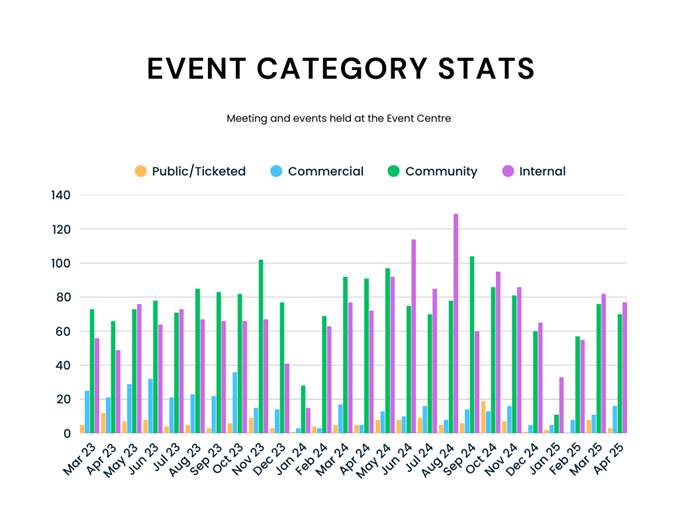
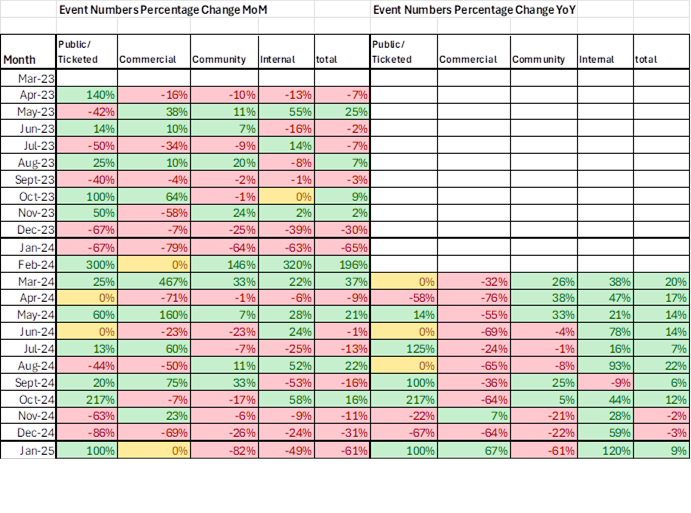
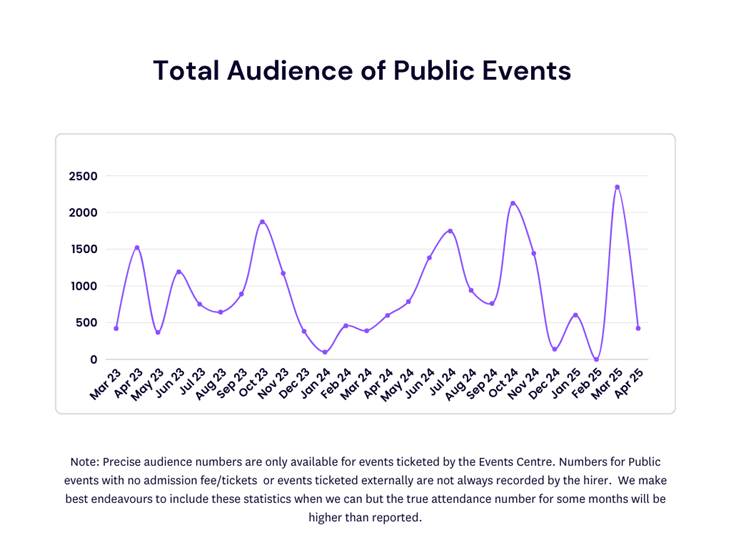
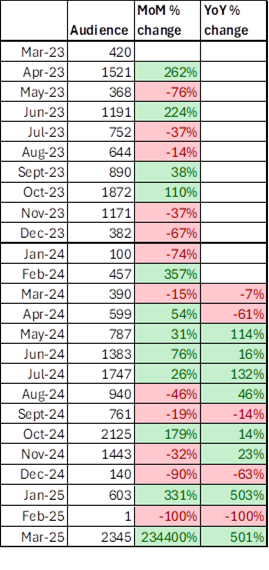
Sales and Marketing
Facebook and Instagram – Reporting period 21 March to
1 May 2025
Wairarapa Events Centre Page Insights
· Reach: The number of
people who saw content from our Wairarapa Events Centre pages was up 13.5%
Facebook (reach of 22.6K) and up 12.1% on Instagram (reach of 687) when
compared to our previous report period (ending 20 March 2025).
· Page and profile views:
The number of times our page was viewed has increased by 13.8% on Facebook and
up by 19% on Instagram.
· New likes and follows:
We’ve increased our Facebook page follows by 23. New followers on
Instagram are up a total of 11 new followers this period.
Mailchimp
Our audience has grown by 41 subscribers in the last 30
days. Across the newsletters and feedback forms sent in the past 30 days we
achieved an average open rate of 40.4%. With eDM open rates across all
industries typically averaging between 15-25% this is a great result from our
newsletter subscribers.
Summary:
We have noticed a small uptake in all areas since changing
our social media channels and communications channels to highlight the new
flagship name “Wairarapa Events Centre”. This may be coincidence
but still an observation worth noting as the month of April was relatively
quiet so to see increases is encouraging.
Hirer Feedback
· Great
facility with giving heart to regional Wairarapa! The theatre was well equipped
for our purposes and services supported us well.
· It
was a great pleasure to collaborate with the exceptional team at the Wairarapa
Events Centre, highlighted due to the manaaki and generosity extended to us by
the CEC/WAF team. From the warm mihi whakatau to the attentive support
throughout, we felt truly valued and well looked after. The professionalism,
communication, and care shown by the team were top-notch, reflecting the
experience and expertise of all involved.
· Beautiful
space, welcoming, lovely and helpful people
· The
collaboration leading to the presentation of our work offered regional
audiences access to high-quality Māori theatre, something not always
readily available outside of the main centres in NZ. Erin is incredible in her
commitment to presenting high quality and diverse performing arts works within
the Wairarapa, she is a real jewel and we are grateful for Erin's support and
tireless work to make this happen, we know the amount of work that goes on
behind the scenes to make this happen.
Audience Feedback:
Colossal Chorale
· The
choir, soloists, percussionist and accompanists were all excellent. The
conductor, Brent Stewart established a friendly rapport with the audience. The
concert suffered from being accompanied by an inadequate electronic keyboard. I
appreciate that the venue doesn't have a concert grand but much better proper
electronic pianos are available than the inferior keyboard employed.
· It
was an exceptional concert! I'm glad I brought along my four children to lower
the average age a bit. I wish more young people were exposed to Orpheus - 150
singers and a percussionist playing 12 instruments all by herself - way better
than Netflix!
· Wonderful
choir. Great they came to Carterton.
The Pantoloons:
Treasure Island
· You
are doing a great job. Wairarapa is lucky to have your team. Thank you
· Great
fun show! Kids loved it.
· This
was a great family show-we loved it. Fantastic performance, congratulations to
the cast!
· I
thought the show was great value for a school holiday treat, I took my
granddaughter, and we had been to the previous show Winnie the Pooh.
Parks
and Reserves
Individual
Management Plans, Memoranda and Leases
The purpose of our
Individual Management Plans Plan is to provide a document that summarises the
issues, assist with day-to-day management and future decision making.
Recreational Reserves vested under the Act are also required to have a
management plan. We have four plans in draft at various stages of
completion. Once completed these documents will be used as internal
operational guidance documents that sit under the Reserve Management
Plan.
· Clareville
Cemetery Individual Management Plan is in final draft
· Esplanade Reserve
and Esplanade Strip Individual Management Plan in the final draft
· Howard Booth
Individual Management Plan in development
· Carrington Park
Individual Management Plan in development
Work is also underway
to undertake a complete review of the 2020 CDC Reserve Management Plan with
high-level notes on key focus areas requiring refresh.
Additionally, the
above the team has working with our community partners to update leases,
contracts, MOUs and Licence to Occupy documents.
Licence to Occupy
– we have six agreements of which four are signed and completed, one is
awaiting signature, and one awaiting feedback. One Licence to Occupy has been
sent a Licensor’s notice, informing a proposed 3.29% increase for
2025/26. No other increase in fees has been proposed for next financial year
with the next review date of Feb/Mar 2026.
Ground Lease –
We have three agreements in draft form all awaiting feedback from the Leasee.
Memorandum of
Understanding – We have four agreements, two completed, one awaiting
feedback one in draft.
Lease agreements
– Two are currently being redrafted.
West
Taratahi Hall
Works
have been progressing well at West Taratahi Hall. The carpark is now
completed as is the fencing and tree works, and the committee is mapping
out the bike track. There are a few junctions where the track will be
wider and have some small obstacles as an alternative for some riders.
The Committee has also
painted the hall and installed a new water tank. The have had community
working bees with good attendance and really positive feedback on how the
facility is looking. More working bees have been scheduled to undertake more
planting and tidy up as the tracks get developed.
Other works continue as normal with some highlights being:
· ANZAC preparation of the soldier’s memorial at the
cemetery services sections.
· Pool shut down and being winterised.
· Removal of self-seeded evergreen buckthorn and cherry trees
from the Wheatstone Street railway reserve.
· Mulch added to area in railway reserve where mowers
can’t get to
· Mulch added to trees at Sparks Park
· Carrington/Howard Booth Parks sprayed (fertilised with
seaweed)
· Structure taken down from outside Carrington toilets in
preparation for new wrap. The wooden structure will be reinstalled at the
Moreton Road Reserve
· A new dog poo bag dispenser installed at Moreton Road
reserve, along with a new dog poo bin.
· A new dog poo dispenser installed at the Kent Street end of
Howard Booth Park.
· Willow trees removed from Booth’s Creek.
· Hanging baskets reinstalled with new season flowers.
· The new playing field is operational at Howard Booth Park.
Wairarapa Library Service
Circulation
- During April 2025, 10,043 hard copy items
were issued by WLS. 4,575 were issued at Carterton Library. 4,289 ebooks,
audiobooks, and emagazines were borrowed and 66 new members joined WLS. 22 of
these joined at Carterton.
Staffing - The WLS Manager resigned in April. Ali Te Pohe will be
acting manager after the current manager’s final day on Friday 16 May.
COVID has had an impact during April and May, along with injuries and
bereavement.
RFID Project
- A contract was signed with Bibliotheca in
April and RFID tagging has started at Carterton and Martinborough libraries.
The project is expected to be completed in late July/August.
Digital Resources - A contract has been
signed with EPIC (National Library) and WLS will be adding Beamafilm, Bridget
Williams Books, and Ancestry Library Edition to its online services. This will
fill gaps in WLS collections and enhance the 24/7 platform through the WLS website.
Programming - WLS held
successful school holiday programmes at all four sites during April. Once
again, staff received feedback about the excellent quality and engaging kaupapa
of the various programmes.
Divine River continues to run their Connected Creativity
courses in all WLS libraries during term 2.
Code Club for 8-13 year olds has started and will run for
Term 2. Registrations for this have been filled and there is a wait list for
participants. This course is being run by Carterton Library staff.
On Wednesday 23 April an enormously successful author
event, Mystery in the Library, was held at Carterton Library in conjunction
with the Ngaio Marsh Awards for NZ crime writing. Feedback was unanimously
positive and 51 people attended the after-hours event.
After a lot of hard work and debate, Management have made a
recommendation to dissolve the Wairarapa Library Service, and transition the
four Libraries back to individual Councils from 1st July 2025.
This recommendation is the subject of a separate Council paper at both CDC and
South Wairarapa District Councils.
4. Regulatory
and Planning
Building services
Our
building team has issued out its May newsletter. These are well read and well
received with many BCAs around the country who look out for these
releases. A link to the newsletter is attached. Building Newsletter:
May 2025 | Carterton District Council
Some
of the interesting components are summarised below:
Latest Statistics
[January to April] see graph below
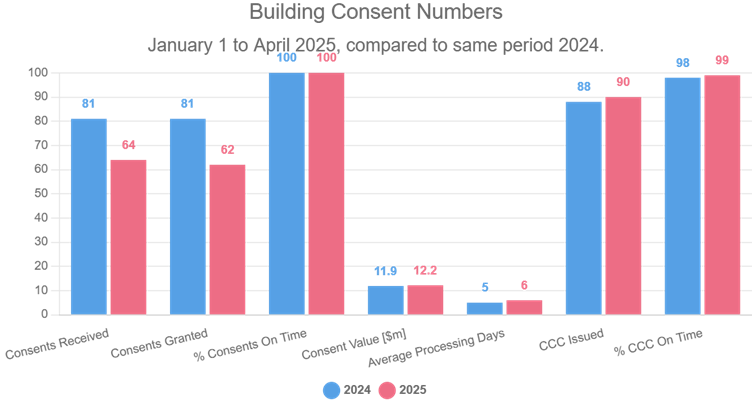
Bathroom Heater
Warning - a warning was issued in relation to Serene Classic S2068 Wall
Mounted Bathroom Heater. Links were provided to MBIE and more
information on product safety.
Fireplace Consents -
With winter nearly here, we expect the wood burner rush to start. We have
provided information on what we expect to see in the building consent
application and a reminder that a Code Compliance Certificate needs to be
applied for once installed.
Natural Hazards
Commission
Council staff recently
met with the Natural Hazards Commission (NHC), previously EQC. They have
changed names to reflect their role beyond earthquakes as they also handle
floods, landslides, and other natural events.
Granny Flats
Government has
announced future legislative changes allowing granny flats up to
70m² to be built without building or resource consents. These
changes are not yet law, with the enacting legislation expected to be
introduced to Parliament in early 2026.
Until then, consents
are required.
Under the new
proposal:
· Councils
will issue a Project Information Memorandum (PIM) (currently a 20-day
turnaround).
· On
completion, owners must provide some information for the property file.
· Councils
will not inspect during construction or offer checks and balances.
Council will not
provide design advice or get involved in any disputes.
We strongly recommend
property owners talk to their insurers, banks, and neighbours before starting
any construction projects.
Overseas Product
Verification
Government has
introduced changes for overseas products and systems used in NZ
buildings.
Applicants must now:
· Provide
documentation showing how the product meets the NZ Building Code or overseas
equivalents.
· Not
rely on Council to do this research.
MBIE Workstreams
· MBiE
are considering the potential for consolidating councils Building Control
Authority (BCA) functions into one or fewer consenting authorities. This
could have significant impacts for Councils nationwide.
· MBiE
have also indicated they are reviewing the building consent processes to
improve efficiency and reduce delays.
As shown above the
average processing days for building consents in Carterton during March 2025
was just 5 days – 15 days ahead of the legislated timeframe.
Council officers issued 100% of building consents on time. Council
officers also issued 99% of Code Compliance Certificates within the required
timeframe.
Fire Reports
Fire reports for
commercial projects must be from a Chartered Professional Fire Engineer
(CPEng) or independently peer-reviewed. The alternative is council
officers may require an independent CPEng engineer to review it, in which case
additional costs will apply.
BWoF and Compliance
Schedule Audits
We are audited by MBIE
and must regularly audit Building Warrants of Fitness (BWoF).
This includes:
· Reviewing
BWoF renewal docs
· Site
visits and record checks
· Updating
compliance schedules
If we are unable to
obtain adequate information, we’ll issue:
· Notices
to Fix, and / or
· Infringement
fines (up to $1000)
Government
Announcements
You may have heard the
government is pushing for faster building inspection times, and also for more
self-certification from builders, trades etc.
Some announcements
suggest Councils are the main cause of delays. The above statistics suggest
this is not the case in Carterton. Thankfully, the Minister continues to
reassure that building standards won’t be reduced and that
the Building Code remains unchanged.
Animal Control
A
paper is being presented at this meeting to adopt the dog control fees for the
25/26 year. This is a standard report that is presented annually to
ensure that the fee structure is in place prior to the start of the new
financial year, as the fees need to be notified one month prior to taking
effect. No changes are being proposed this year.
District Plan Review
The District Plan
Review is nearing the end of the hearing phase, with only four hearing streams
left:
· Hearing 11:
Designations (excluding MDC, CDC and SWDC)
· Hearing 12:
Designations (MDC, CDC and SWDC)
· Hearing 13:
Rezoning
· Hearing 14:
General Matters. The work involved in this as been huge both for the council
officers, consultants Boffa Miskell and the Panel members.
The final hearing
stream 14 is scheduled for 26 May. Once the panel has received
the reply statements, and have all relevant information they require, a
decision version of the plan will be released, this version of the plan is then
subject to appeals to the Environment Court.
5. Infrastructure
services
Water Operations
Our amazing team performs many daily tasks that may seem
insignificant or mundane. However, doing these tasks poorly or failing to
complete them correctly could lead to non-compliance or pose risks to health
and safety.
One of our waters engineers commented no-one writes about
the tap working or the toilet flushing every time you push the button –
but they sure write a lot about it when they don’t work. Our teams
work hard every day to ensure these critical services continue to be delivered,
every hour of every day, 365 days a year.
|
 Image - Measuring Turbidity on potable water supply
reticulation. The purpose of the picture was to get the timestamp and the
measurement as it is. It was a first sampling on-site Image - Measuring Turbidity on potable water supply
reticulation. The purpose of the picture was to get the timestamp and the
measurement as it is. It was a first sampling on-site
|
 Image - Measuring Free Available Chlorine (FAC) in
potable water supply reticulation. The picture was taken during a sampling
on-site, and the purpose was to get the timestamp and the measurement as it
was a first sampling on site. Image - Measuring Free Available Chlorine (FAC) in
potable water supply reticulation. The picture was taken during a sampling
on-site, and the purpose was to get the timestamp and the measurement as it
was a first sampling on site.
|

Image- Pictures taken to verify the sample drop at the
testing laboratory. Sometimes the samples dropped at the lab are not
acknowledged at the time of delivery. By doing so, evidence is created on the
mobile photo image of the exact delivery time to ensure sample veracity.
Roading
CDC was fortunate to
navigate the extreme weather in early May without any significant damage to the
network. The team are currently working on the procurement process for the
annual bridge inspections. We are also preparing to conduct an Asset management
plan (AMP) maturity assessment which will inform the revision of our
AMP’s leading into the next LTP cycle.
6. MAJOR
PROJECT UPDATES
Flat point Flood resilience project
The flood mitigation project was completed in April 2025
(just in time).

Image – Construction of concrete ford

Image – Completed concrete works.
 Image –
Construction of new stop bank
Image –
Construction of new stop bank

image – Improved flood flow path.
The recently completed flood mitigation work was put to the
test with the recent weather event at the beginning of May. Even though there
were very high flows in the river, council did not receive any reports of
properties being flooded.
Waingawa process water project:
The Waingawa Process Water Project is progressing well. The
newly refurbished pump house is now being prepared for the installation of the
pumps station. Most of the critical parts of the Pumps Station has been
received by Ordish and Stevens and is not awaiting fabrication and
installation. The project sill aims to complete in July 2025.

Image – Pump Station parts.
WWTP Headworks Project:
Design and Build:
We are pleased to advise that the Tender for the Design and
Build of the WWTP Headworks project was published at the beginning of May. The
supplier selection method will be through a Quality based selection with a
Targeted price. This will ensure that we do not receive tenders amounts that
exceed our current approved budget.
We have opted for multi-staged tender process. Stage 1 is a
registration of interest (ROI) where 2 suppliers will be shortlisted through a
robust evaluation of:
· Relevant Skills and Experience
· Track record
· Methodology
· Concept design
In Stage Two the shortlisted suppliers will prepare
preliminary designs of their proposed concept where the Tender evaluation team
will select the preferred suppliers.
Professional services:
At time of writing the team was preparing procurement
documentation for the professional services portion of the contract.
Legal advice:
Due to the complexity of the project and lessons learned in
recent years, we have sought legal advice in the preparation of the contract documentation.
7. Corporate
Services
Audit Plan 2025 and
Annual Report 2025
Update provided at the
Risk and Assurance Committee 7 May.
Local Body
Elections 2025
The internal Elections
Working Group continues to meet fortnightly to plan for the elections. The last
date to enrol before needing to cast a special vote is 1 August, and the last
date for people of Māori descent to change roll type (General or Māori
roll) is 10 July. The group is considering a range of awareness-raising options
to publicise this.
The key election dates
are as follows:
|
Electoral Commission sends out enrolment letters
|
Between 1 and 11 April.
|
|
Electoral Commission Enrolment campaign commences
|
Monday 9 June
Best to enrol before 1 August
· People can still enrol or update their
enrolment details after 1 August, but they won’t receive their voting
papers in the mail and will need to cast a special vote.
|
|
Election Candidate Briefing
|
7 pm, Tuesday 24 June, Carterton Events Centre
|
|
Last date for people of Māori descent to change roll
type
|
10 July
|
|
Public Notice
– of the election, calling for nominations
|
By Tuesday 1 July (no later than Friday 4 July 2025)
|
|
Nominations open for council
|
Friday 4 July
|
|
Nominations close for council
|
Friday 1 August
|
|
Last day to update enrolment details before needing to
cast a special vote
|
Friday 1 August
|
|
Public notice
– day of election and candidate names
|
Wednesday 6 August (or as soon as practicable)
|
|
Delivery of voting documents
|
Tuesday 9 September to Monday 22 September
|
|
Voting opens
|
Tuesday 9 September
· Votes should be posted by Tuesday 7
October. After this date votes will be accepted at the main office of
Carterton District Council, 28 Holloway St until 4 pm Friday 10 October, or
at the Carterton Events Centre from 9 – 12 pm on Saturday 11 October.
|
|
Election Day / Voting closes
|
12 pm, Saturday 11 October
|
8. People
and Wellbeing
Our People
Our
current staffing level is at 82 people (74FTE) with two vacancies – one
each in our Parks & Reserves, and Waters Teams.
Management
has recently completed a number of reviews across the council, both at a
‘whole of organisation’ level, and a function specific level to
ensure the efficiency and effectiveness of our service delivery. This is
the start of a phased approach to review how the council is organised in order
to meet future challenges and opportunities such as ongoing affordability
constraints, legislative and regulatory responsibilities, and Local Water Done
Well.
A benchmarking review
of the council’s current operating model and functional groupings was
undertaken by an external consultant to provide a broad, high-level evaluation
of the model compared against four other councils of a similar size, function,
and population served.
Overall, the review
found that while there was significant variability across all the operating
models depending on the individual council and community priorities, CDC was on
the ‘lean side of right-sized’ for the services delivered.
It further noted that
CDC had the second-lowest operating costs per number of people compared to the
other councils, while still serving the second-highest number of people per
individual staff member.
Management have led
several recent changes to the staff structures of its cleaning services,
executive leadership, corporate services, finance, and emergency management
(EM) functions. These include:
· Externally
contracting all cleaning services for council facilities including public
toilets;
· Reorganising the
Executive Leadership, Corporate Services, and Finance Teams including the
creation a new Chief Financial Officer role;
· Expanding the EM
response model shared across the three Wairarapa councils to the Wairarapa EM
Office led by a Wairarapa Emergency Manager.
Health & Safety
(H&S)
Reporting of incidents
by staff, including near miss reporting, continues to be consistent across all
departments. Staff are reminded regularly of our various ways to report
incidents and near misses through our staff newsletter, digital noticeboard and
posters in staff lunchrooms. The HS&W Committee continues to work actively
and be leaders in HS&W for the Council.
For the period
February - May we received 16 incident reports:
· 5
x near miss reports
· 6 x reports of
damage
· 3 x injury reports
· 2 x contractor
incident reports.
The Five Biggest
H&S Risks are identified and actively monitored to ensure control and
reduction measures are in place.
Currently the Five Biggest Risks we are focusing on are:
· Contractors
· Working alone and remotely
· Under reporting
· Behaviour
· Staff wellbeing
Assura
is a new health and safety digital platform we are implementing. It is a
comprehensive yet simple platform that gives us the ability to configure
workflow-based processes helping all staff to identify, manage and report
incidents, risks, complete audits and observations. It is based to suit
CDC locations and role specific risks and tasks. The platform is also available
as an app, making it easy to undertake audits and record an incident at the
location and time.
Features
of Assura are:
· Event and Incident Management
· Safety observations, inspections and audits.
· Action management
· Vehicle, plant and equipment registers
· Contractor management
· Safety meetings

Emergency
Management (EM)
Following
an internal review of the Wairarapa EM model, the three councils of Masterton,
Carterton and South Wairarapa (Wai3C) have agreed to expand the shared
Emergency Operations Centre (EOC) model to establish a new EM Wairarapa Office.
The
EM Office will work closely with the Wellington Region Emergency Management
Office (WREMO) and operate across the Four R’s of EM - Reduction,
Readiness, Response & Recovery. It will support councils in
continually improving their internal EM capability to meet the increasing
frequency and severity of ‘events’ affecting the Wairarapa.
The office will be based in Masterton in close proximity to the EOC, and will
be responsible for:
· Working
with councils to develop and enhance the EM strategy for Wairarapa
· Managing
and supporting the relationship and engagement between councils and
WREMO
· General
advice and guidance, including direction on council decisions regarding agreed
operational and strategic priorities.
· Supporting
the ongoing integration and professionalisation of EM within council
operations
· Building
and embedding a dedicated, sustainable, and resilient Local Controller
capability across Wairarapa (available 24x7x365)
· Developing
and maintaining an alternate recovery capability across Wairarapa
· Strengthening
relationships with external partners and stakeholders, including Emergency
Services, operating throughout the region.
Over
the past two months, WRMEO has led public education themes on Community Emergency Hubs, and Preparedness on a Budget.
The
aim of the campaigns was to raise awareness that Carterton’s Emergency
Hub is located at the Carterton Events Centre, and support households and the
community to be prepared while managing the cost-of-living pressures.
Being
prepared is not just about the items, supplies and tools owned, but that
it’s also about having knowledge, relationships, social capital, and
practising behaviours that make us more ready and resilient. Budget friendly preparedness tips are available through the Get
Prepared website, in print, and social media.
Community
Emergency Hub display at the Events Centre
Funding for Wairarapa Recovery Office ceases 30 June
2025. The Office is in the process of completing a Final Summary Report,
incorporating feedback from councils, WREMO, central government, stakeholders
and community to help shape and guide the establishment of a future Recovery
Office, if/when needed. A Transition Report for any areas still to be
completed will be provided to ensure hand over in an appropriate manner to
Wai3C’s. The final meeting of the Wairarapa Recovery Governance
Board is 26 May.
Māori Liaison
The Māori Responsiveness Action Plan (MRAP)
guides activities towards meeting our statutory and partnership
obligations. 61% of objectives across five focus areas are now complete
for the 2024/2025 year. Below are general highlights for each focus area
undertaken in this reporting period.
Following Council’s decision in April to include a
Māori name to the sit alongside the new Wairarapa Events Centre
name, we are engaging with Rangitāne (Iwi-mandated authority) and
Ngāti Kahungunu (Post-Settlement Governance Entity – PSGE).
We held our first Kōrero Mai session with
Councillors—this was an engaging and well-received introduction to Te Reo
Māori, with a focus on pronunciation and learning karakia.
Over Easter, Council supported hapū Ngāti
Kahukuraāwhitia to hold a clean-up day on their whenua, bringing together
whānau and wider community members to prepare the land for future
activities.
|

|

|
|
Image -
Tangata hapori and tangata hapū (Ngāti Kahukuraawhitia)
|
Image -
Ngāti Kahukuraawhitia whenua clean up
|
We acknowledge the recent purchase of the Carterton New
World site by Ngāti Kahungunu ki Wairarapa Tāmaki-nui-a-Rua
PSGE—an important step in strengthening whānau presence and
visibility in the community. The Mayor and Councillors have been invited
to a commemoration event to be held on-site on 16 May, hosted by the PSGE and
Mana Whenua, Hurunuiorangi.
Rangitāne Tū Mai Rā Trust has launched Hāmuatanga
– Te Manawhakahaere o Rangitāne Tū Mai Rā Trust, its iwi environmental management plan (IEMP). CDC
kaimahi, including our Māori Liaison Coordinator and Regulatory and
Planning staff, attended the launch. This IEMP offers important guidance
for whānau and agencies on Te Taiao (environmental) matters.
9. CONSIDERATIONS
9.1 Climate
change
Considerations have been noted in the
report, as appropriate.
9.2 Tāngata whenua
Considerations have been noted in the report, as appropriate.
9.3 Financial
impact
Considerations
have been noted in the report, as appropriate.
9.4 Community
Engagement requirements
Considerations
have been noted in the report, as appropriate.
9.5 Risks
Considerations
have been noted in the report, as appropriate.
10. Recommendation
That the Council:
1. Receives
the report.
File
Number: 438540
Author: Geoff
Hamilton, Chief Executive
Attachments: Nil
|
Ordinary
Council Meeting Agenda
|
14
May 2025
|

8.13 Financial
Report for the period ending 31 March 2025
1. Purpose
To present the financial
results to Council for the period ending 31 March 2025.
2. Significance
The
matters for decision in this report are not considered to be of significance
under the Significance and Engagement Policy.
3. Background
Quarterly
finance reports are provided to Council at its Ordinary Council meetings that
coincide with the end of the financial period and reflect the output of
internal management reporting.
4. FINANCIAL
STATEMENTS
Financial
statements for the period ending 31 March 2025 are in Attachment 1 and 2.
The
attachments include:
· Statement of Financial Performance
· Statement of Financial Position
These
statements include variances from budgets as approved in the long-term Plan and
any additions to budget approved by Council or by the Chief Executive under
delegated authority.
Overall, the Council has
recorded an operating revenue of $20,8M against operating expenditure of
$20.06M resulting in a surplus of $816k for the period ending 31 March
2025.
5. SIGNIFICANT
ACTIVITY VARIANCES
We note that a significant contributor to budget
variation, especially the capital expenditure was the late adoption of the
Long-term plan (LTP) on 18 September 2024. Other than this, our revenue
and expenditure are tracking close to budget.
5.1 OPERATING
REVENUE
Generally, revenue is in line with budget. Some areas to note are:
· Finance
revenue is well ahead of budget and will be ahead the entire year as previously
reported. This is due to higher-than-budgeted interest rates providing a
favourable variance to budget.
· Fees
and charges are slightly behind budget, primarily due to a slowdown in building
consents ($227K below budget), and trade waste disposal ($157K below budget).
These two factors are likely due to wider economic pressures and some seasonal
impacts. While broadly on track, we are not forecasting Fees &
Charges to recover the current shortfall before year end.
· NZTA
Waka Kotahi subsidy is behind budget which can be attributed to timing of works
and claim submission.
· Grants
and subsidies income is behind budget as we haven't yet received the 'Better
Off Funding' as anticipated.
· Miscellaneous
income is ahead of budget which is attributed to upfront payment for projects
and recognition of gains on investment funds.
· Contributions
for Stormwater, Transportation and Parks & Reserves are ahead by $192K for
the year-to-date due to development in the area.
· Fair
value change this relates to our long-term investments (managed funds and
direct investments). These fair value changes in investments are
difficult to estimate. At the early stage of these investments, we have
taken a very conservative approach to budgeting this income.
5.2 
OPERATING EXPENDITURE

Operating expenditure areas of
note are:
· Community
Support variances in expenditure are generally related to seasonal workflows
and the phasing of the budget not aligning with the actual expenditure.
This is due to the seasonal nature of Parks & Reserves works, event seasons
and grant dates.
· Governance
underspend against budget is for various immaterial transactions.
· Regulatory
and Planning has an overspend of $254K compared to the $141K underspend
reported last quarter. This is due to an accounting process change with the on
charged costs for the Combined District Plan. Previously the expense to be on
charged and the revenue received from the other councils were coded to a
suspense account and offset each other. We are now coding the full expenditure
and corresponding revenue to the relevant codes, so the cost and income is
reflected in the Statement of Financial Performance.
5.3 CAPITAL
EXPENDITURE
Capital expenditure for the reporting period to 31
March 2025 was $8.7M, noting the capital budget in our
Long-Term Plan was only adopted on 18th September.
The “2024/25 Full
Year Budget” column includes carried forward items from last year, and additional
projects that have been approved by Council.

6. CONSIDERATIONS
6.1 Climate
change
No
specific climate change considerations.
6.2 Tāngata
whenua
No
specific tāngata whenua considerations.
6.3 Financial
impact
This
paper reports financial results for the year-to-date 31 March 2025.
6.4 Community
Engagement requirements
No specific
community engagement requirements.
6.5 Risks
No
risks identified.
7. Recommendation
That the Council:
1. Receives
the report.
File
Number: 452108
Author: Victoria
Caccioppoli, Financial Accountant
Attachments: 1. Statement
of Financial Position as at 31 March 2025 ⇩
2. Statement
of Financial Performance as at 31 March 2025 ⇩
|
Ordinary
Council Meeting Agenda
|
14
May 2025
|
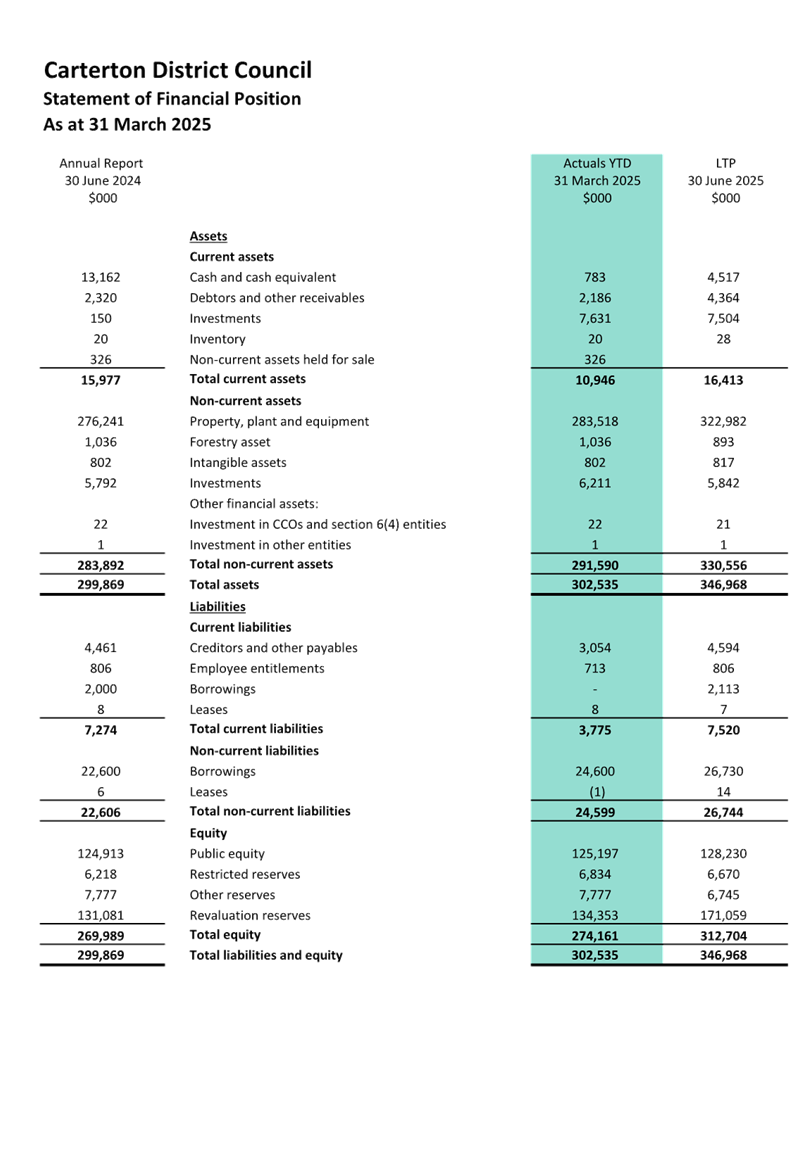
|
Ordinary
Council Meeting Agenda
|
14
May 2025
|

|
Ordinary
Council Meeting Agenda
|
14
May 2025
|

8.14 Service
Requests and Complaints
1. Purpose
For the Council to be
informed on Service Requests received in March 2025 to 5 May 2025, and
Complaints received from March 2025 to 5 May 2025.
2. Significance
The
matters of decision in this report are not considered to be of significance
under the Significance and Engagement Policy.
3. Background
Customer
Service Requests and Complaints come to Council through many avenues. It is
preferred that the Service Requests and Complaints are in writing, however,
Council will accept these via telephone, people who come into the Council
office, or by letter, email, and through our Social Media channels.
The
local government legislation sets out specific responsibilities for functions
and activities to be delivered by Council. Council’s obligation
under the legislation is to meet the Department of Internal Affairs (DIA)
performance measures that are reported on quarterly and annually. The key
performance is to acknowledge the Service Requests and Complaints within the
first 24 hours.
Council
has an obligation to respond within 10 working days of receiving the Service
Request or Complaint to inform if any additional time is required to resolve
the issue.
All
requests are recorded in a Service Request Management system register and saved
in the Council’s document management system.
Service
Request Management is the operational system for the management of all requests
for Council action excluding information requests, progress on consent/licence
applications, and library/Event Centre activity. Such requests essentially
cover the following business activities:
· Animal control
· Health
· Parks and Reserves
· Potable Water
· Waste Water
· Storm Water
· Roading
· Rural Water
· Solid Waste
· Building Services
· Operations
· Management
· Infrastructure
· Communications Team
Council
officers consider these to be service-related, that is, Council responding to a
resident or community request.
A
Service Request is any notification received from a customer, client,
contractor or member of the public regarding a fault, a breakdown in service,
or investigation of issues and concerns.
A
Complaint is an expression of dissatisfaction with a CDC decision, process
followed, outcome, employee or contractor action, or quality of service.
A
person can log a service request or a complaint or report a fault online which
can be viewed in the Carterton District Council website on this link: https://cdc.govt.nz/service-request/ .
4. Service
request reporting
For
the year 2025, Attachment 1 contains the list of the 14 Business Activities and the number of Service Requests
received covering the month of March 2025 to 5 May 2025. Depending on the circumstances of the request within each
activity, some request may take longer to complete and can be affected by
weather conditions.
For
the year 2023, 1243 requests were opened and closed.
For
the year 2024, 1333 requests were opened, and 1289 were closed.
As of
5 May 2025, 6 Service Requests are open, and 3 closed.
The table below shows total numbers of
service requests received from January 2024 to May 2025.
|
Number of service requests
received
|
|
Row Labels
|
Opened Tickets
|
Closed Tickets
|
|
2024
|
1333
|
1310
|
|
Jan
|
133
|
131
|
|
Feb
|
130
|
127
|
|
Mar
|
119
|
118
|
|
Apr
|
114
|
111
|
|
May
|
103
|
102
|
|
Jun
|
80
|
79
|
|
Jul
|
123
|
121
|
|
Aug
|
107
|
107
|
|
Sept
|
128
|
126
|
|
Oct
|
127
|
124
|
|
Nov
|
93
|
91
|
|
Dec
|
76
|
73
|
|
2025
|
425
|
354
|
|
Jan
|
127
|
122
|
|
Feb
|
92
|
86
|
|
Mar
|
106
|
92
|
|
Apr
|
94
|
51
|
|
May
|
6
|
3
|
|
Grand Total
|
1758
|
1664
|
5. reporting
ON service complainTS
As
per Council’s obligations under the Local Government Act 2002, Council
must respond to Service Complaints within 10 working days of receiving a
complaint.
What
Constitutes a complaint is an expression of dissatisfaction, from our
customers, with a CDC decision, process followed, outcome, employee or
contractor action, or quality of service.
Where
the information has been withheld under section 7(2)(a) of the Local Government Official Information and
Meeting Act 1987 (the Act), the withholding of the information is necessary to
protect the privacy of natural persons, including that of deceased natural
persons.
Records of numbers of complaints received
began in October 2023.
The table below shows total numbers of
complaints received from the year 2023 to 5 May 2025.
|
Number of complaints
received
|
|
Month
|
Year
|
|
|
2023
|
2024
|
2025
|
|
January
|
|
5
|
0
|
|
February
|
|
6
|
5
|
|
March
|
|
6
|
0
|
|
April
|
|
1
|
0
|
|
May
|
|
4
|
|
|
June
|
|
1
|
|
|
July
|
|
3
|
|
|
August
|
|
5
|
|
|
September
|
|
8
|
|
|
October
|
3
|
3
|
|
|
November
|
7
|
3
|
|
|
December
|
6
|
0
|
|
|
Total
|
16
|
45
|
5
|
6. Recommendation
That the Council:
Receives the
report.
File
Number: 445573
Author: Serah
Pettigrew, Democratic Services Officer
Attachments: 1. Service
Requests received covering the month of March 2025 to April 2025 ⇩
|
Ordinary
Council Meeting Agenda
|
14
May 2025
|


|
Ordinary
Council Meeting Agenda
|
14
May 2025
|

8.15 Local
Government Official Information and Meetings Act Requests
1. Purpose
To inform the Council
of the number of requests under the Local Government Official Information and
Meetings Act (LGOIMA) 1987 (the Act) 18 March 2025 to 2 May 2025.
2. Significance
The
matters for decision in this report are not considered to be of significance
under the Significance and Engagement Policy.
3. Background
The
Act allows people to request official information held by local government
agencies. It contains rules of how such requests should be handled and
provides a right to complain to the Ombudsman in certain situations.
The
purpose of the Act is to increase the availability of official information held
by agencies and promote the open and public transaction of business at
meetings.
The
purposes of LGOIMA are specified in Section 4 which can be viewed here: https://legislation.govt.nz/act/public/1987/0174/latest/DLM122283.html
The information is not limited to documentary material, and
includes material held in any format such as:
· written documents,
reports, memoranda, letter, notes, emails and draft documents
· non-written
documentary information, such as material stored on or generated by computers,
including databases, video or tape recordings
· information, which
is known to an agency, but which has not yet been recorded in writing or
otherwise (including knowledge of a particular matter held by an officer,
employee or member of an agency in their official capacity)
· documents and
manuals which set out the policies, principles, rules or guidelines for
decision making by an agency
· the reasons for
any decisions that have been made about a person.
It
doesn’t matter where the information originated or is currently located,
if it is held by the council, it must be provided if requested, unless there is
reason to withhold the information, as specified in Section 7 which can be
viewed here: https://legislation.govt.nz/act/public/1987/0174/latest/DLM122287.html
Councils
must respond to a requester ‘as soon as reasonably practicable’ and
no later than 20 working days after the day on which the request was
received. Our practice is to acknowledge receipt of the request within
the first working day. We respond promptly to requests and generally well
ahead of the 20 working days.
Where a person
requesting the information indicates urgency, we can prioritise our response
ahead of other work. This mainly relates to requests from the
media. Not all media requests for information are treated as LGOIMA
requests.
All
requests are recorded in a register and saved in our document management
system.
The
Council proactively publishes official information responses on our website. As
such, the Council may publish the response on the CDC website after five
working days. The requestor’s name and contact details will be removed.
Proactive release of information to the public promotes openness and
transparency and fosters public trust and confidence in Council. There
are administrative benefits for the Council, such as reducing requests for
information which is publicly available and allowing for greater ease of
handling of the requests that are received.
Published
LGOIMAs can be viewed here: https://cdc.govt.nz/your-council/official-information/lgoima/
Most
requests for information are supplied free of charge. Councils are entitled to
charge for requests for information. Charging is based on the hours spent on a
request, which includes the processing of files or any copying that is
required. Councils charging policy is based on the Ministry of Justice
Guidelines.
4. reporting
lgoima requests to council
Attachment
1 contains the requests received from 18
March to 2 May 2025 as well as 2 reports received in the early month of March
2025, which were open at the time of the 2 April 2025 report to Council.
As of
2 May 2025, there are 3 open requests.
The
table below shows total numbers of requests received from the year 2023 to 2
May 2025.
|
Number of requests received 2023-2025
|
|
|
2023
|
2024
|
2025
|
|
January
|
10
|
4
|
0
|
|
February
|
5
|
7
|
7
|
|
March
|
5
|
5
|
5
|
|
April
|
7
|
7
|
7
|
|
May
|
11
|
7
|
|
|
June
|
6
|
0
|
|
|
July
|
7
|
3
|
|
|
August
|
16
|
3
|
|
|
September
|
10
|
9
|
|
|
October
|
4
|
5
|
|
|
November
|
12
|
5
|
|
|
December
|
5
|
1
|
|
|
Total
|
98
|
56
|
19
|
5. OMBUDSMAN
An
ongoing building consent complaint was dealt with by the Ombudsman with their
final decision released on 18th March 2025. The Ombudsman
formed the opinion that Council had acted reasonably with respect to this
complaint.
There
have been no LGOIMA complaints to the Ombudsman.
6. Recommendation
That the Council:
1. Receives
the report.
File
Number: 445572
Author: Serah
Pettigrew, Democratic Services Officer
Attachments: 1. LGOIMA
requests from 18 March 2025 to 14 May 2025 ⇩
|
Ordinary
Council Meeting Agenda
|
14
May 2025
|
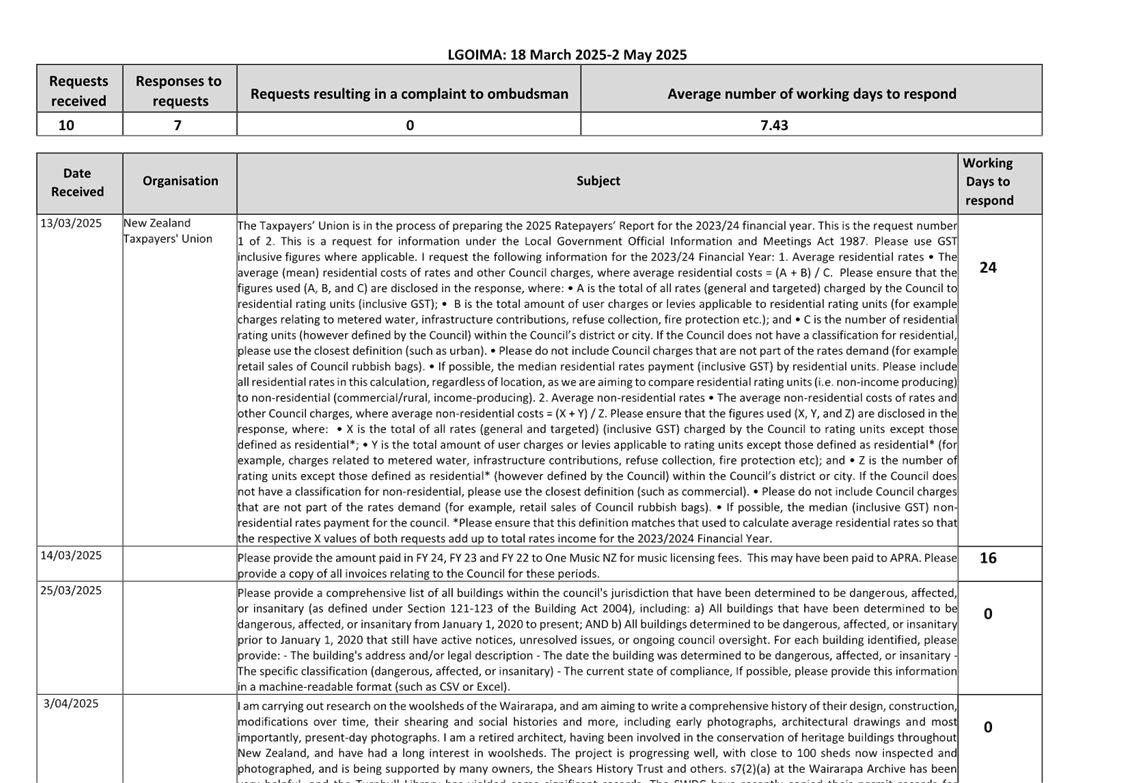

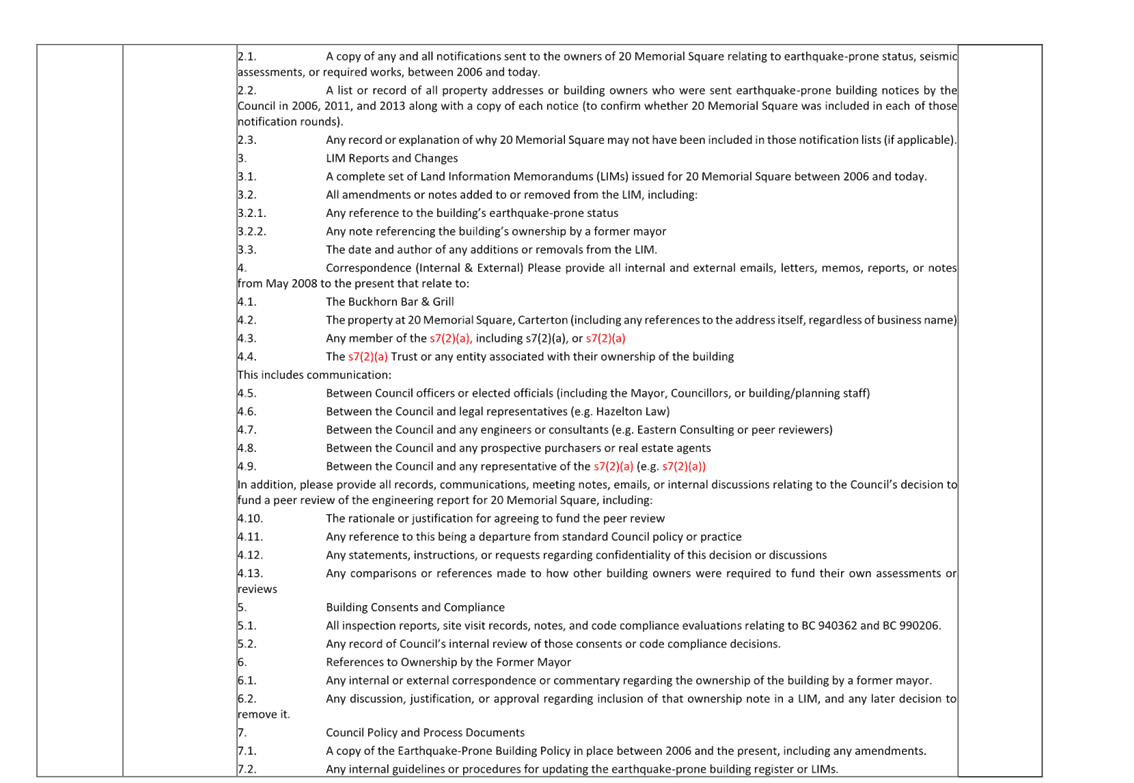
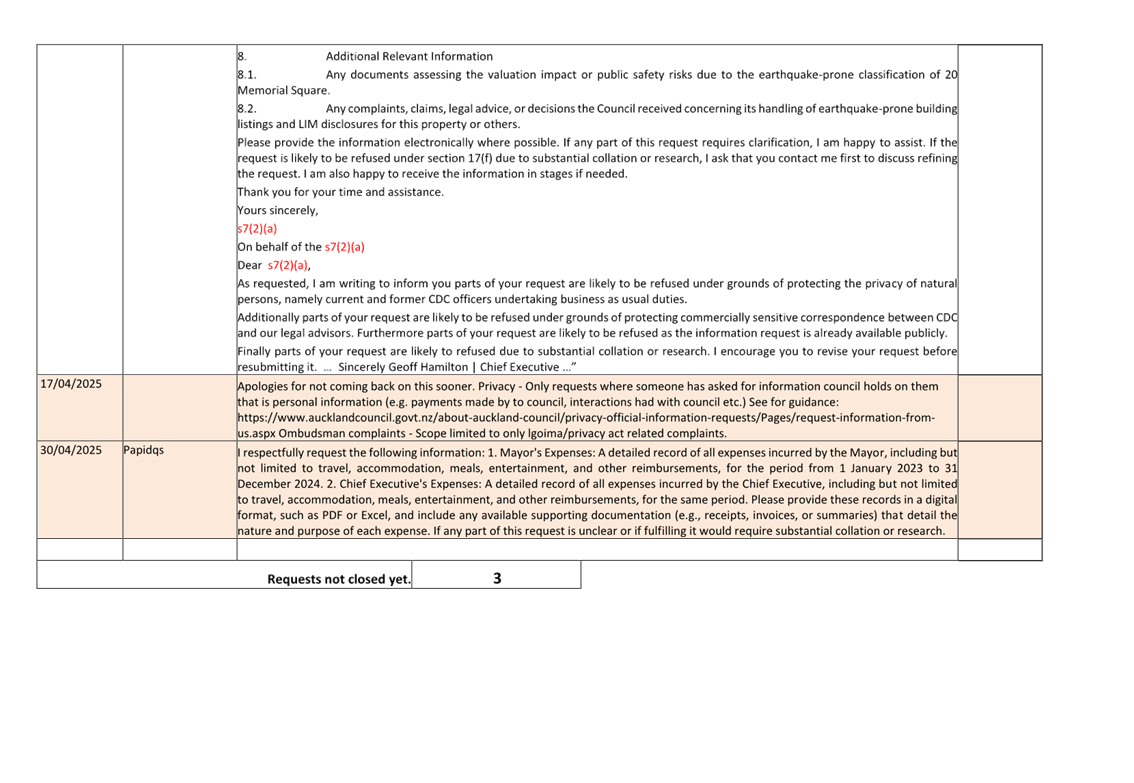
RESOLUTION TO
EXCLUDE THE PUBLIC
|
Recommendation
That the public be excluded from the following parts of
the proceedings of this meeting.
The general subject matter of each matter to be considered
while the public is excluded, the reason for passing this resolution in
relation to each matter, and the specific grounds under section 48 of the
Local Government Official Information and Meetings Act 1987 for the passing
of this resolution are as follows:
|
General subject of each matter to be considered
|
Reason for passing this resolution in relation to each
matter
|
Ground(s) under section 48 for the passing of this
resolution
|
|
9.1 - Strategic Organisational Review
|
s7(2)(a) - the
withholding of the information is necessary to protect the privacy of
natural persons, including that of deceased natural persons
s7(2)(f)(i) - free
and frank expression of opinions by or between or to members or officers or
employees of any local authority
|
s48(1)(a)(i) - the
public conduct of the relevant part of the proceedings of the meeting would
be likely to result in the disclosure of information for which good reason
for withholding would exist under section 6 or section 7
|
|
Kia
whakairia te tapu
Kia
wātea ai te ara
Kia
turuki whakataha ai
Kia
turuki whakataha ai
Haumi
ē, hui ē, taiki ē



























































































